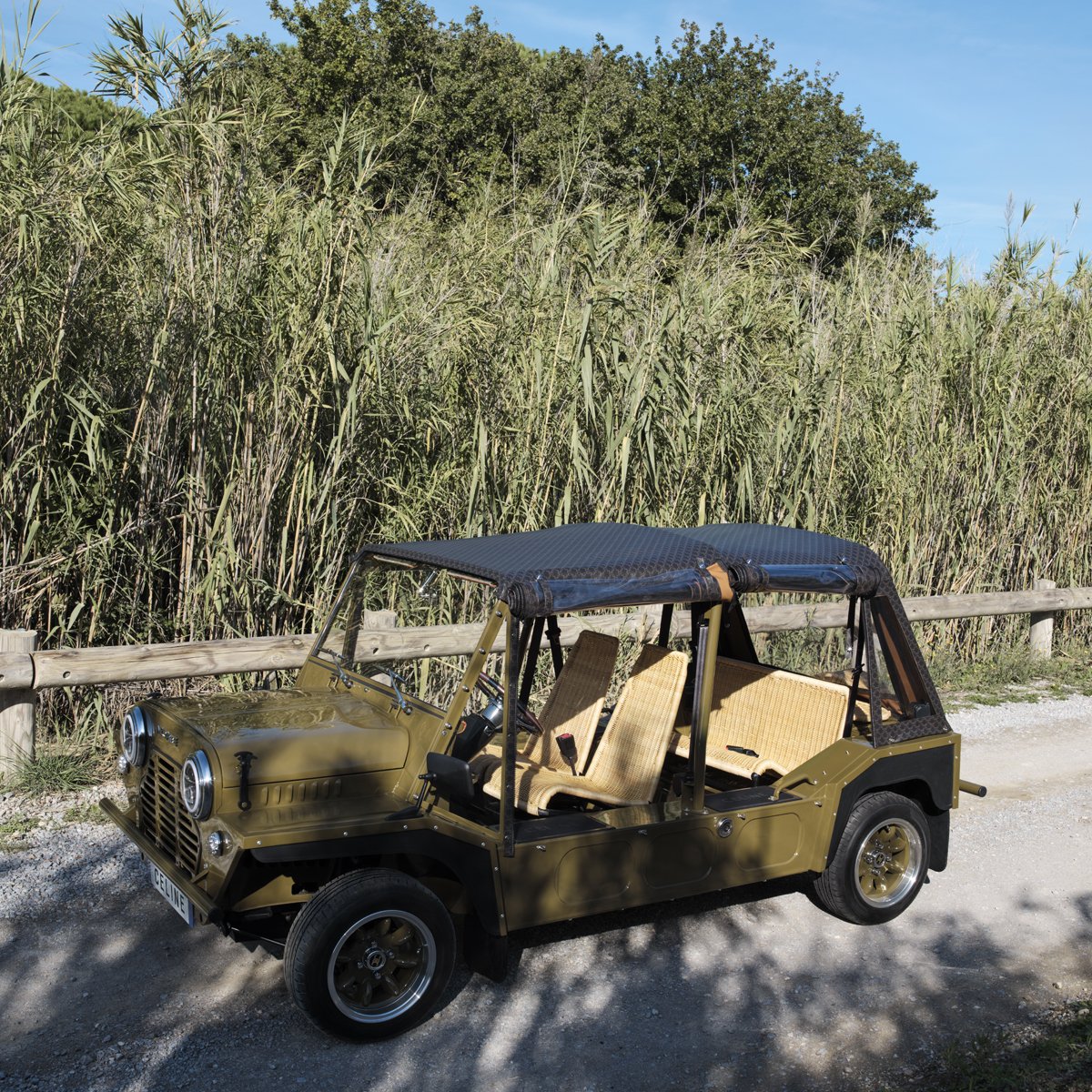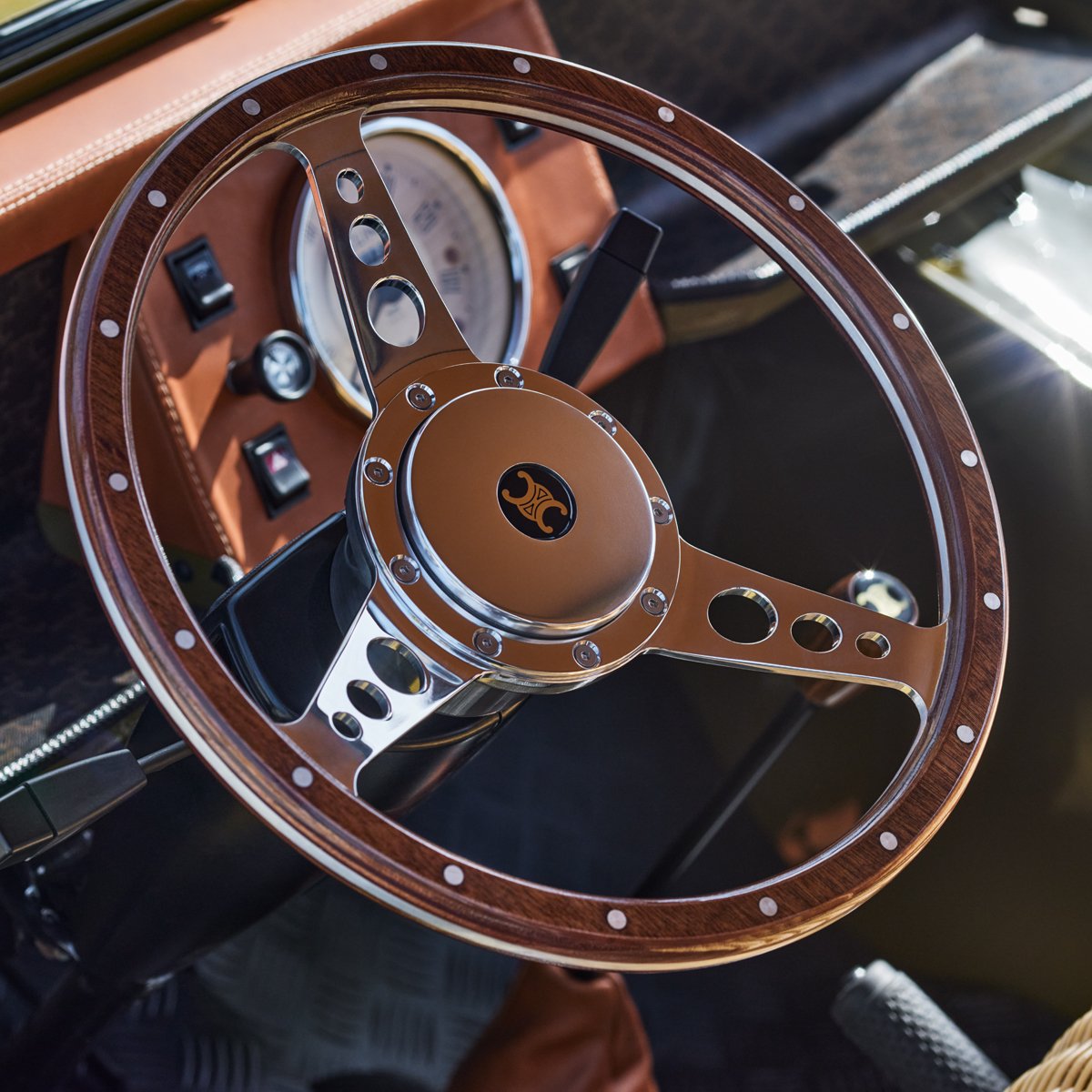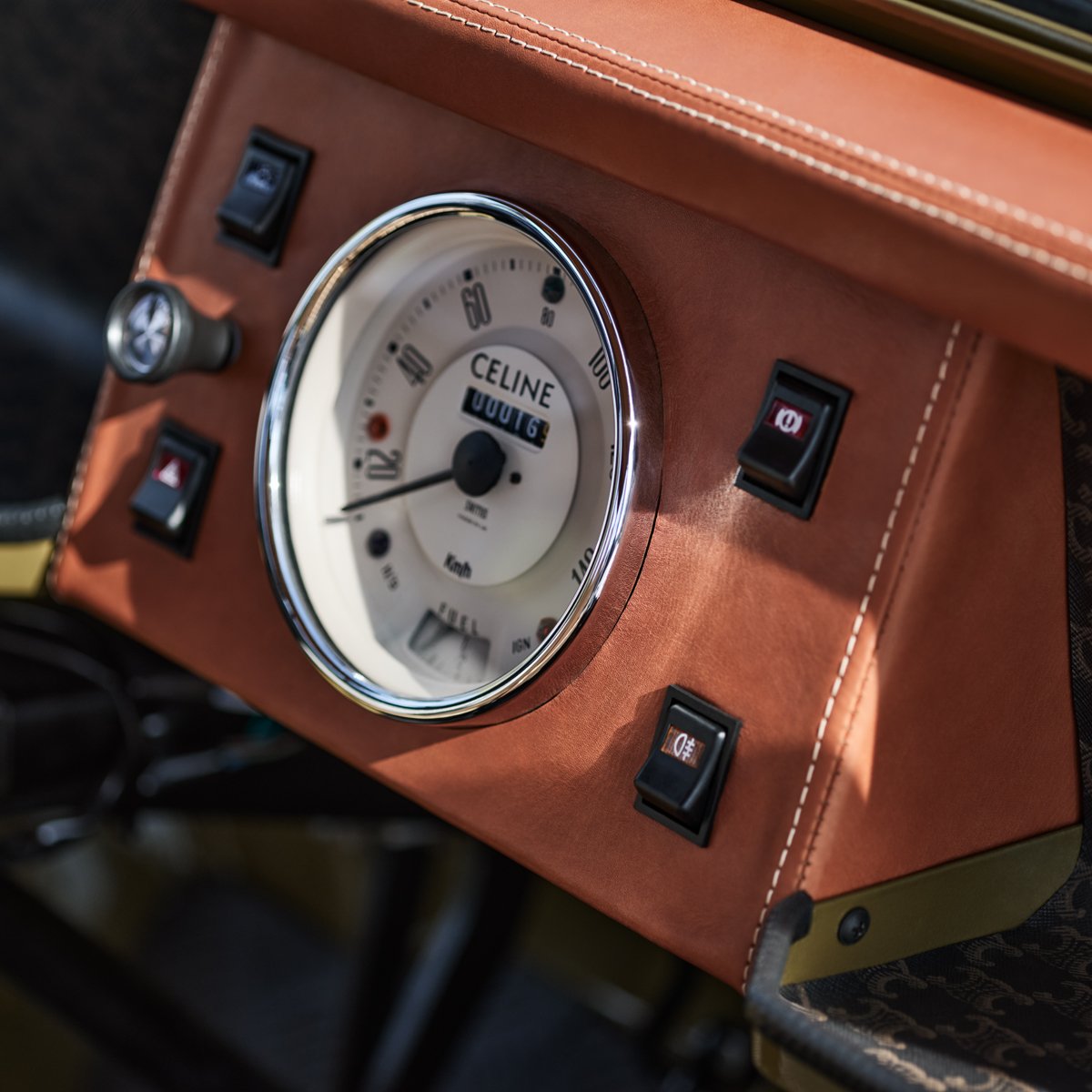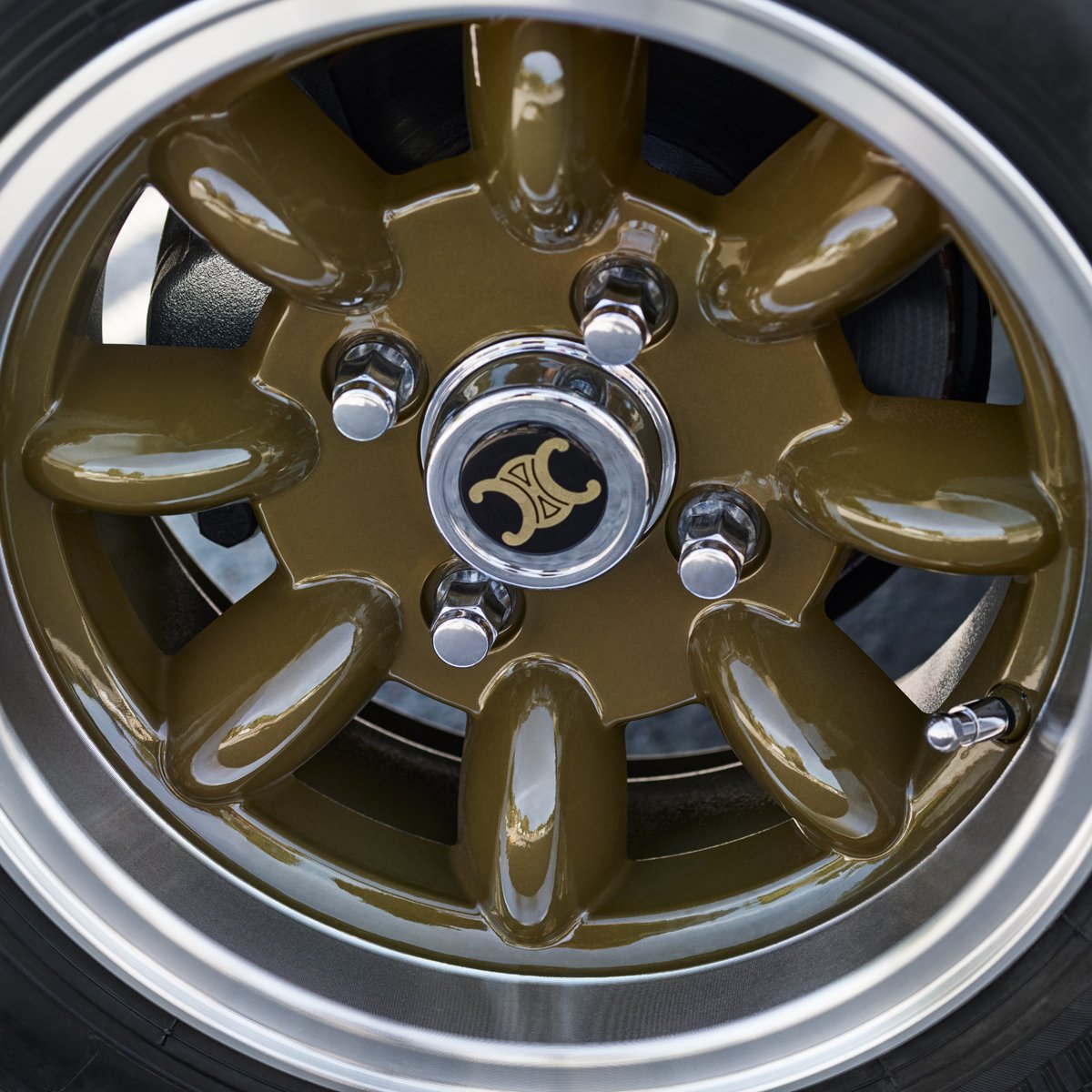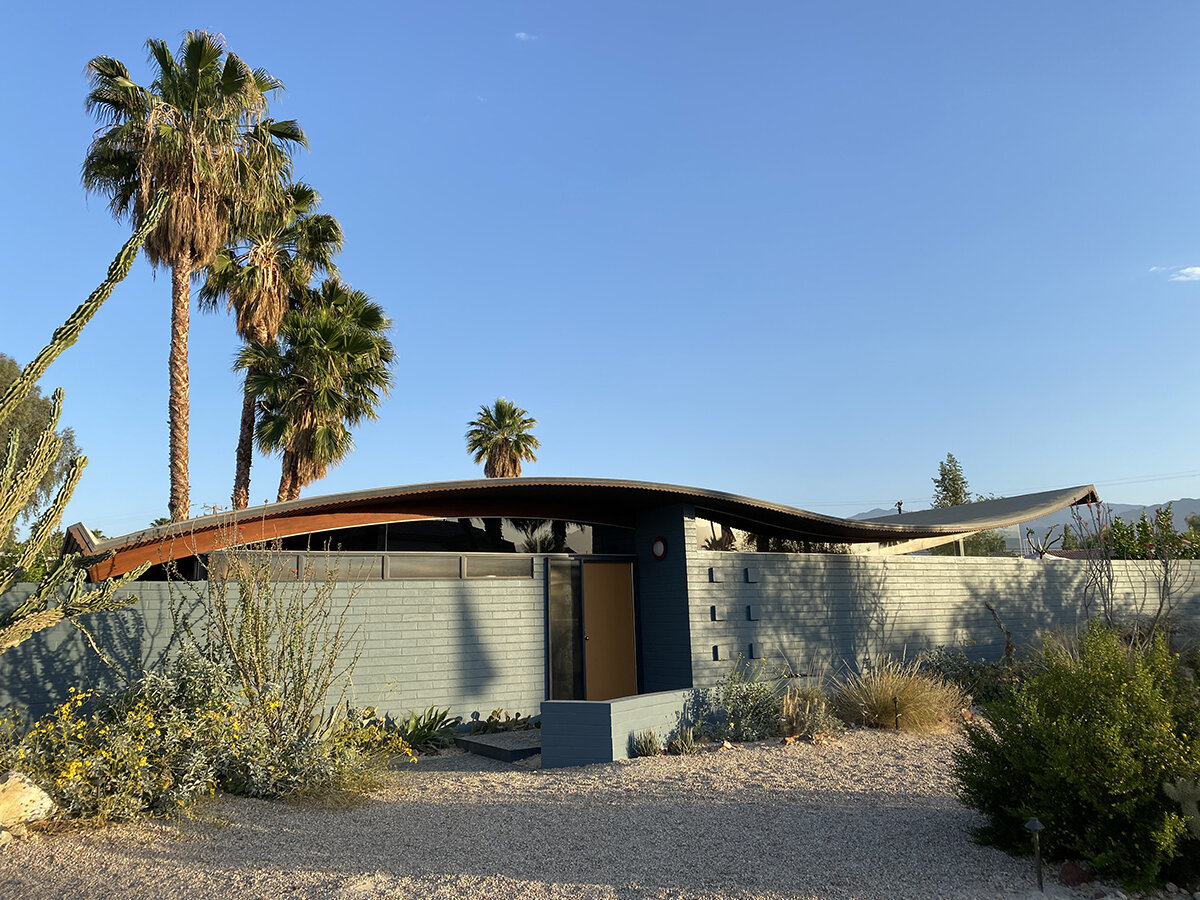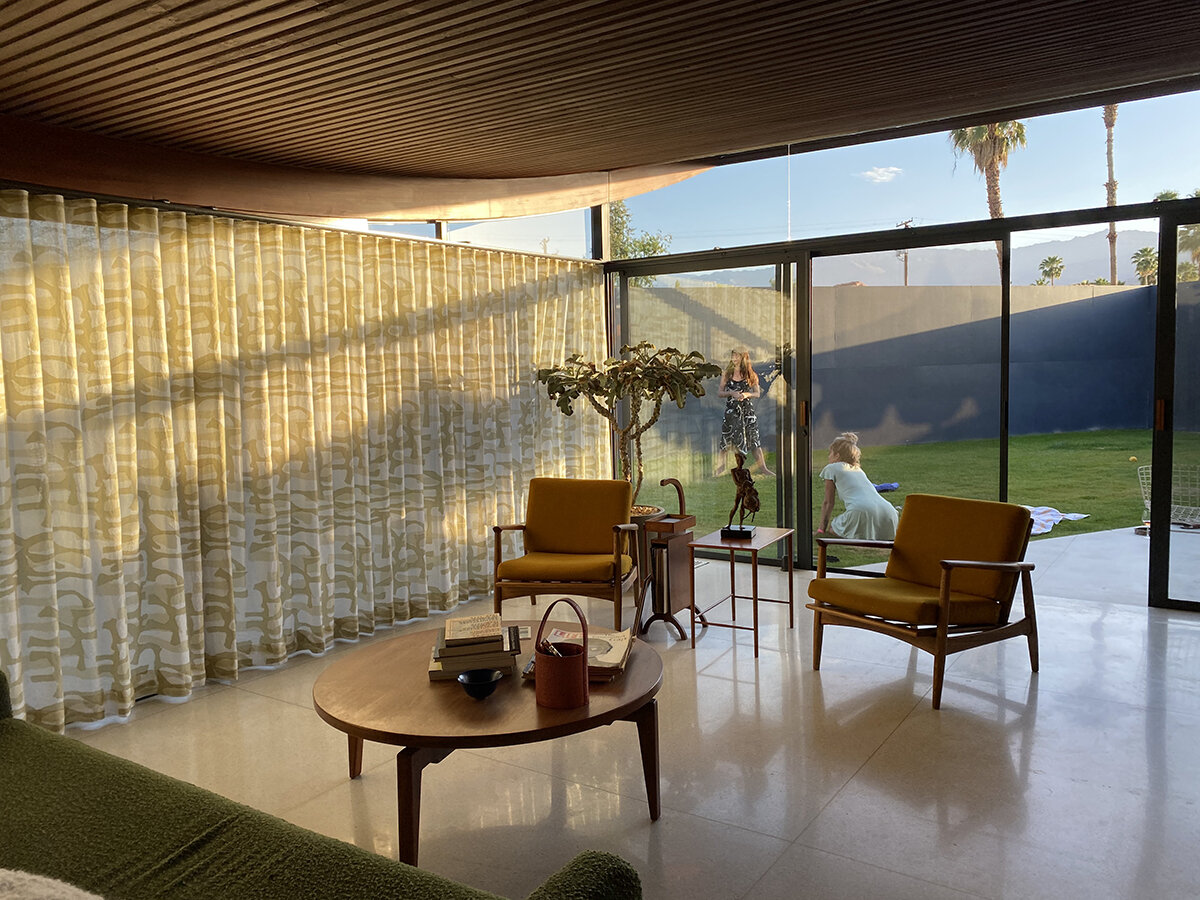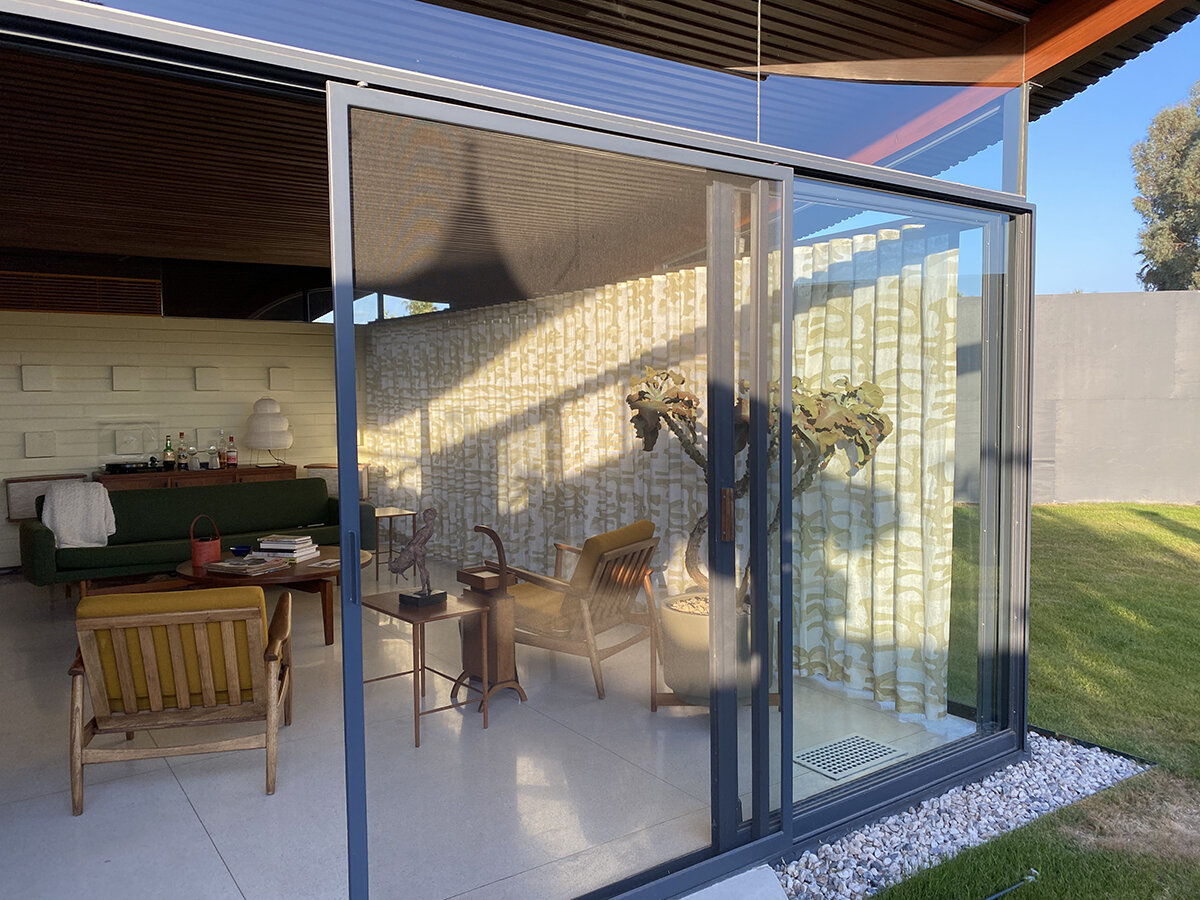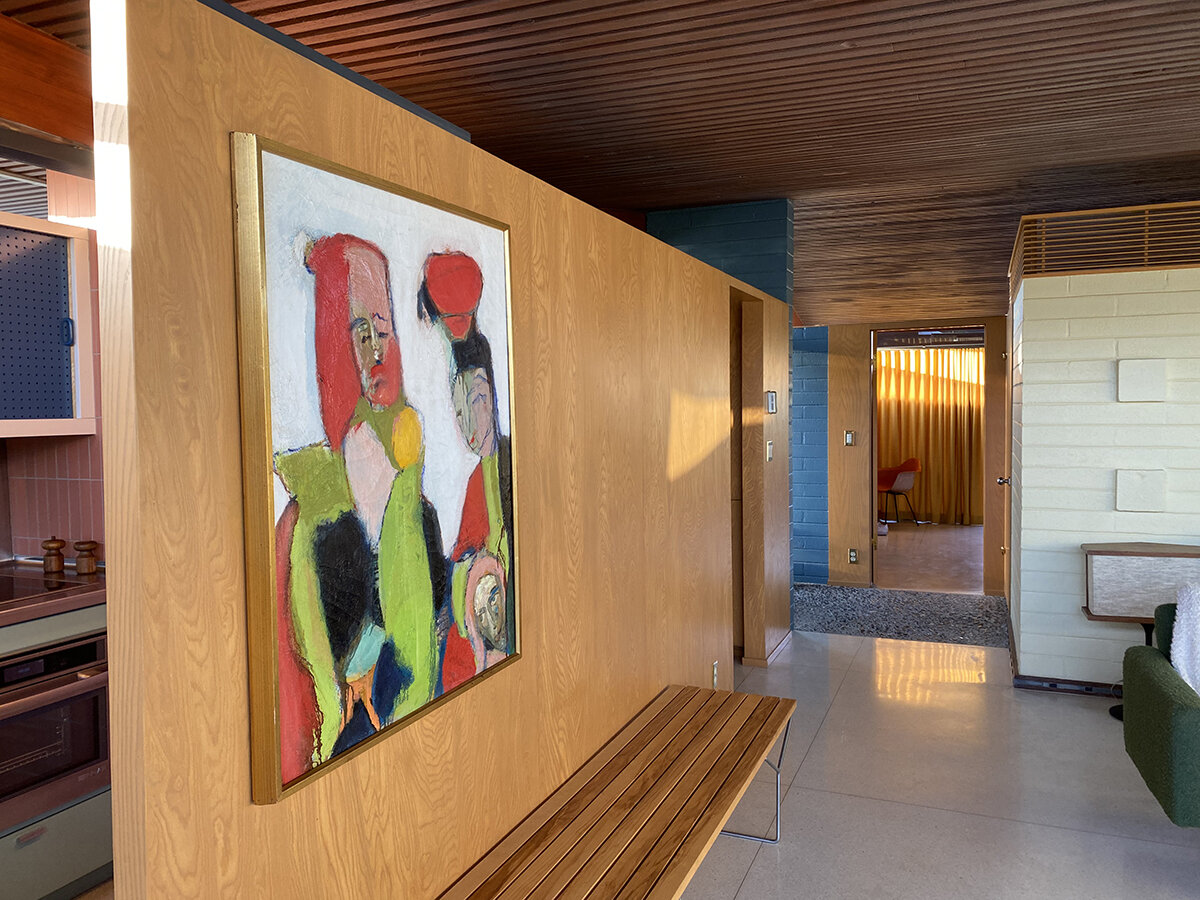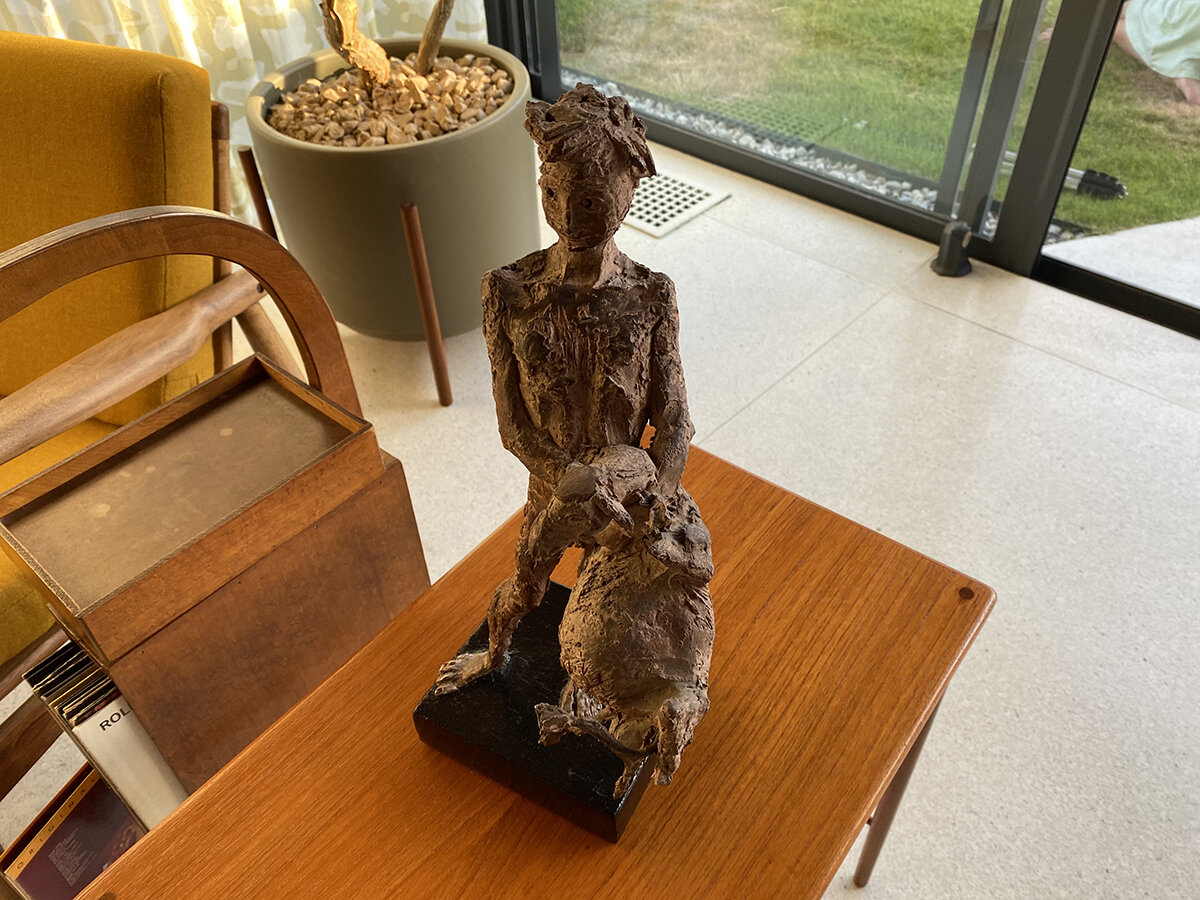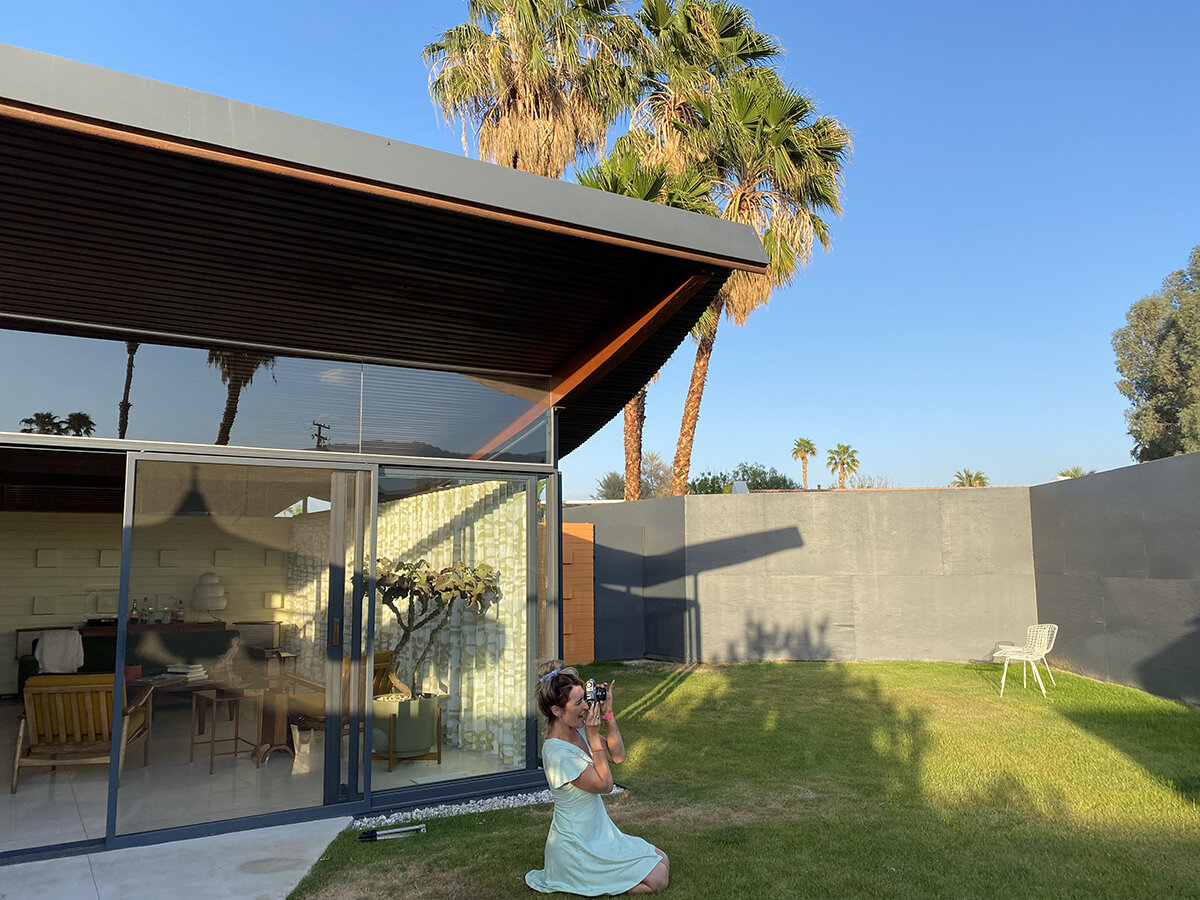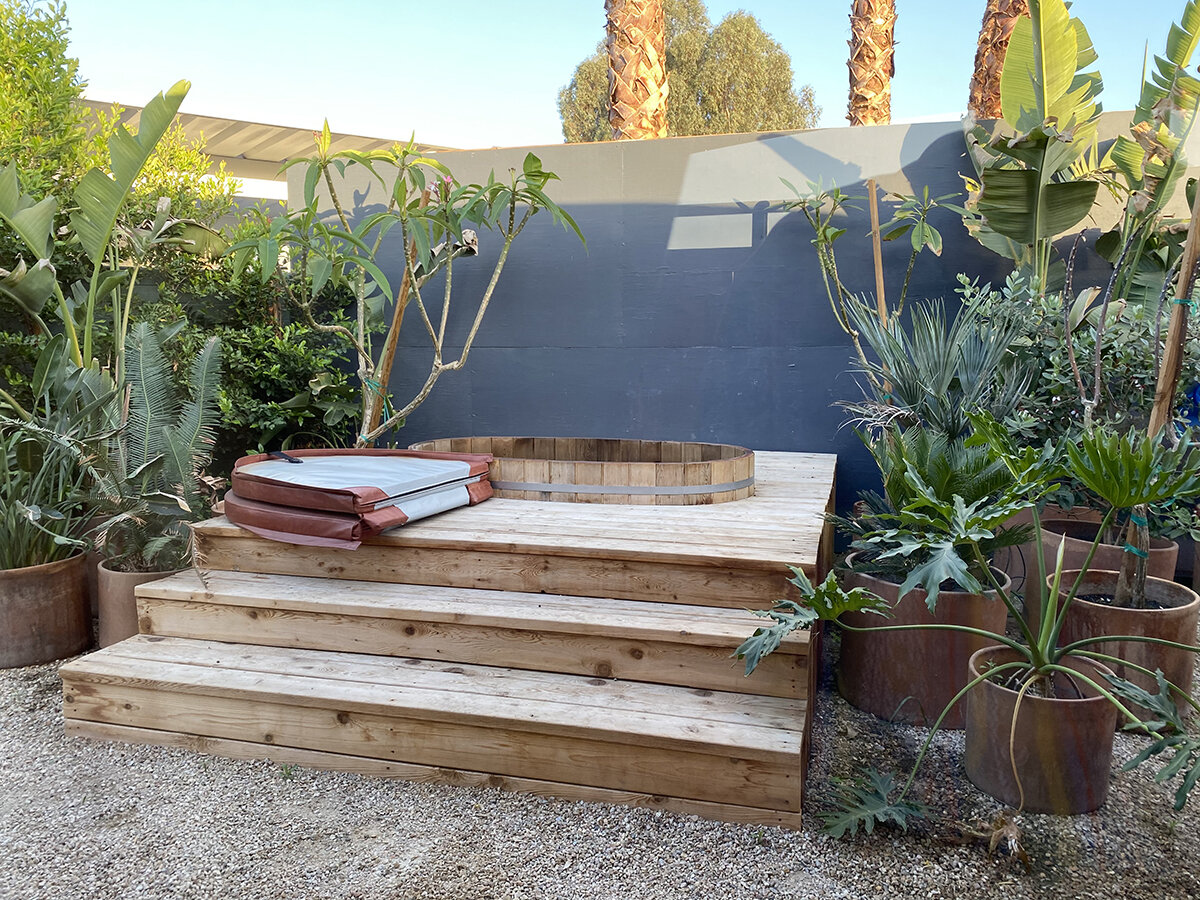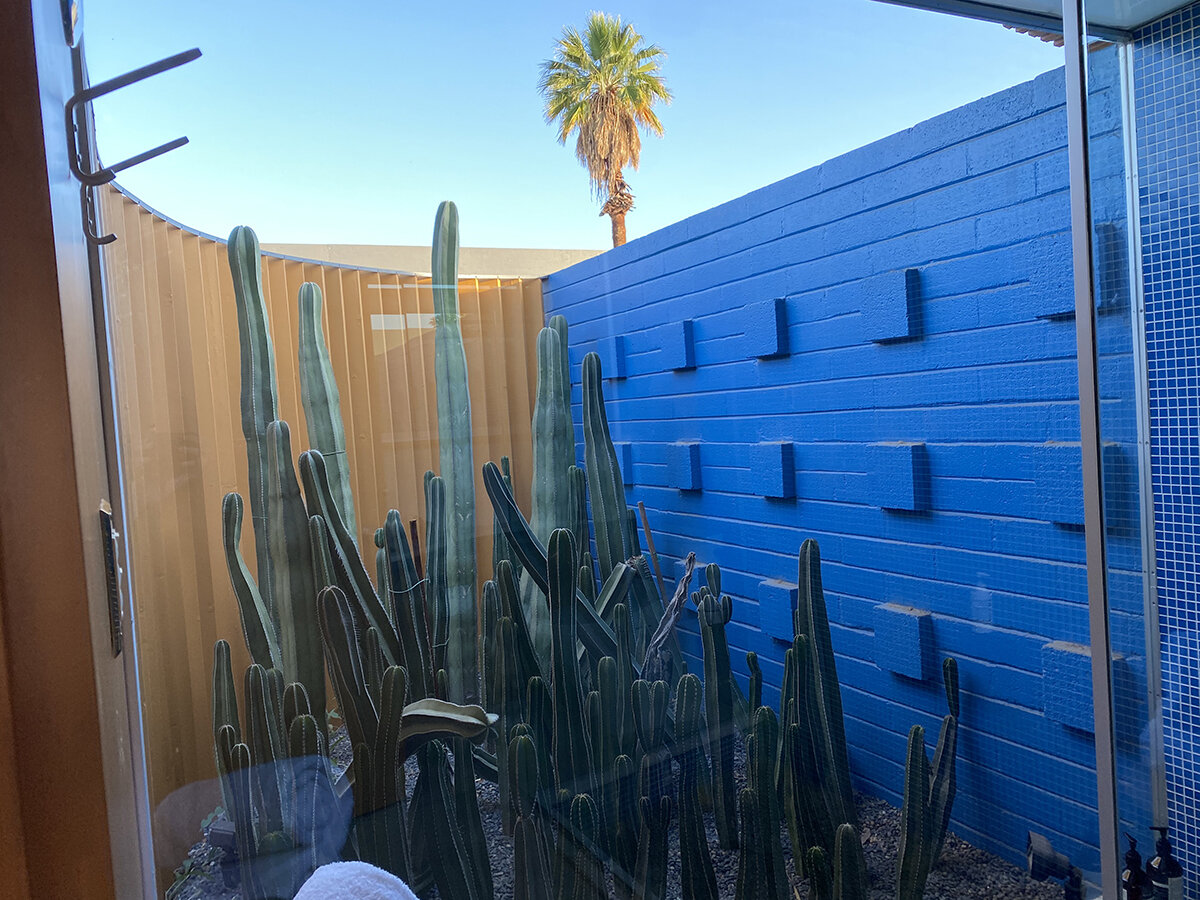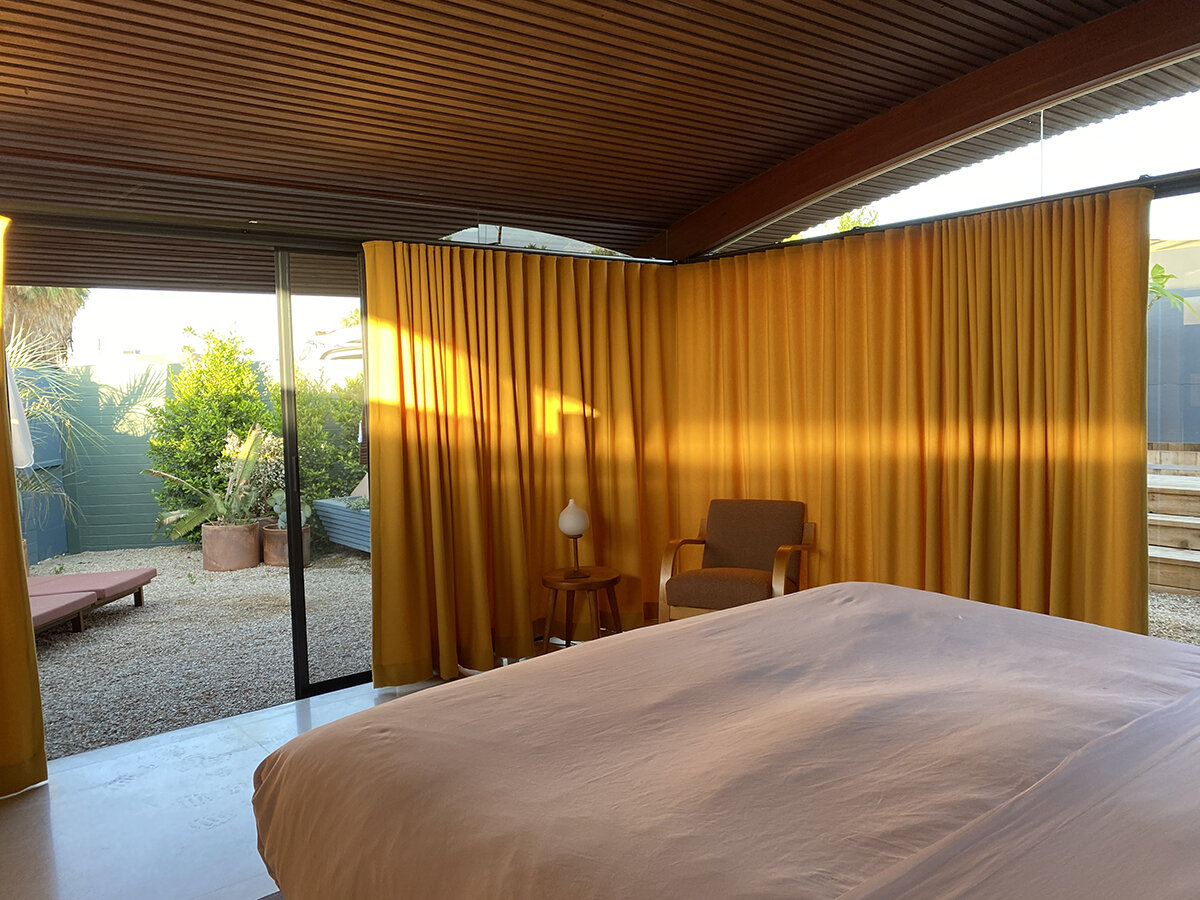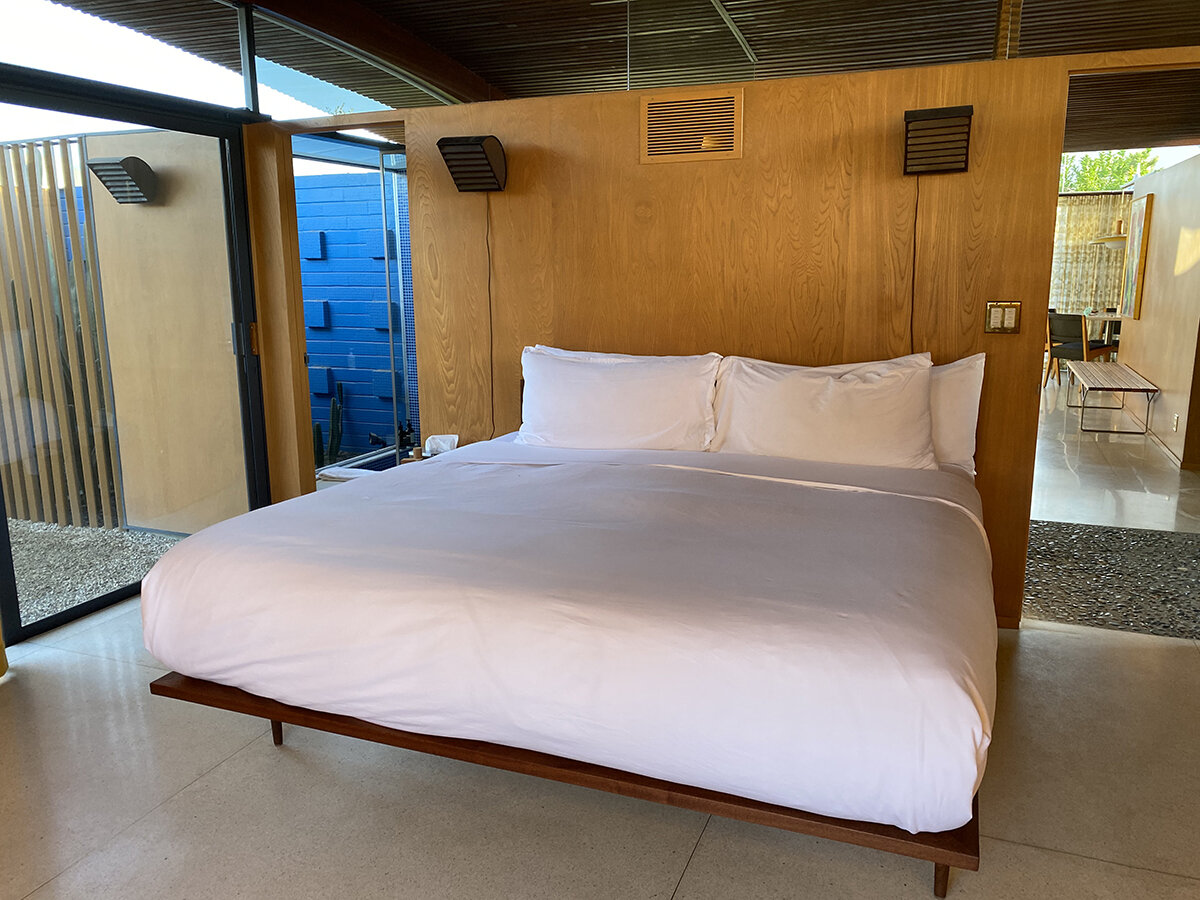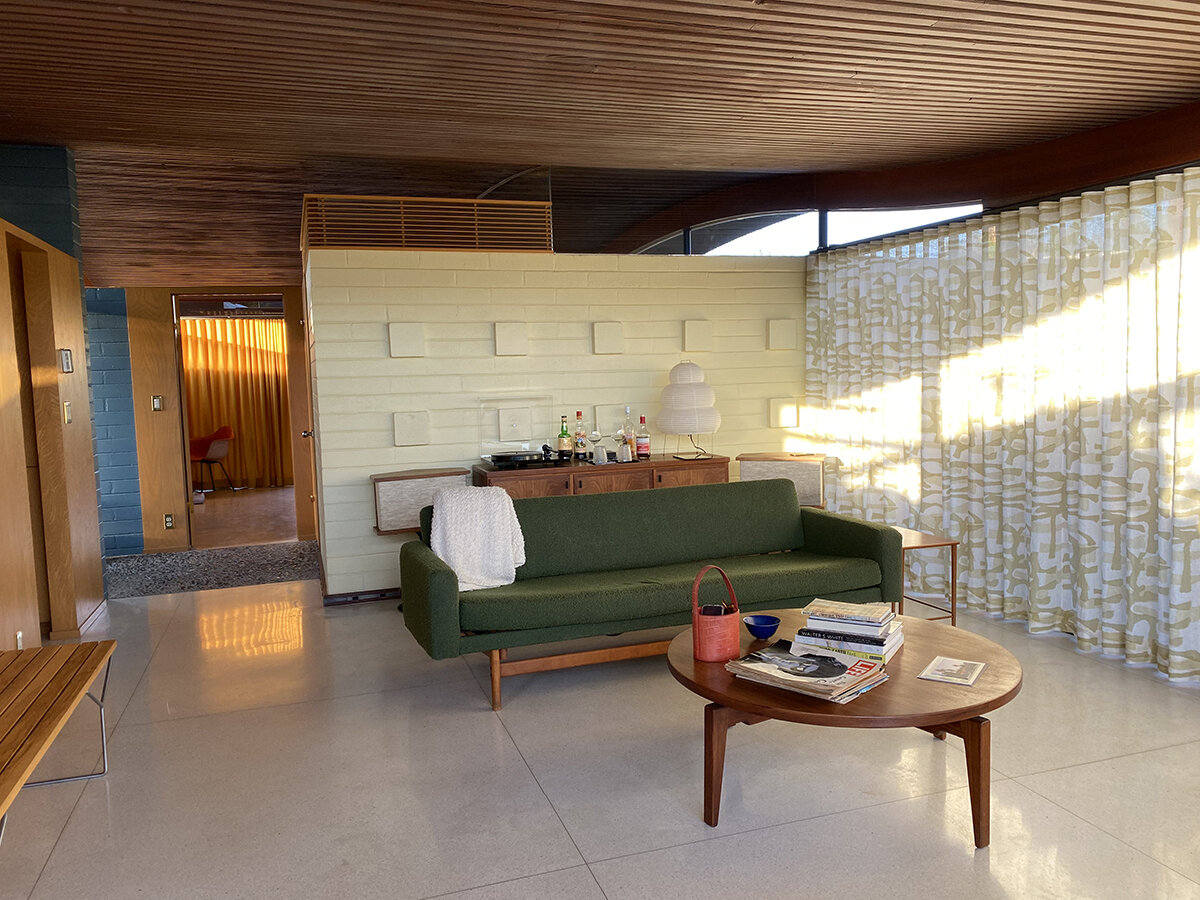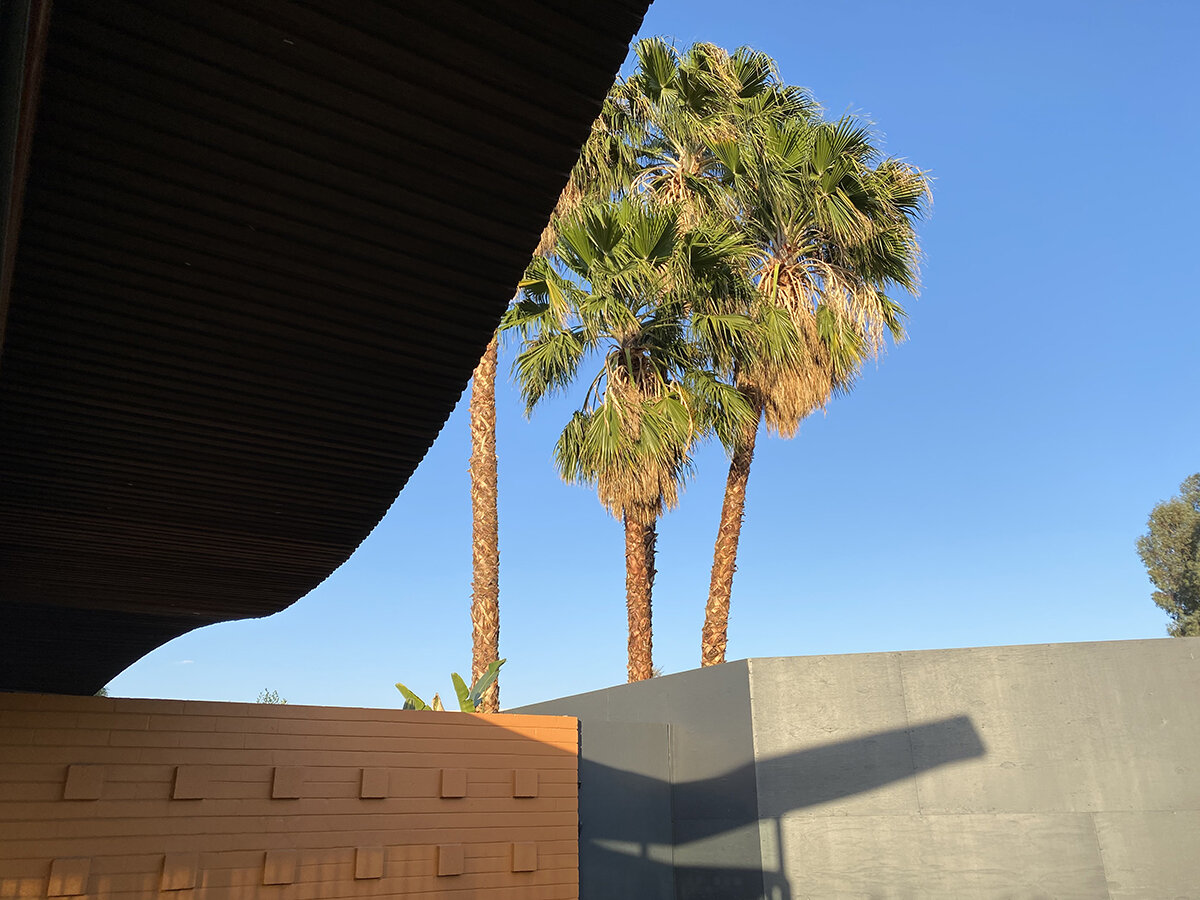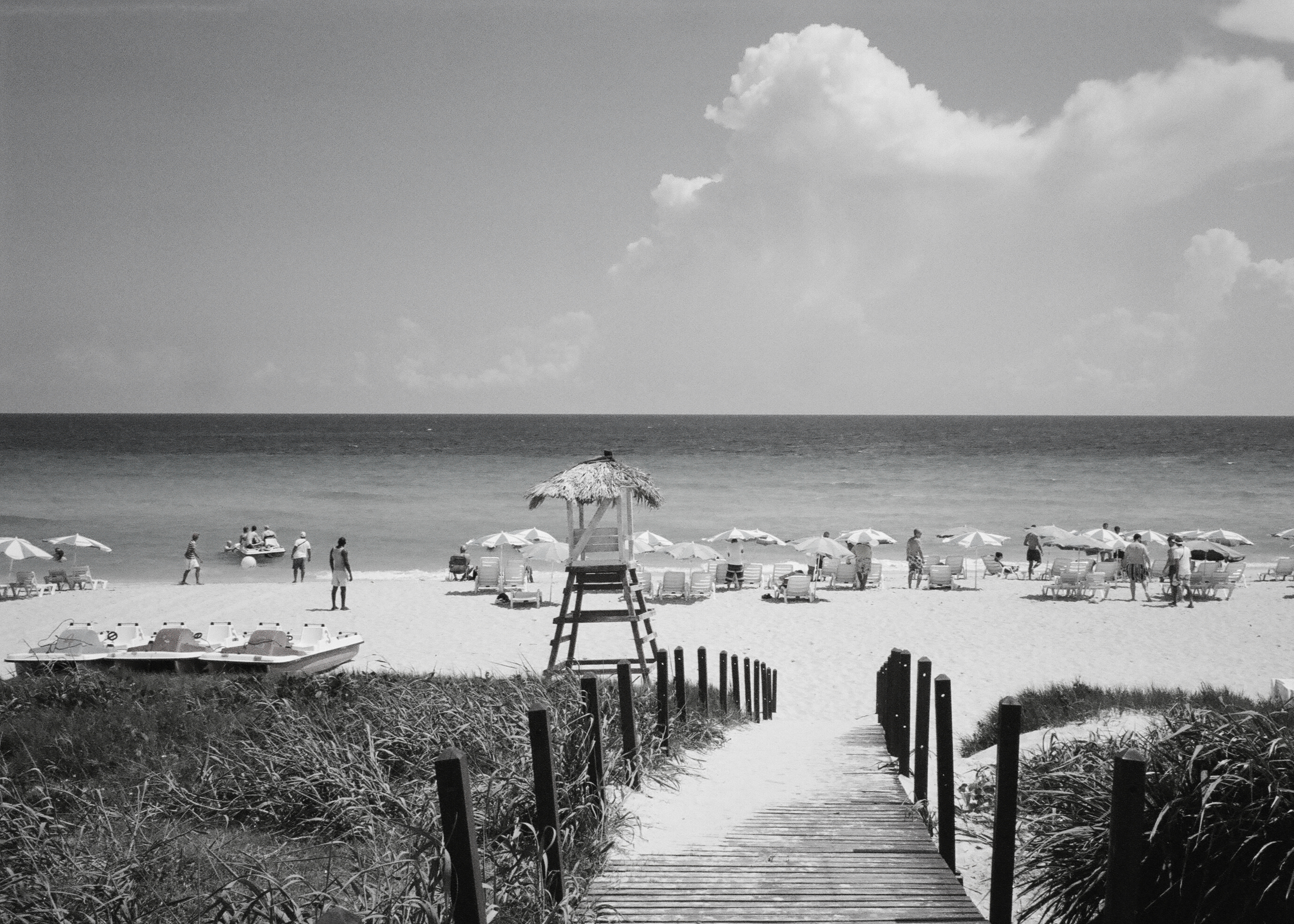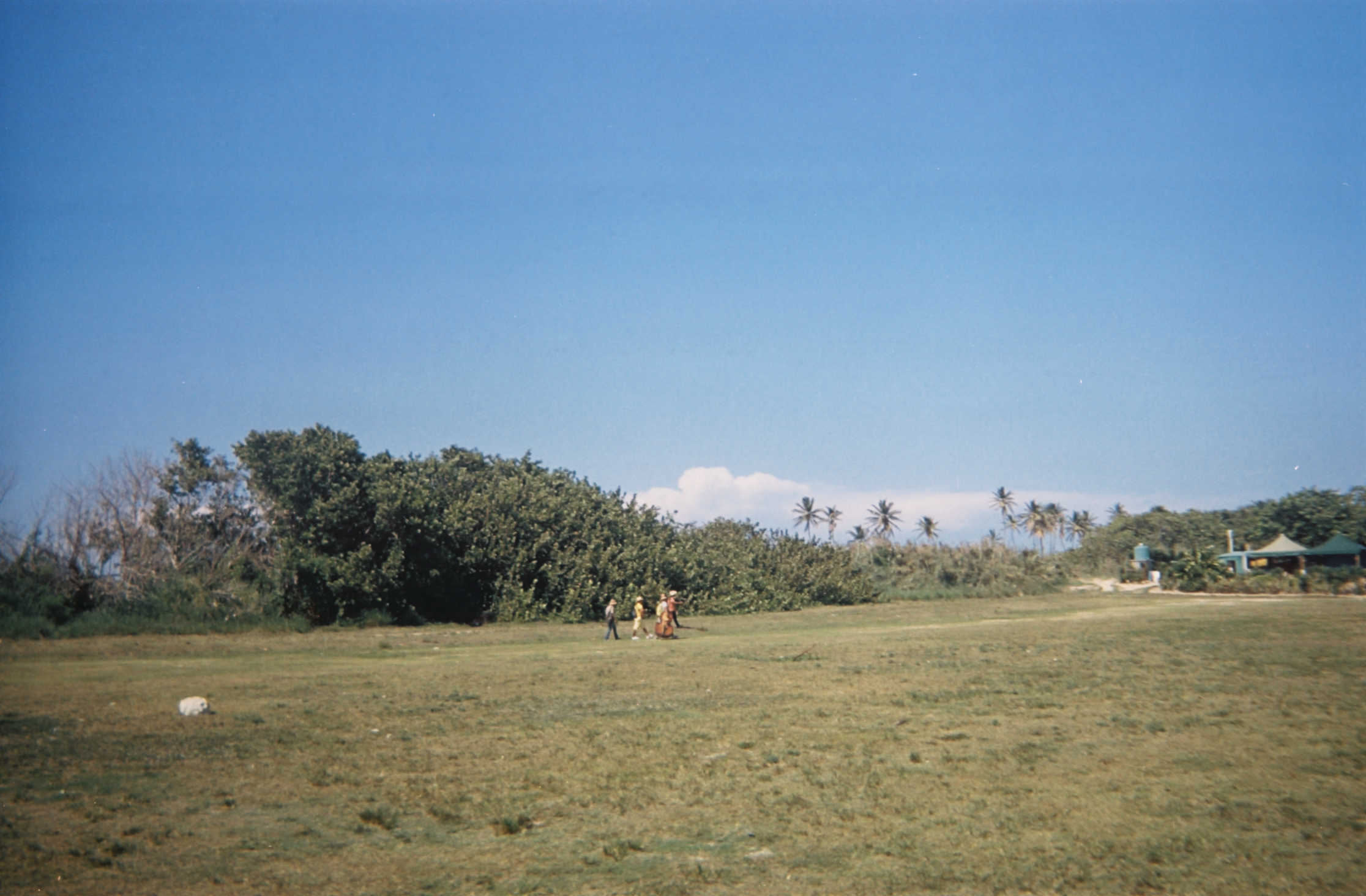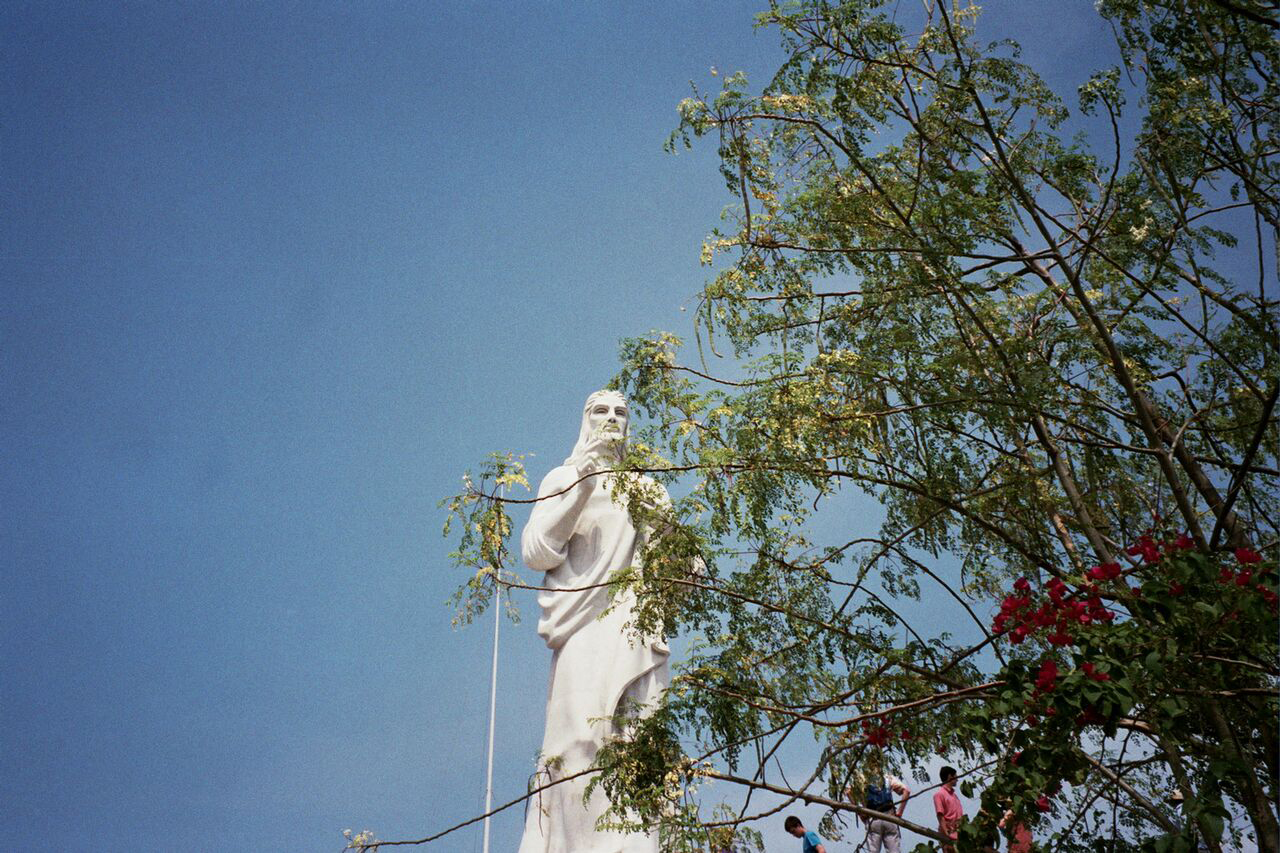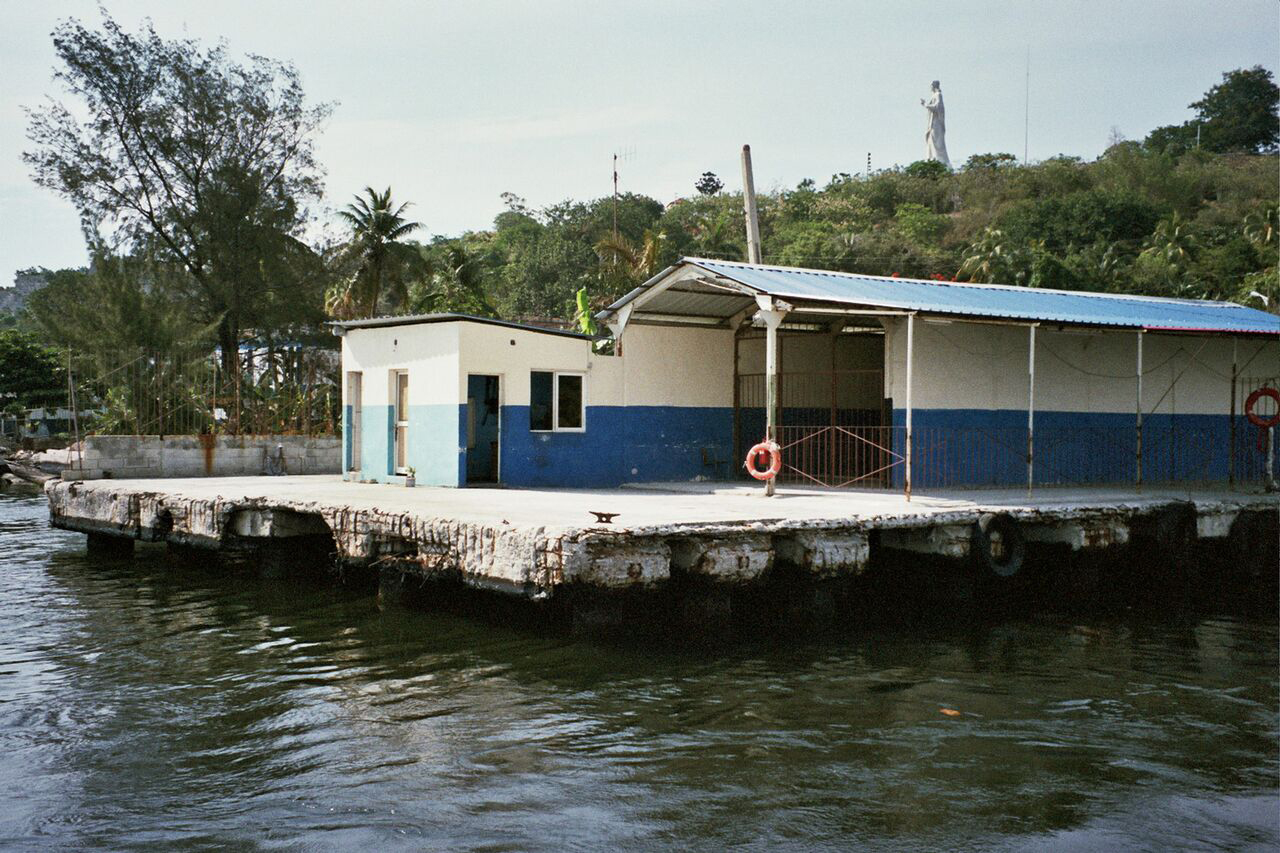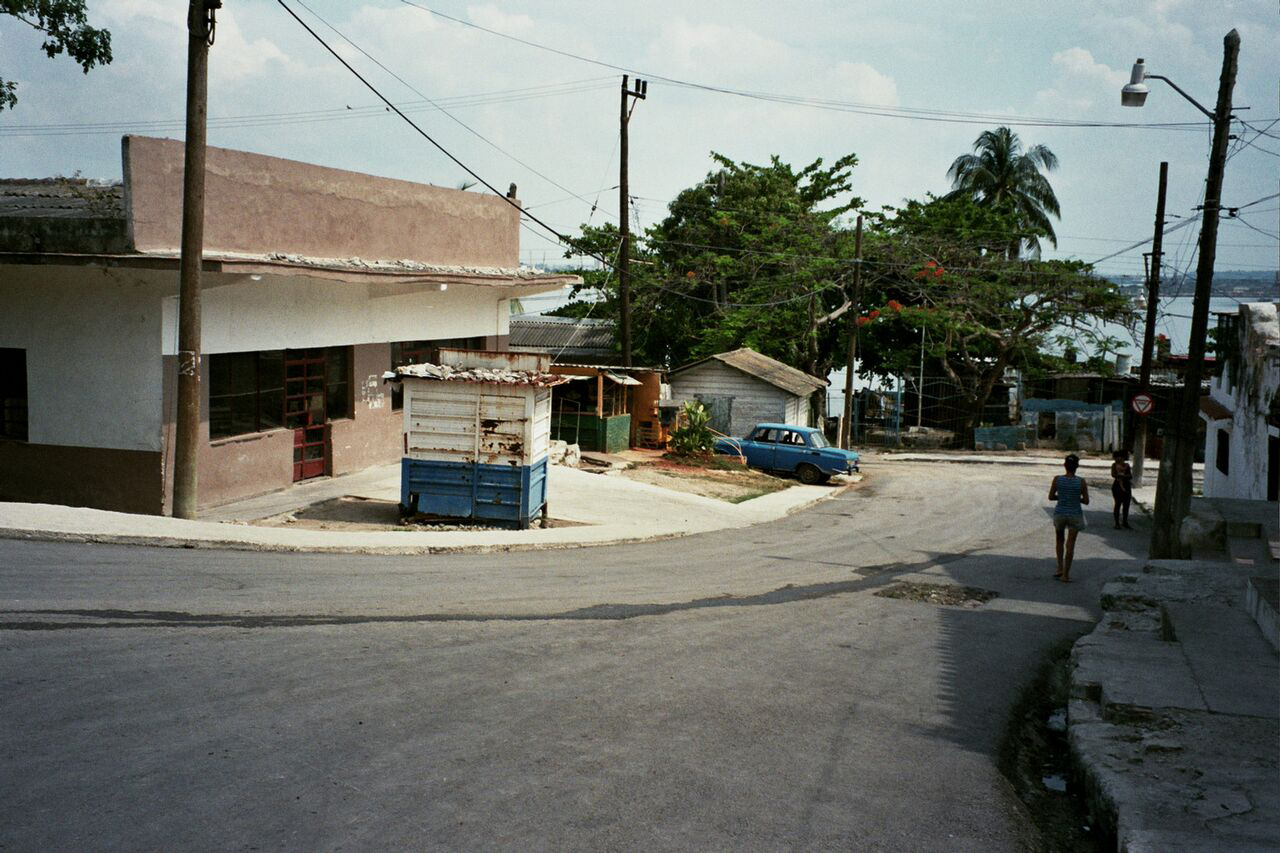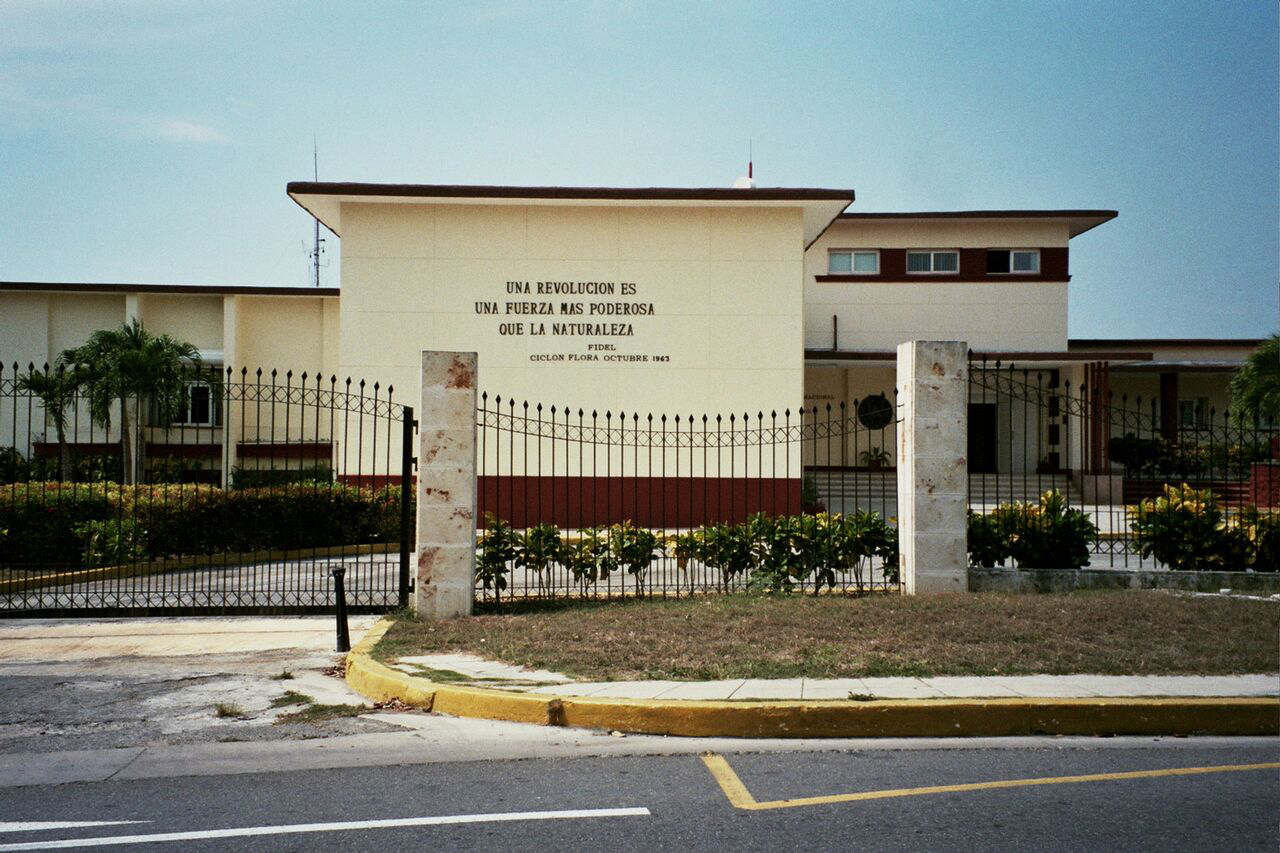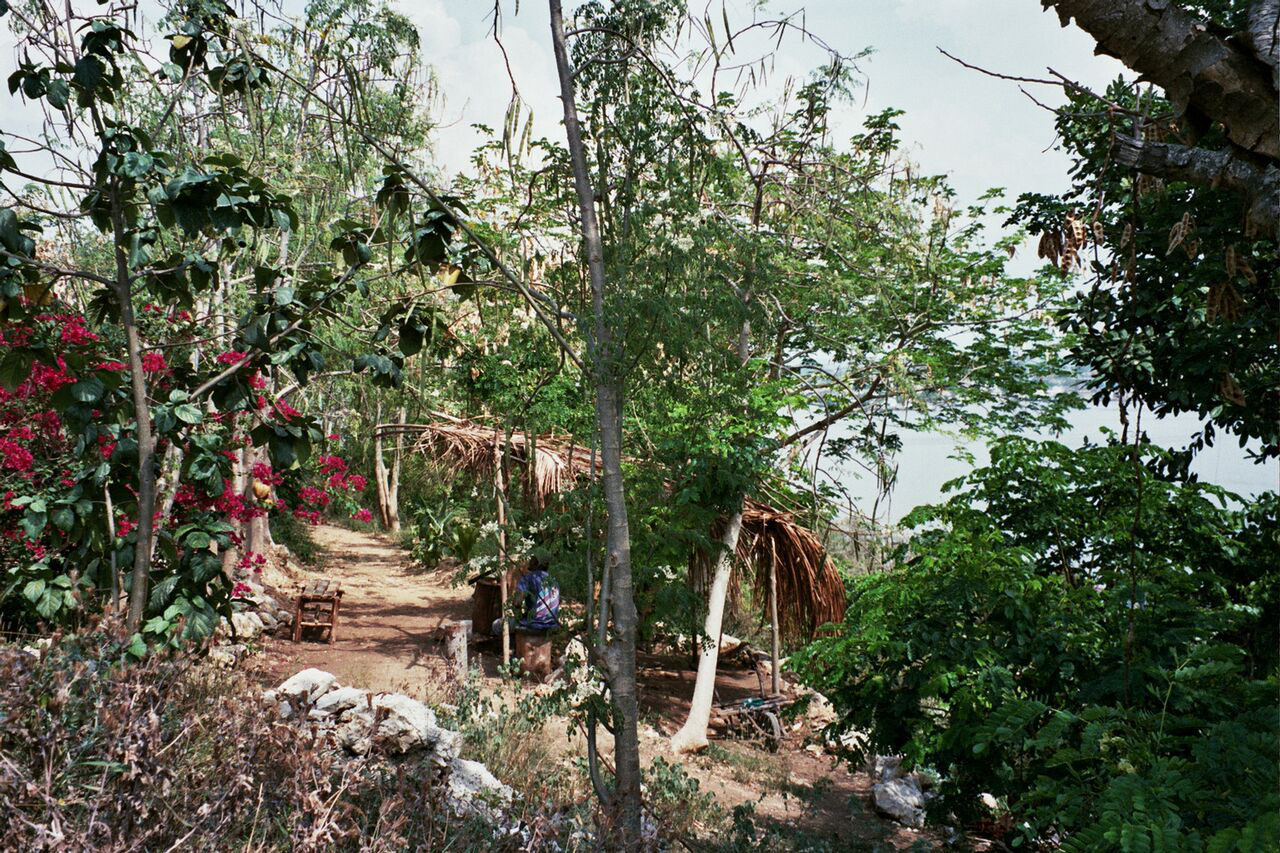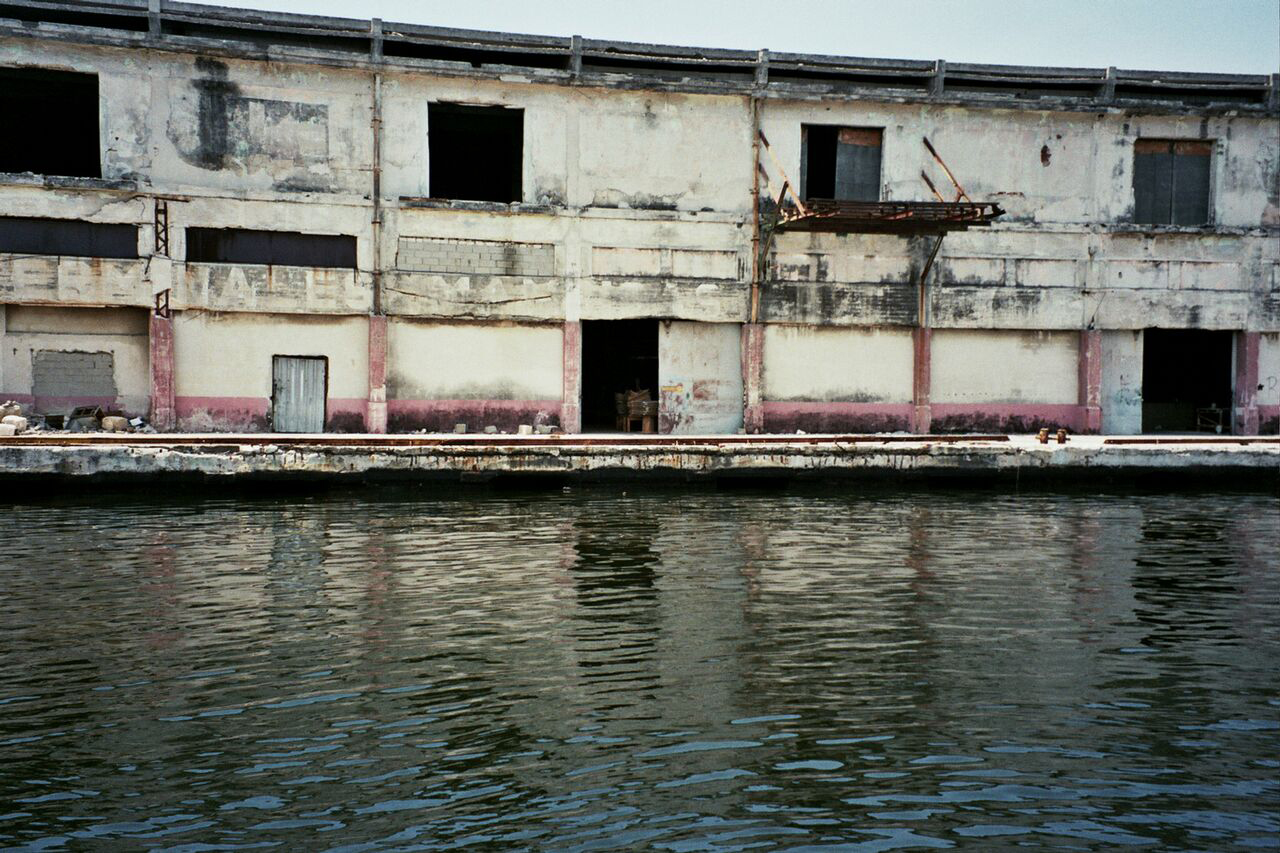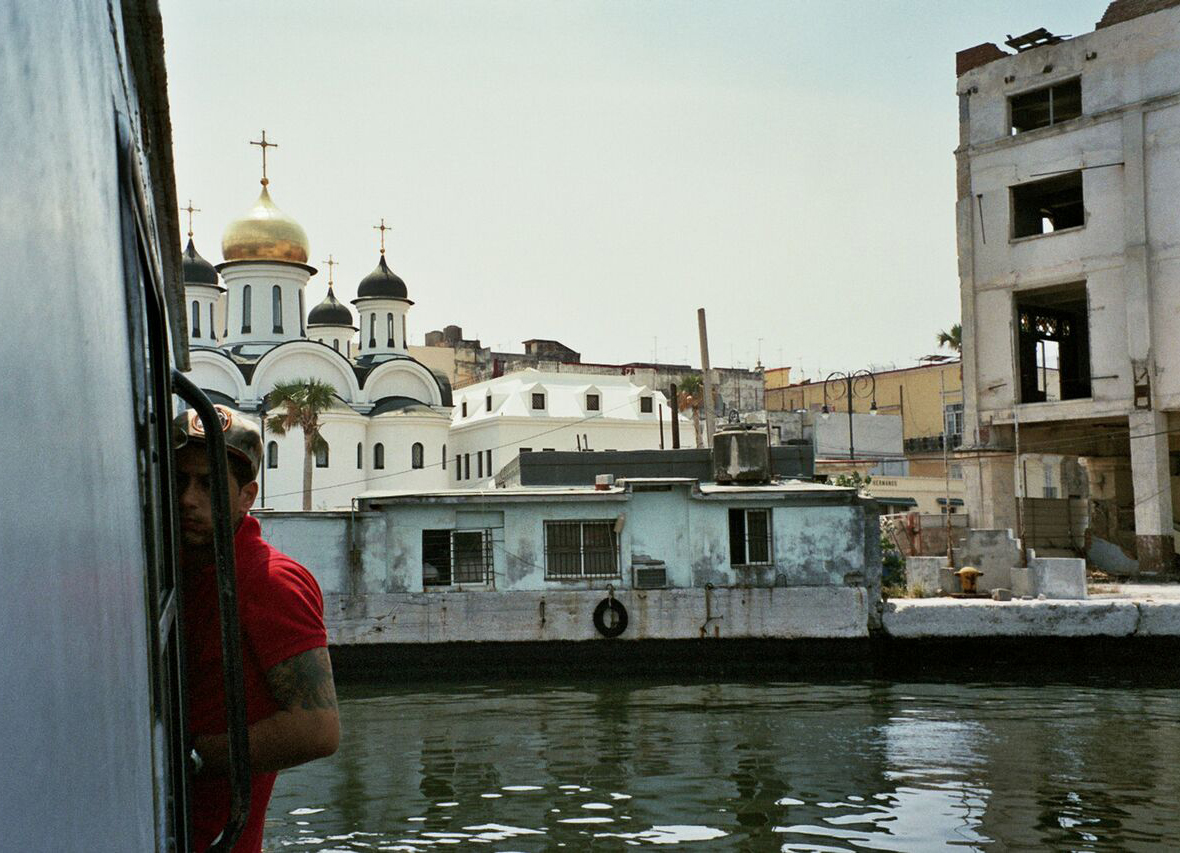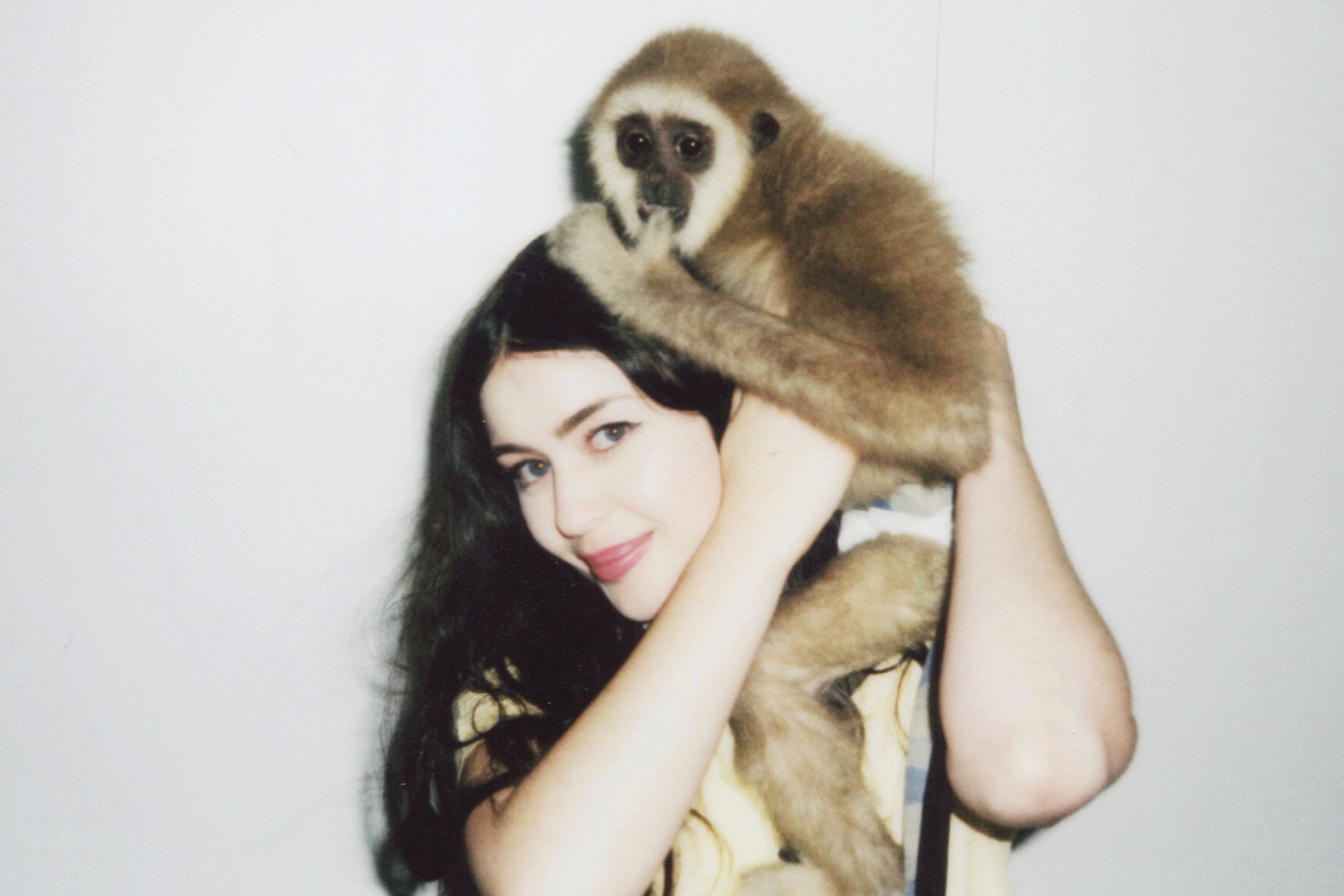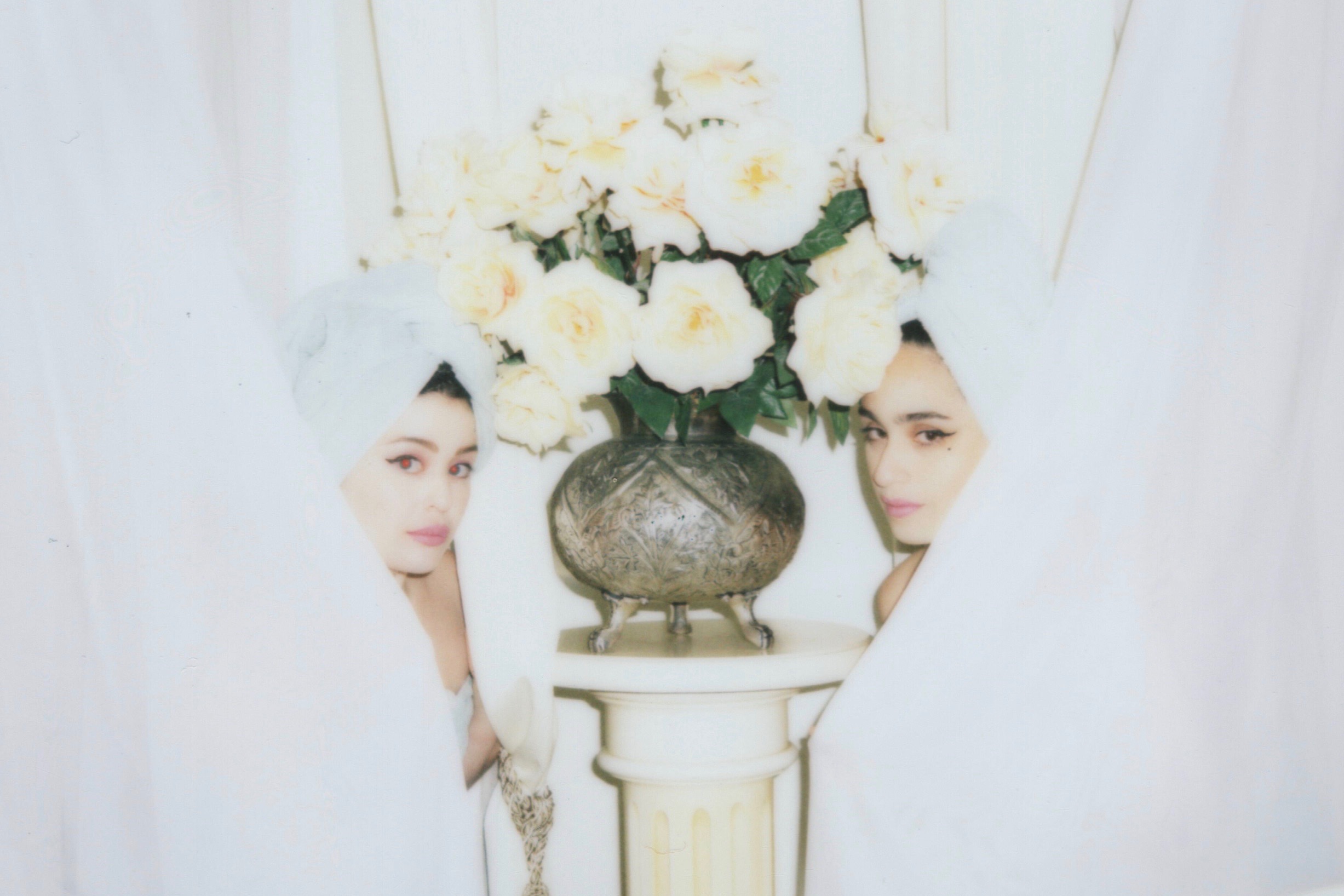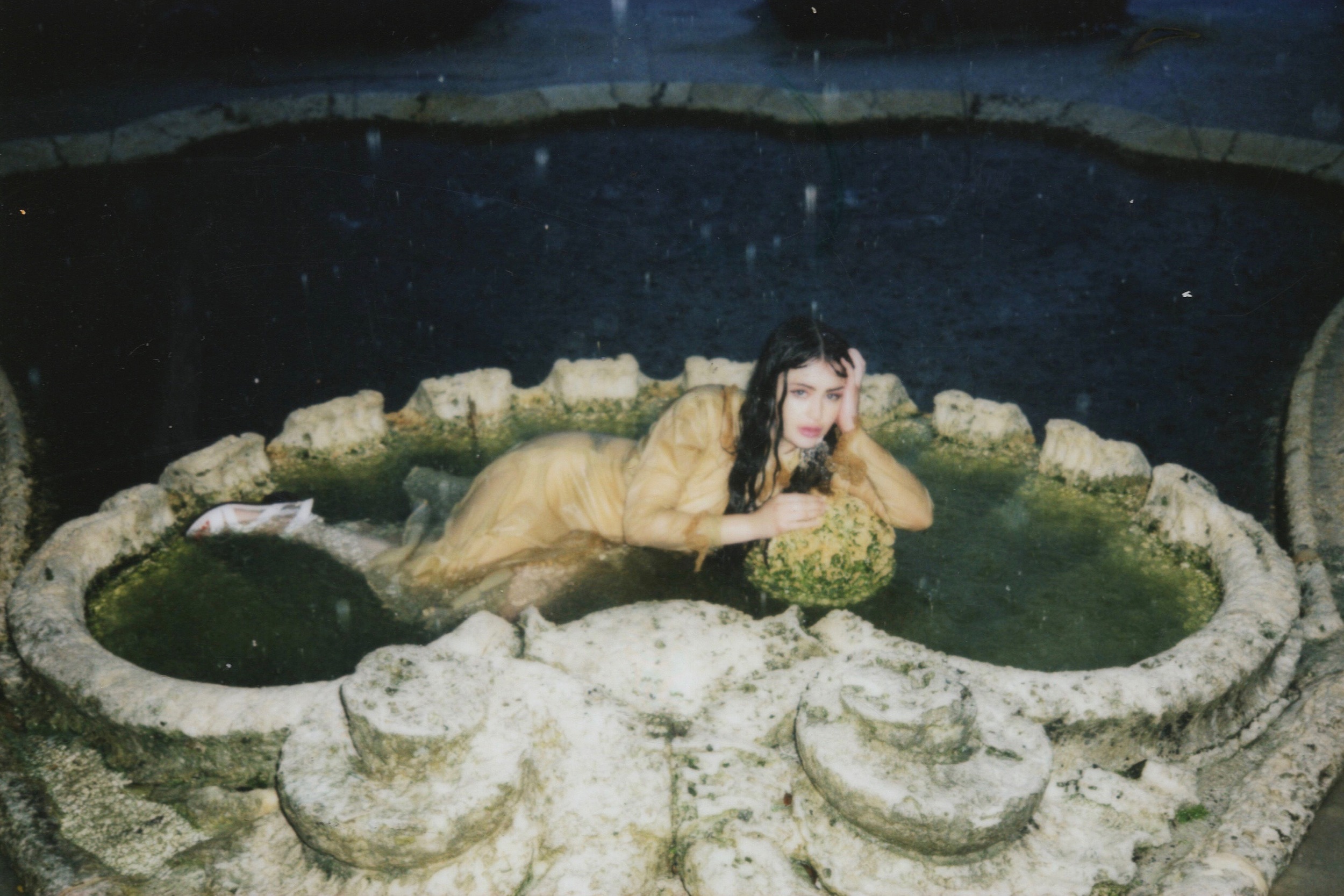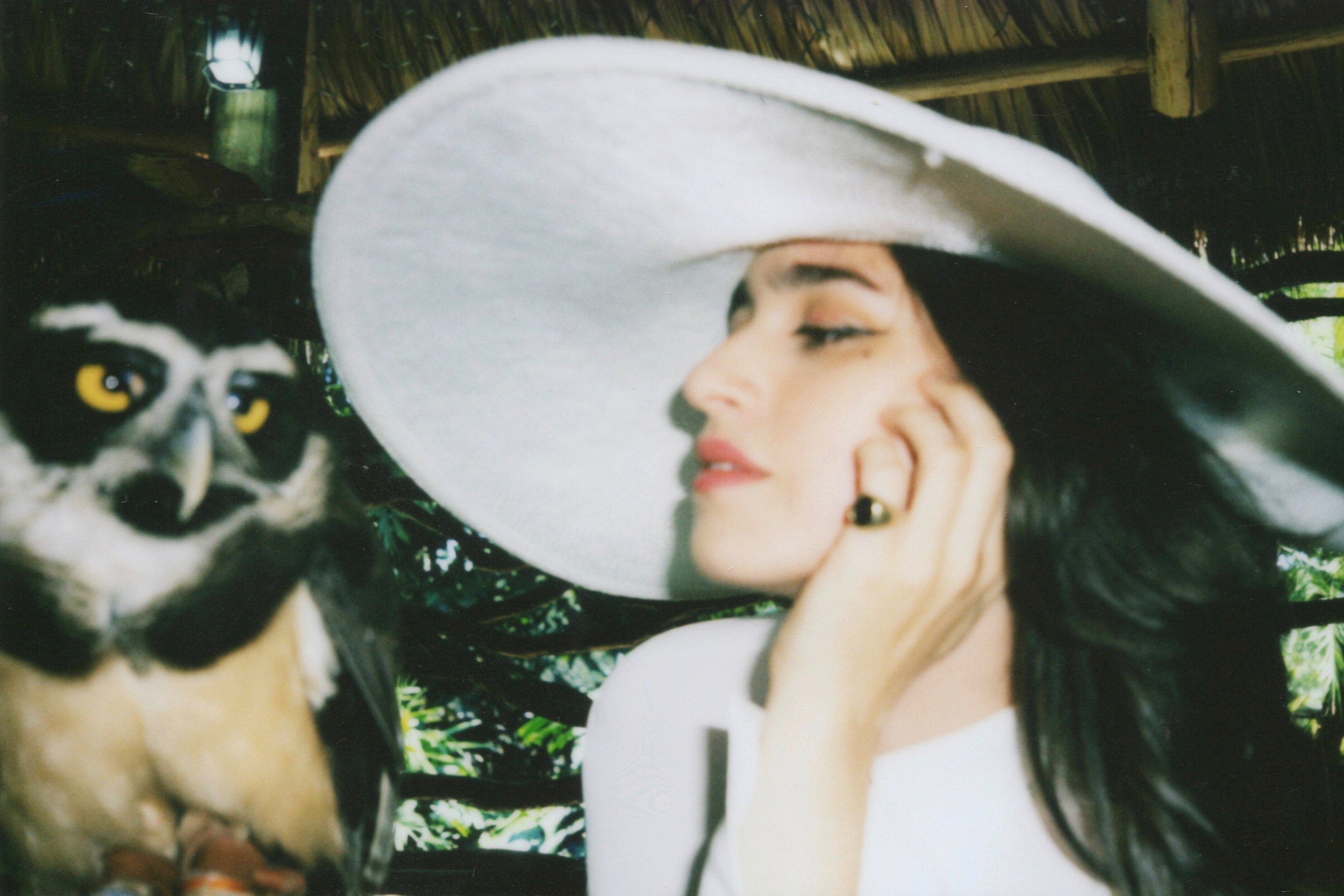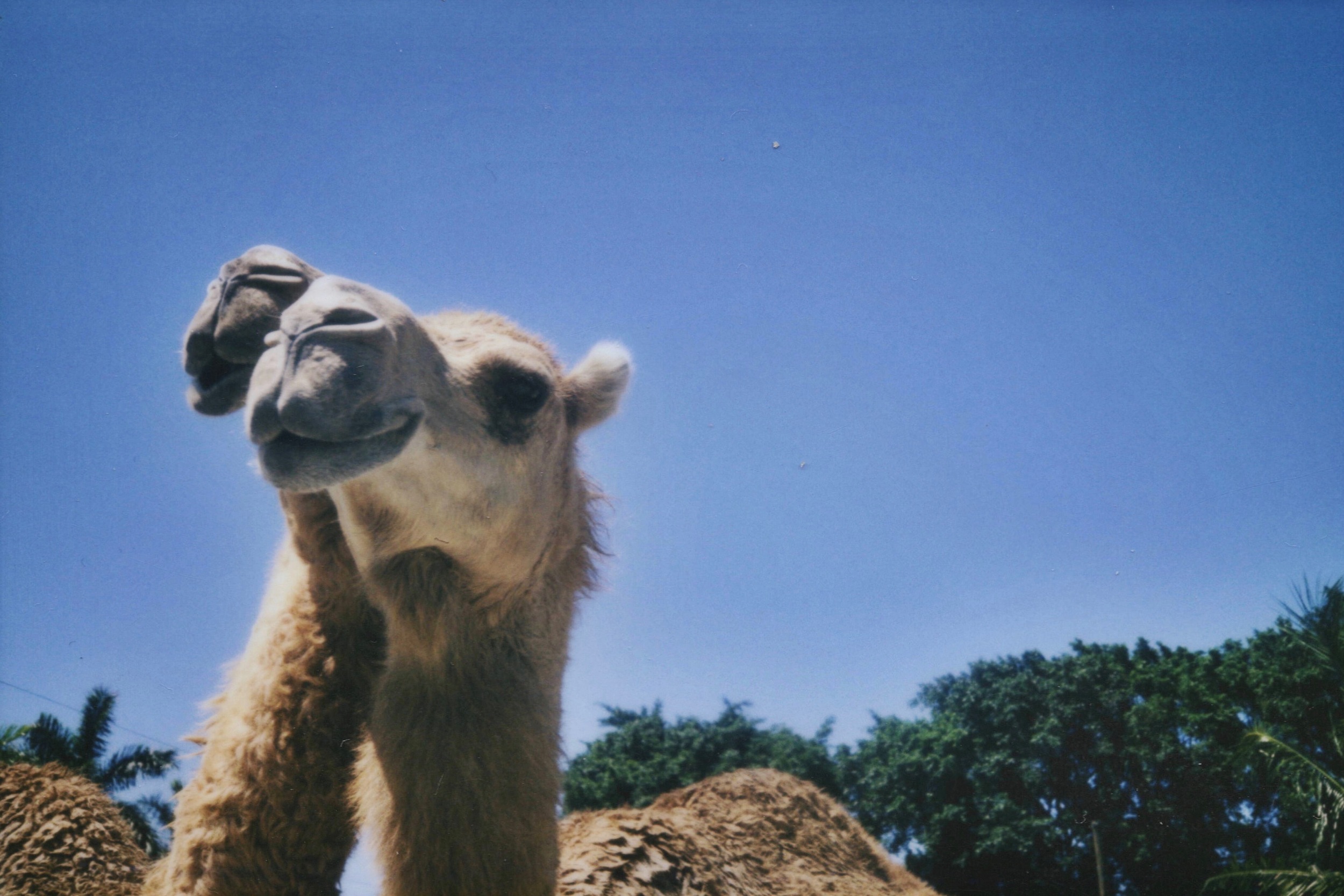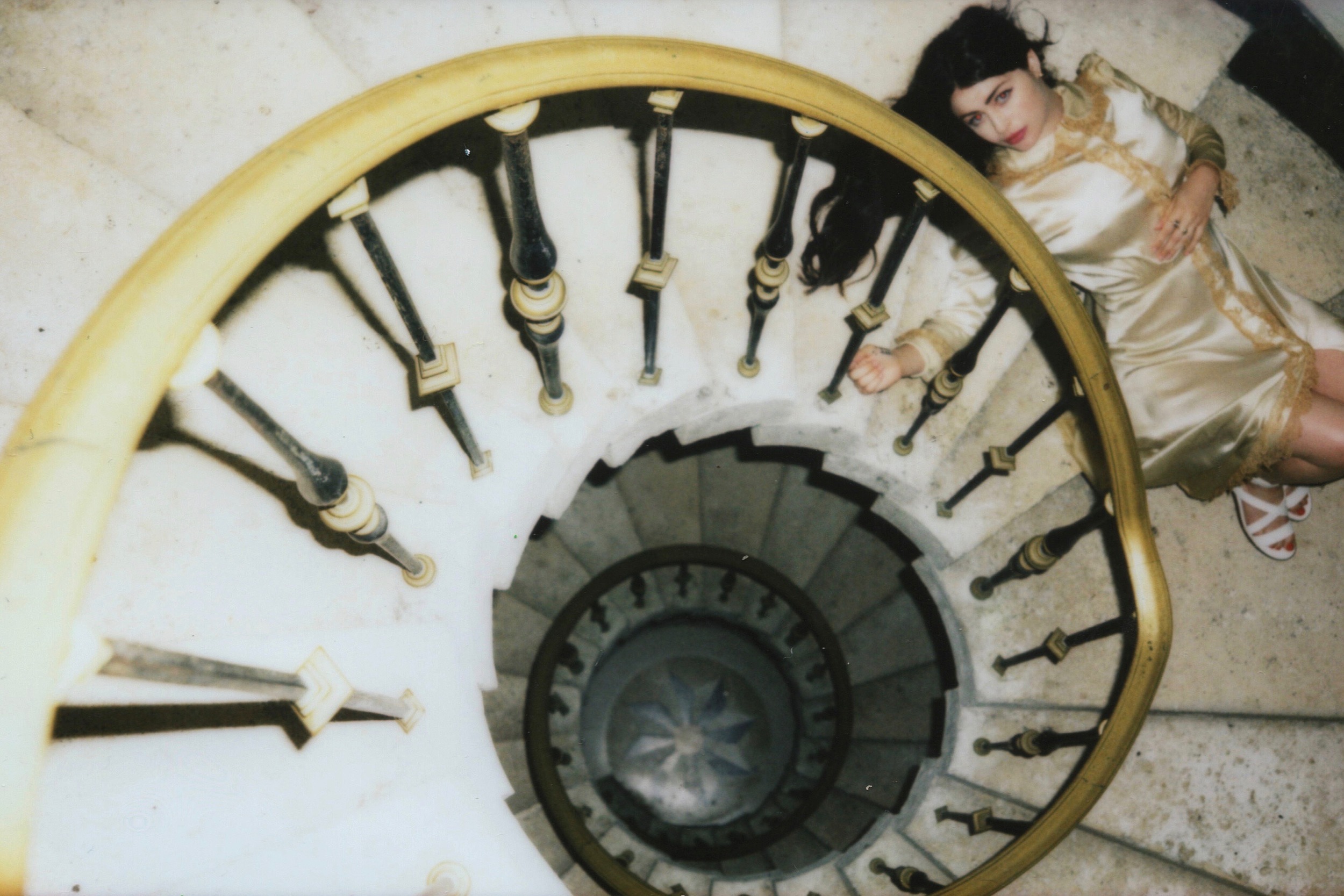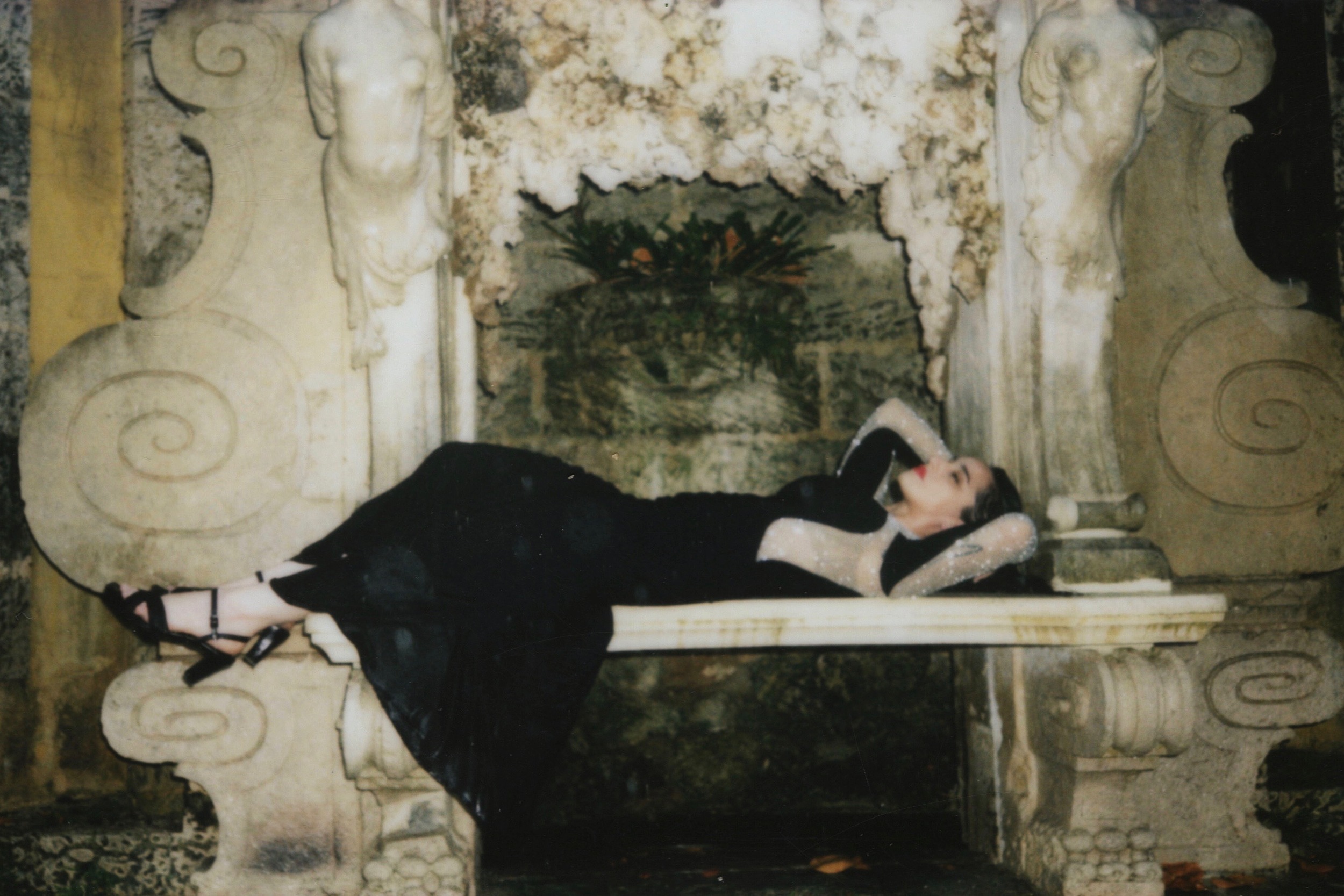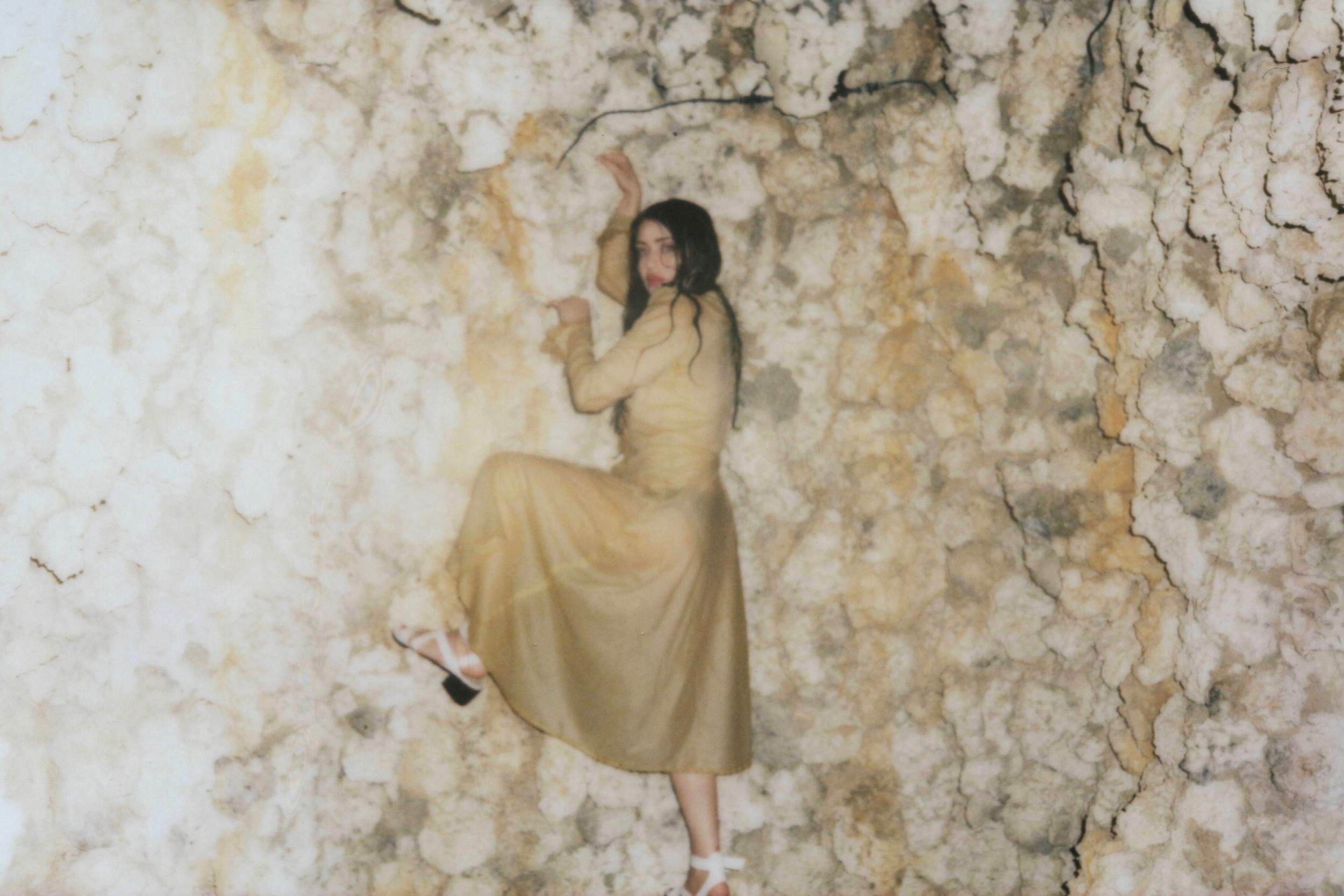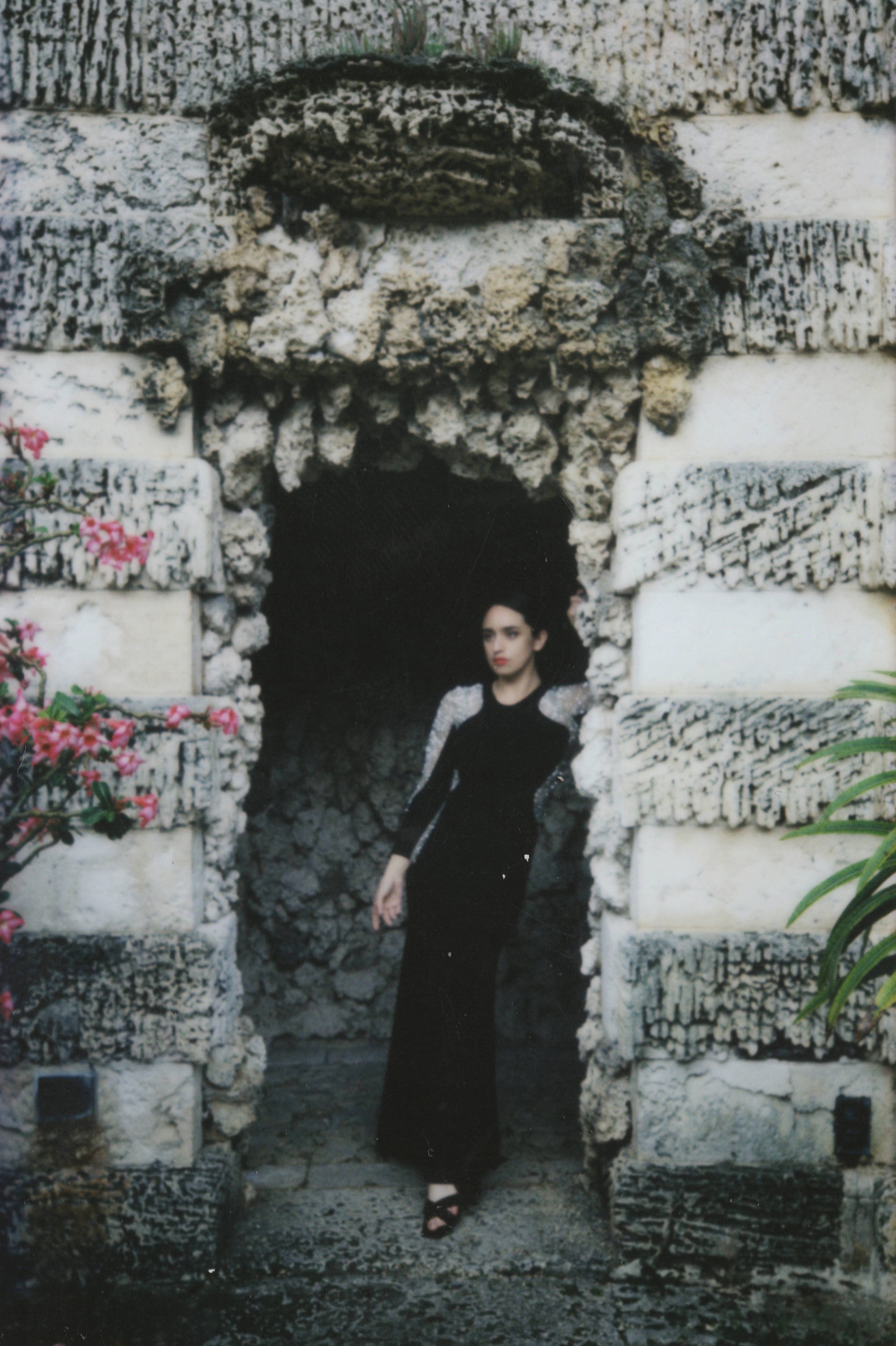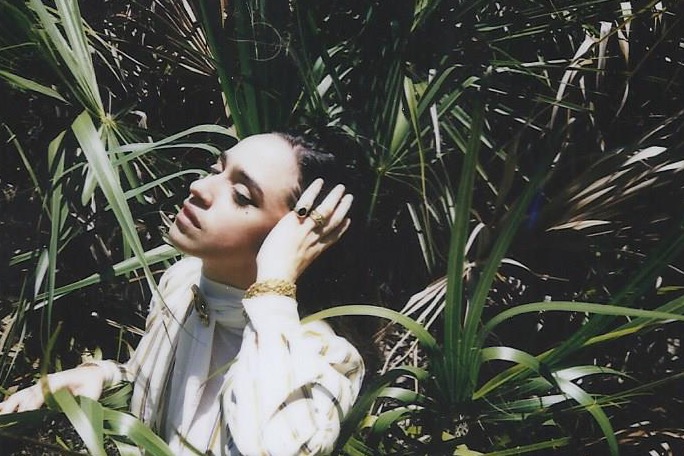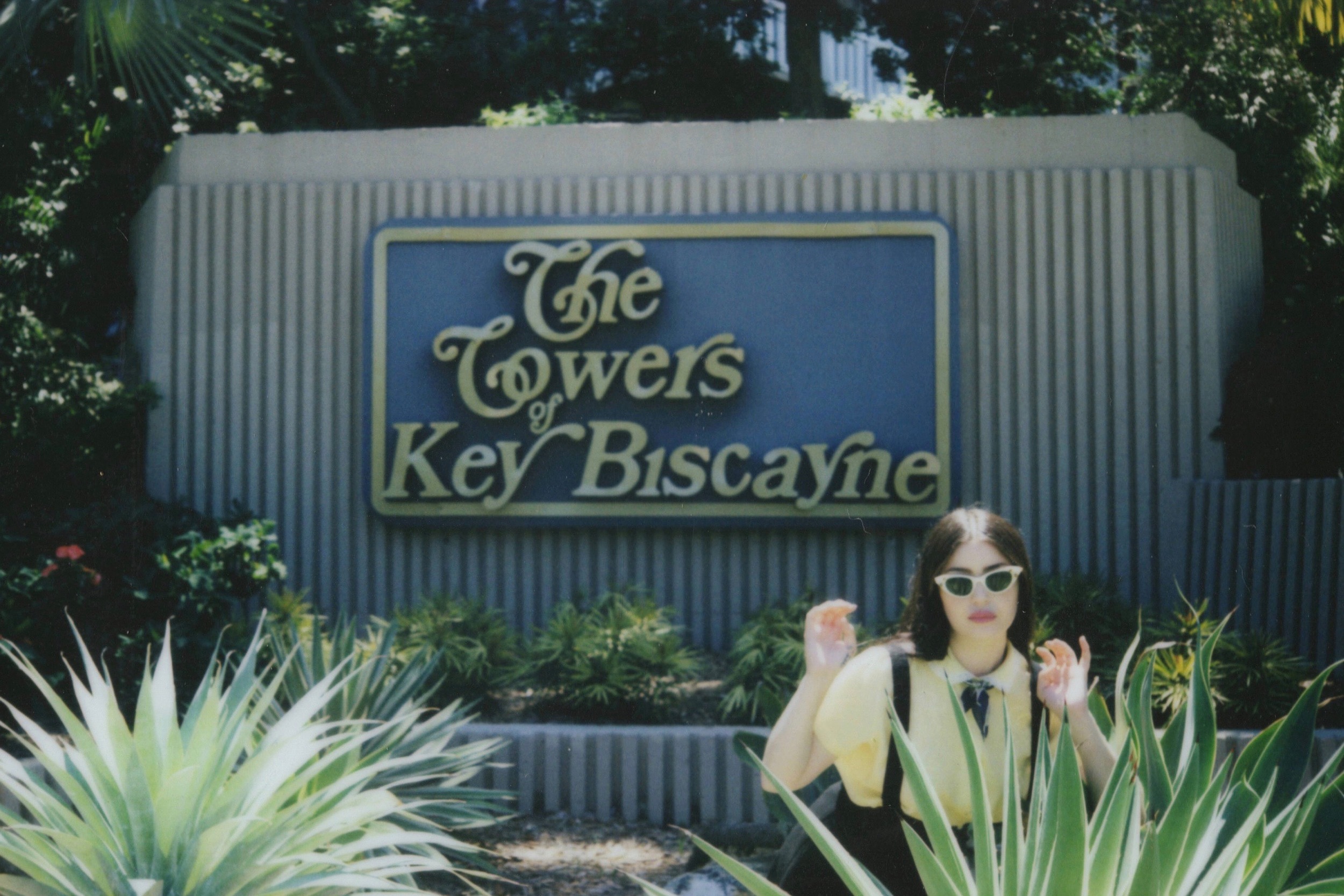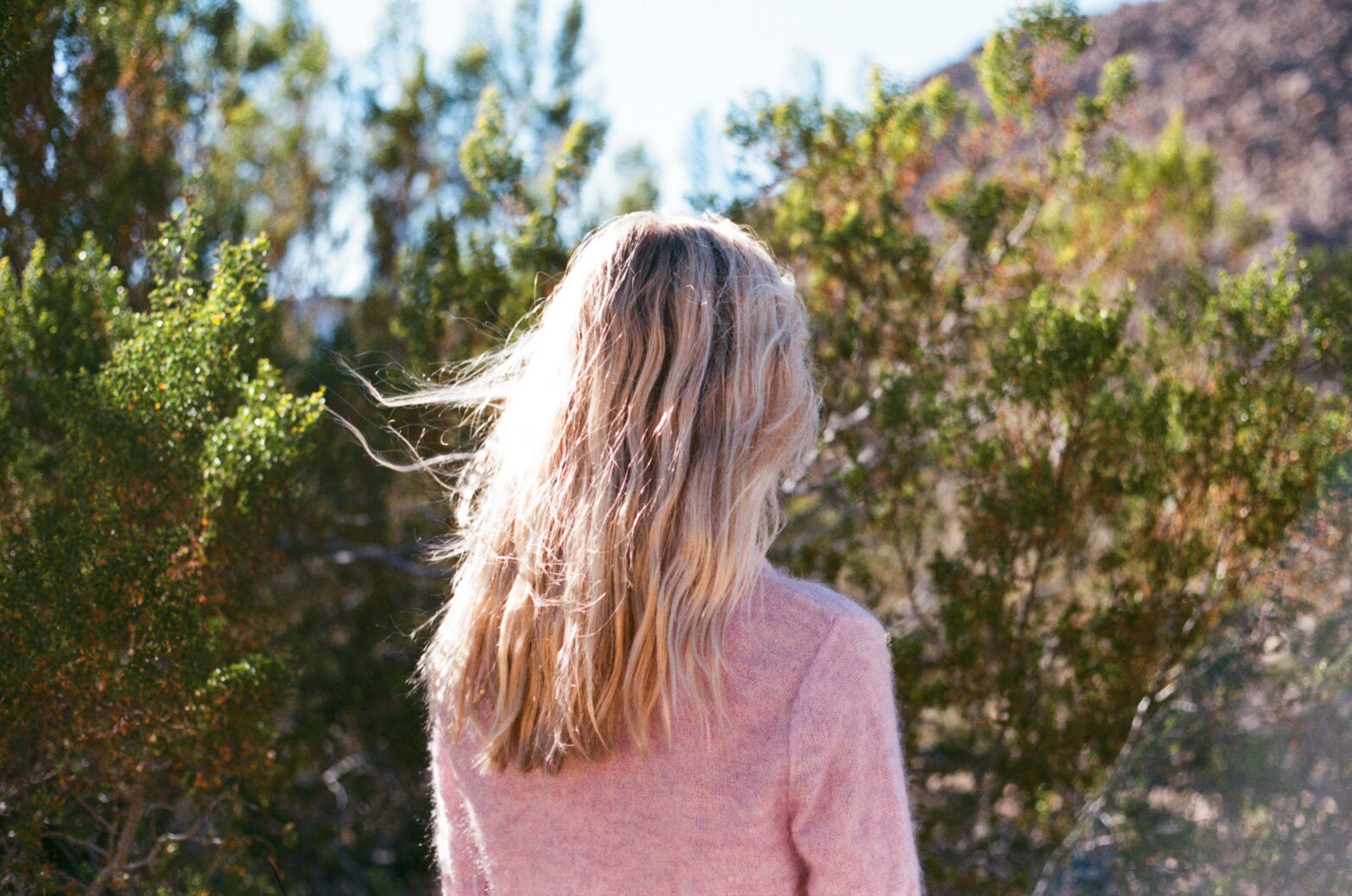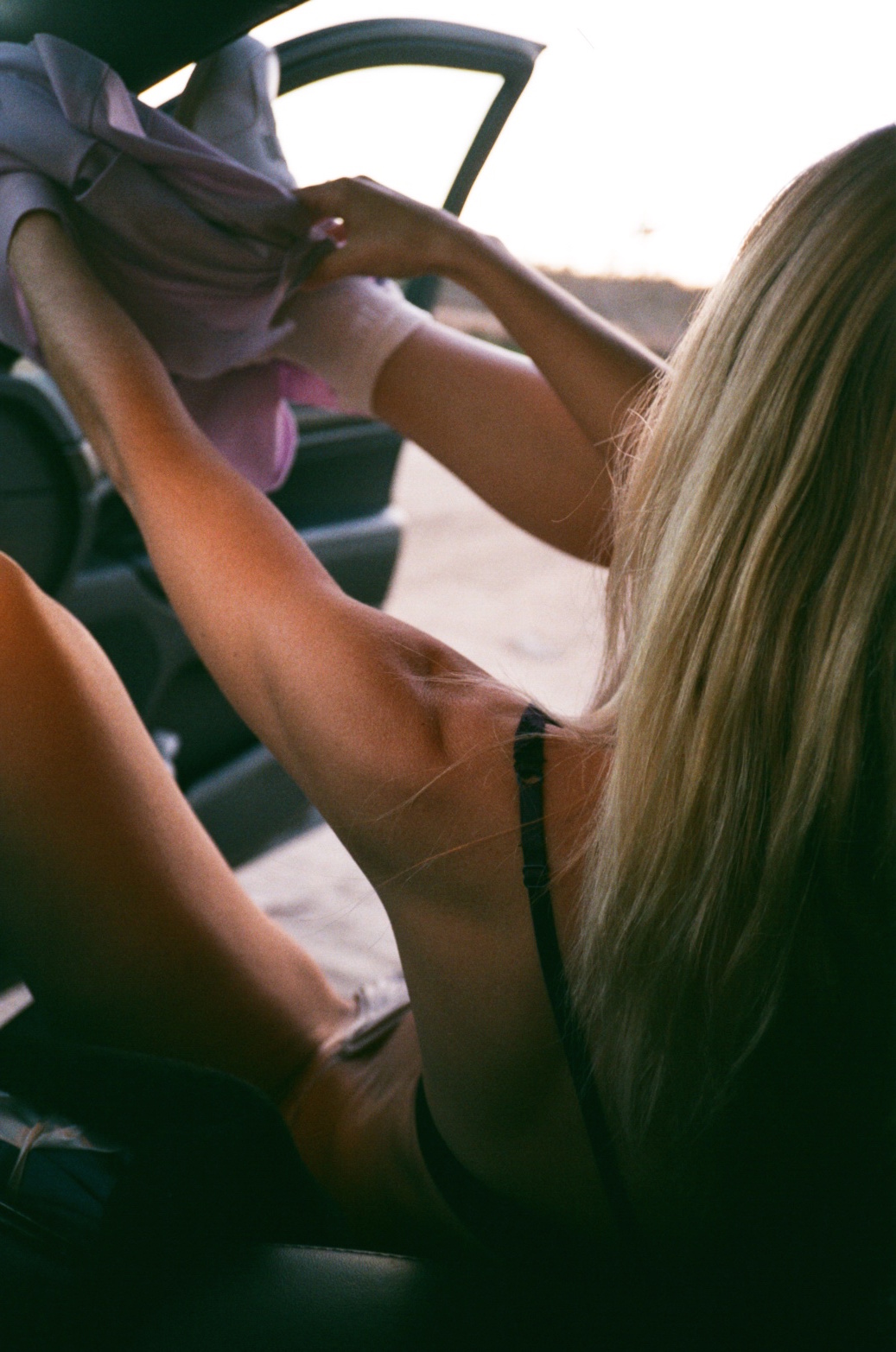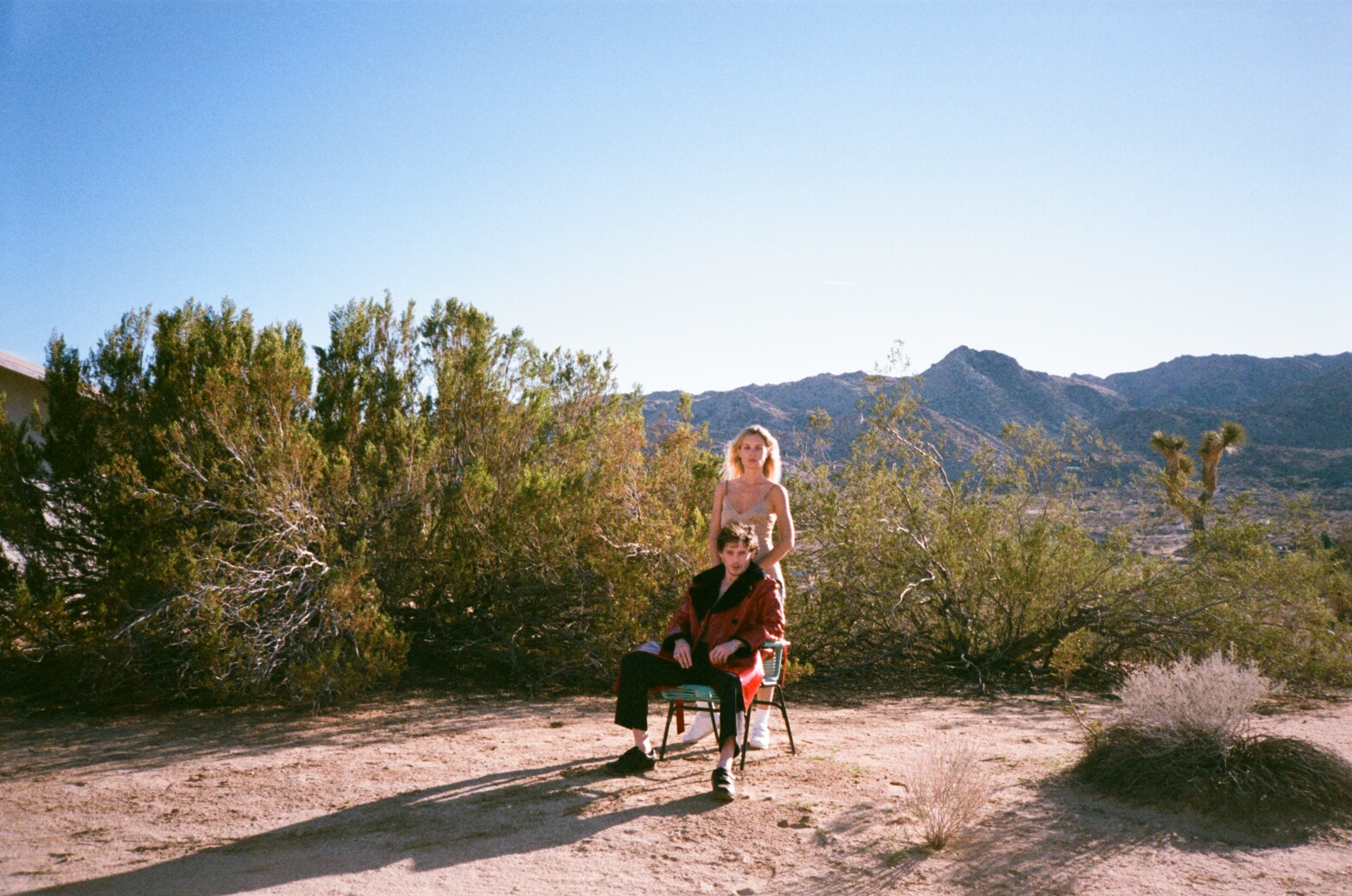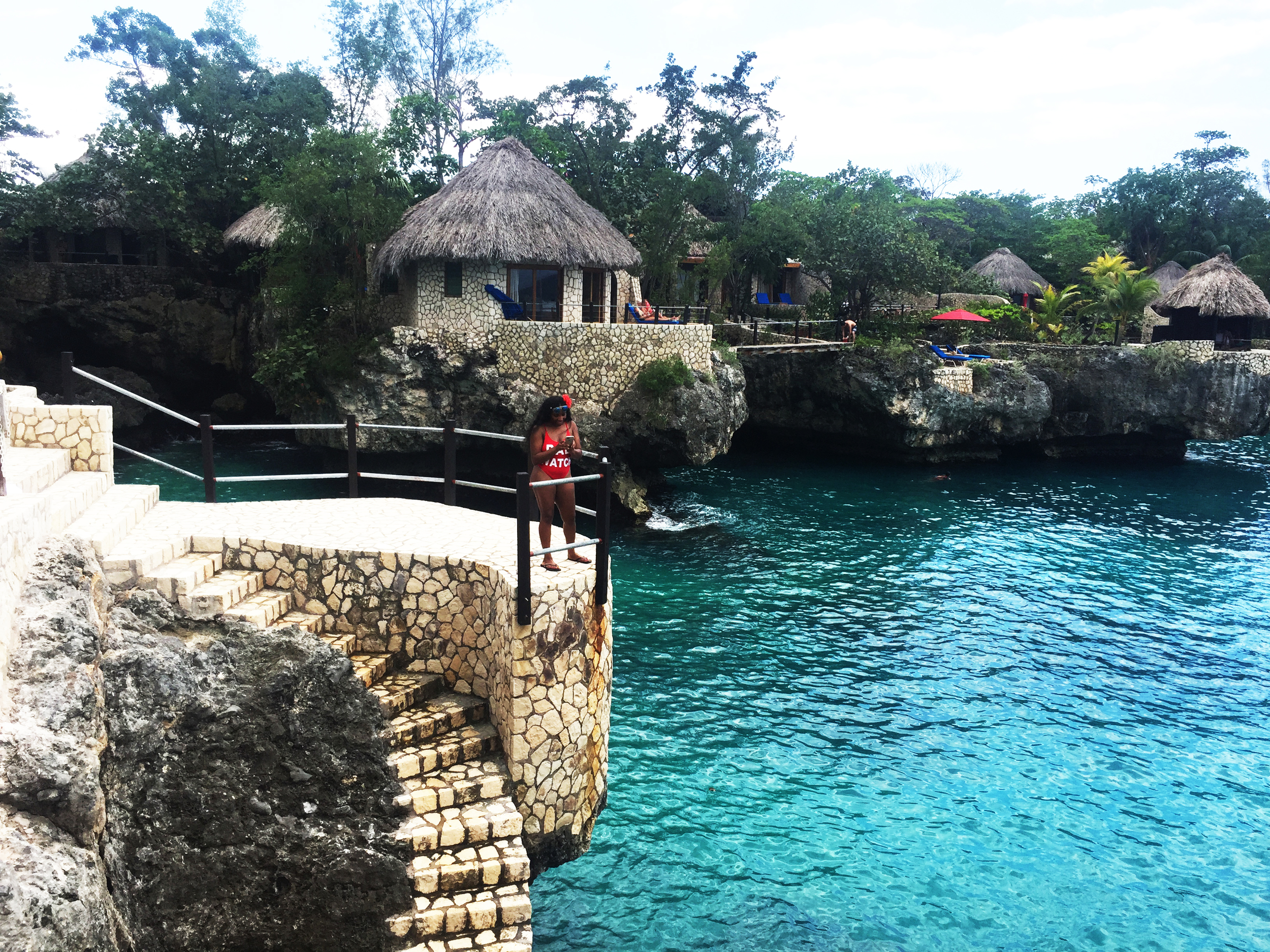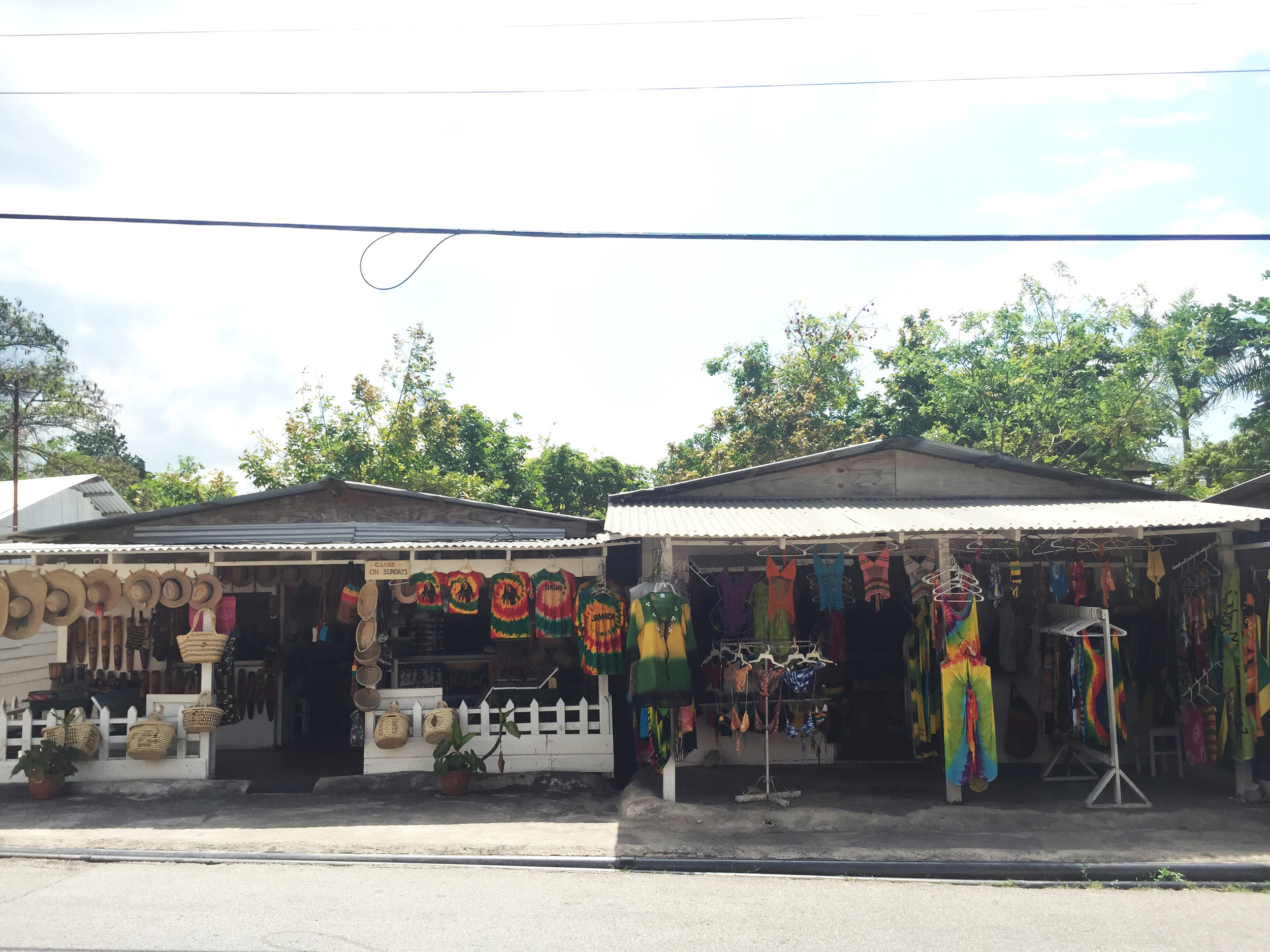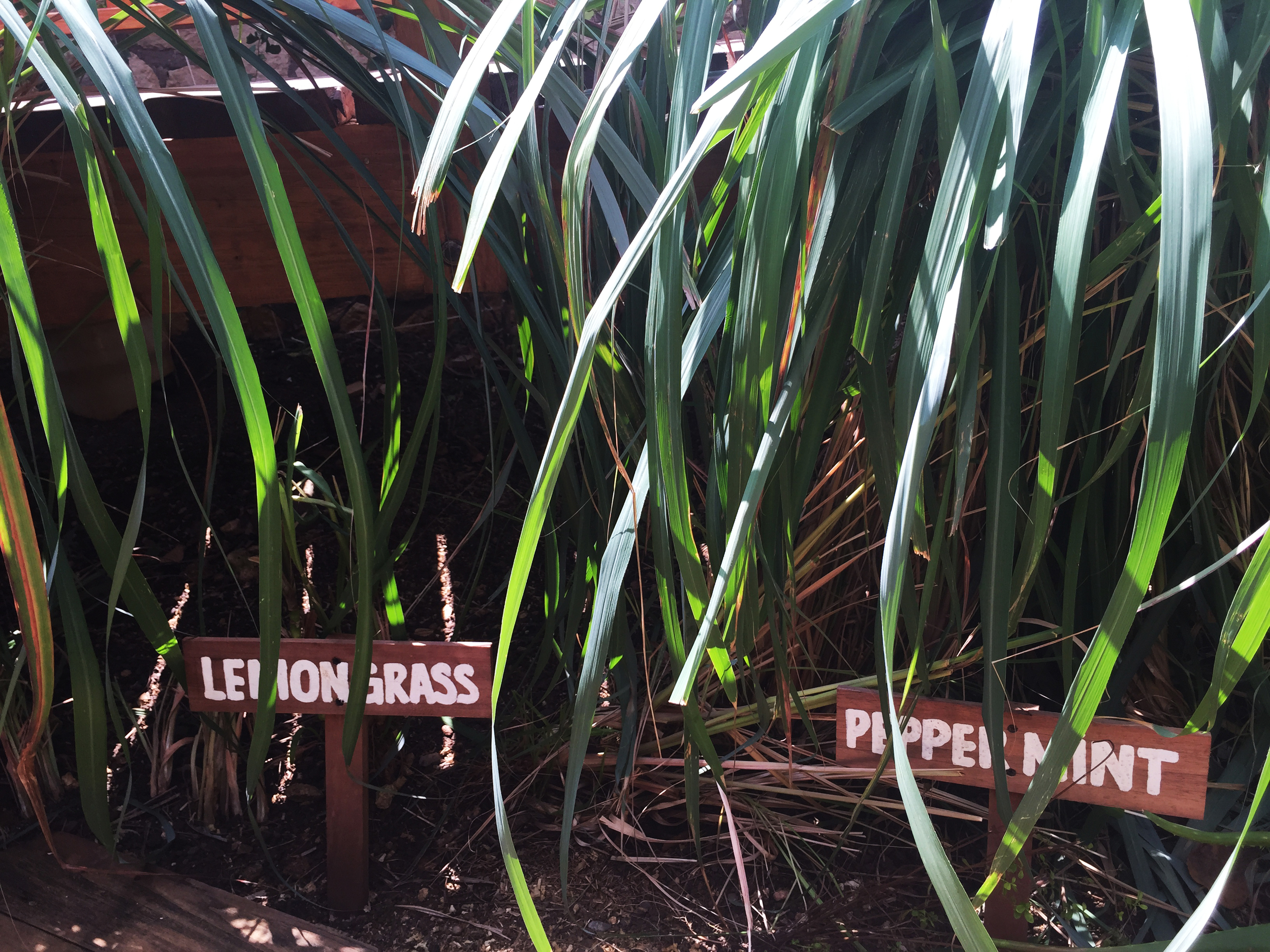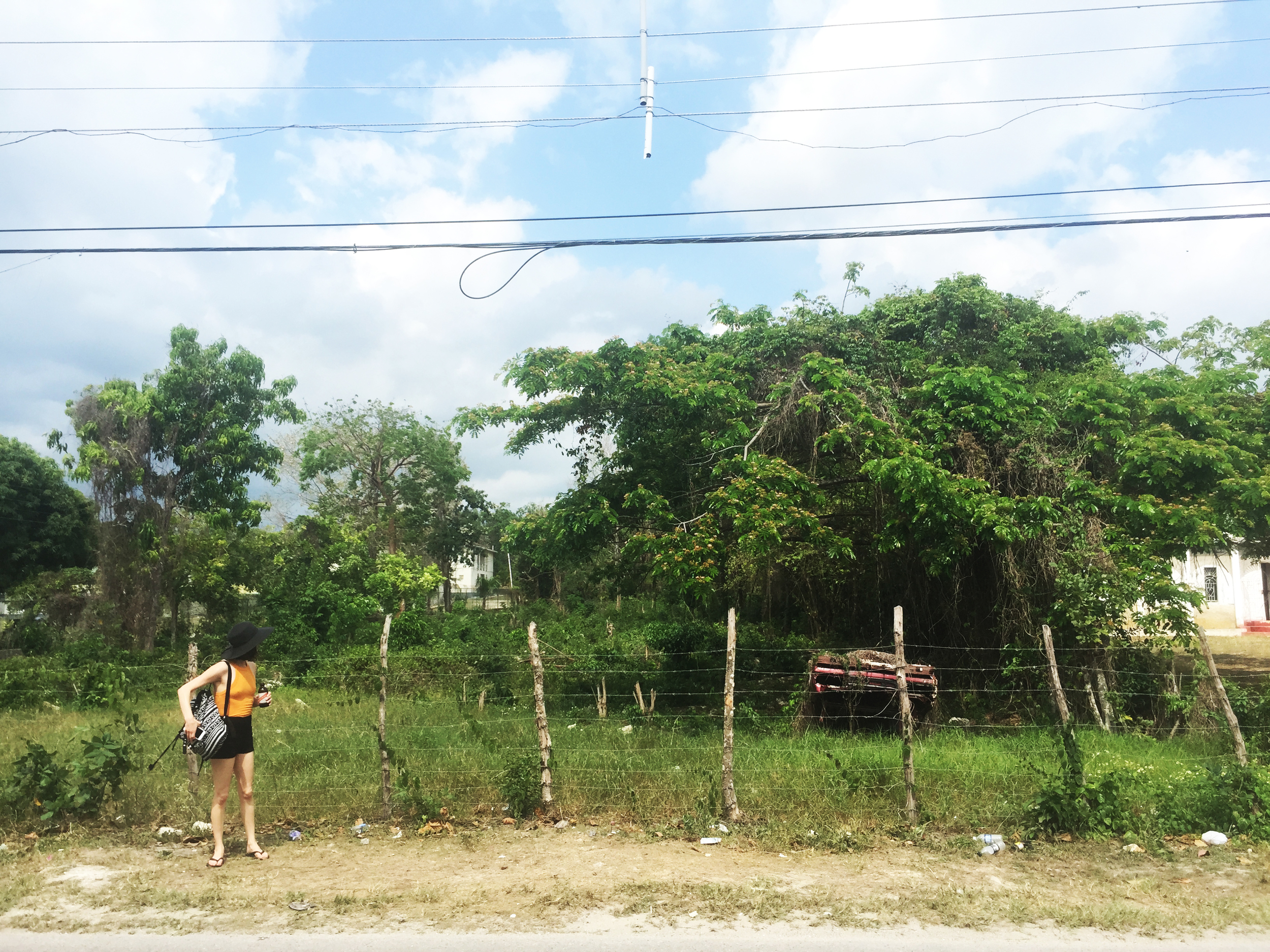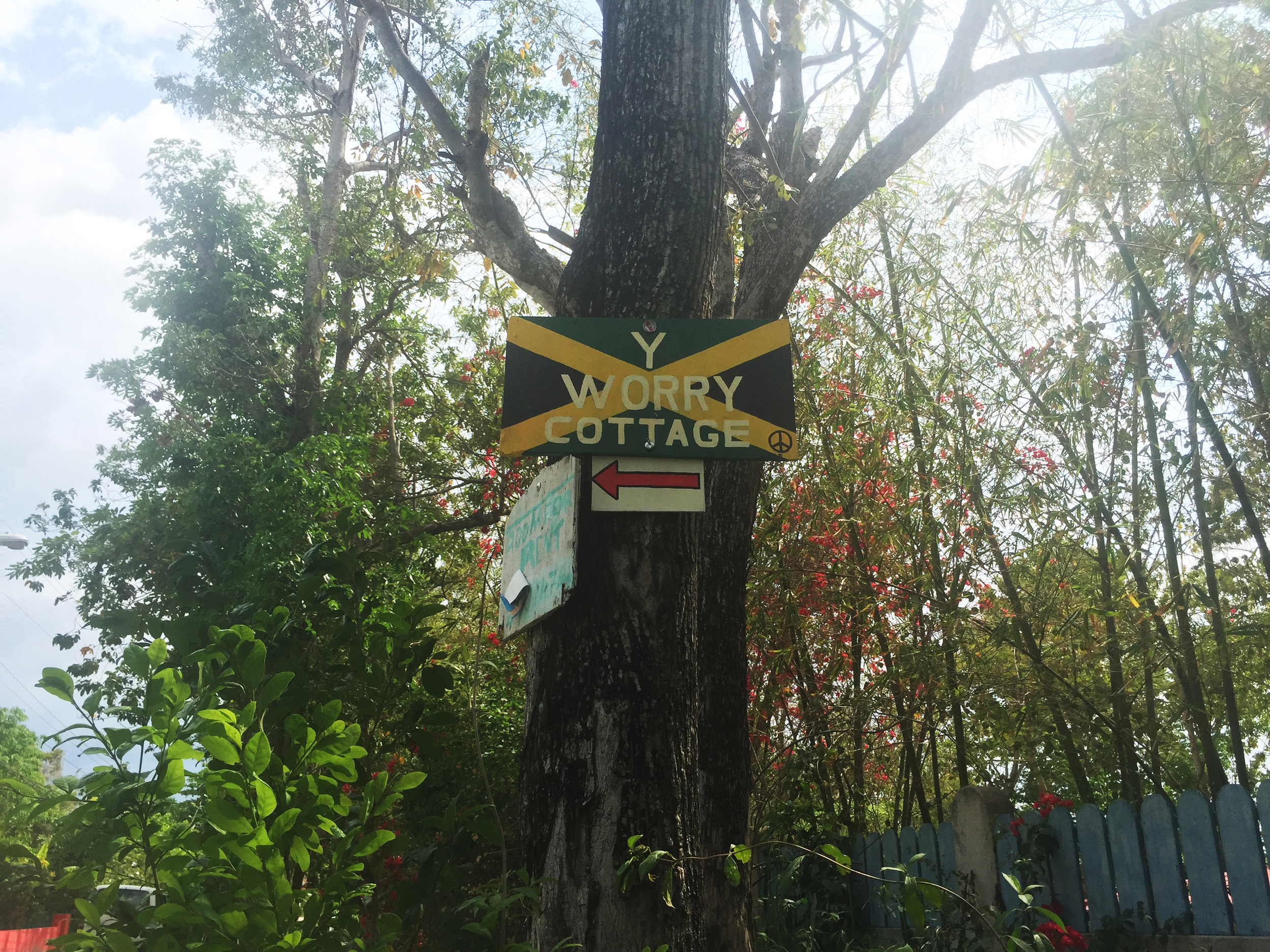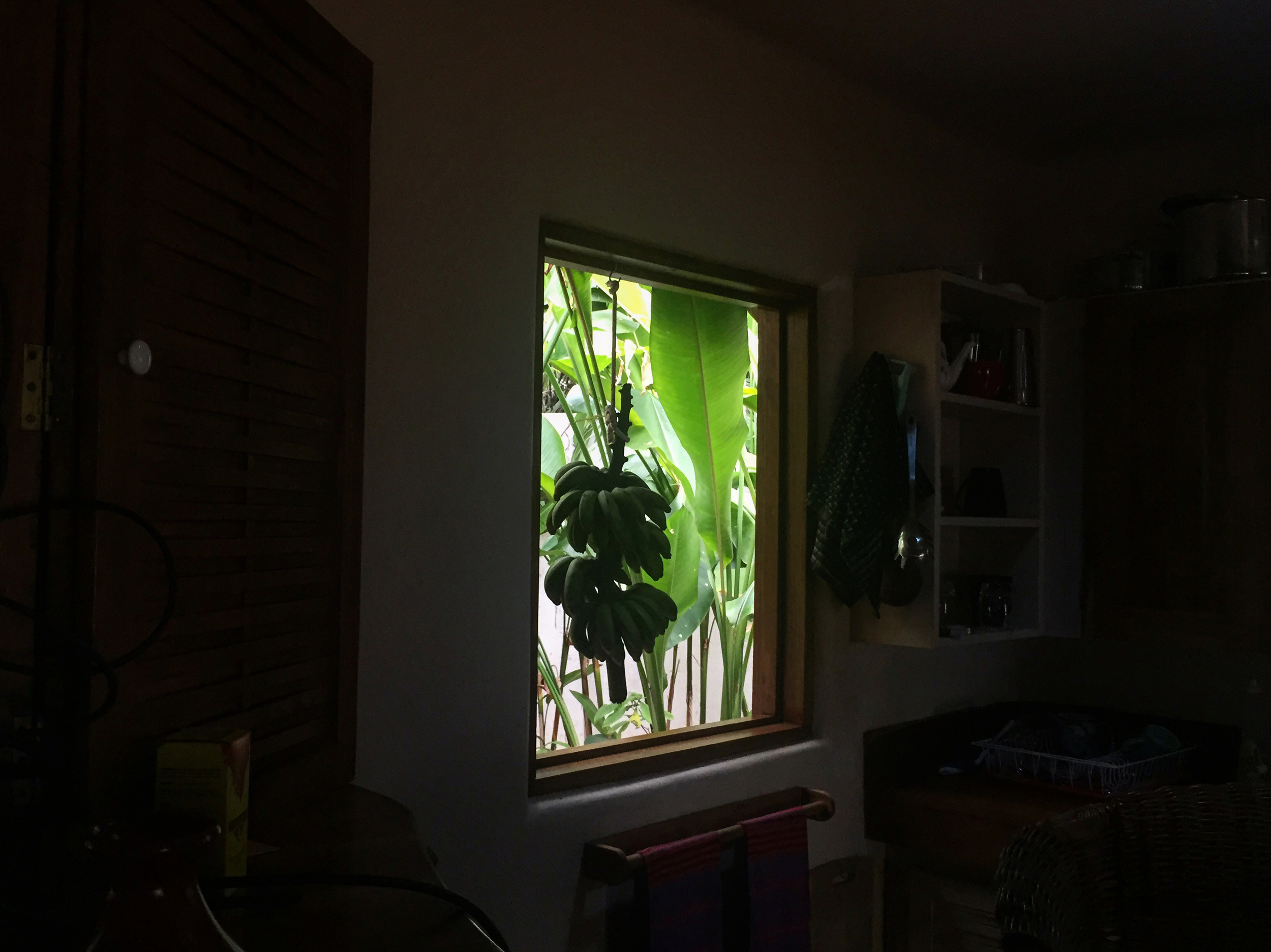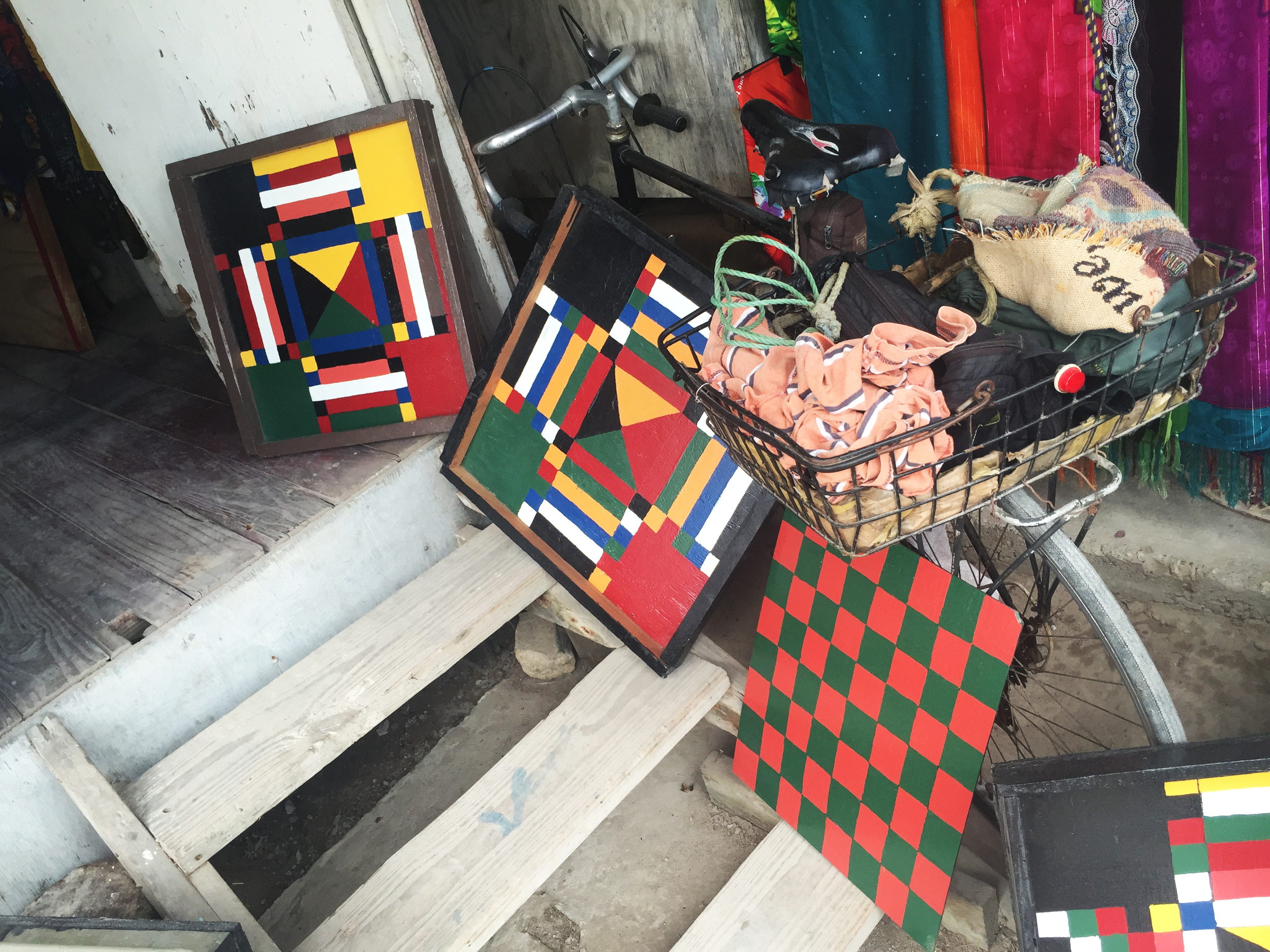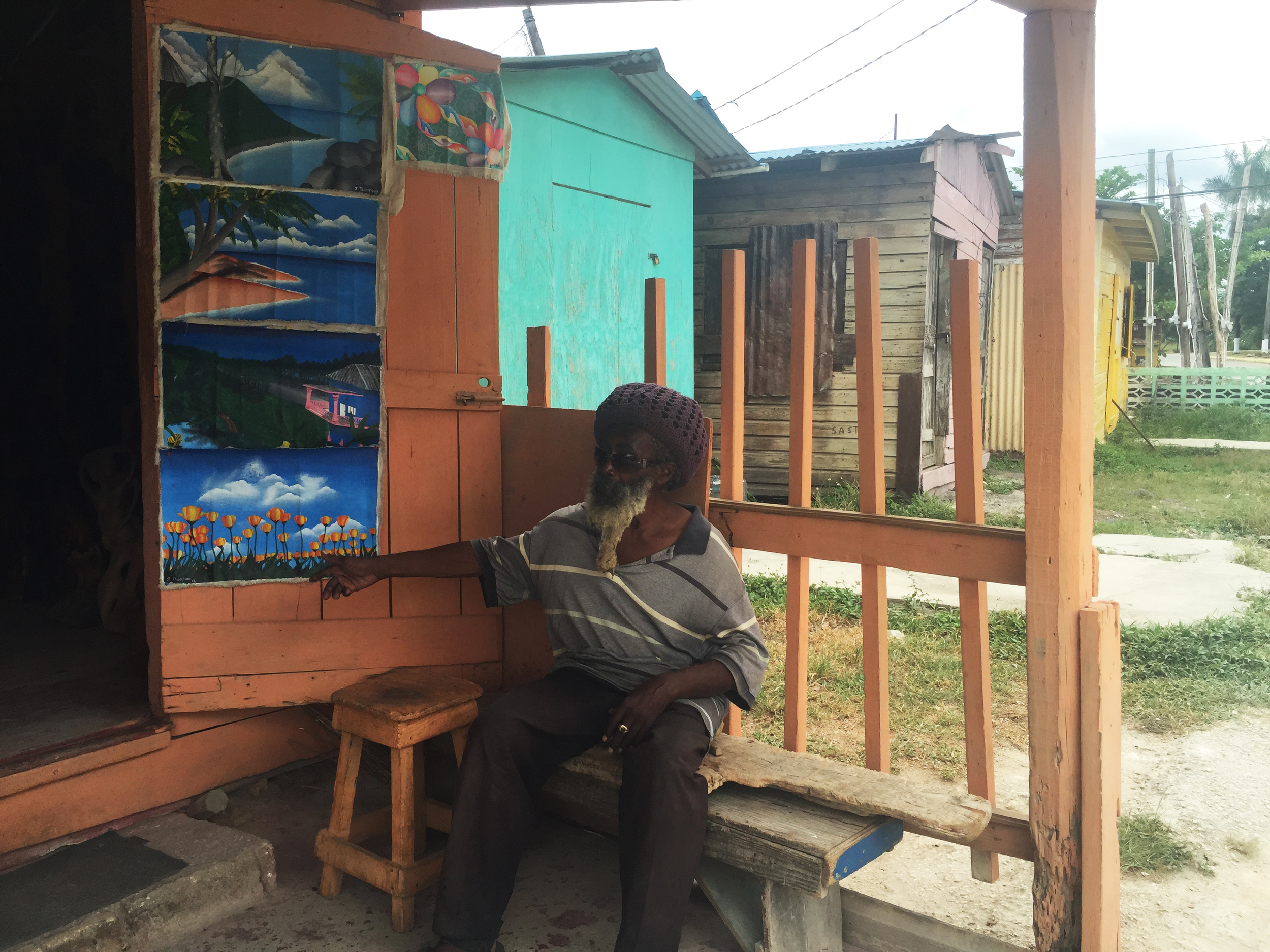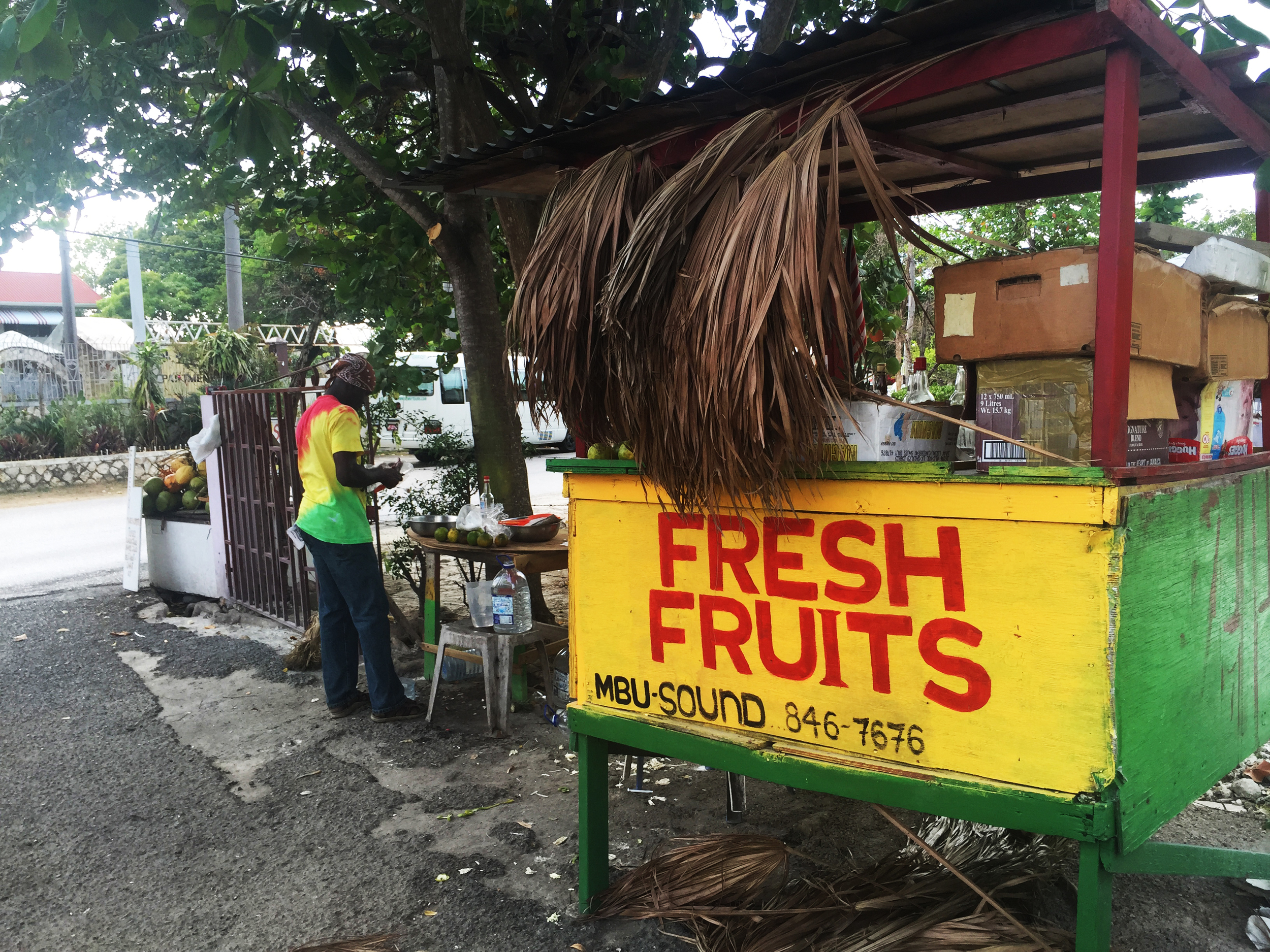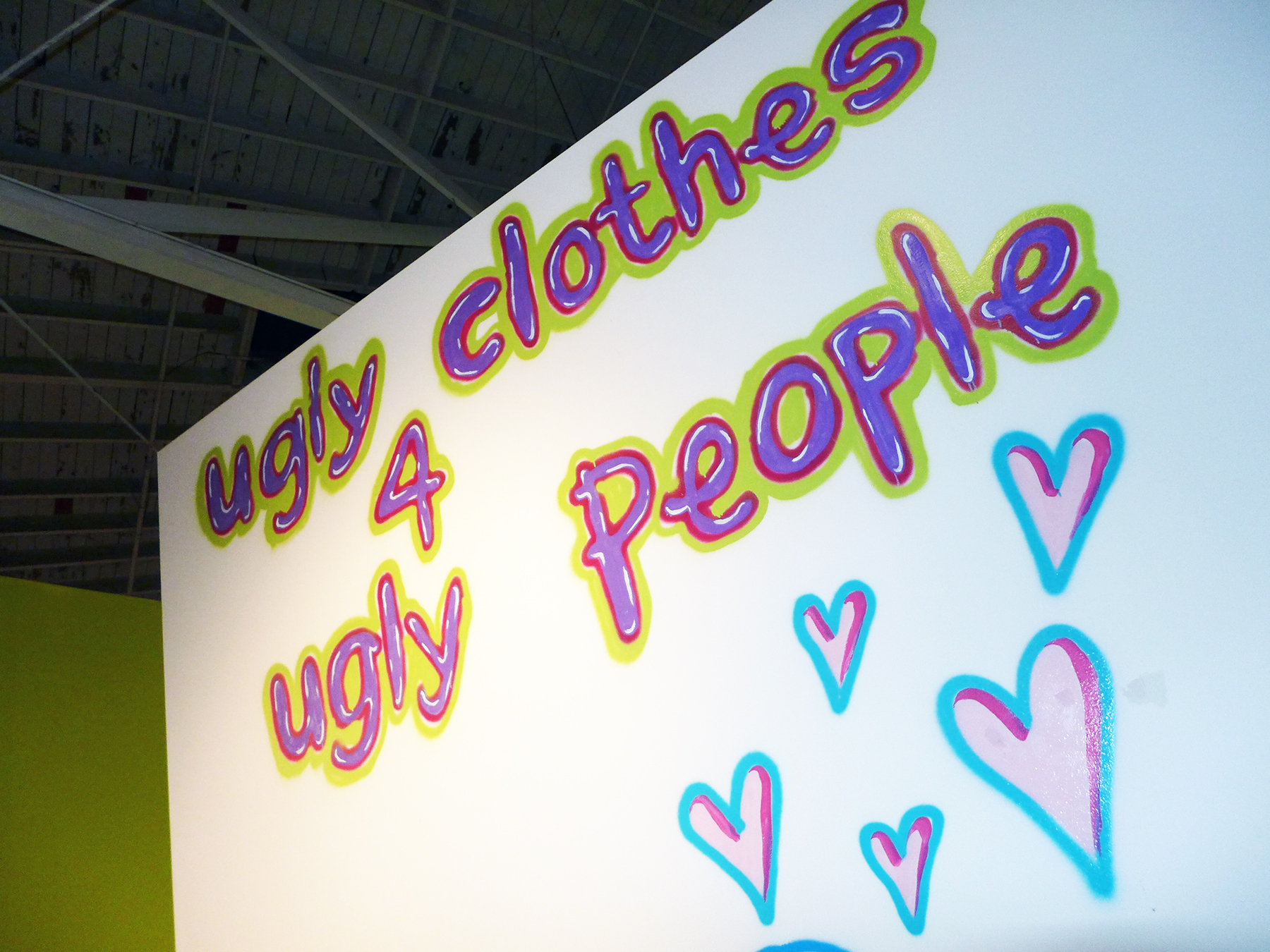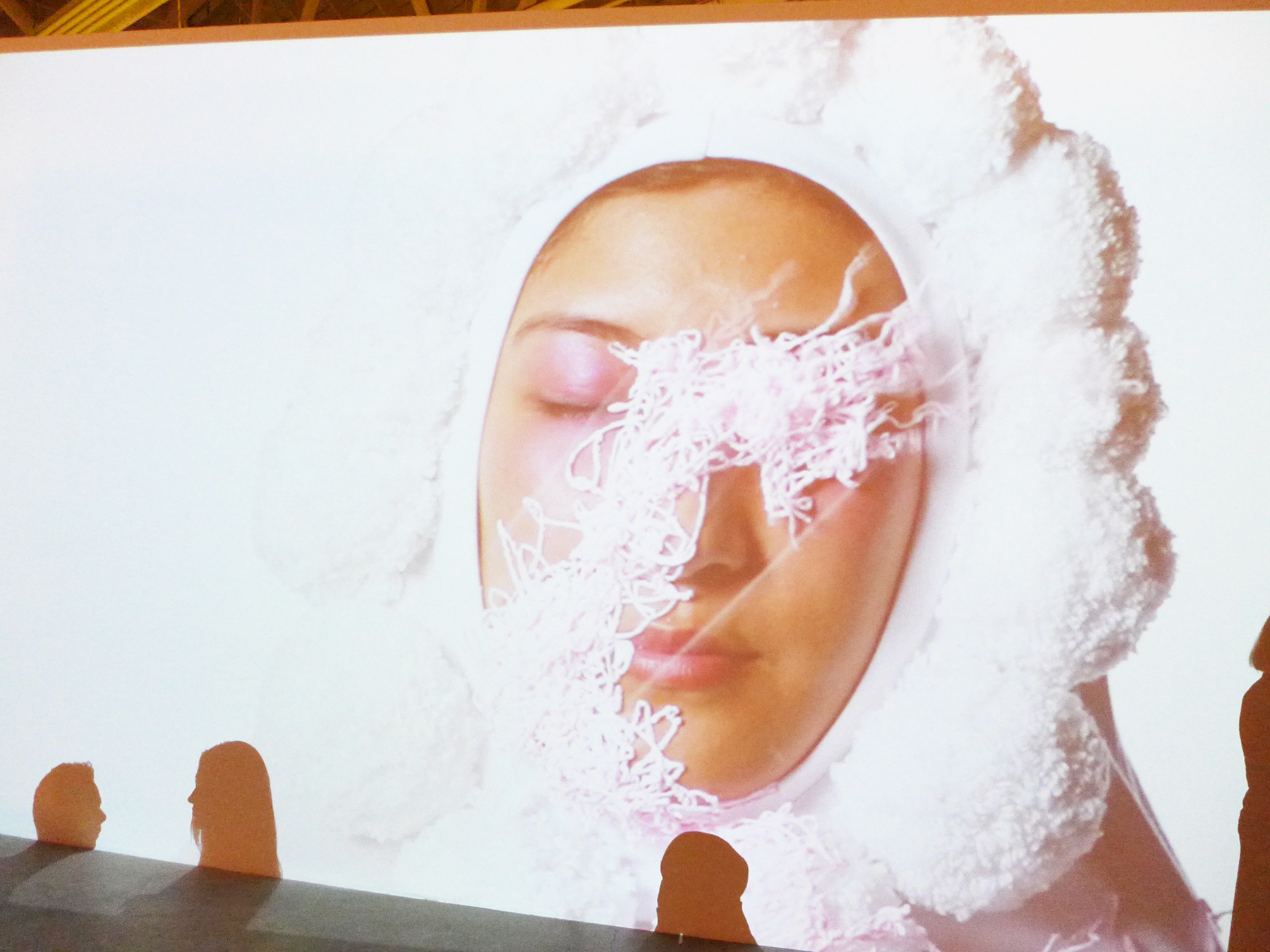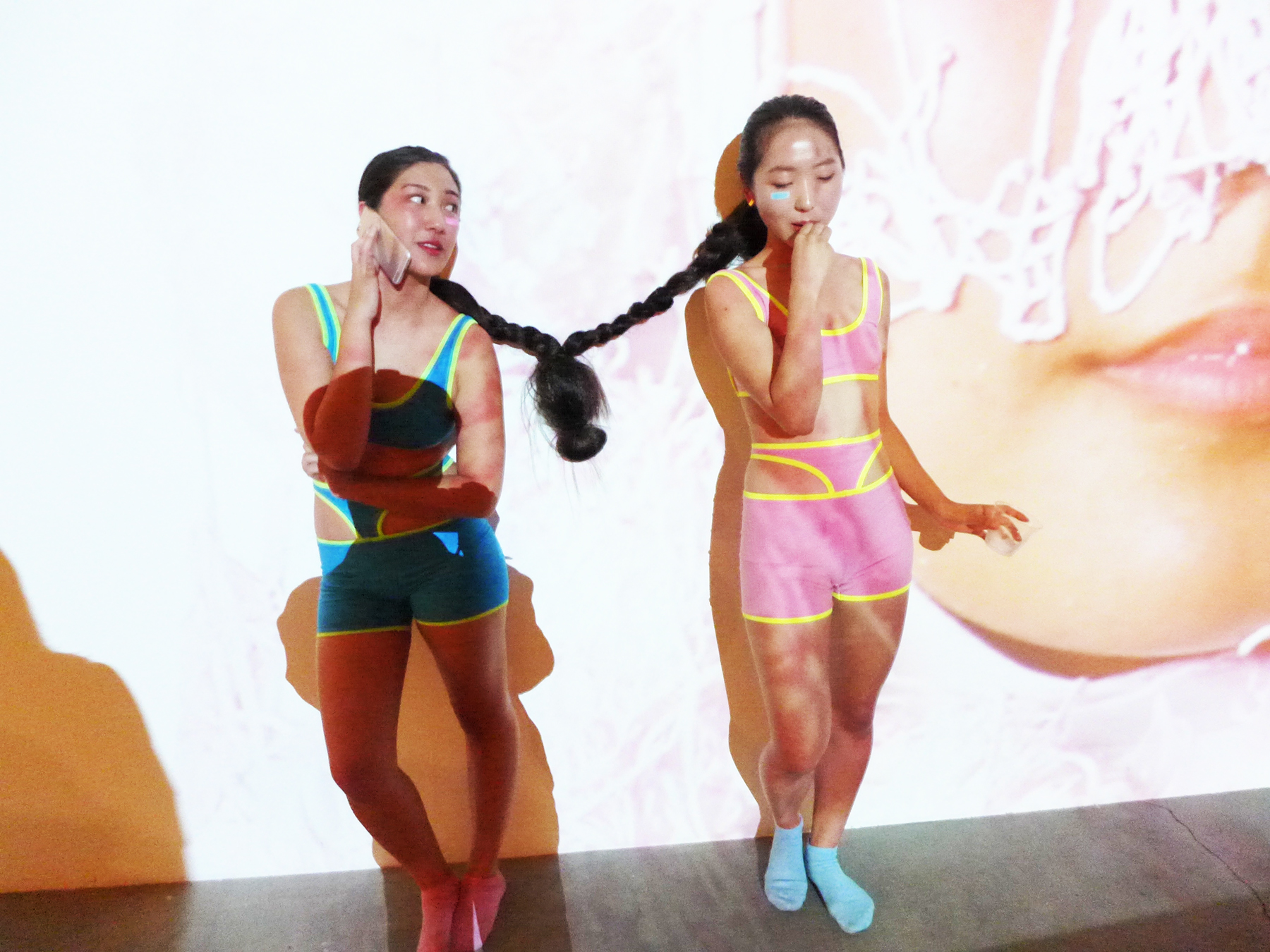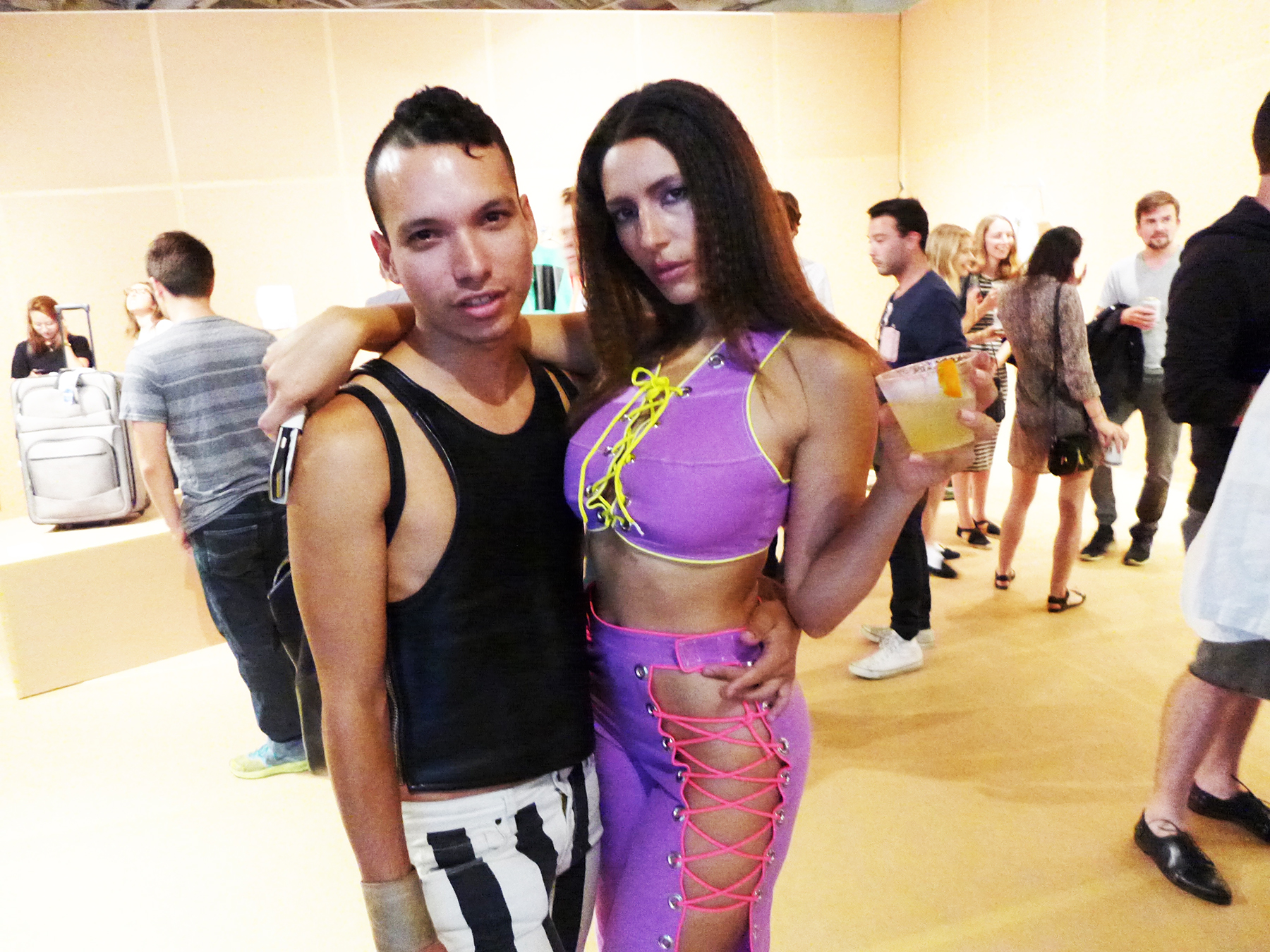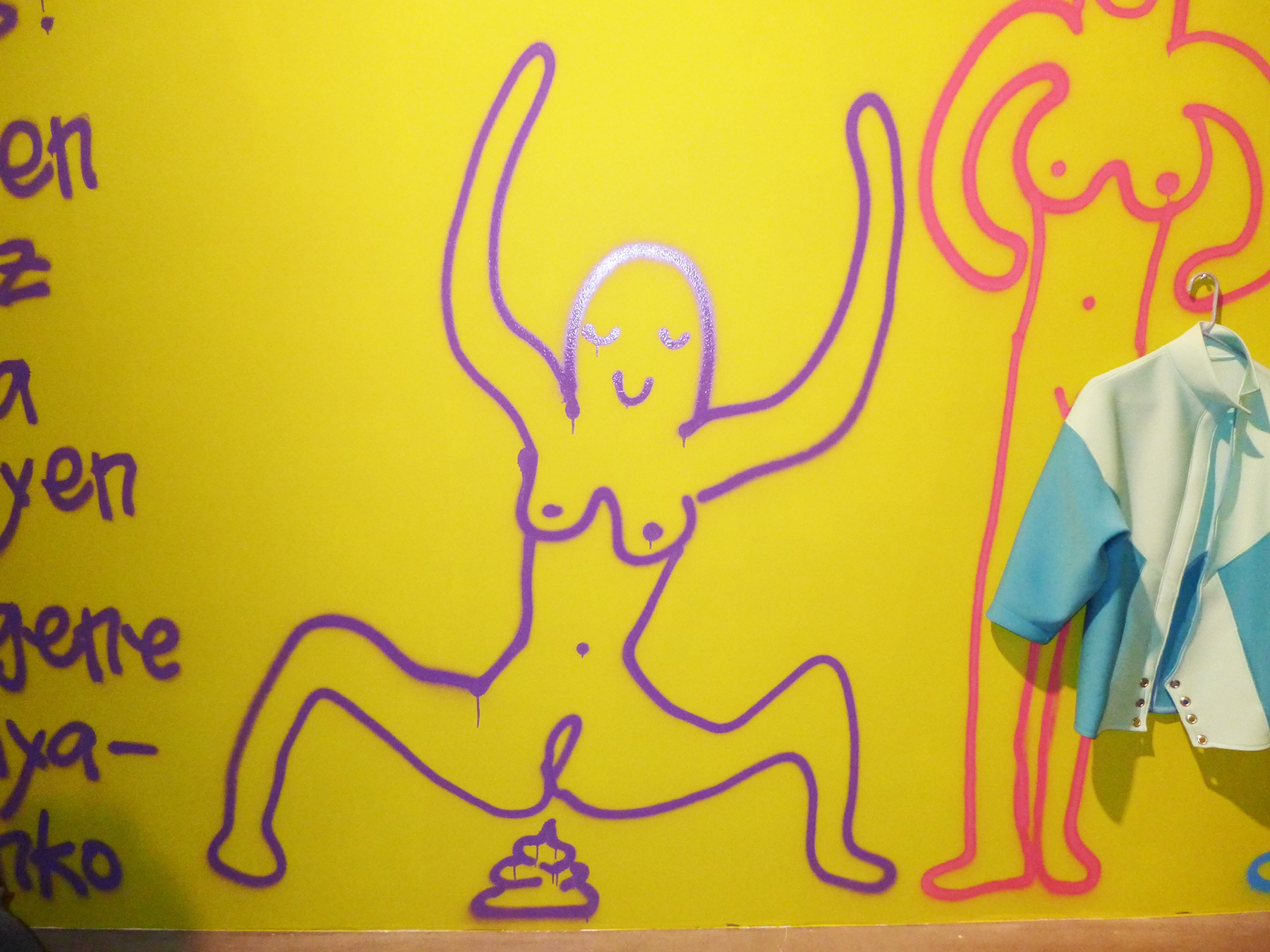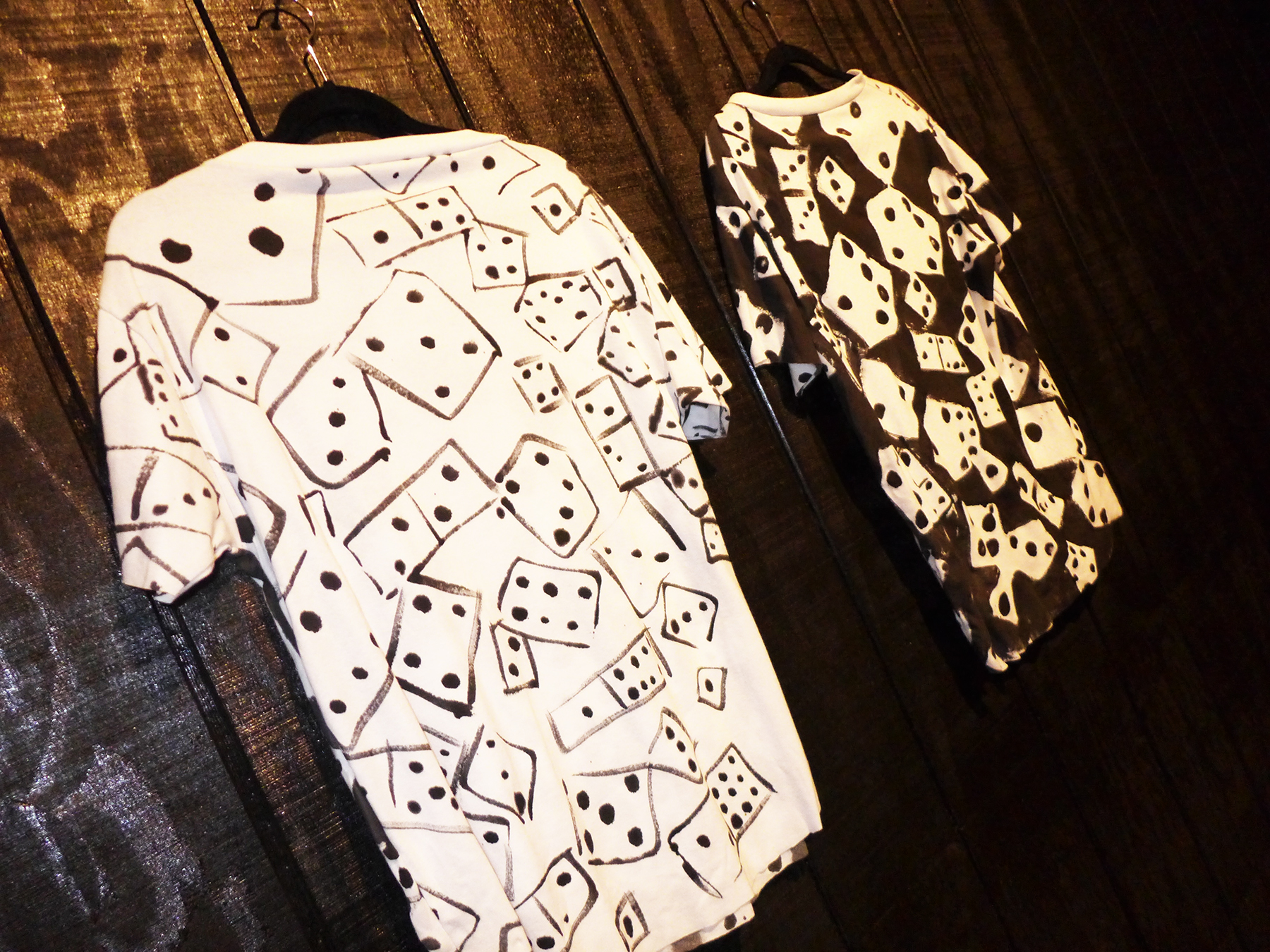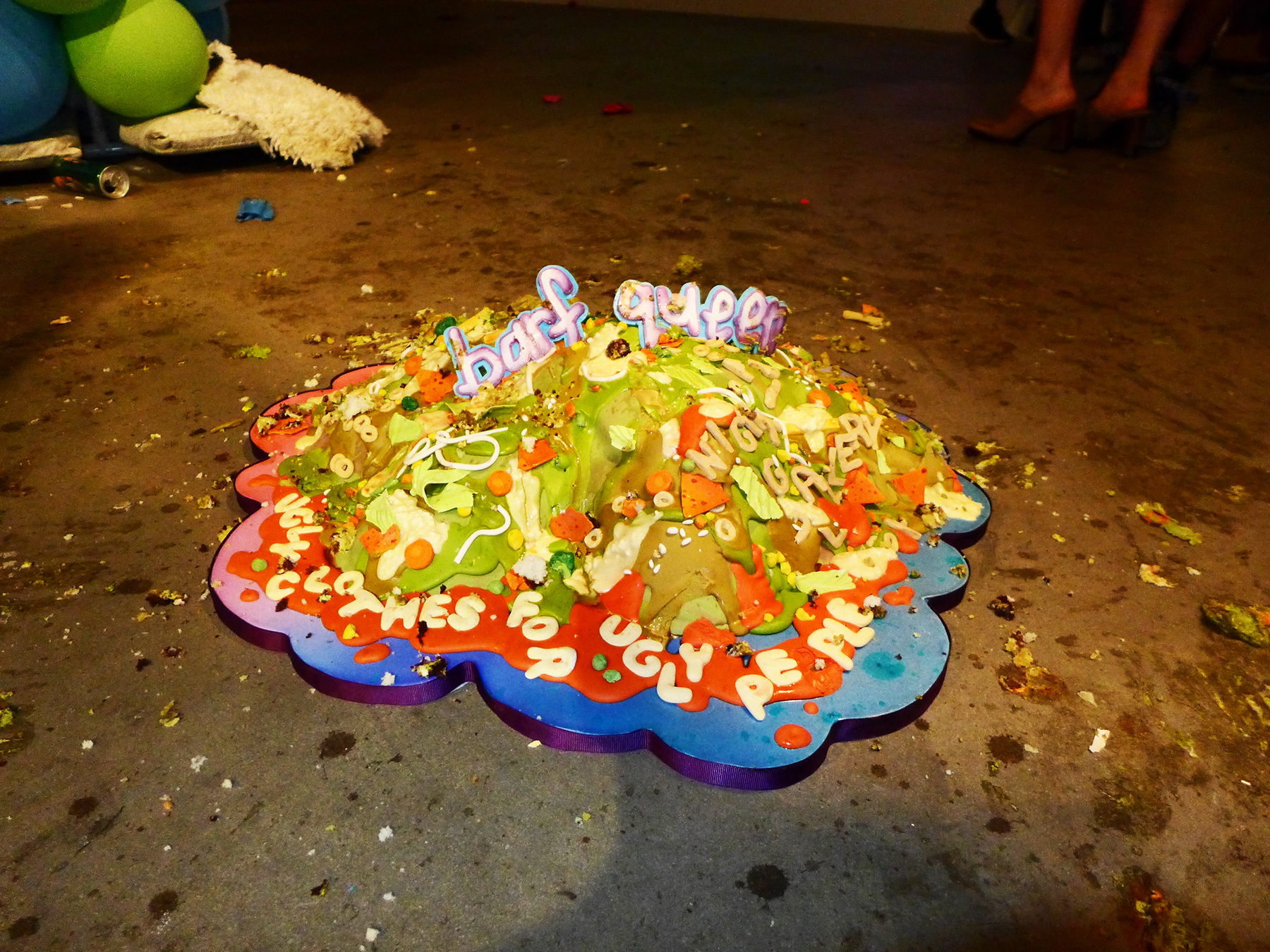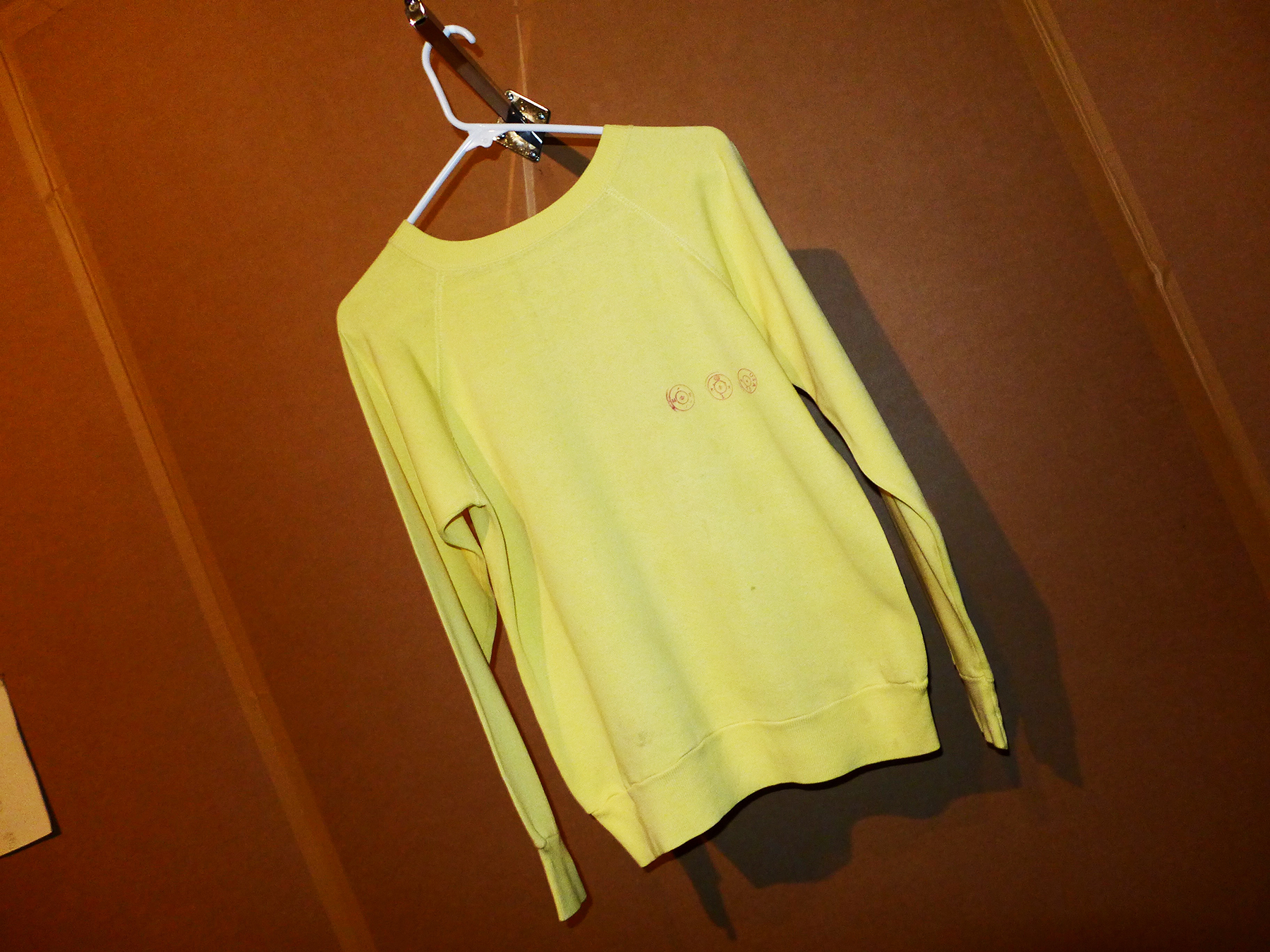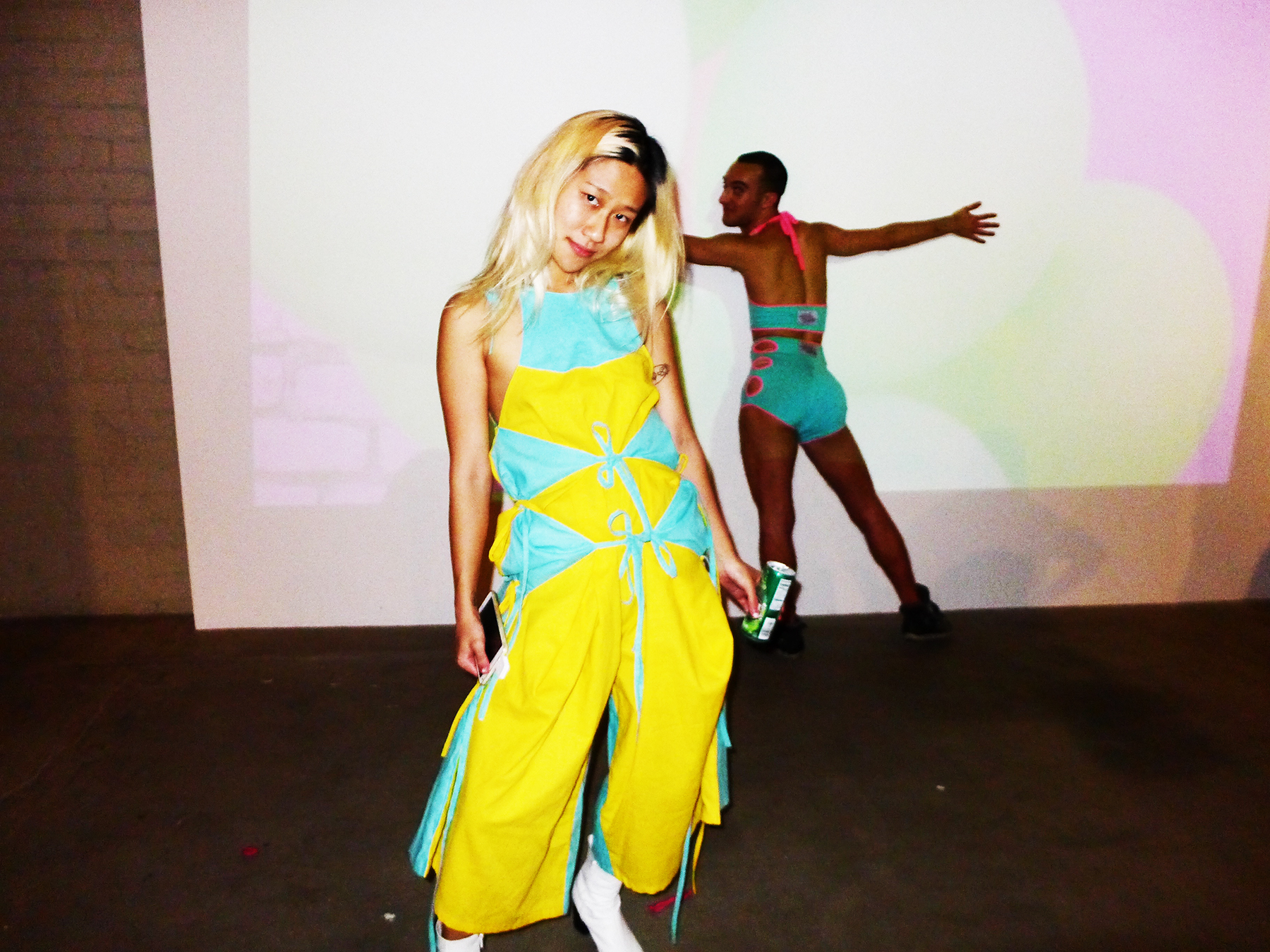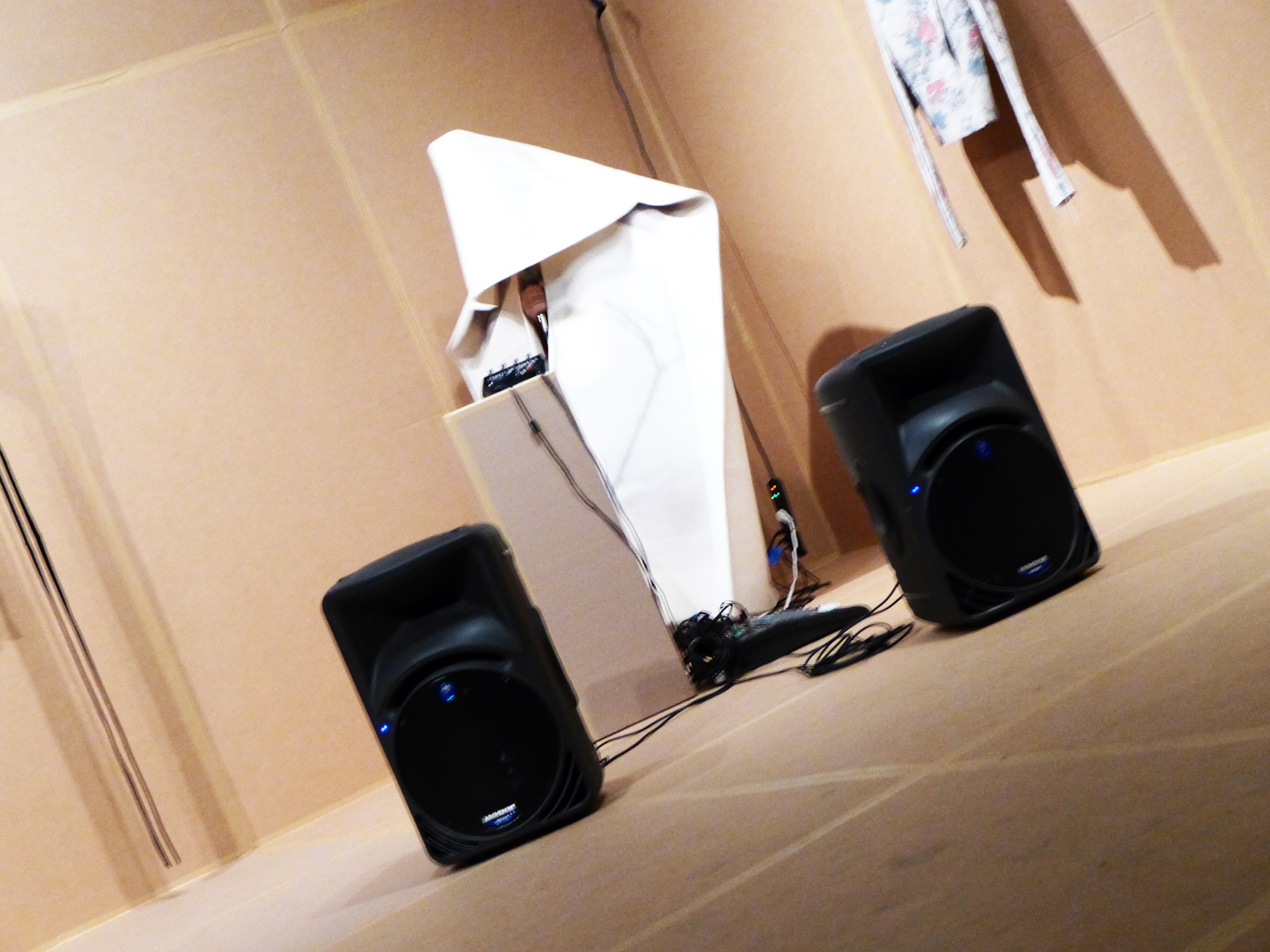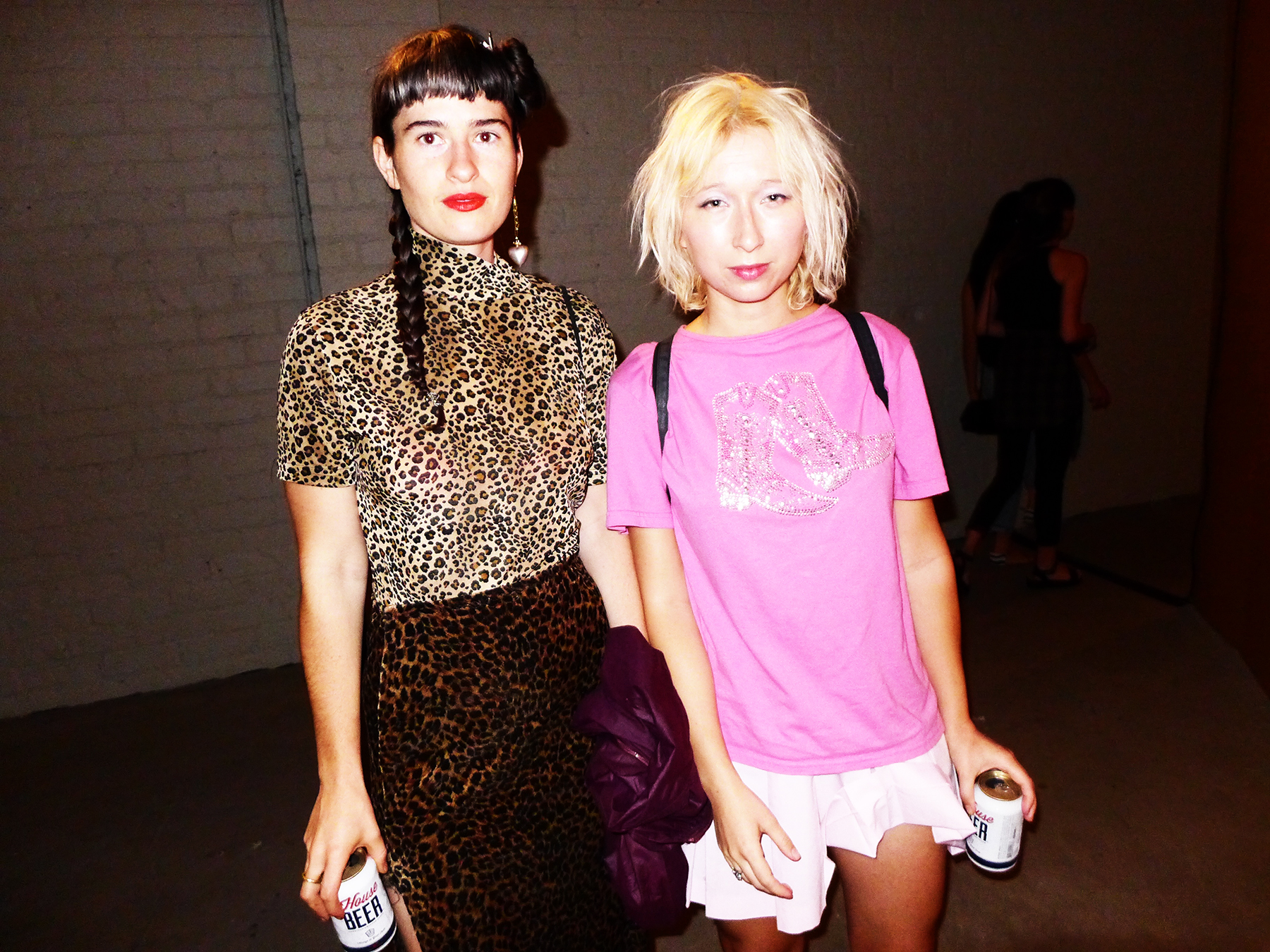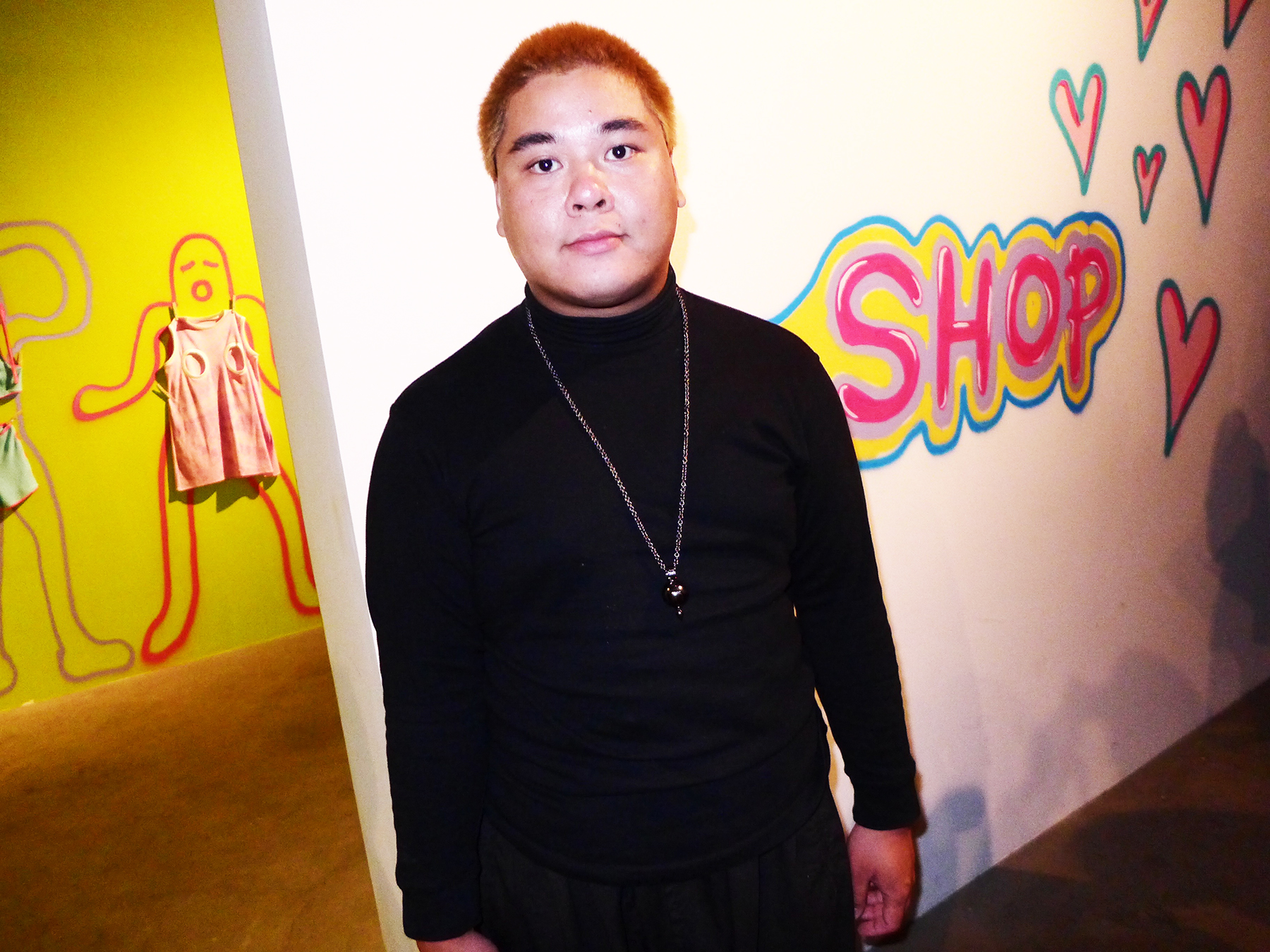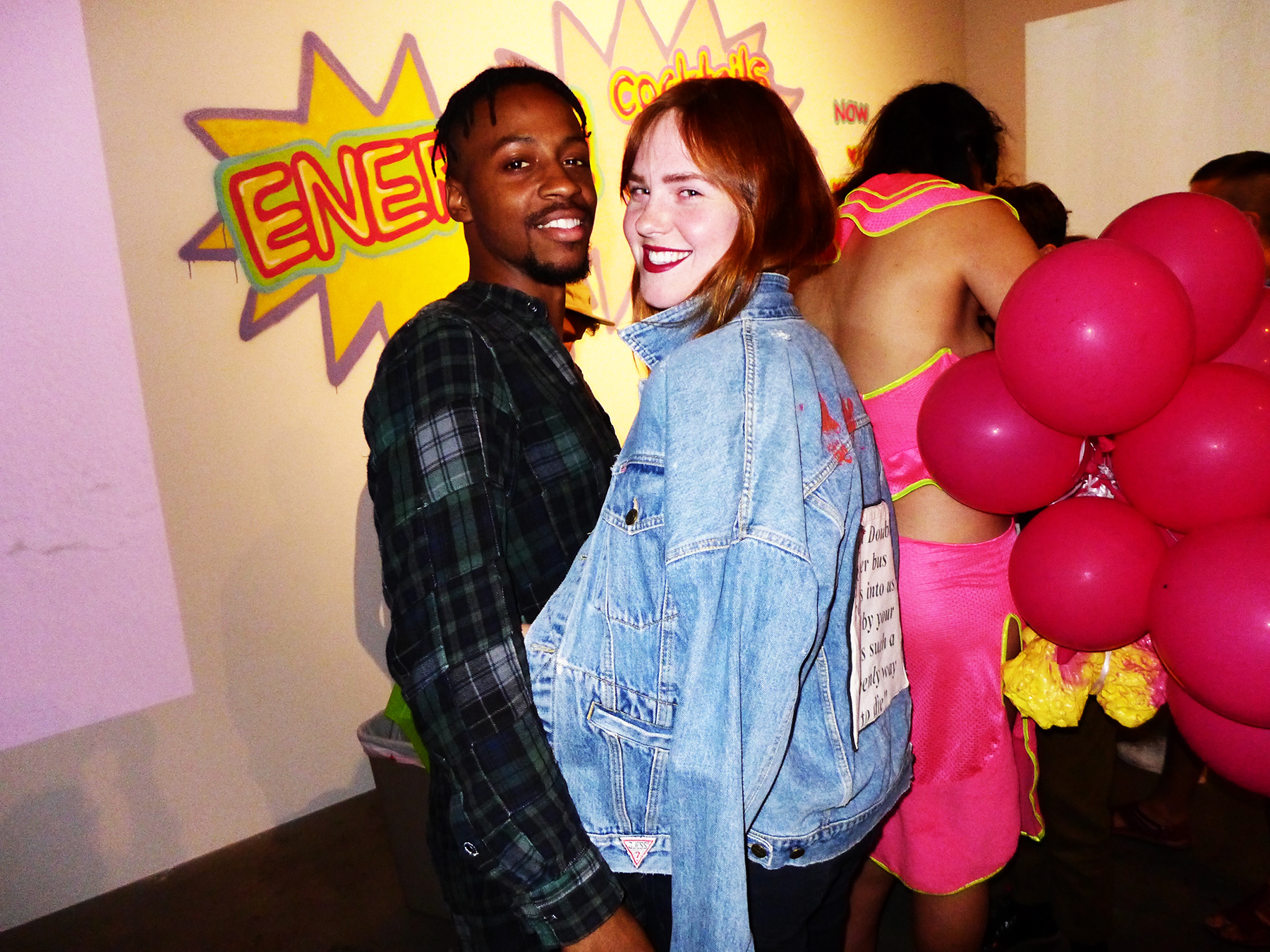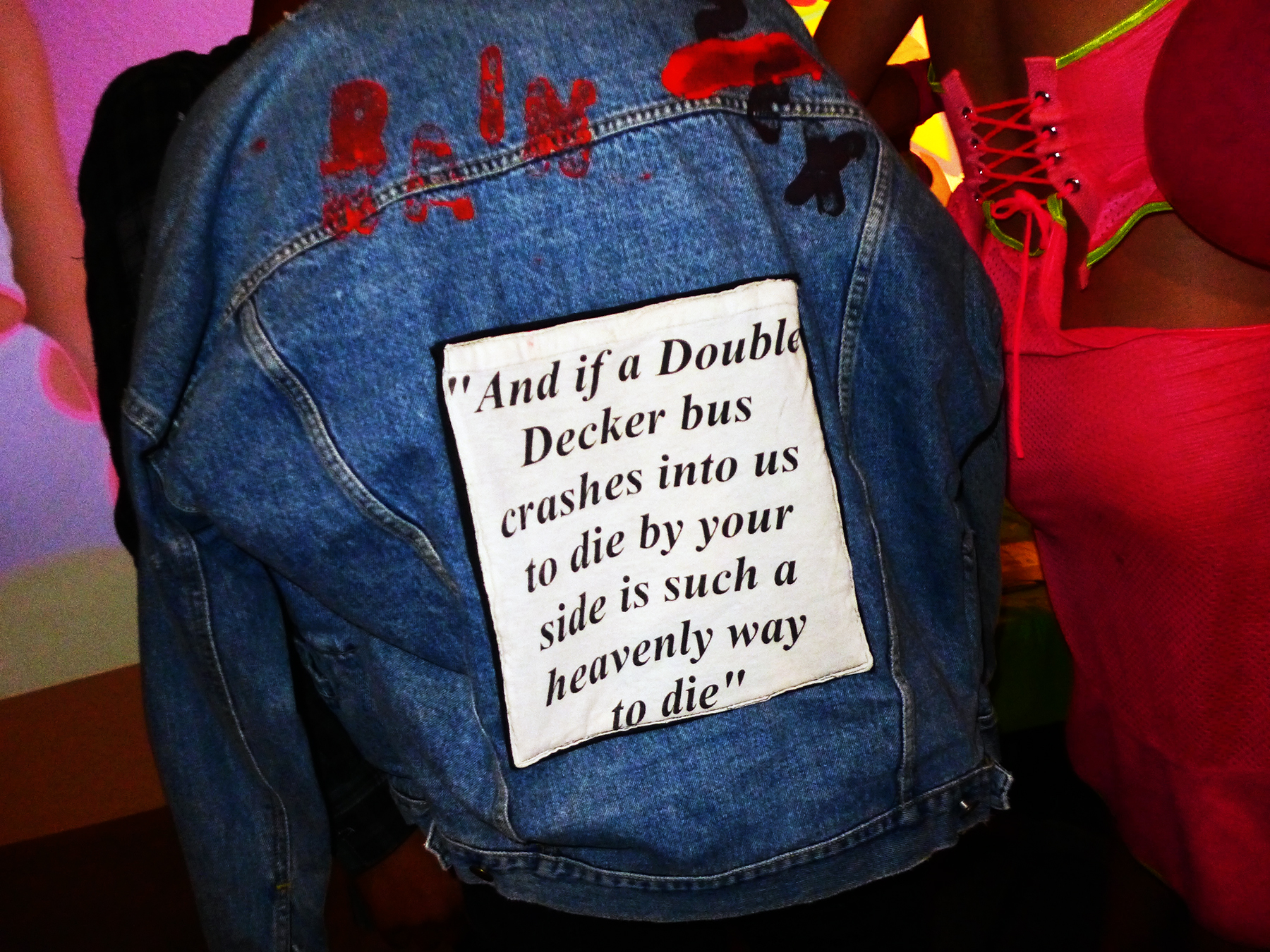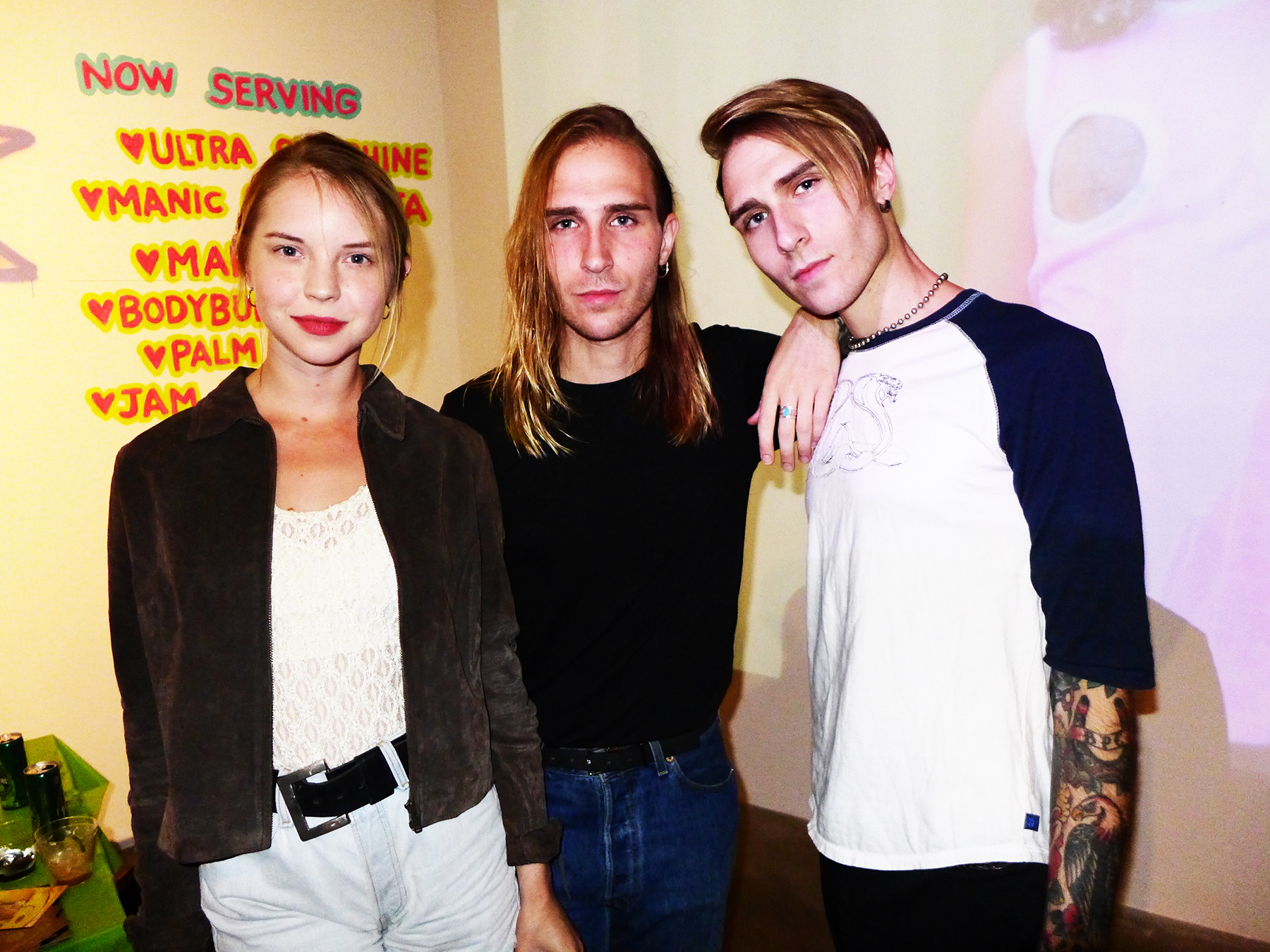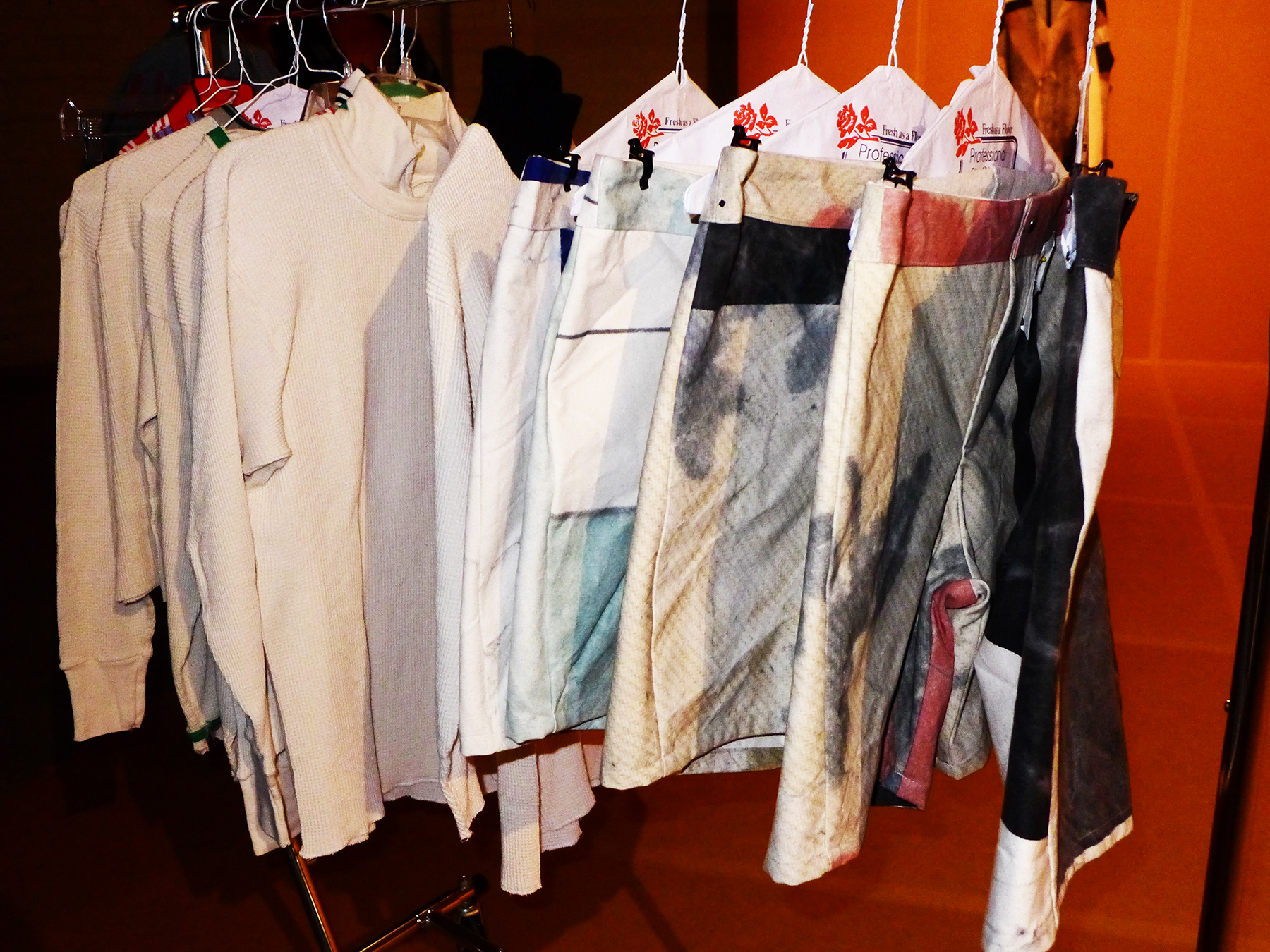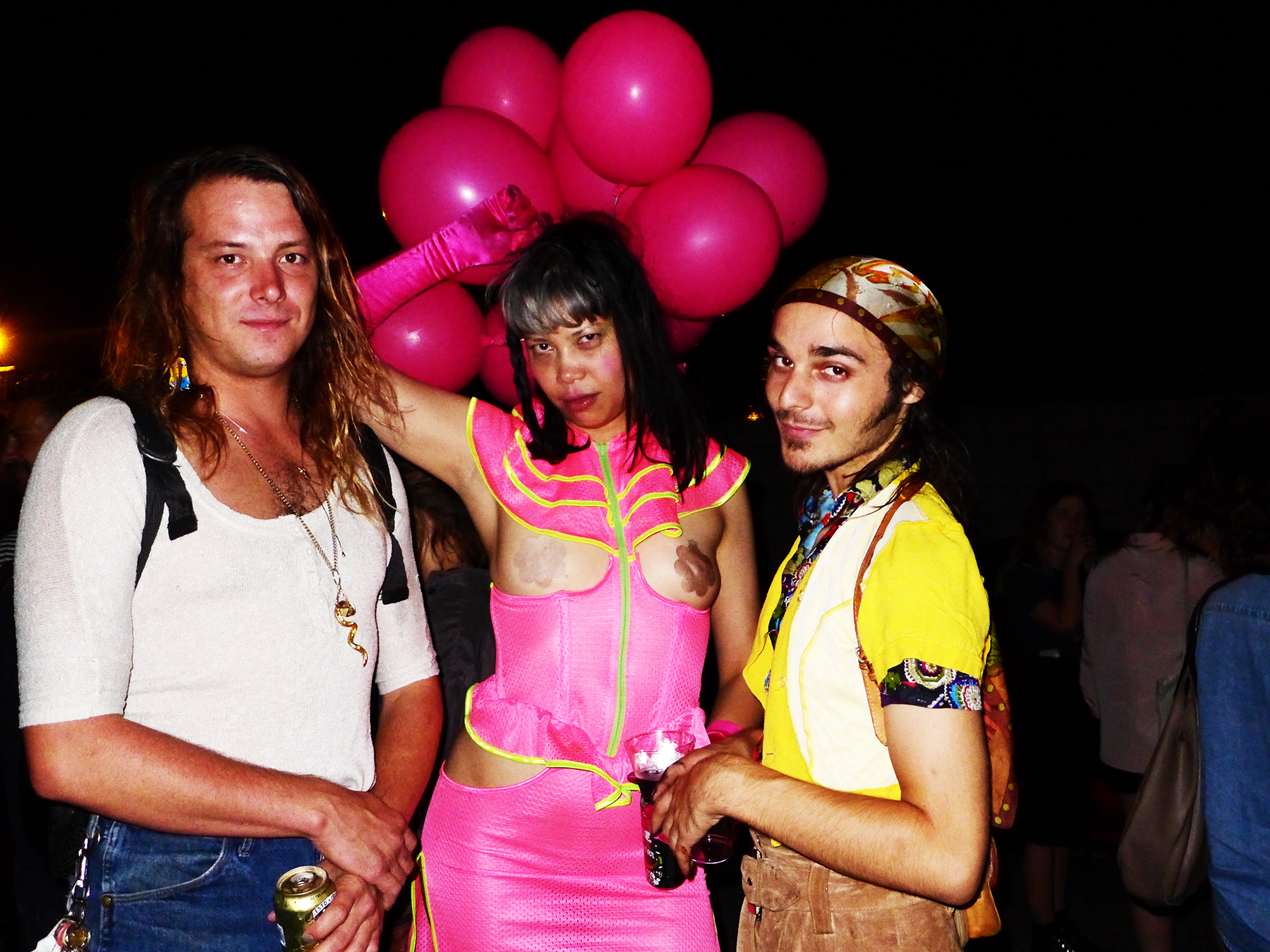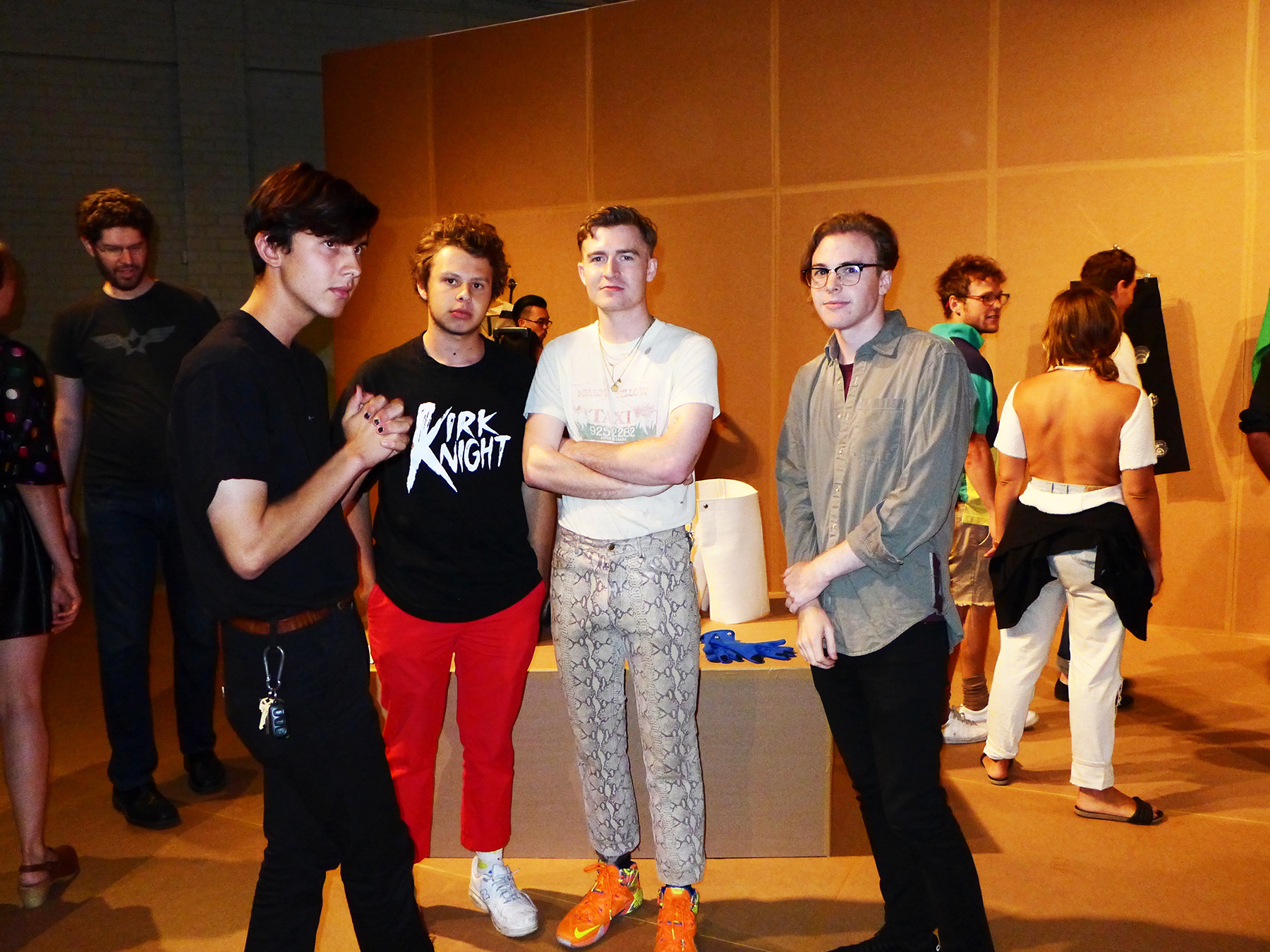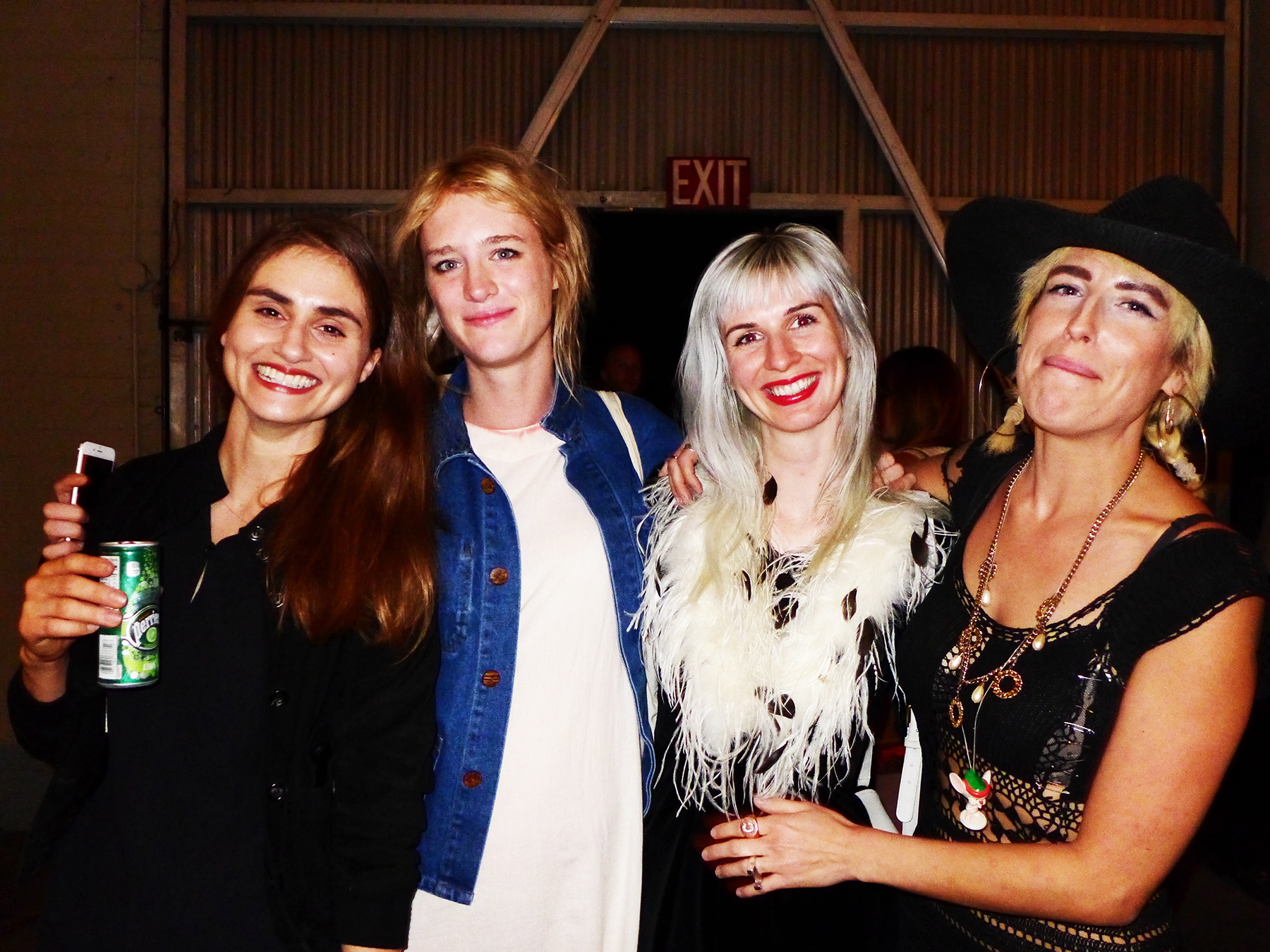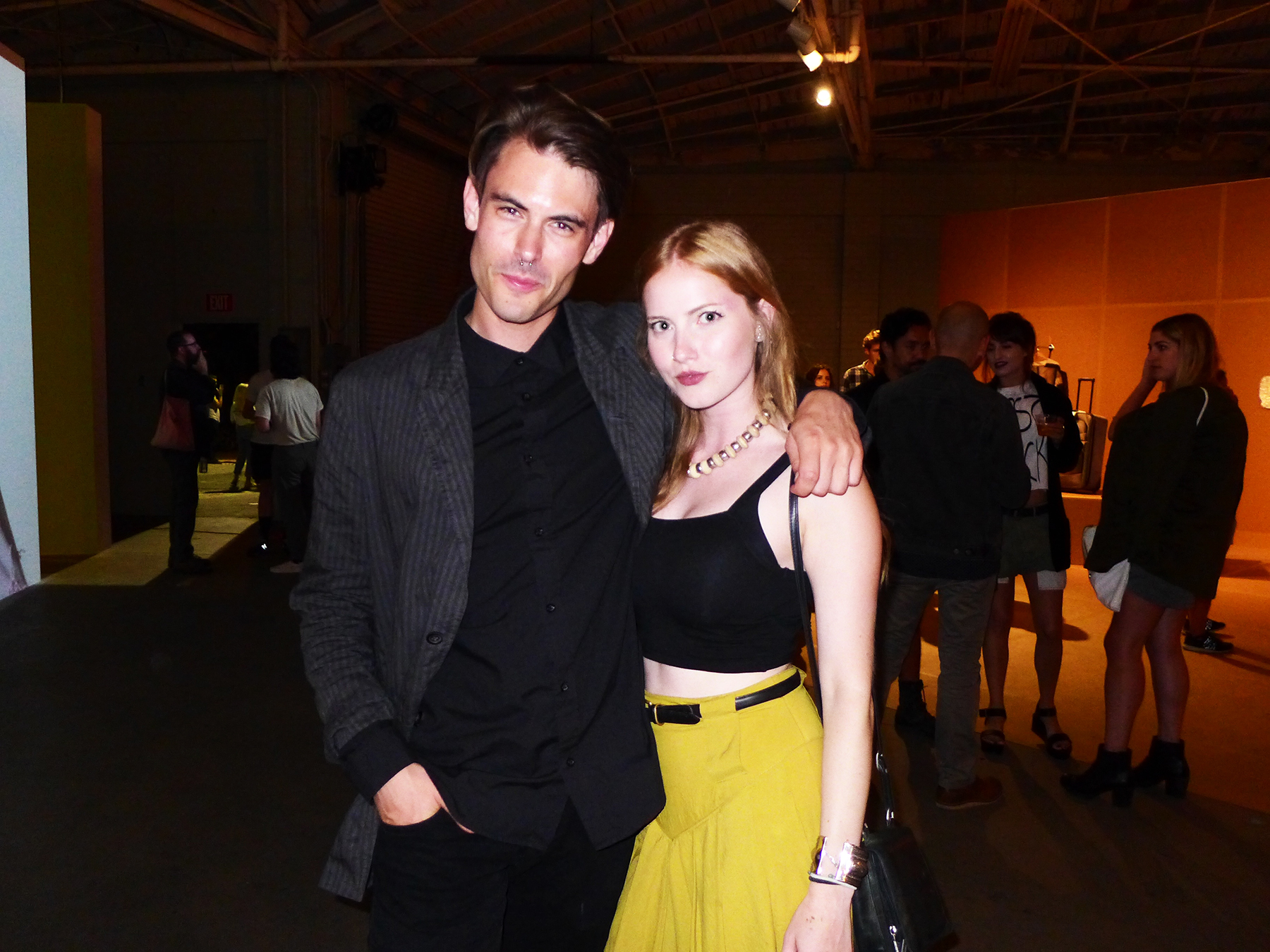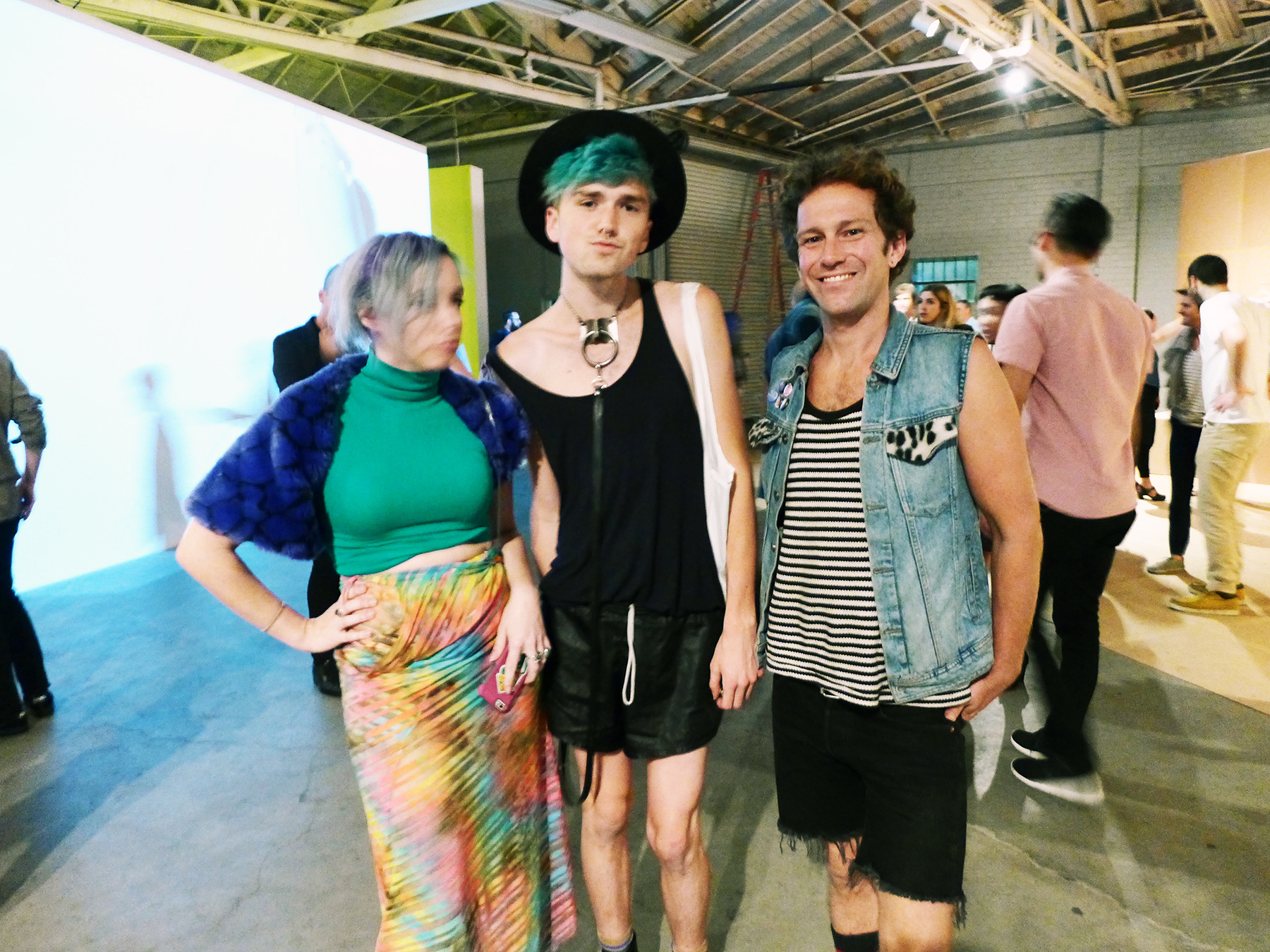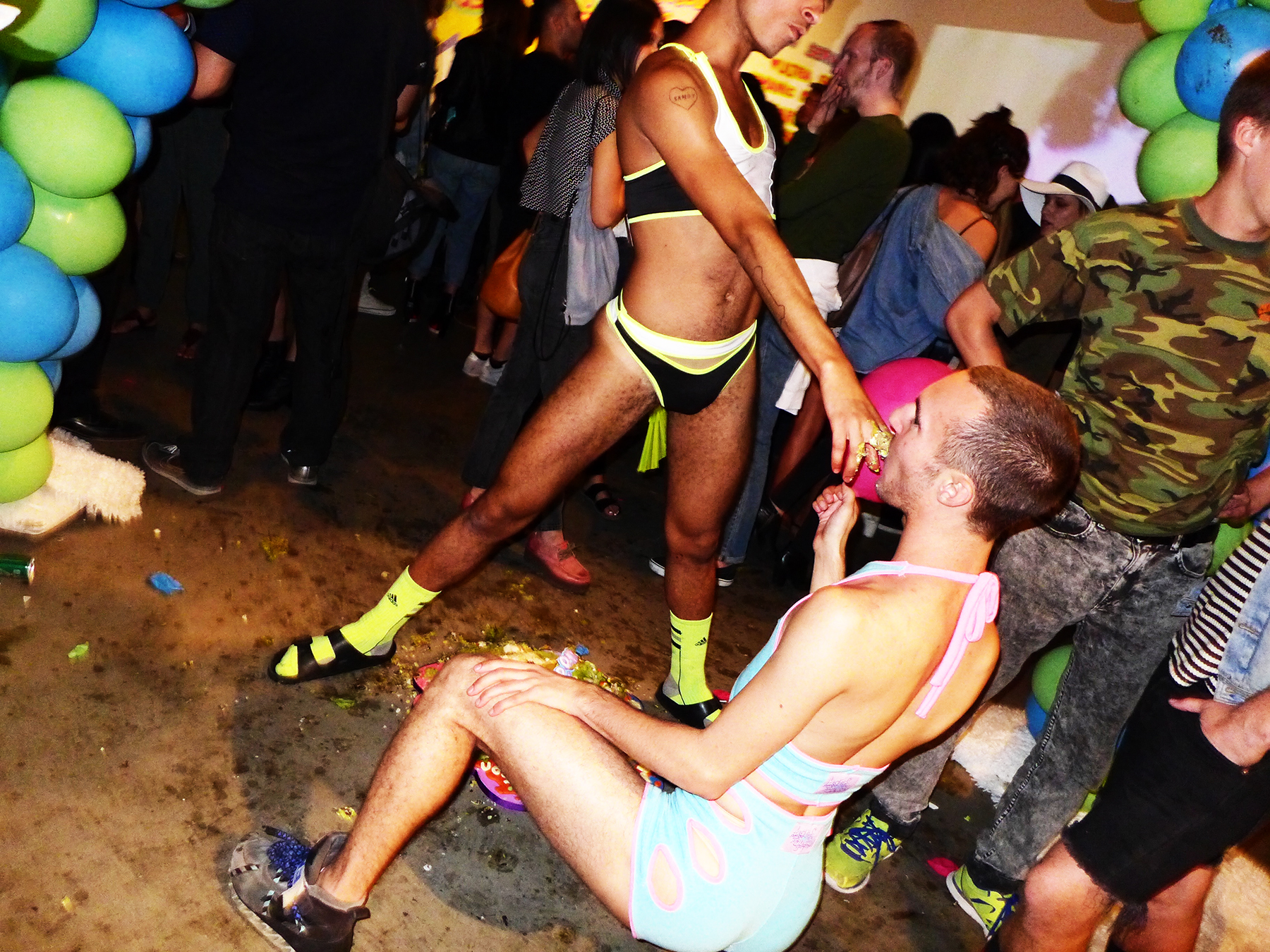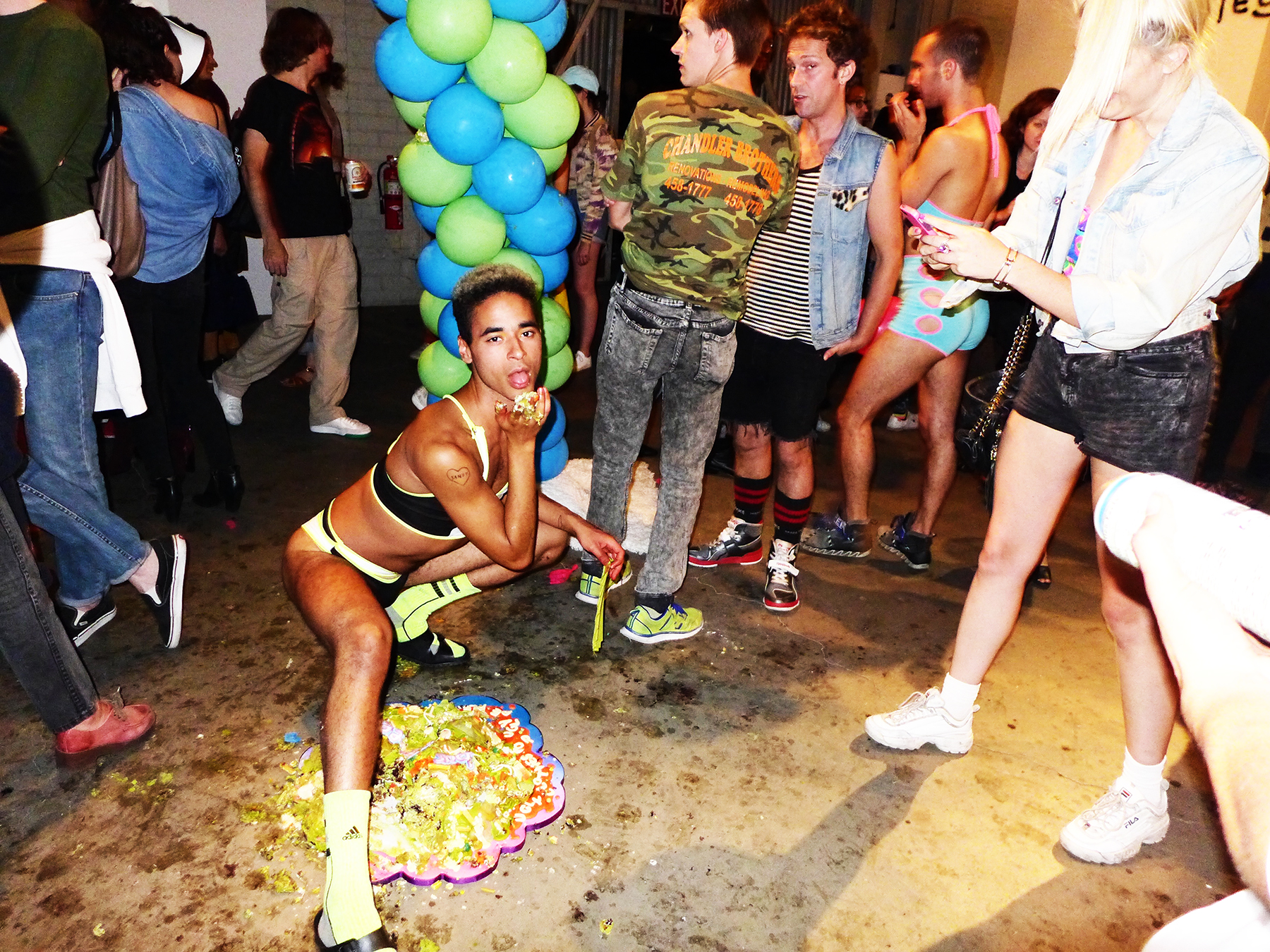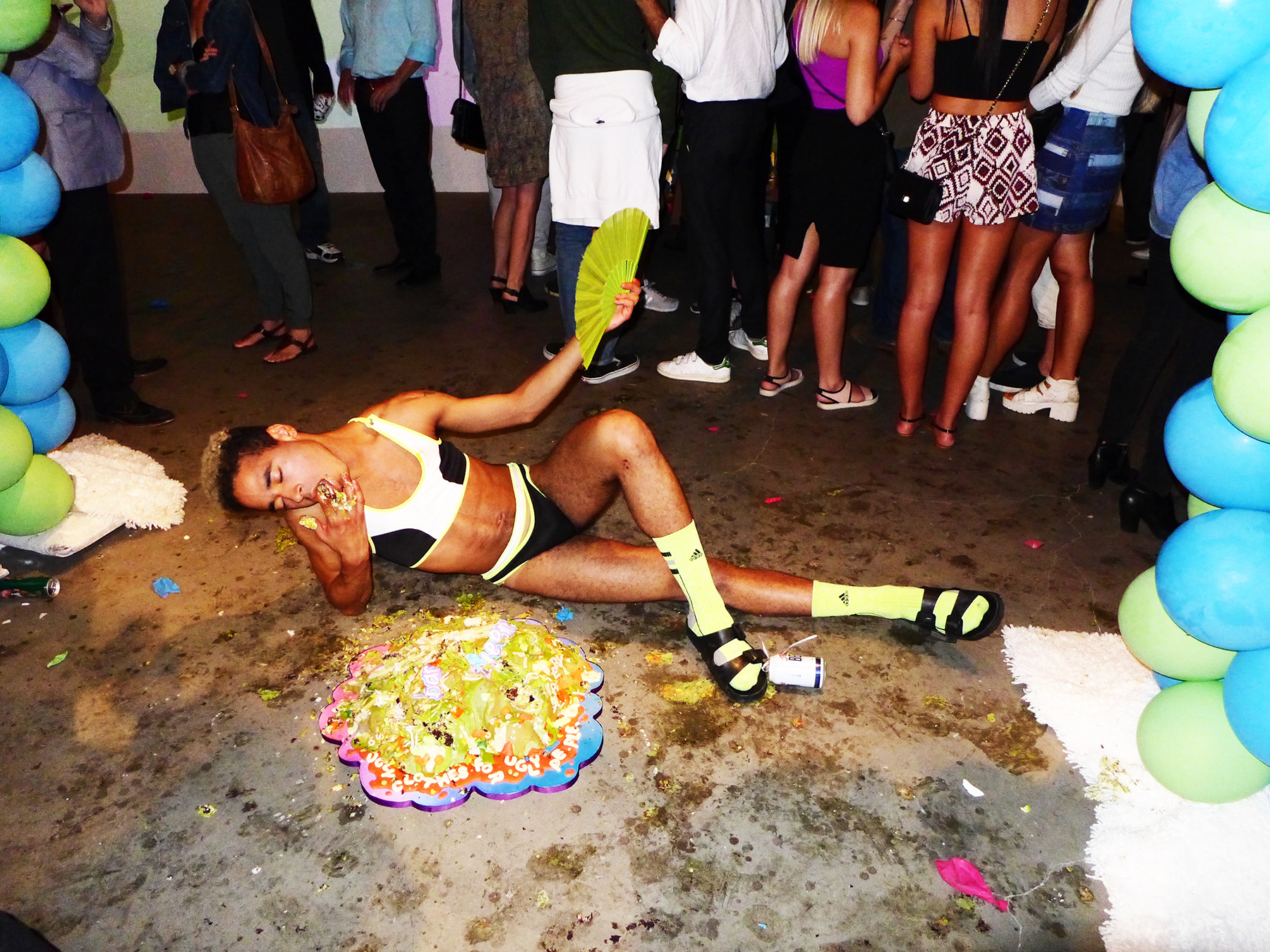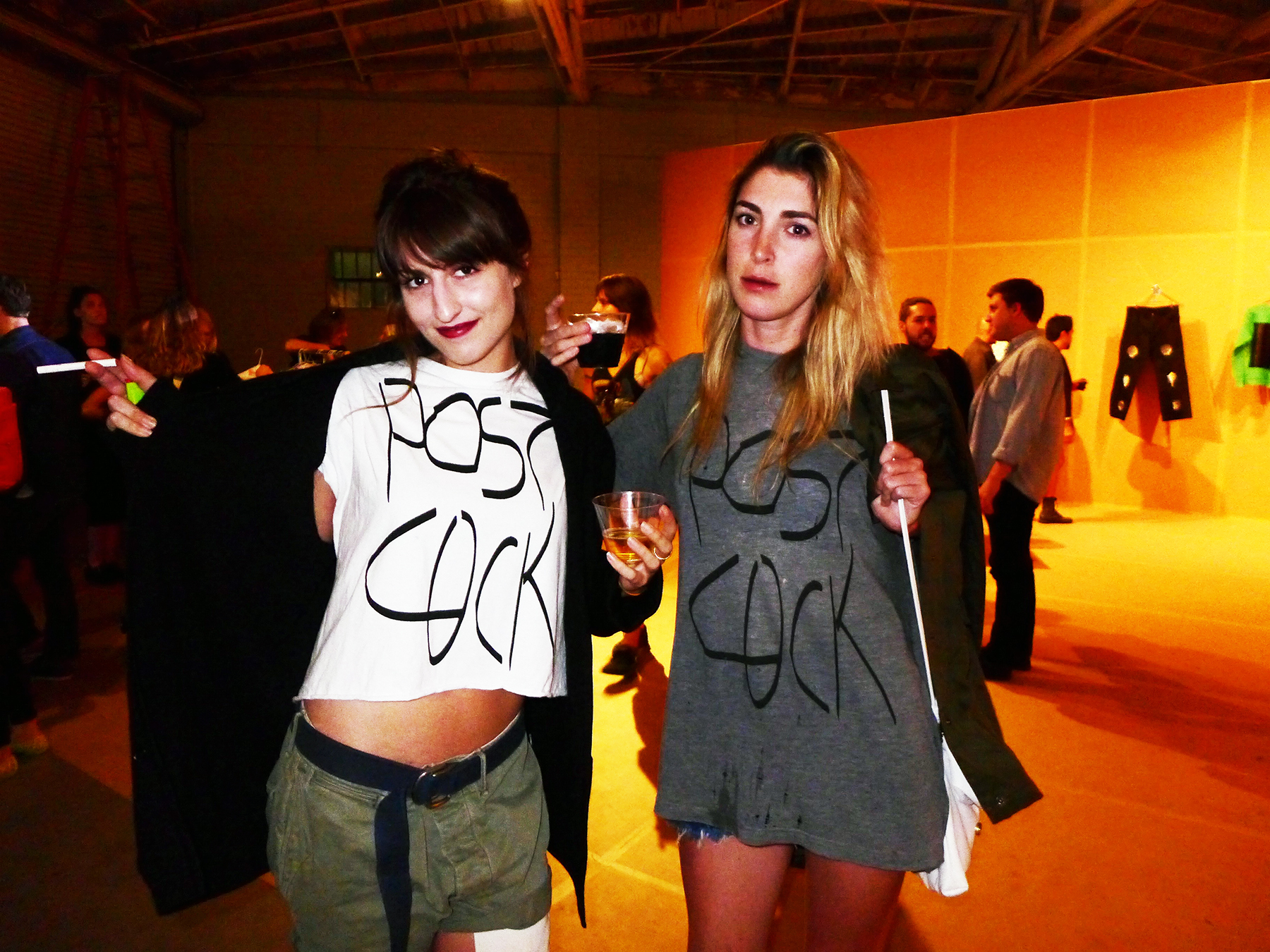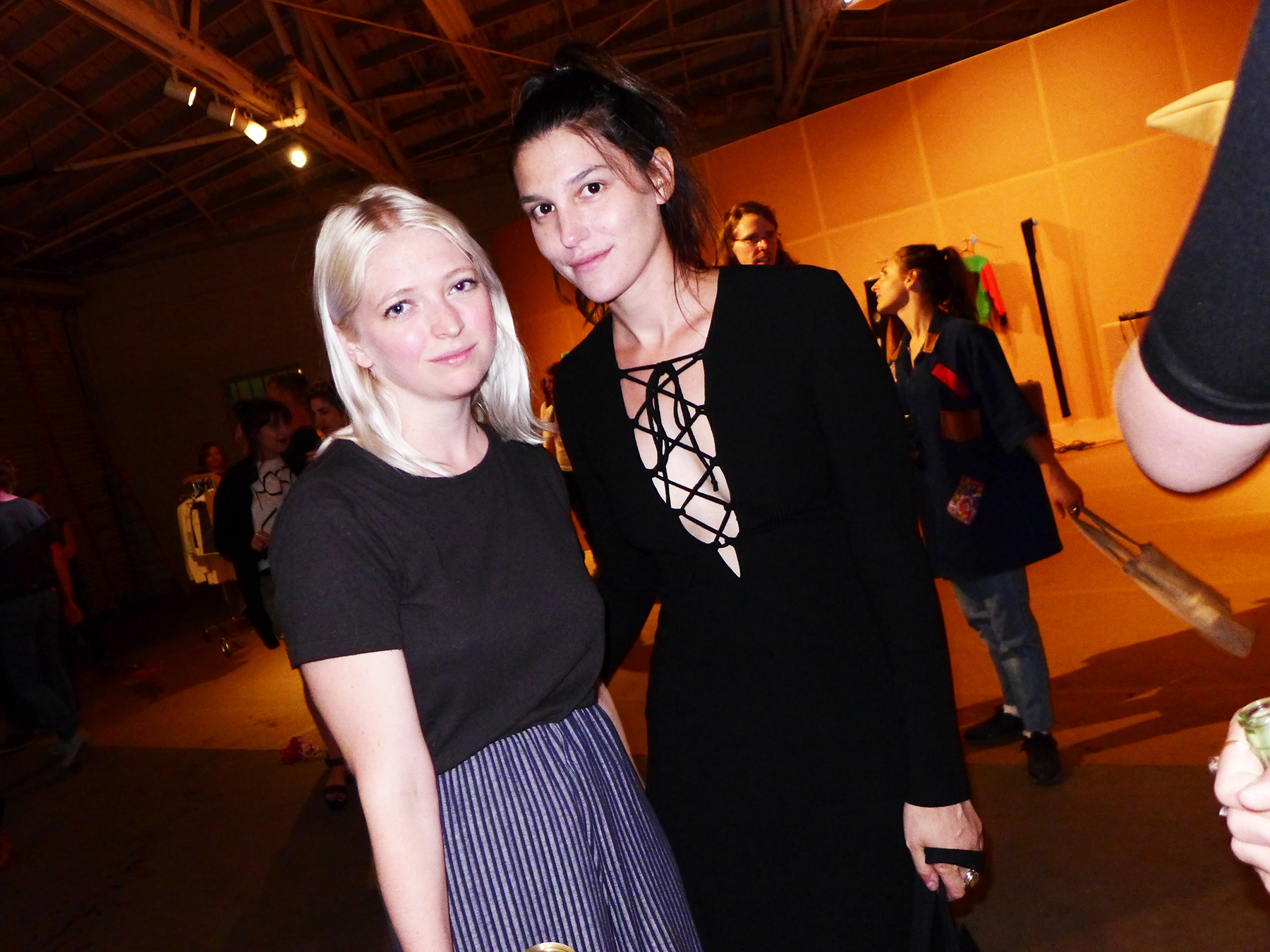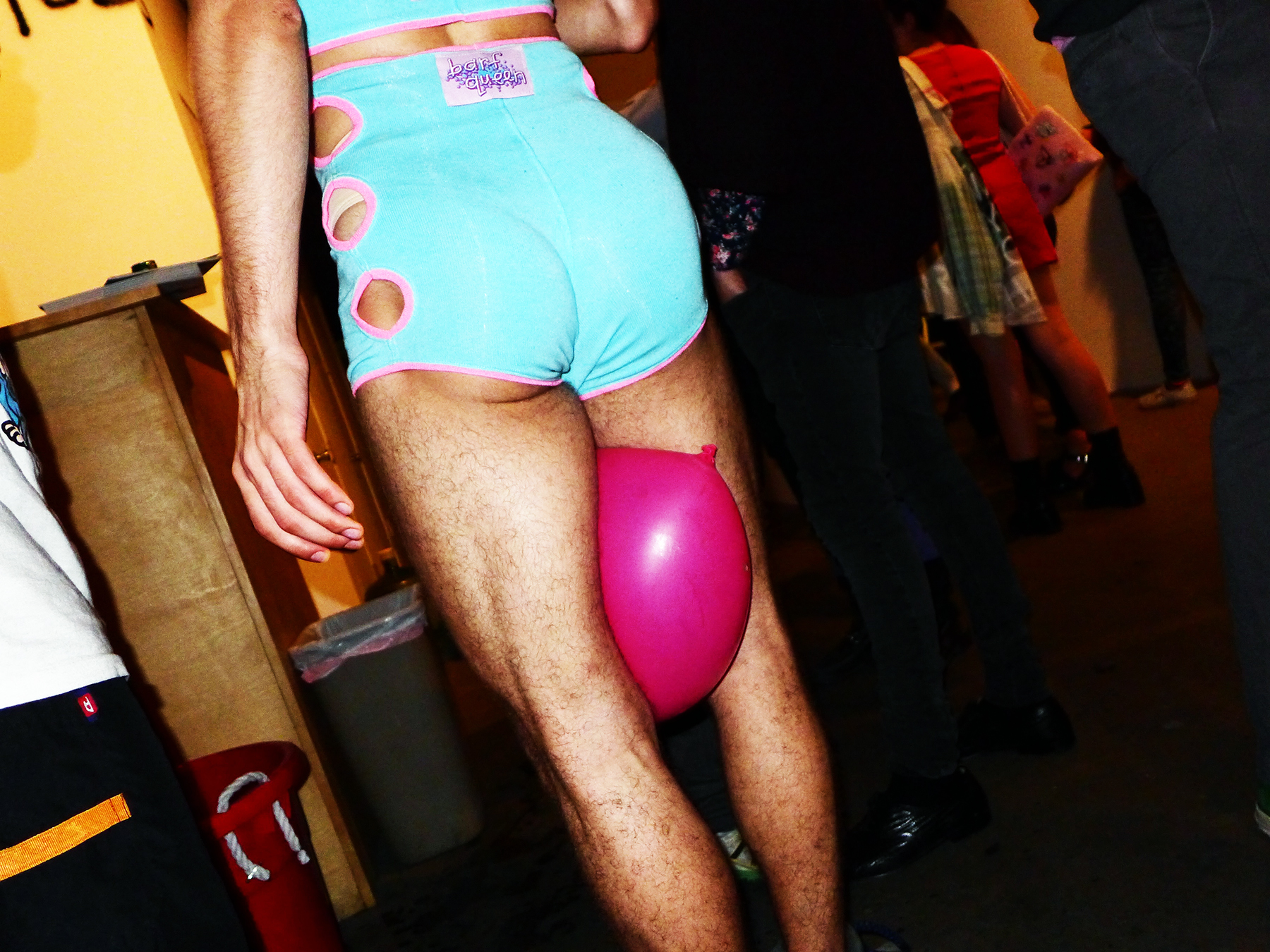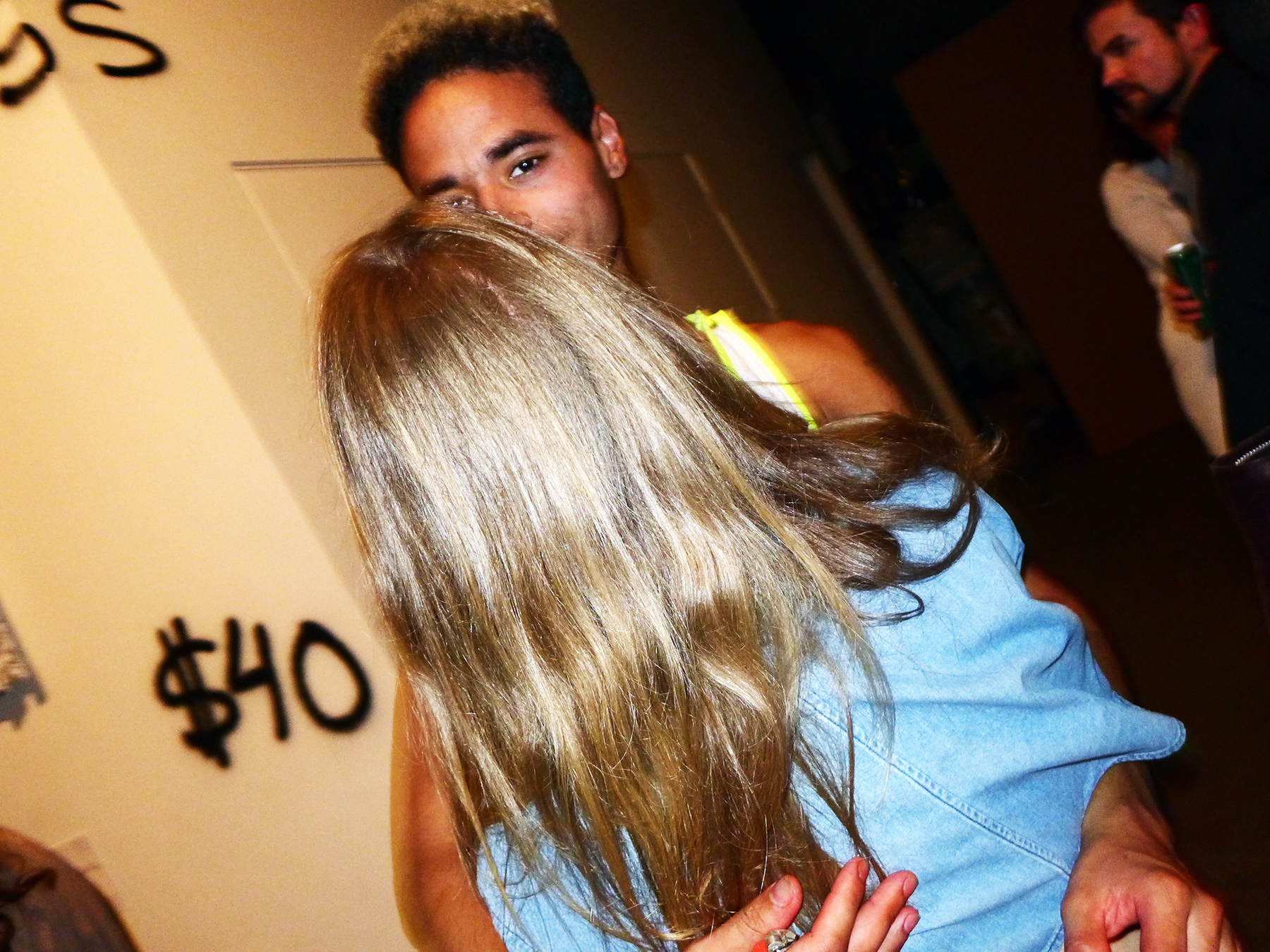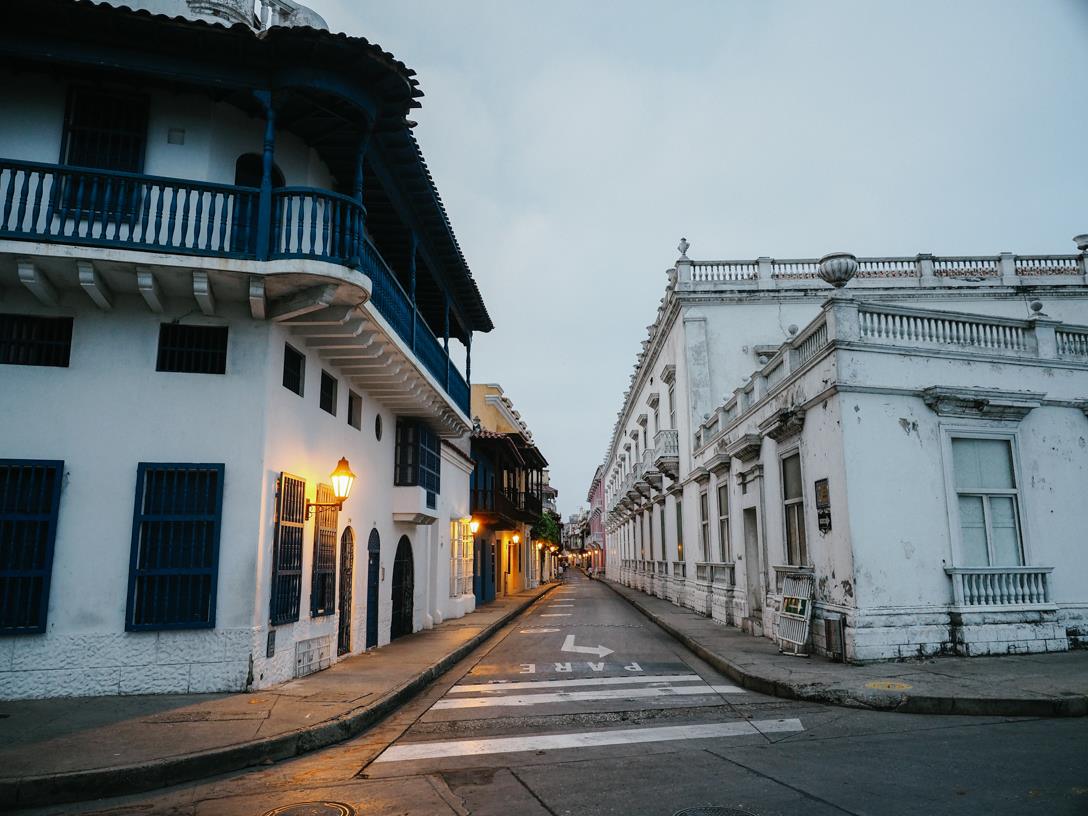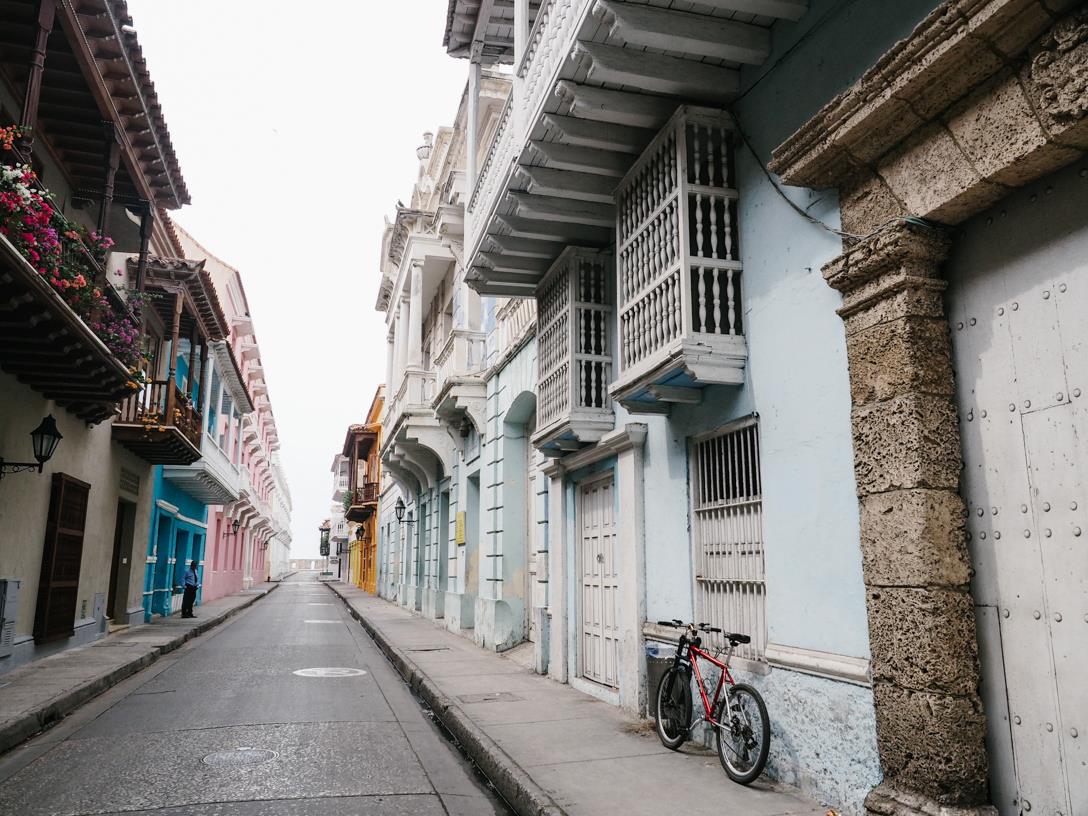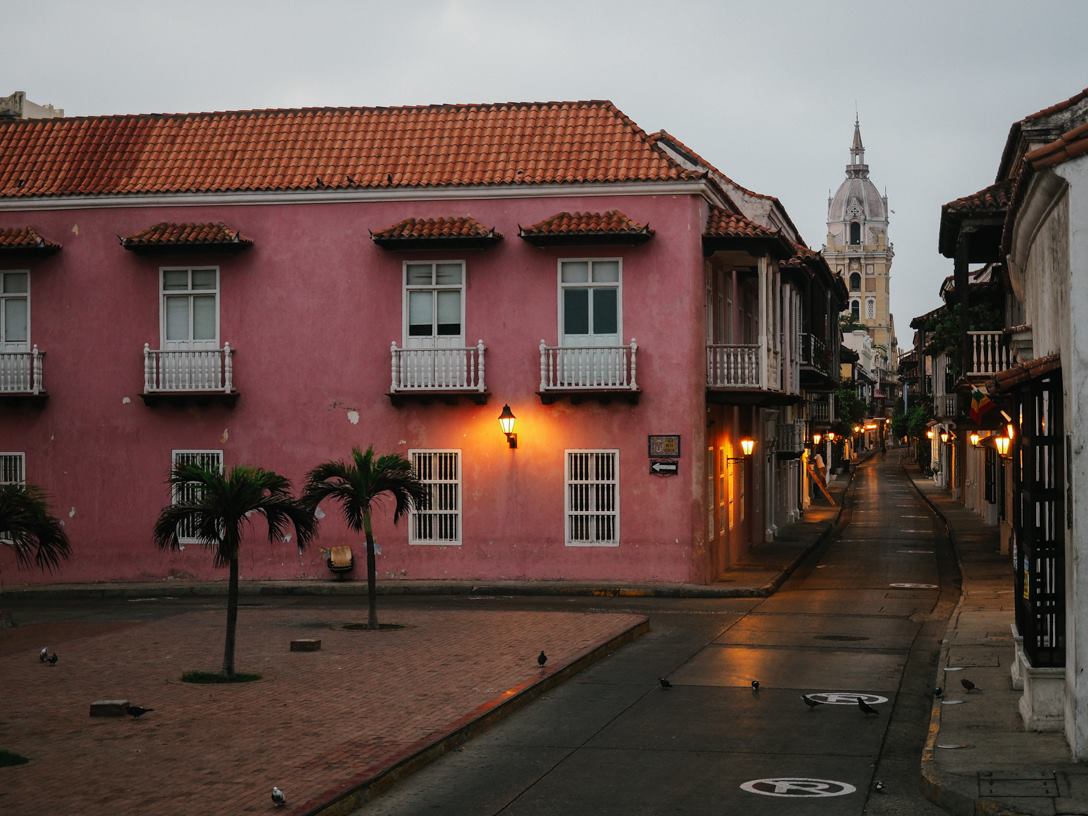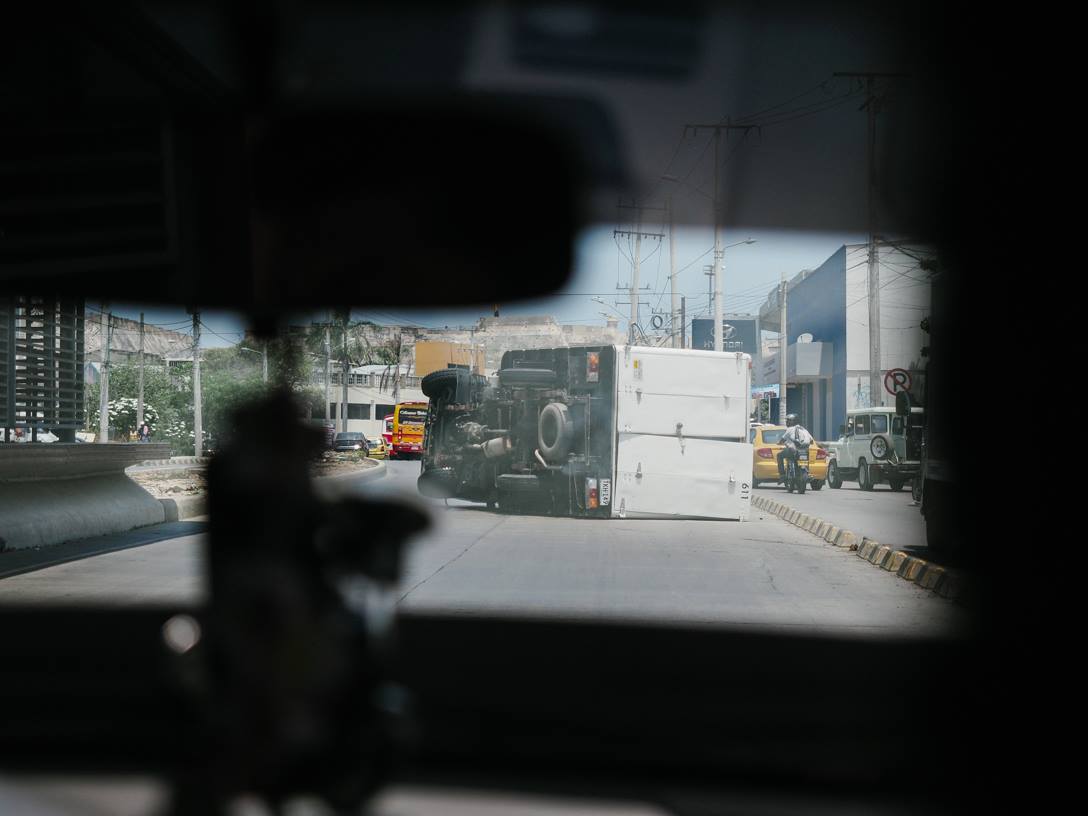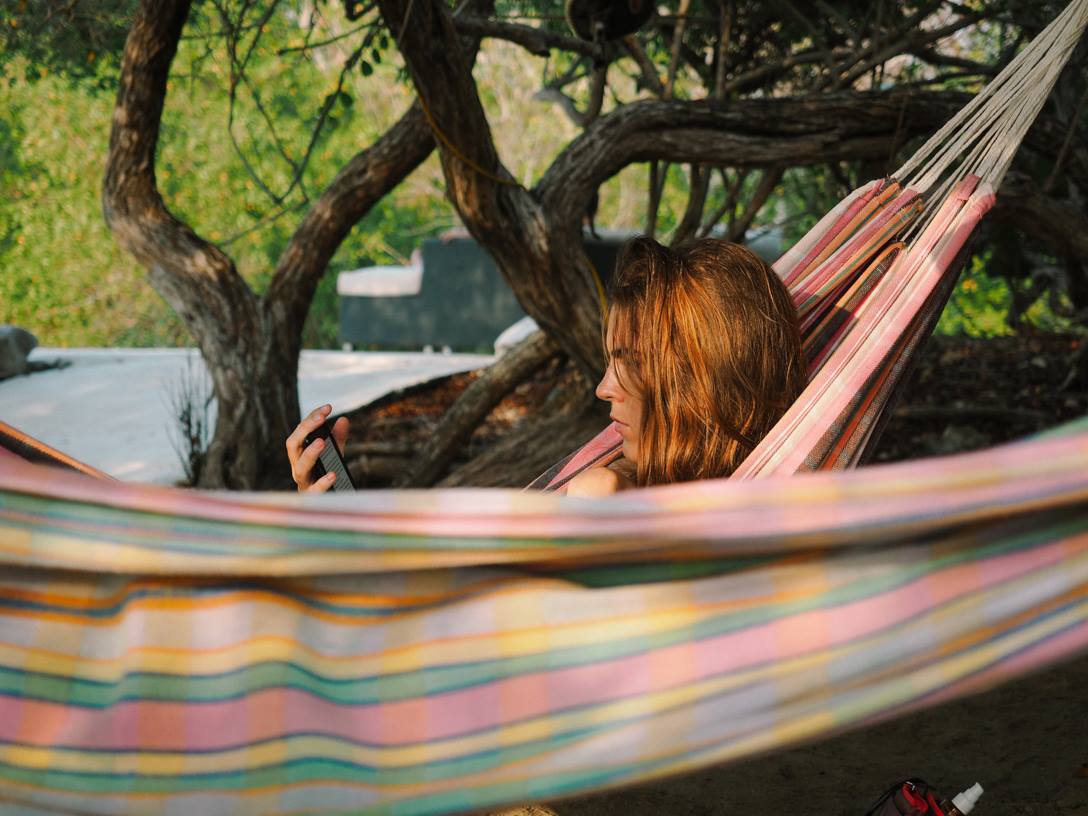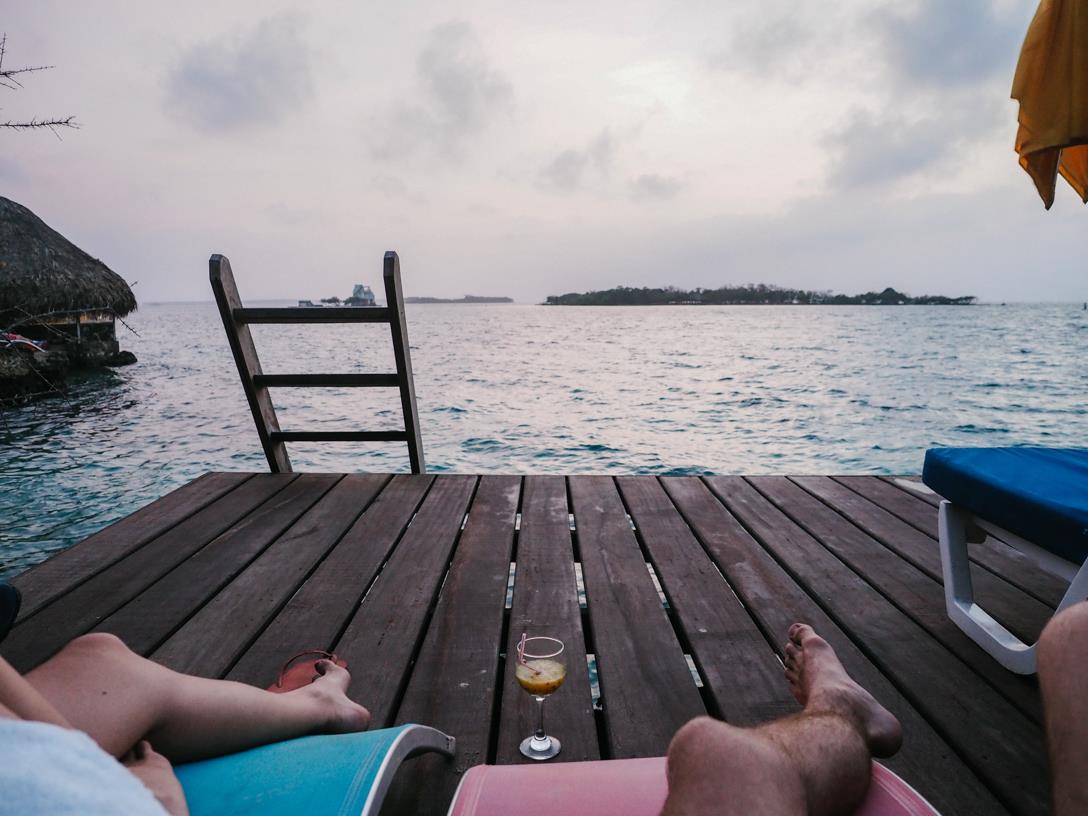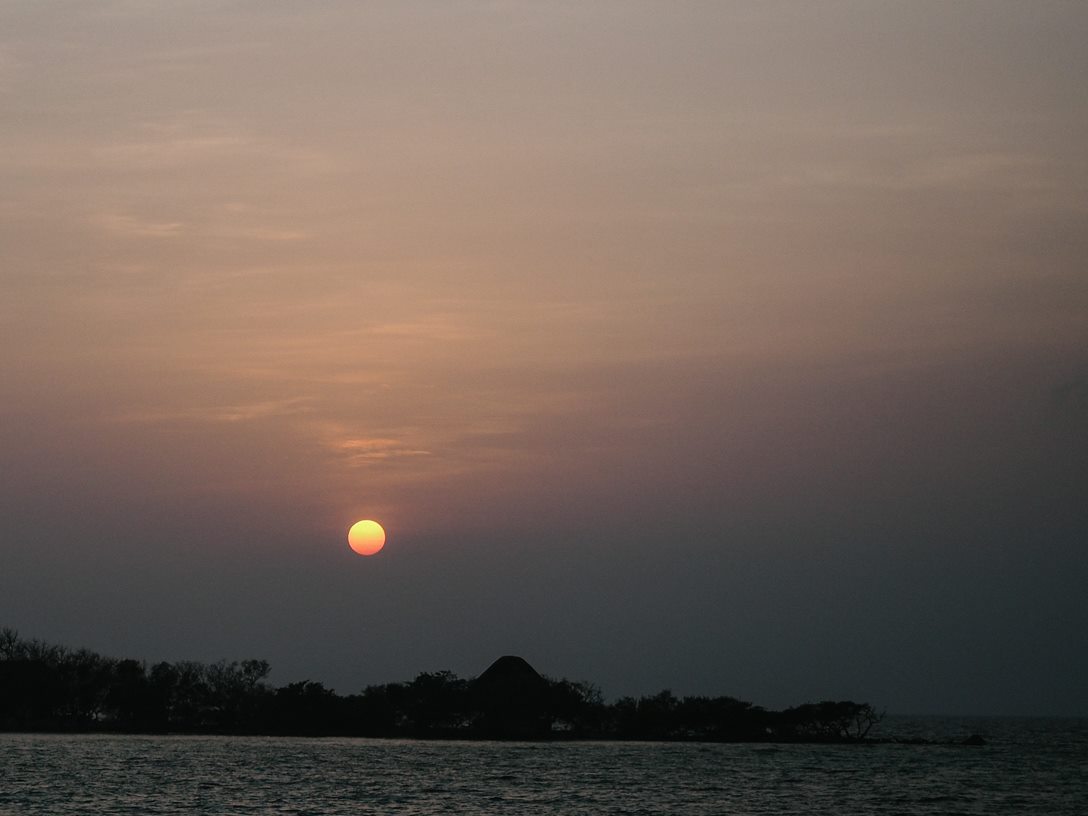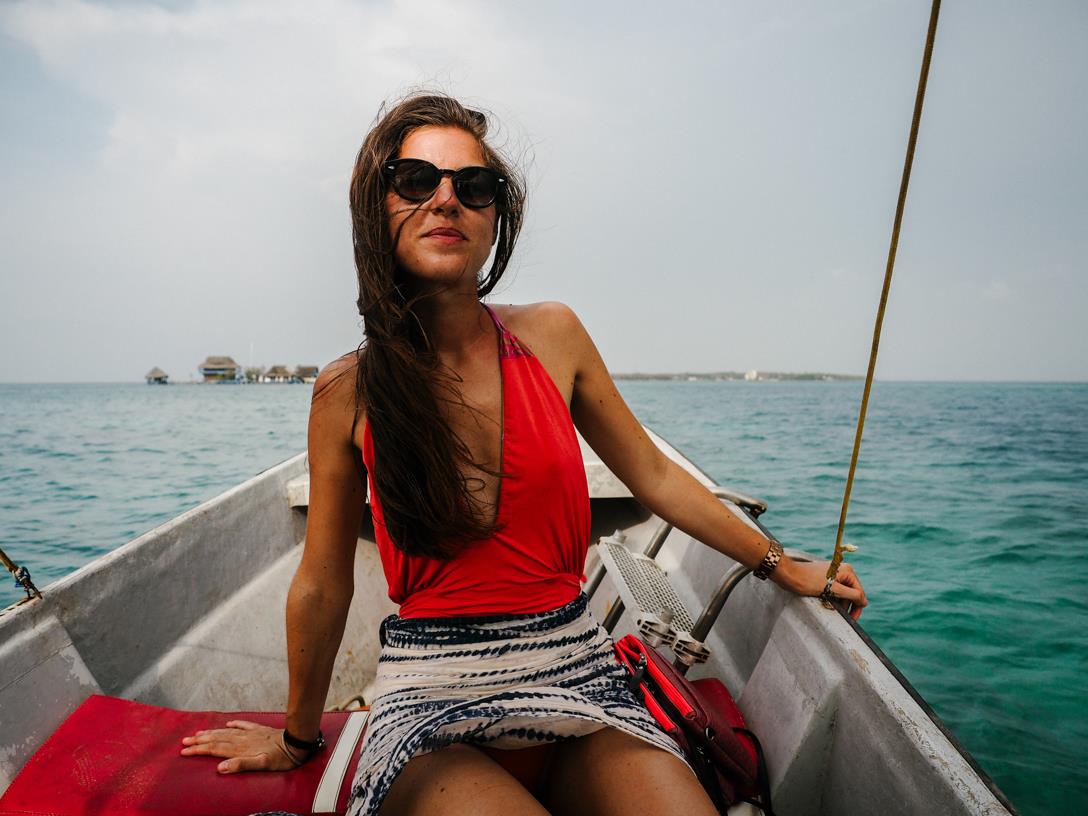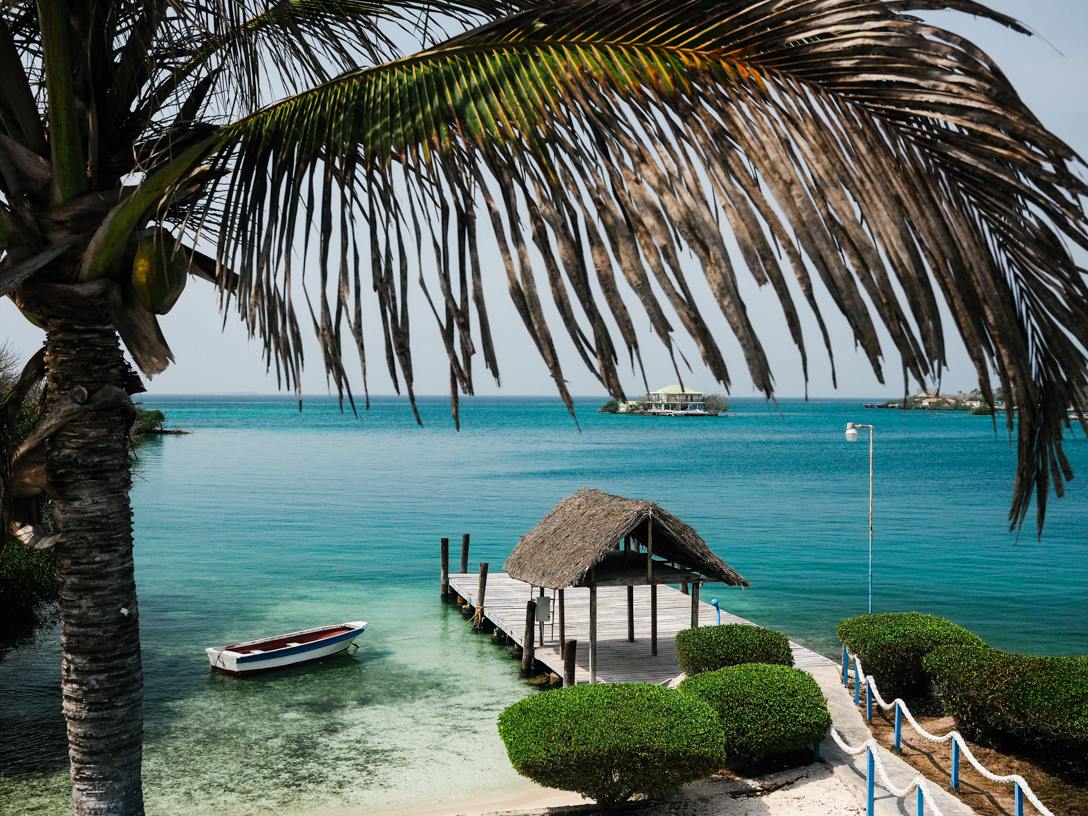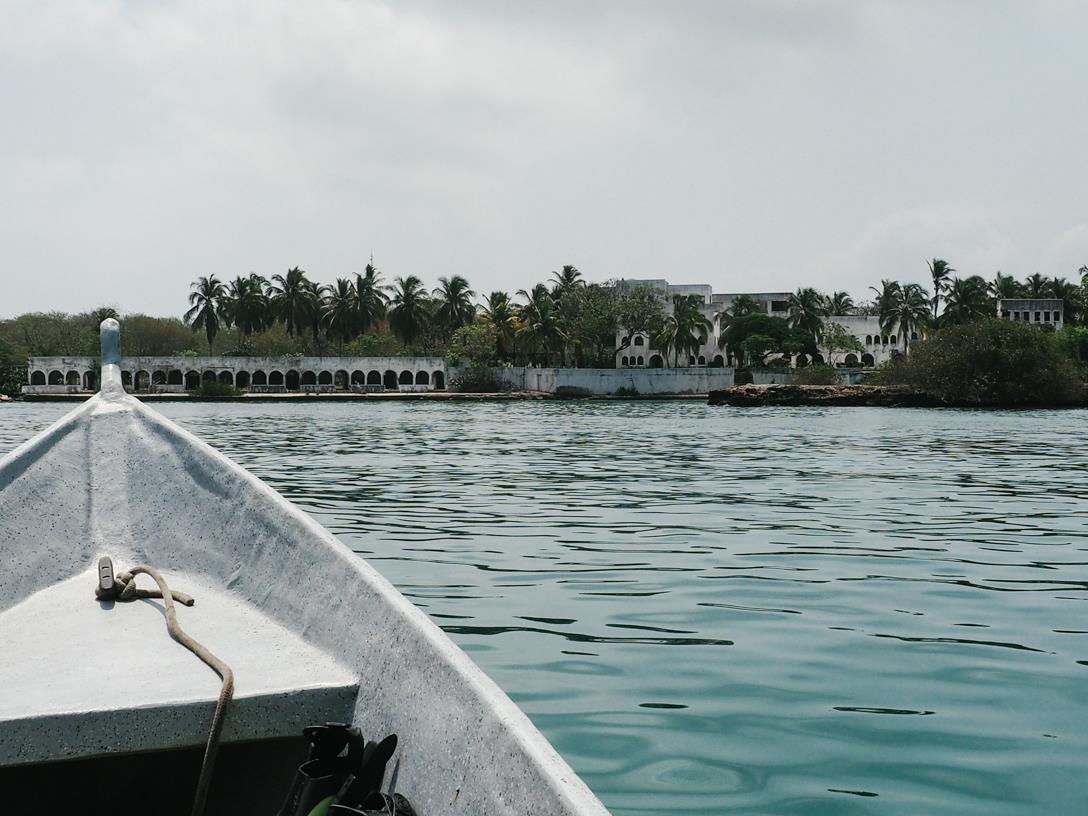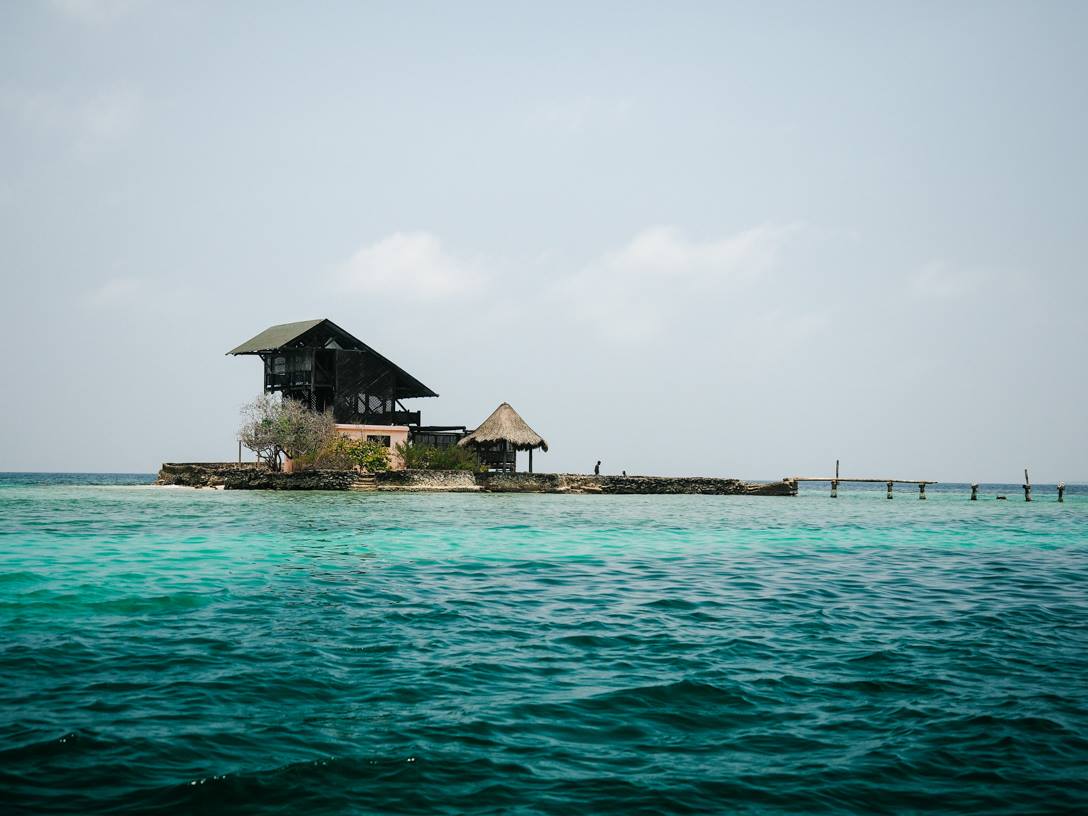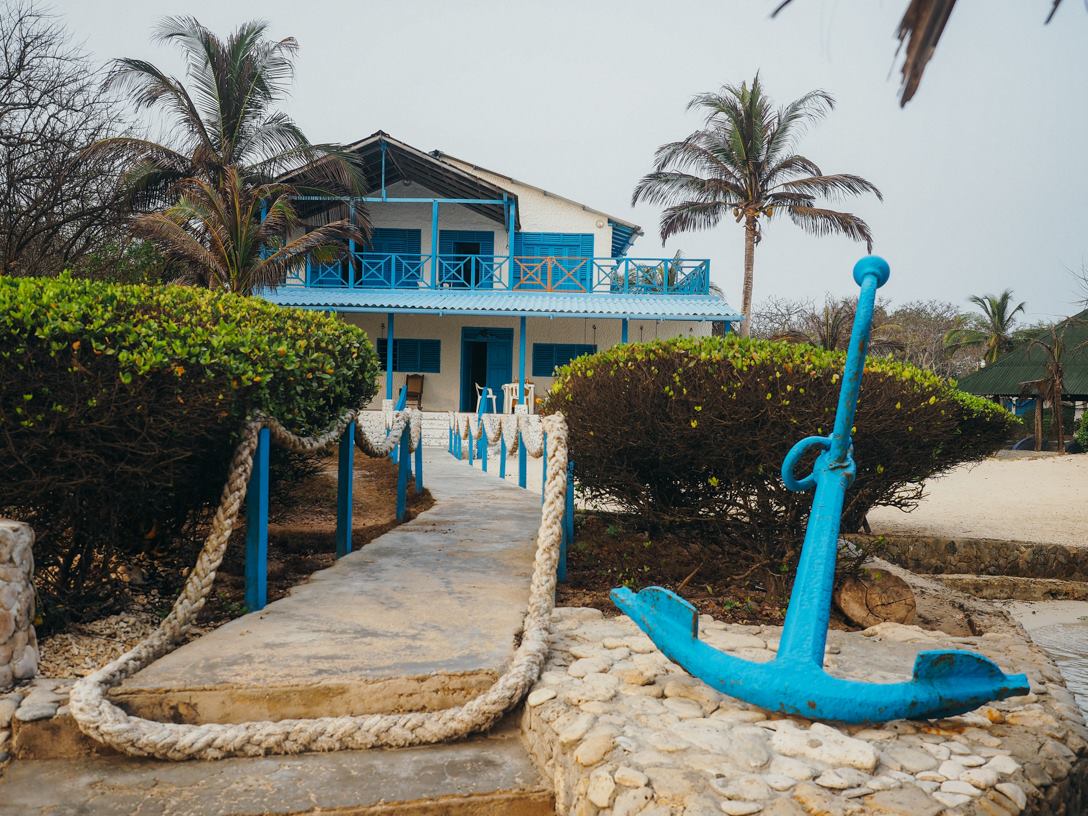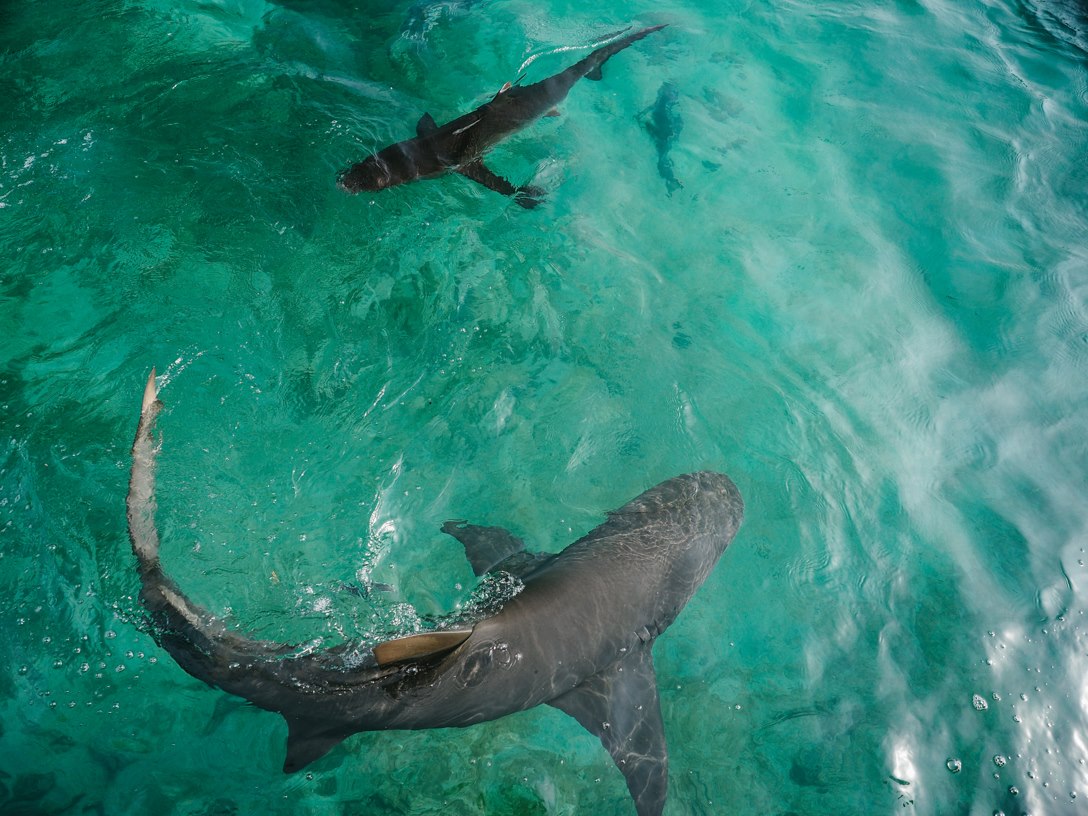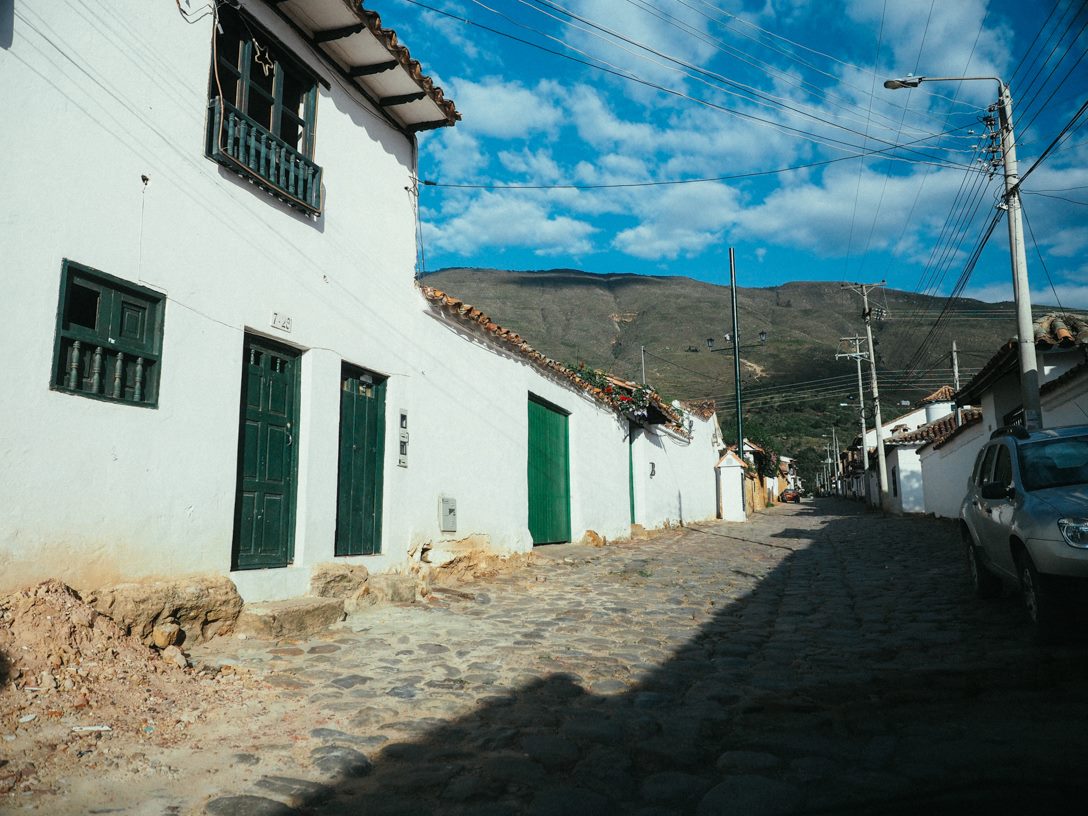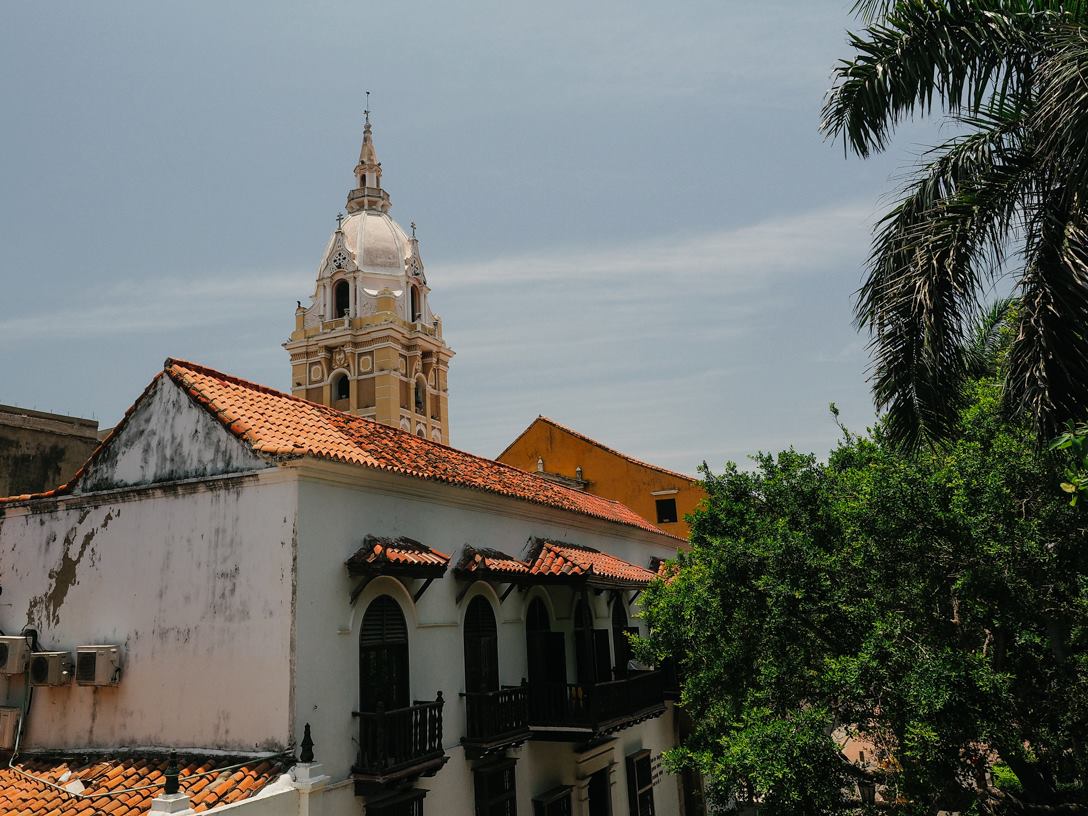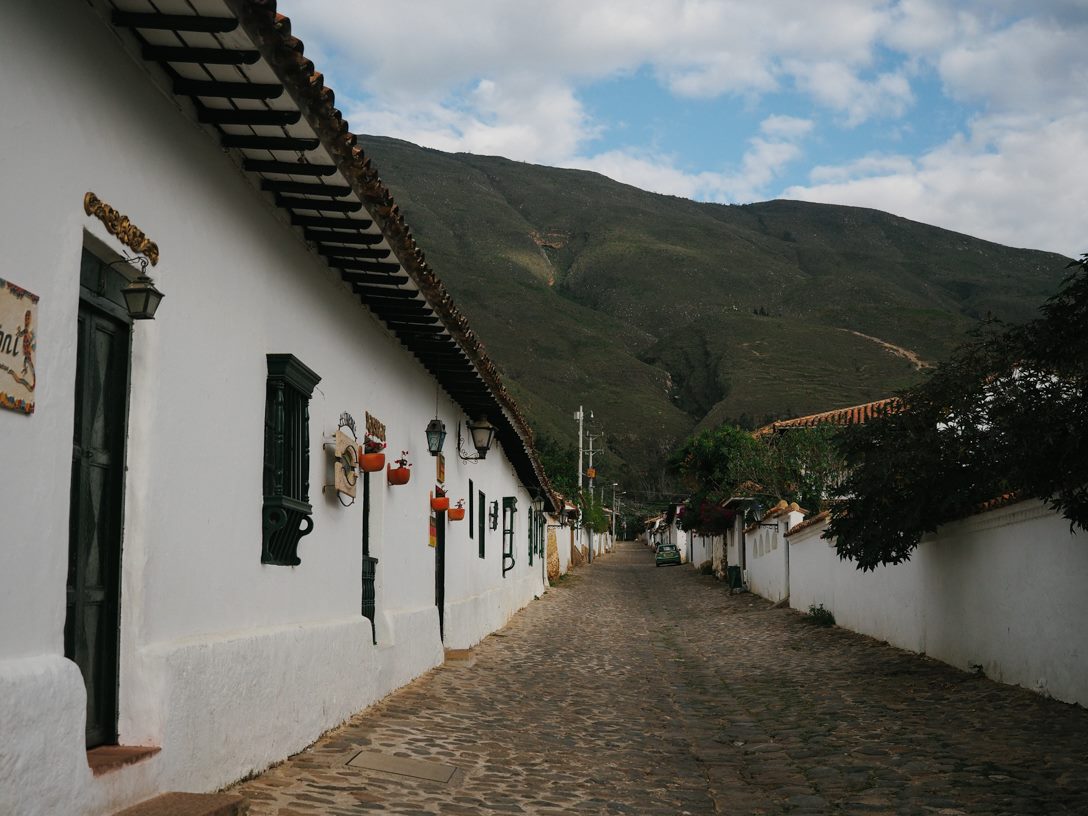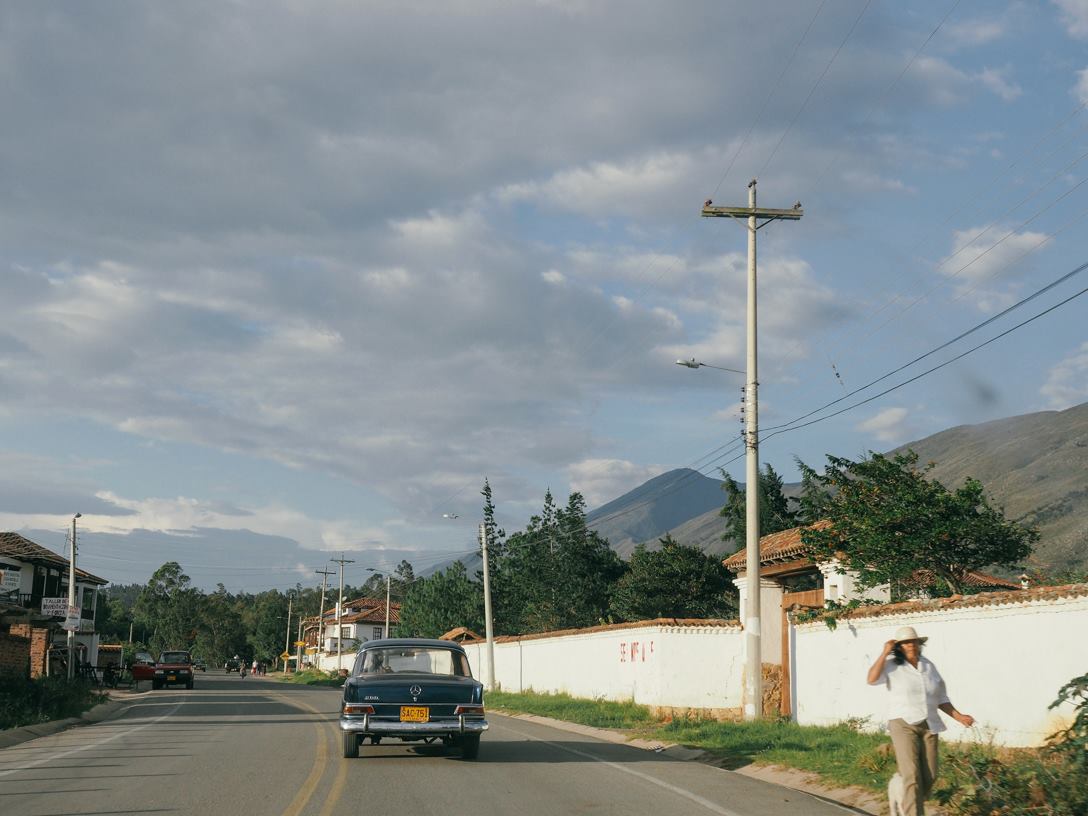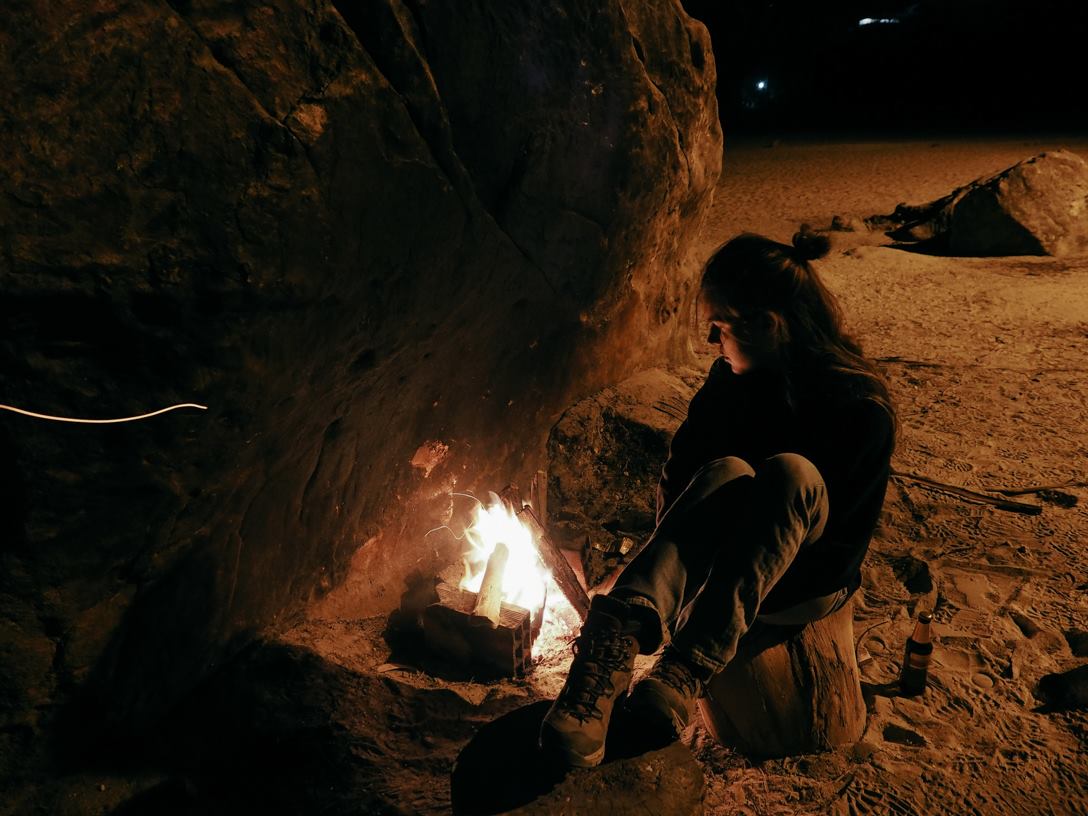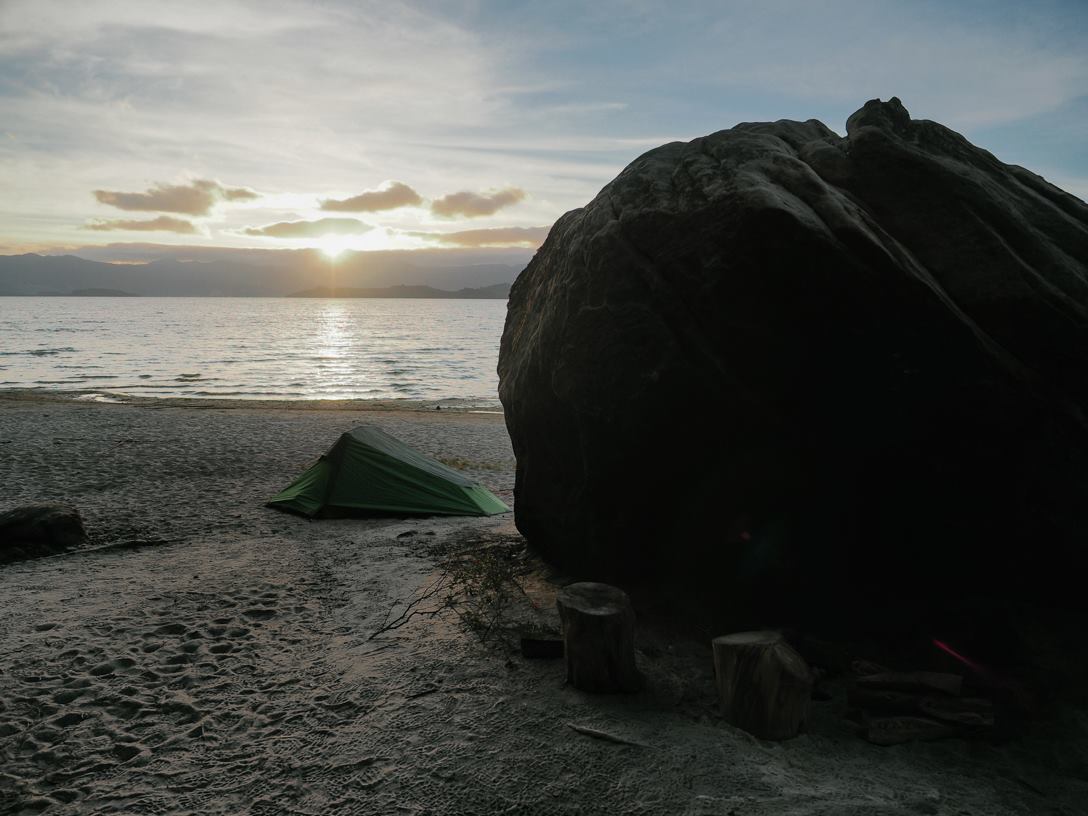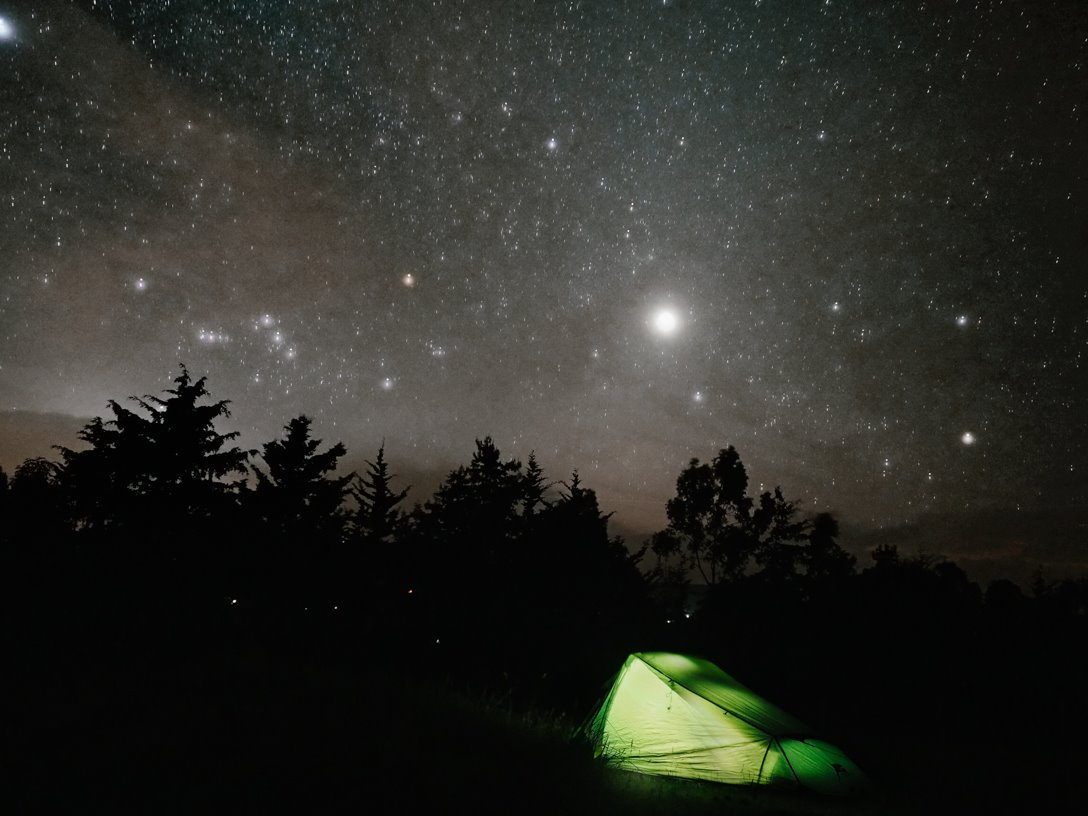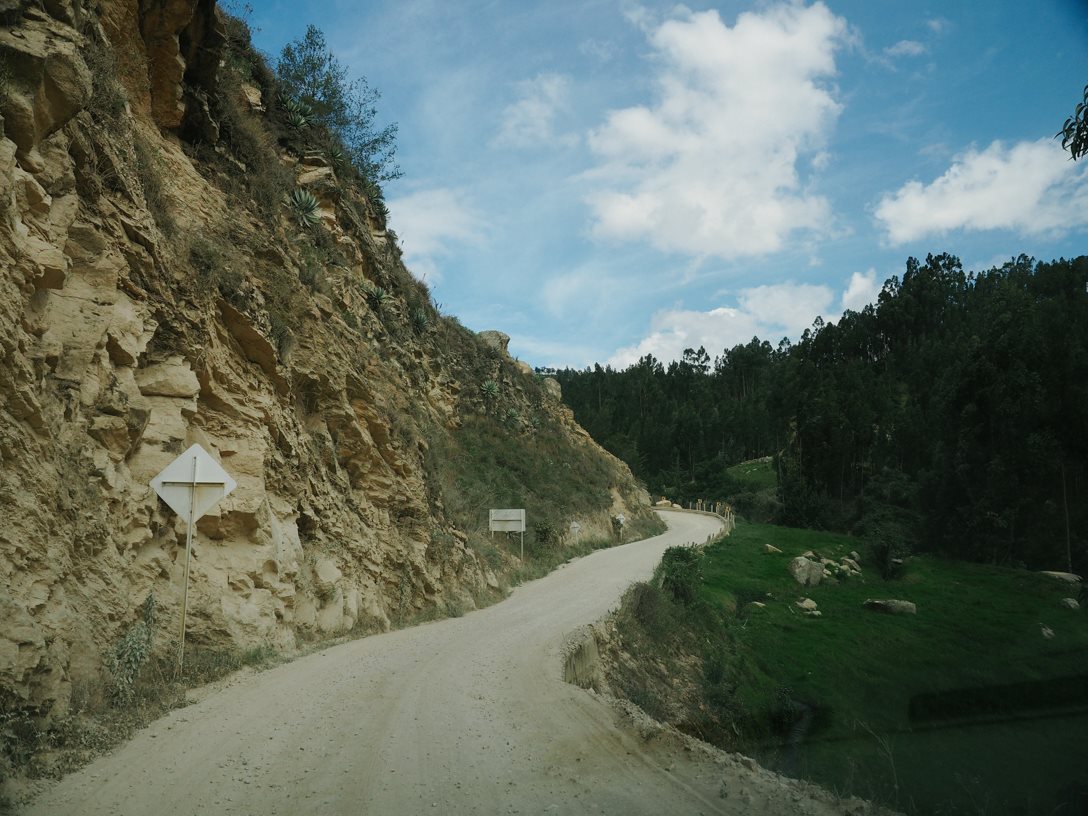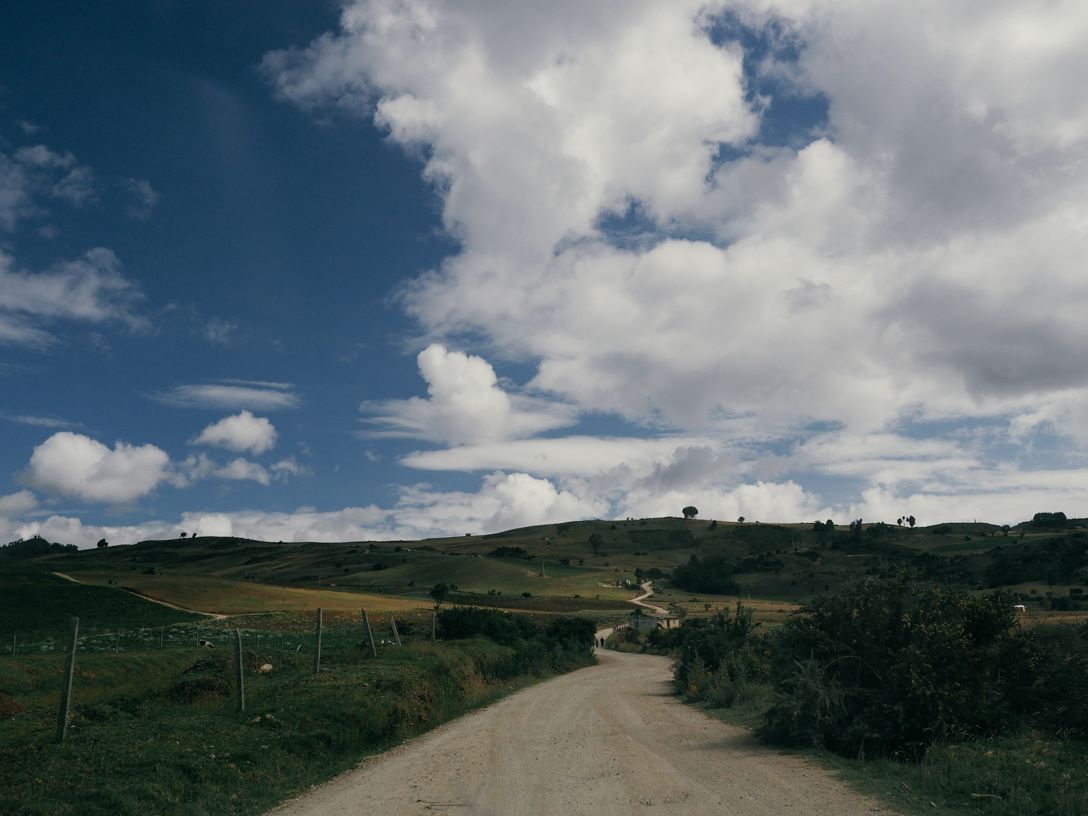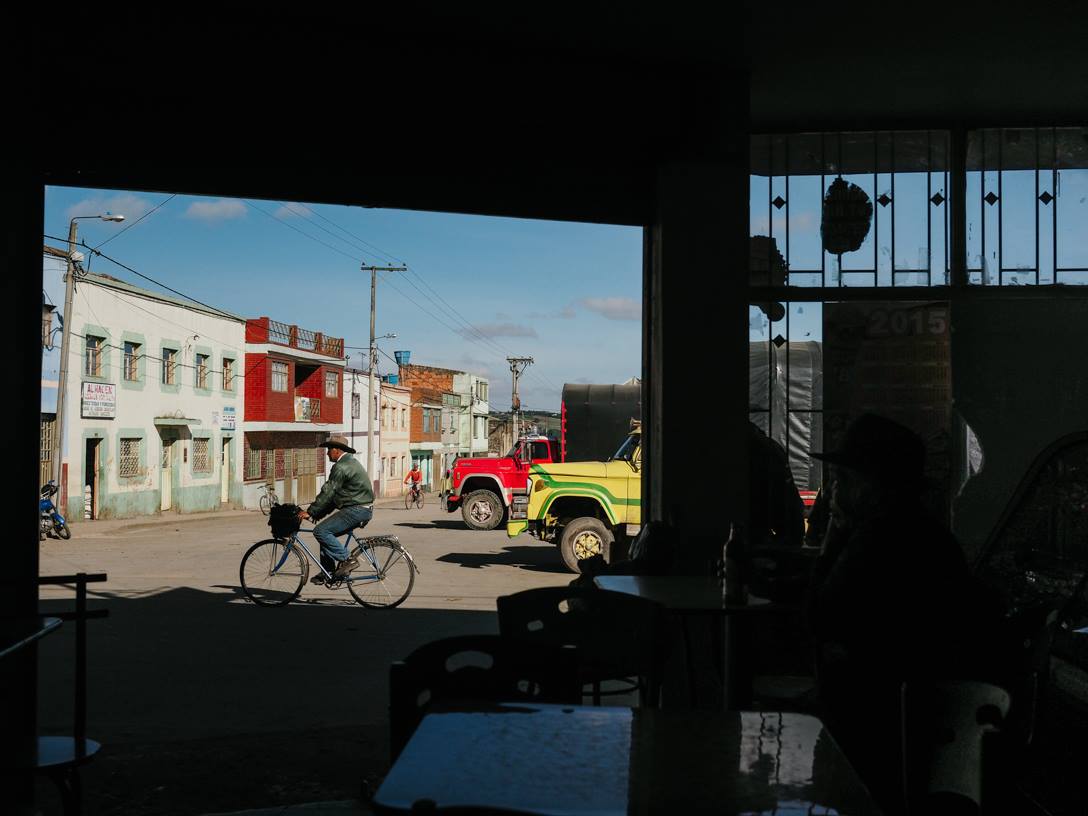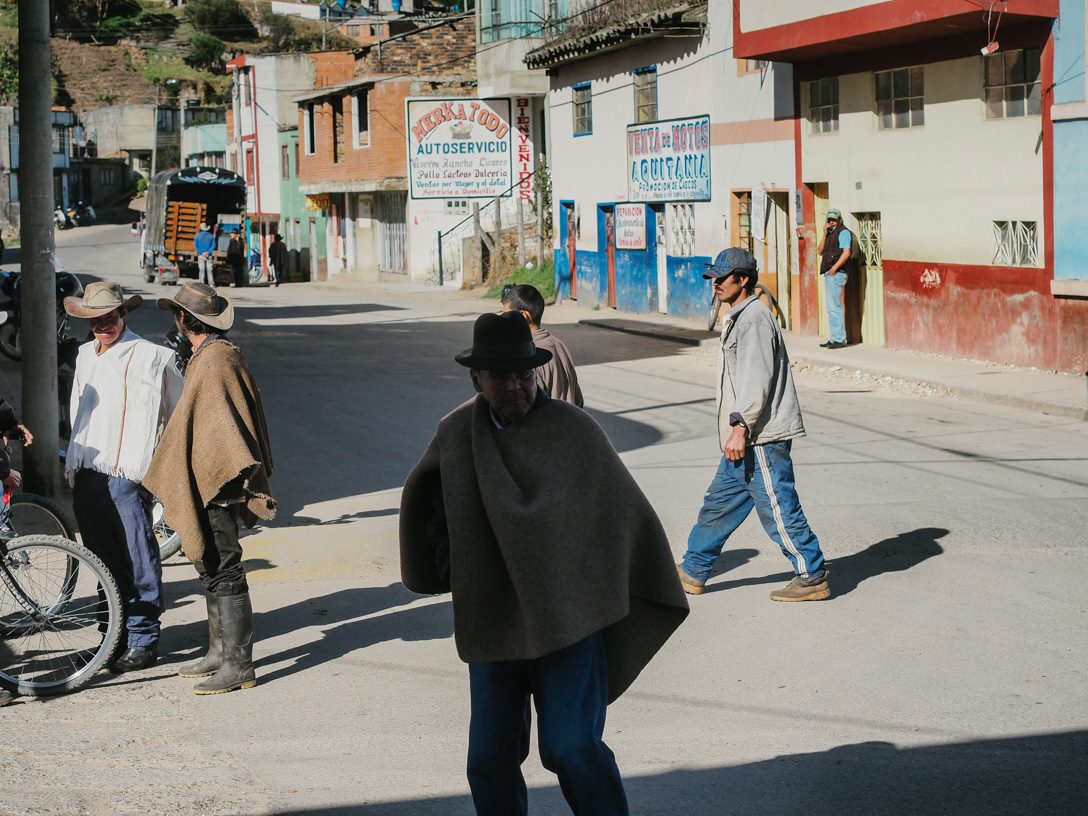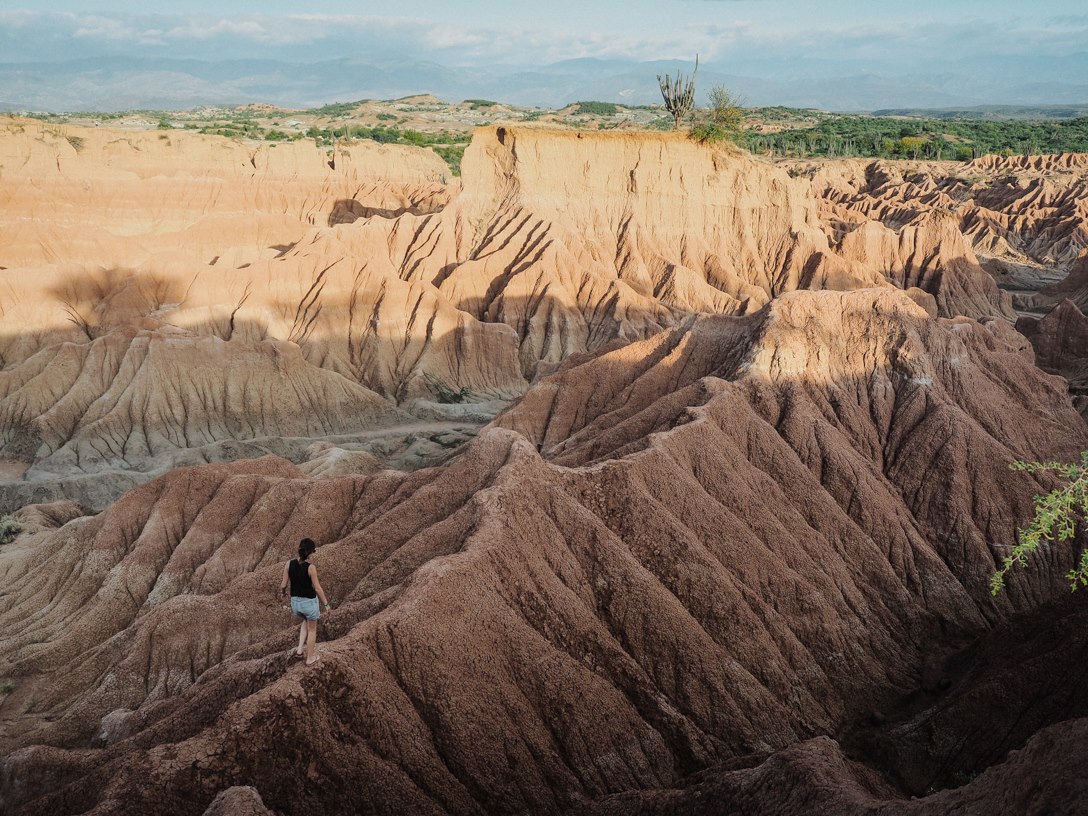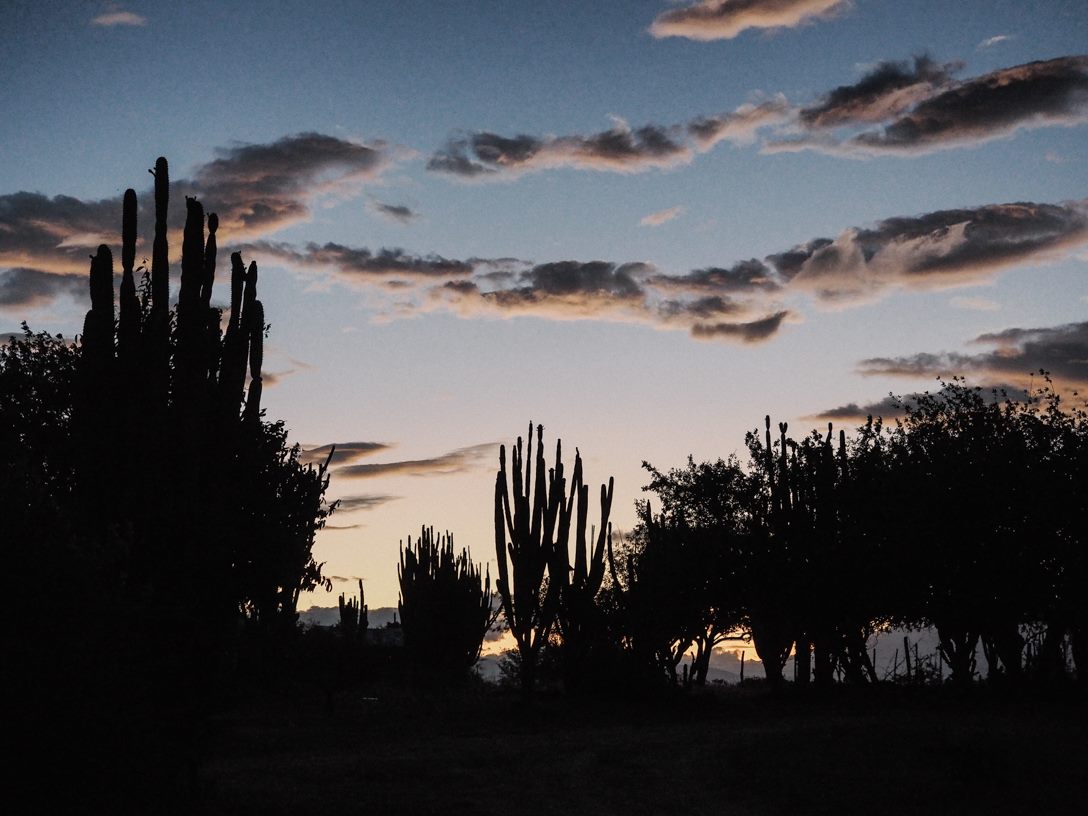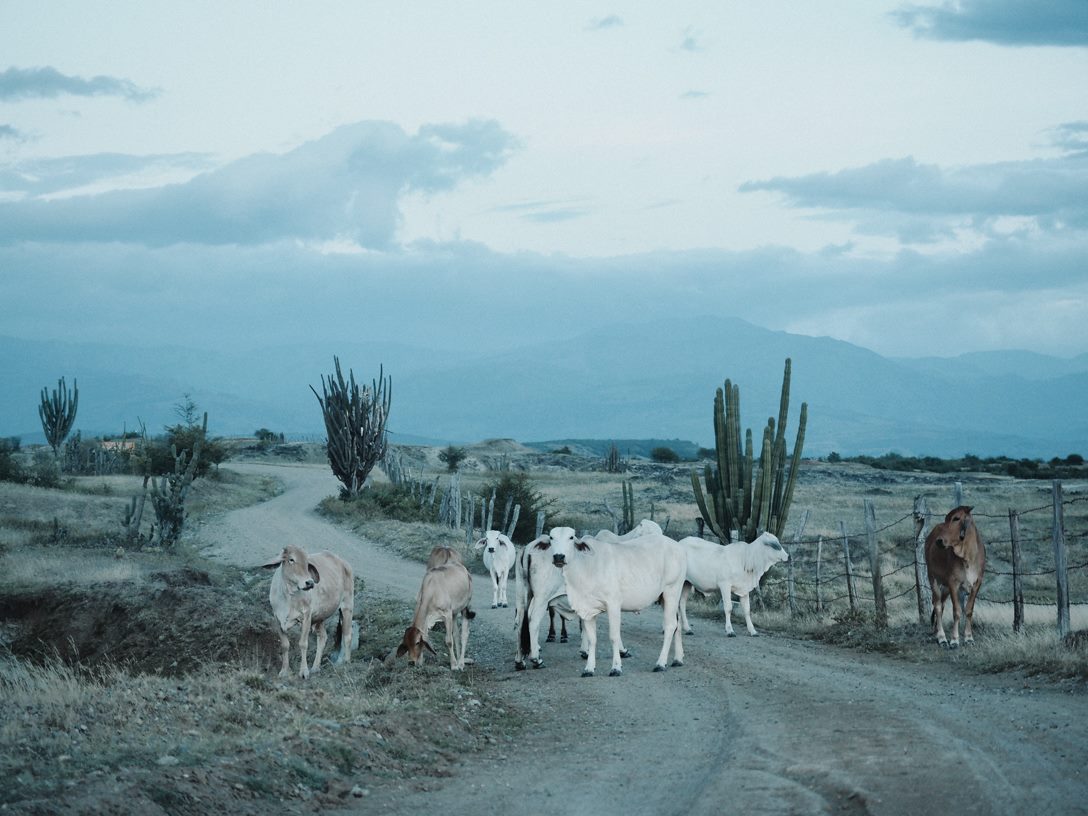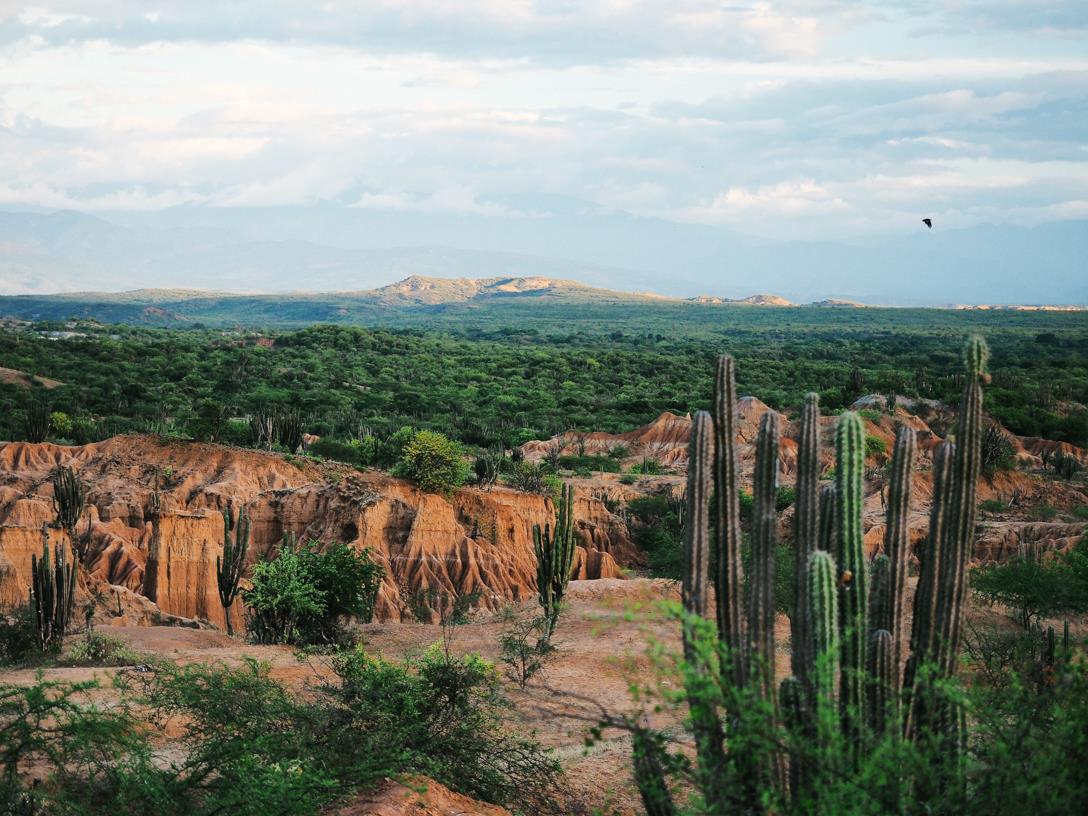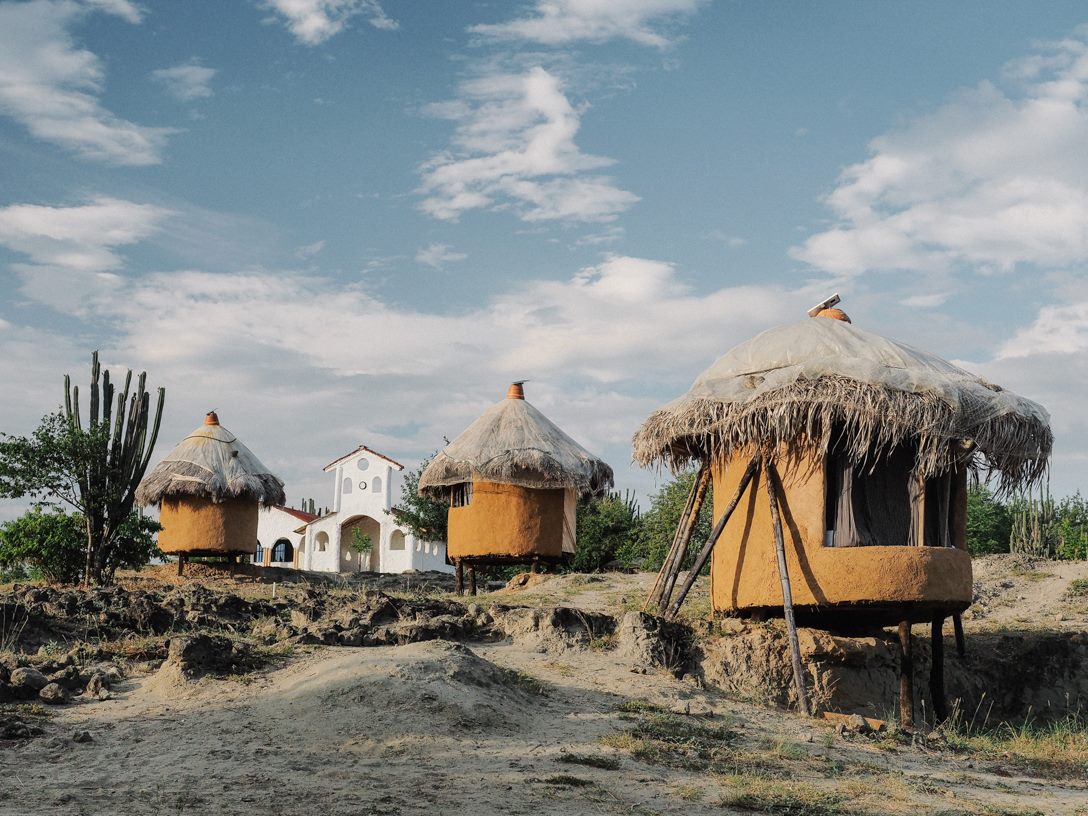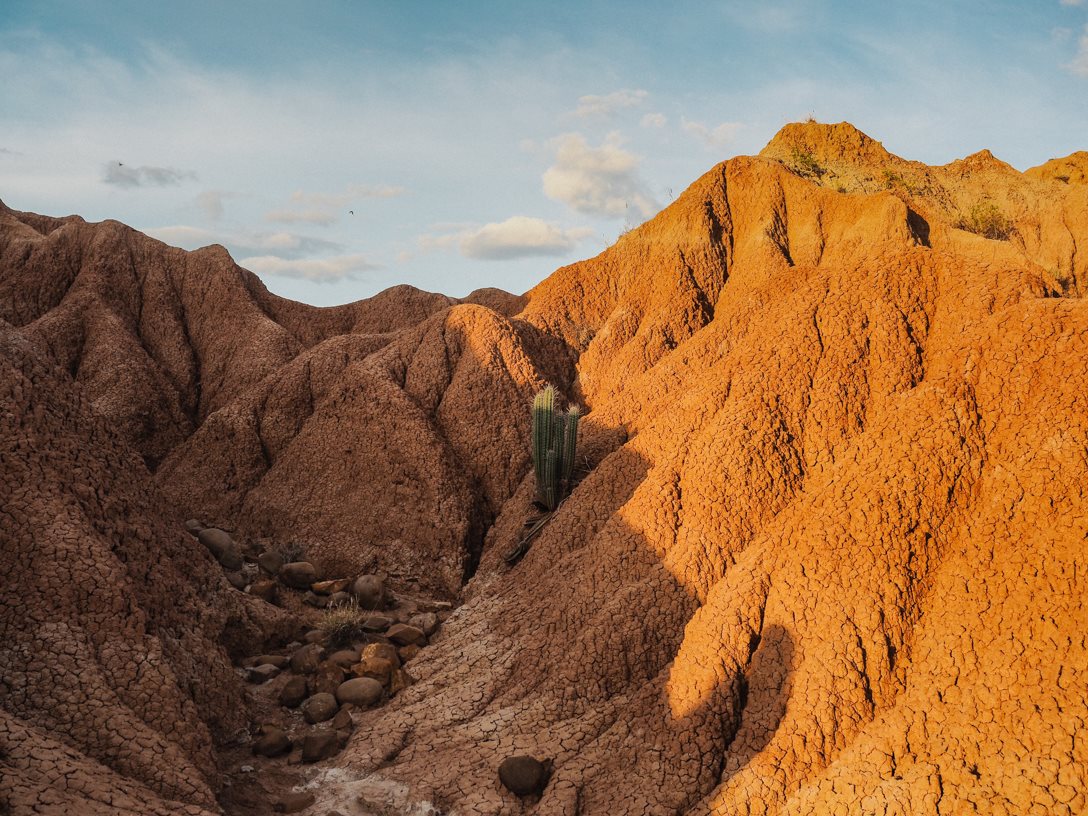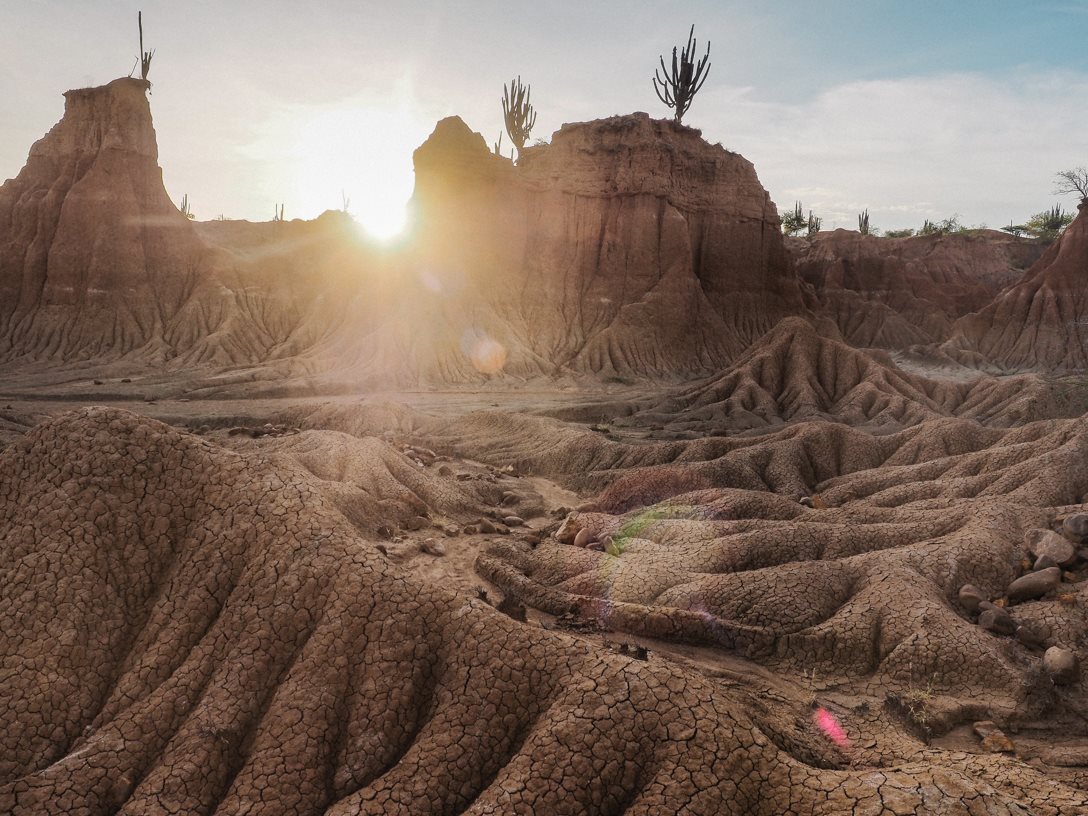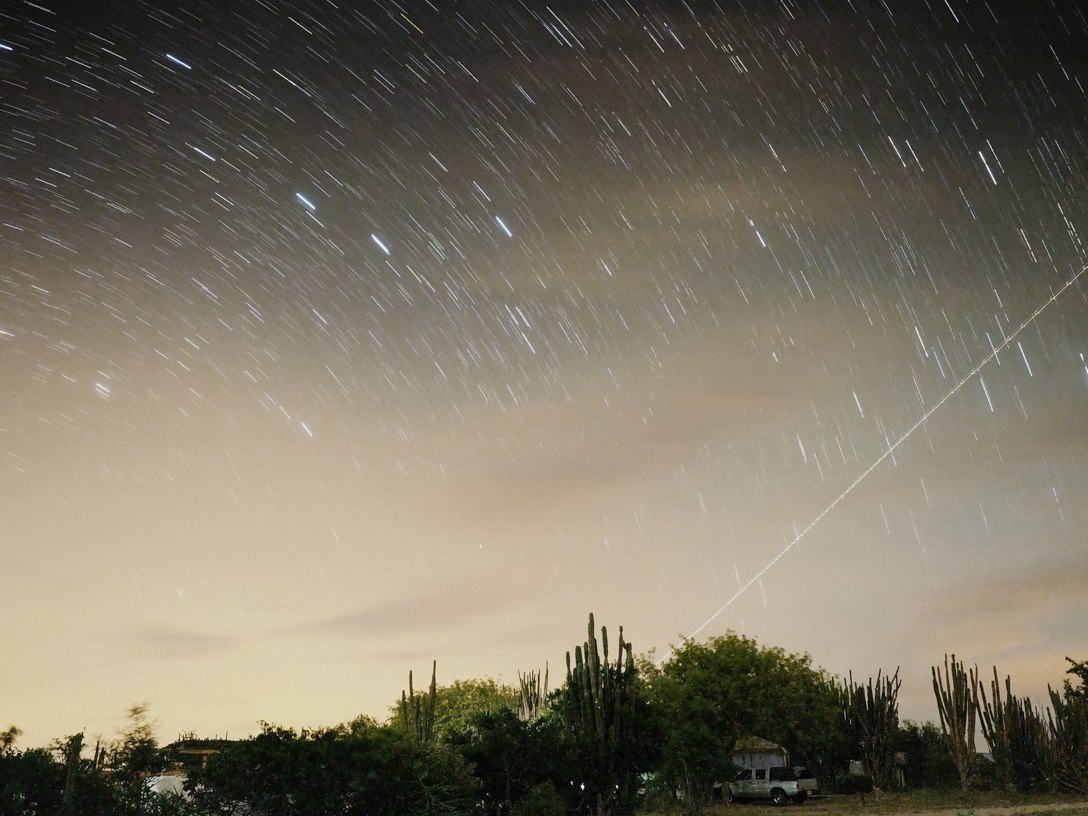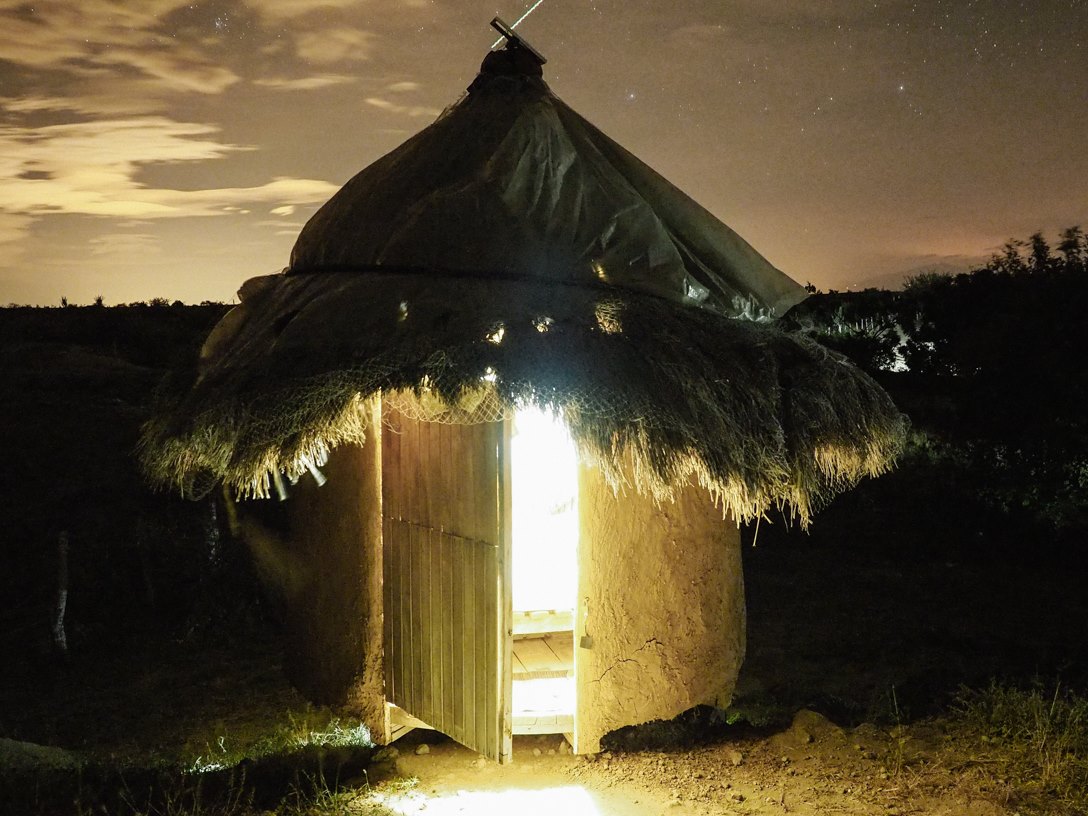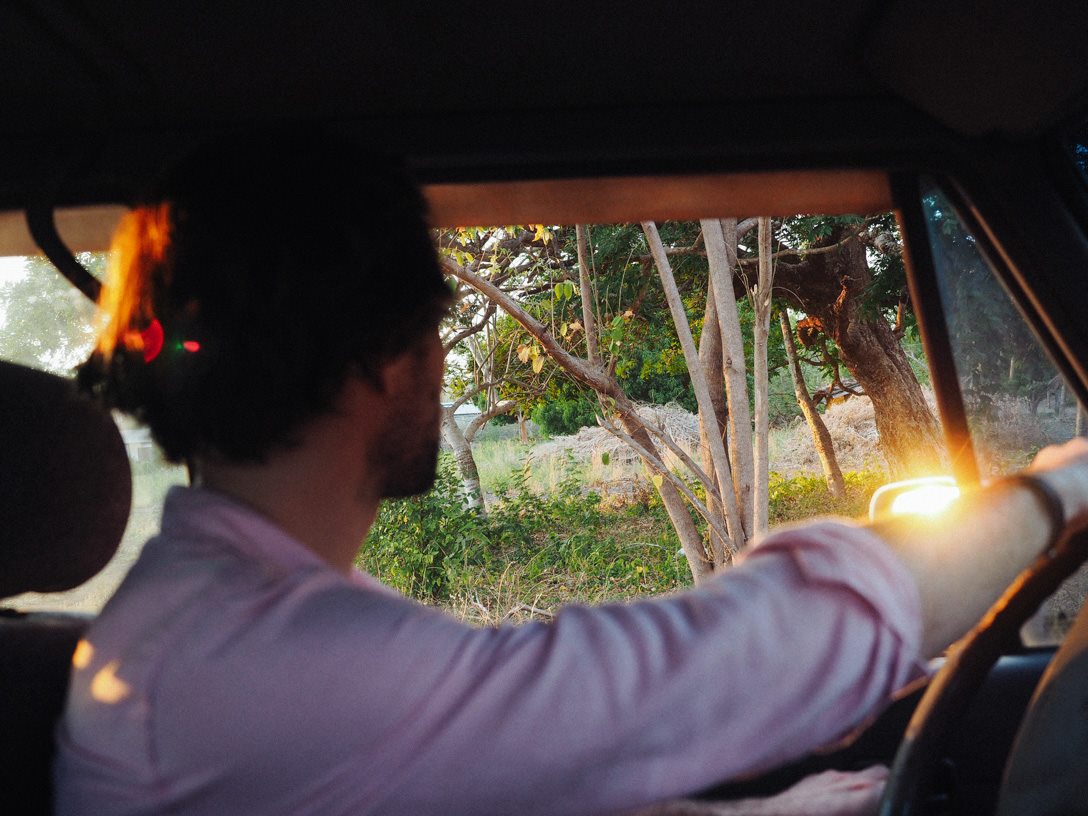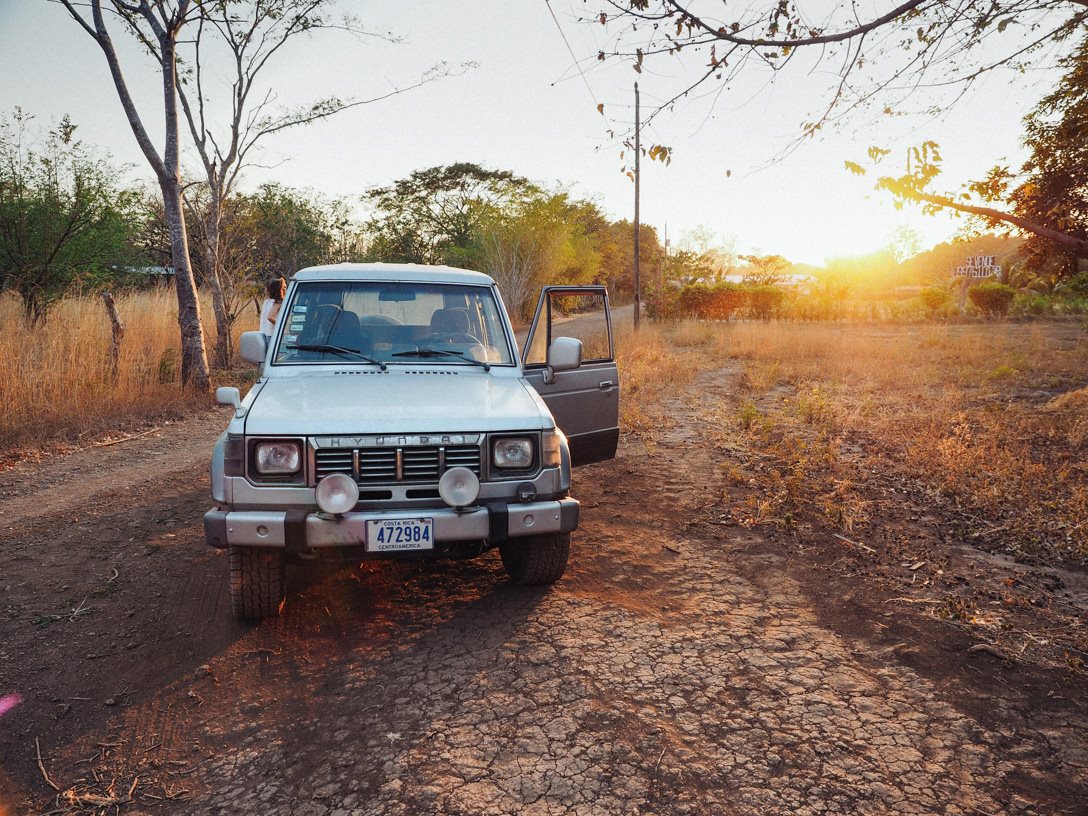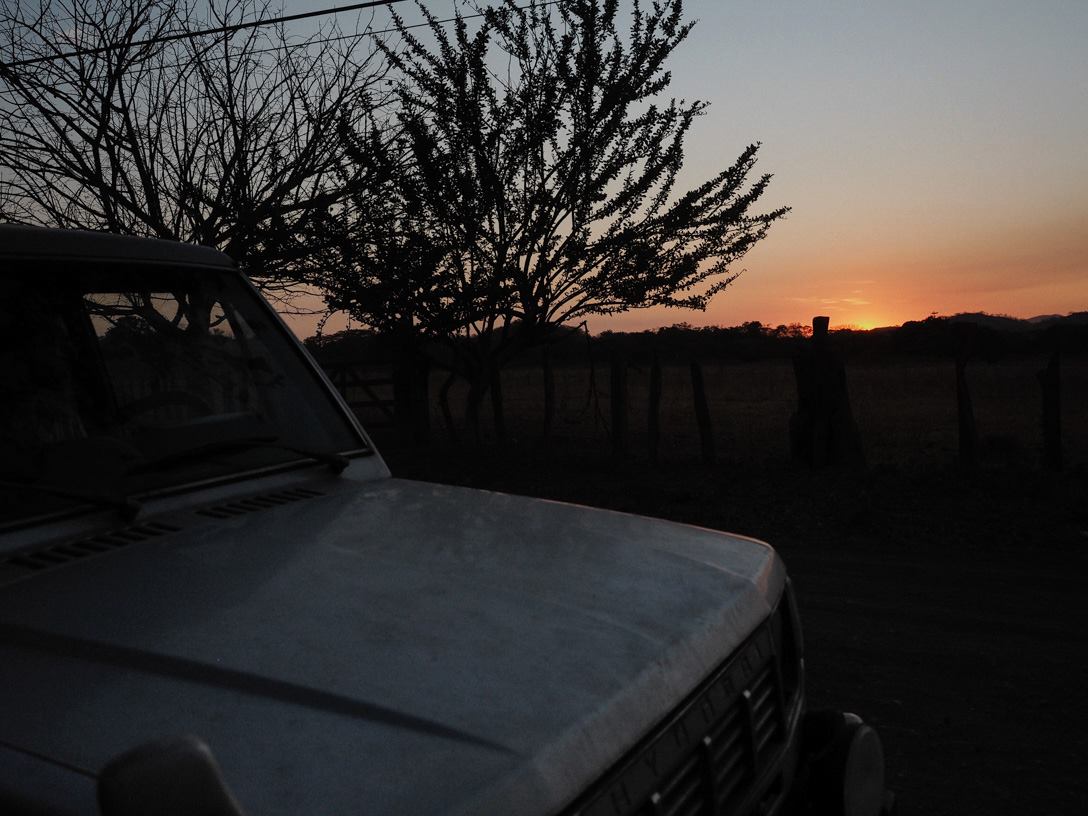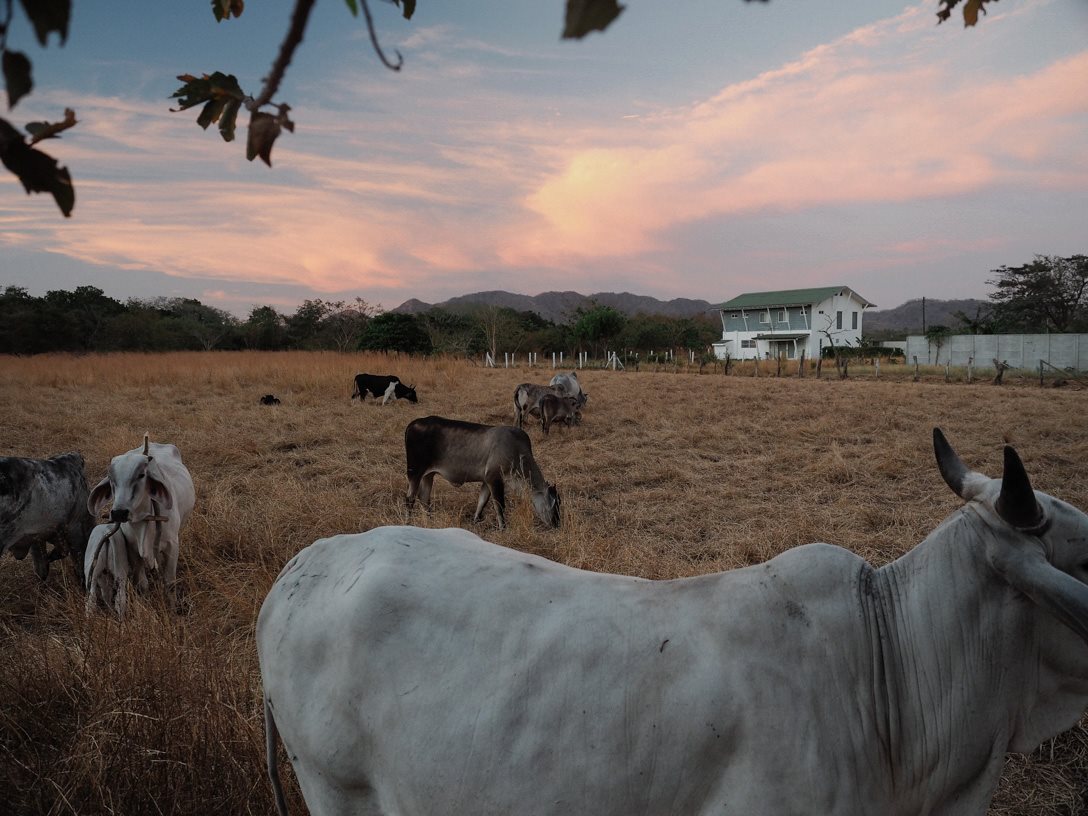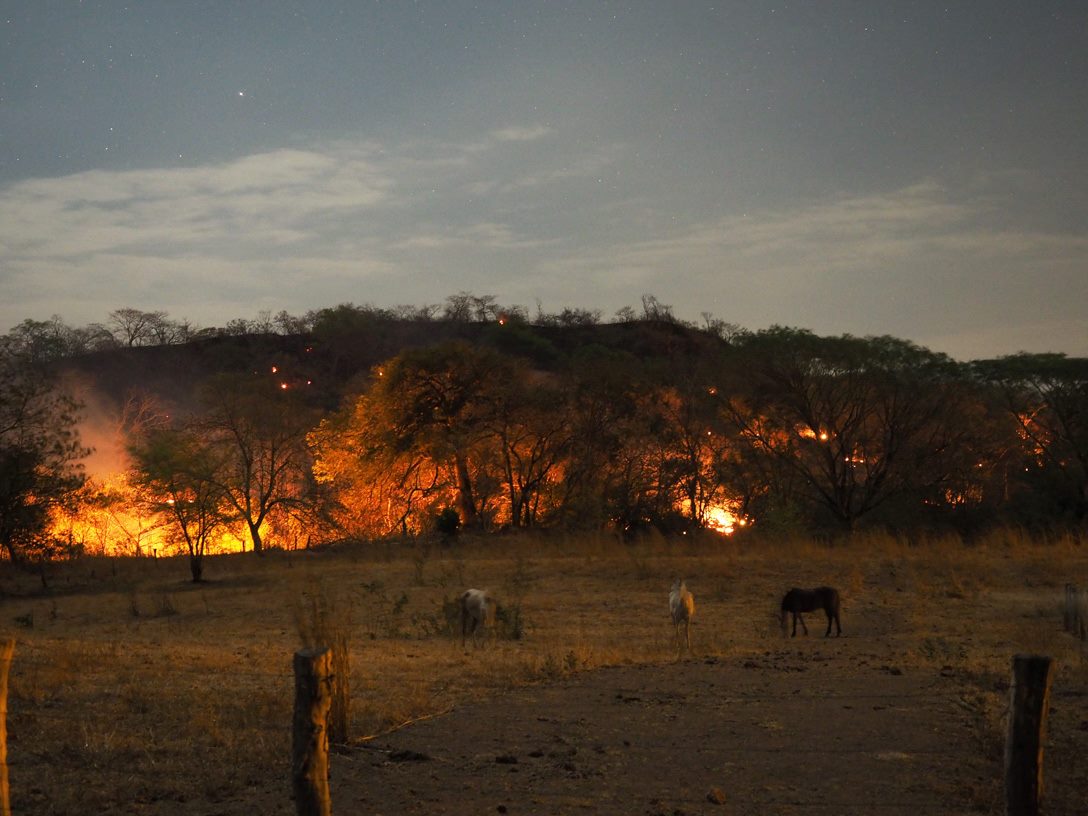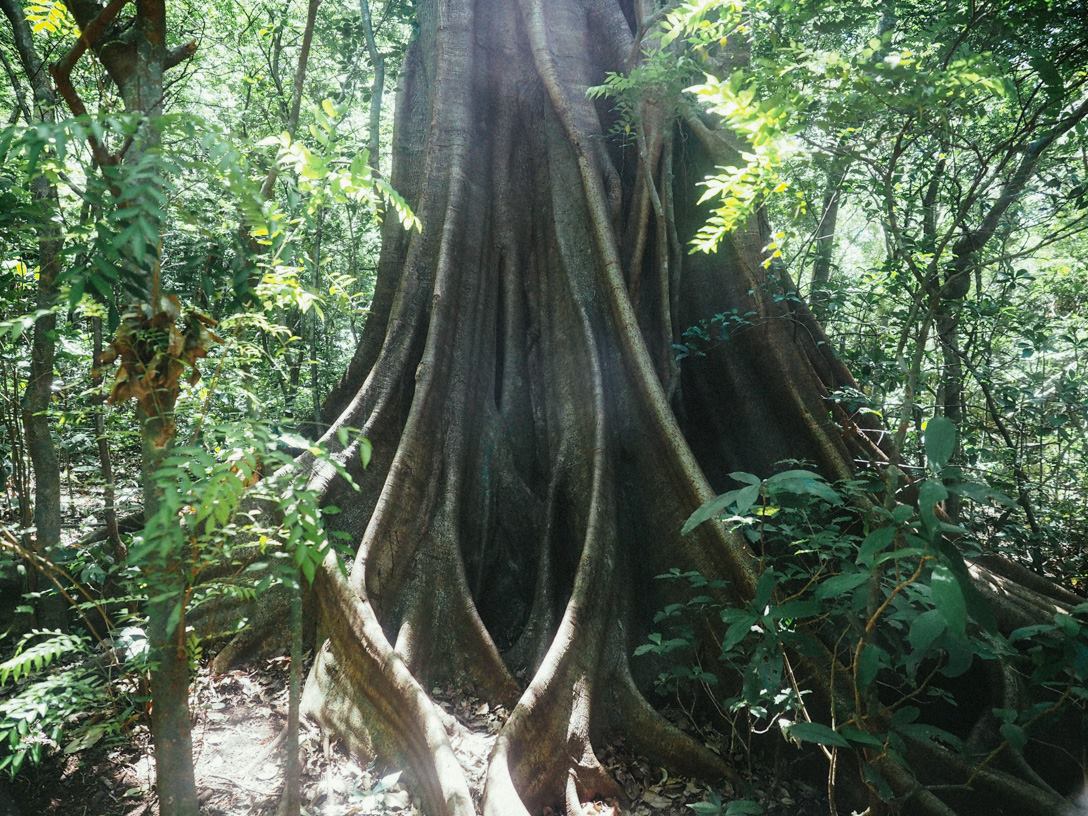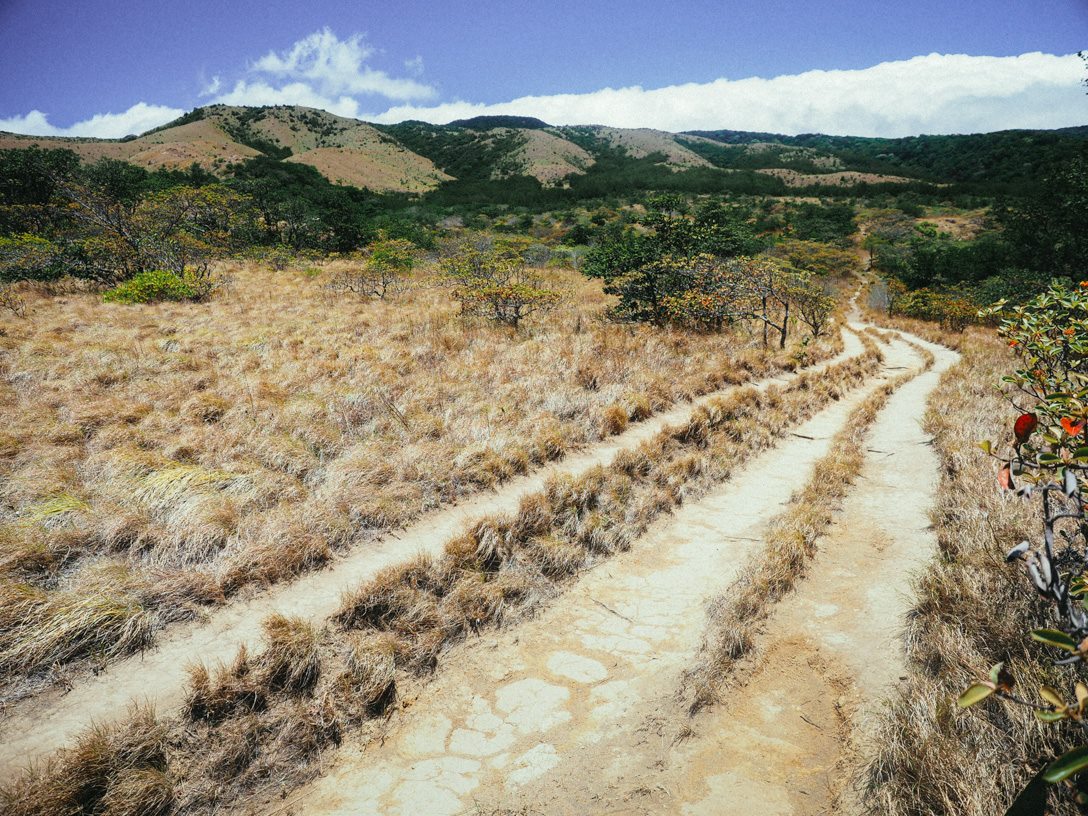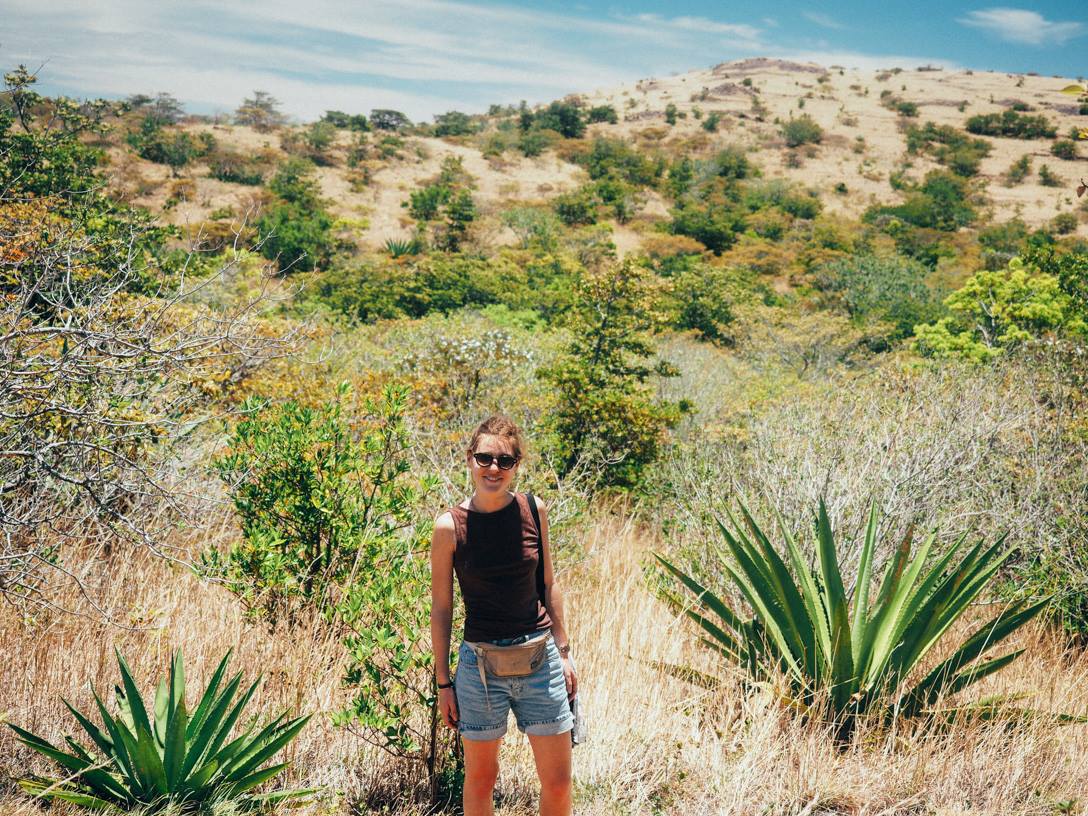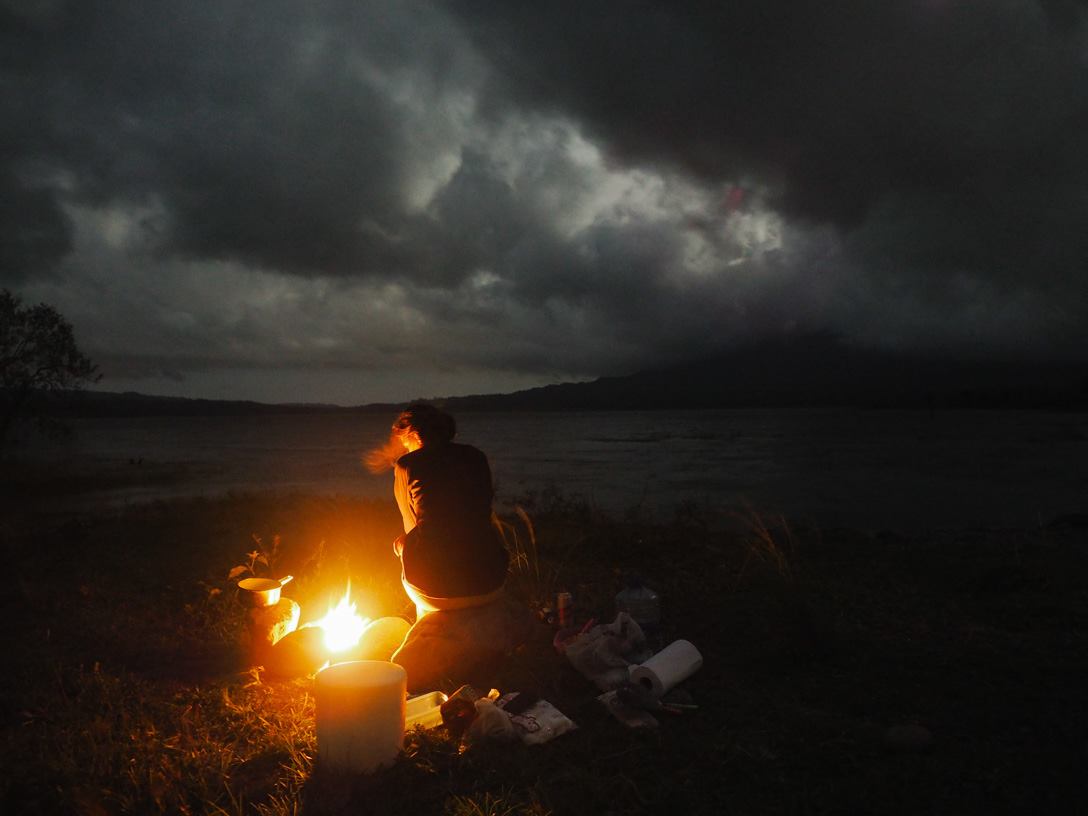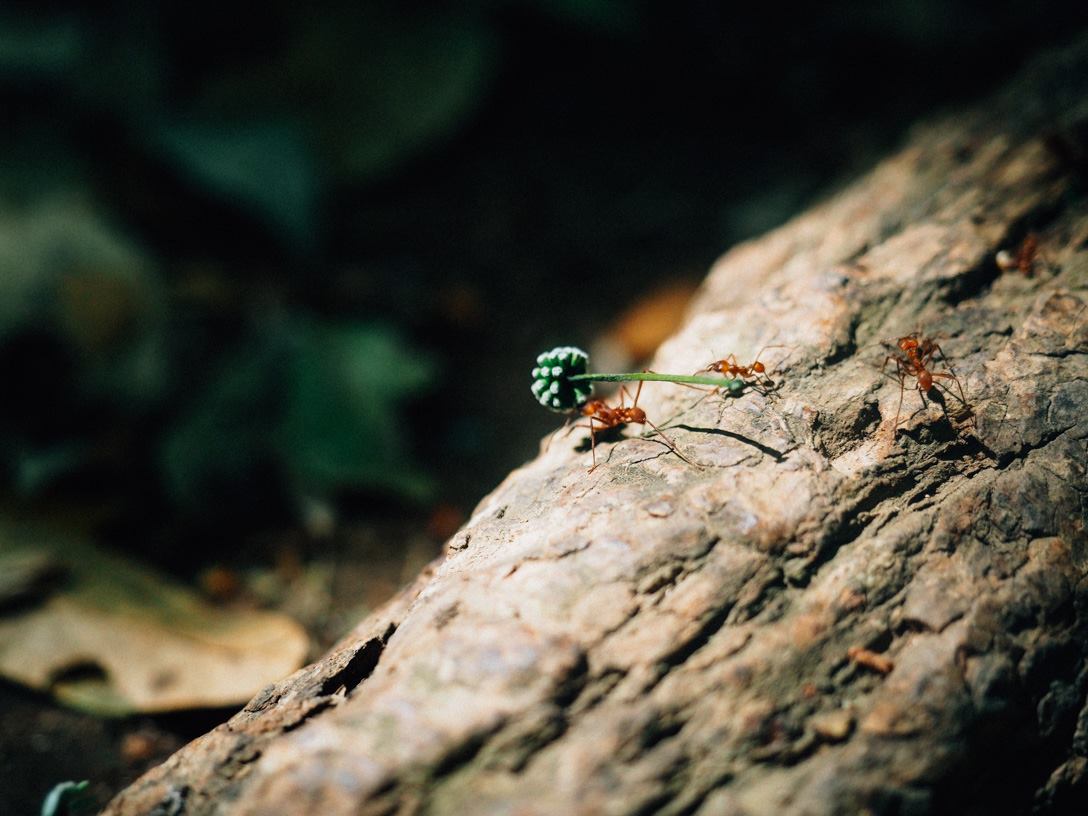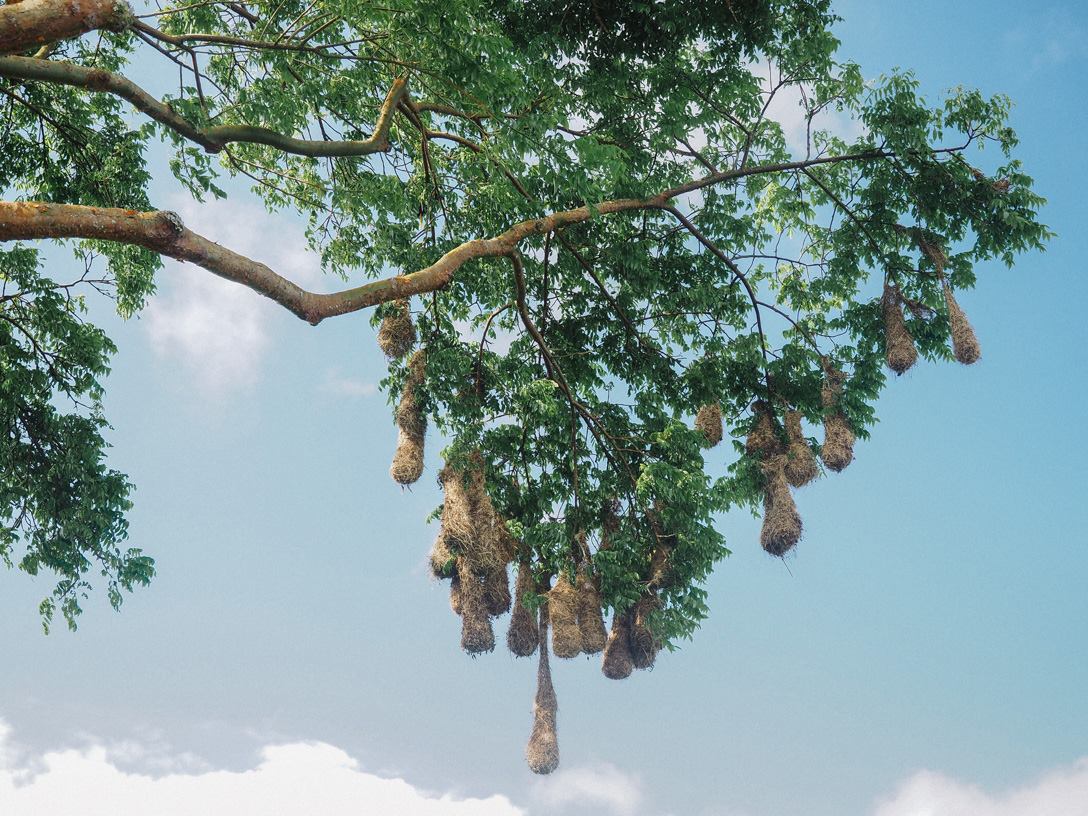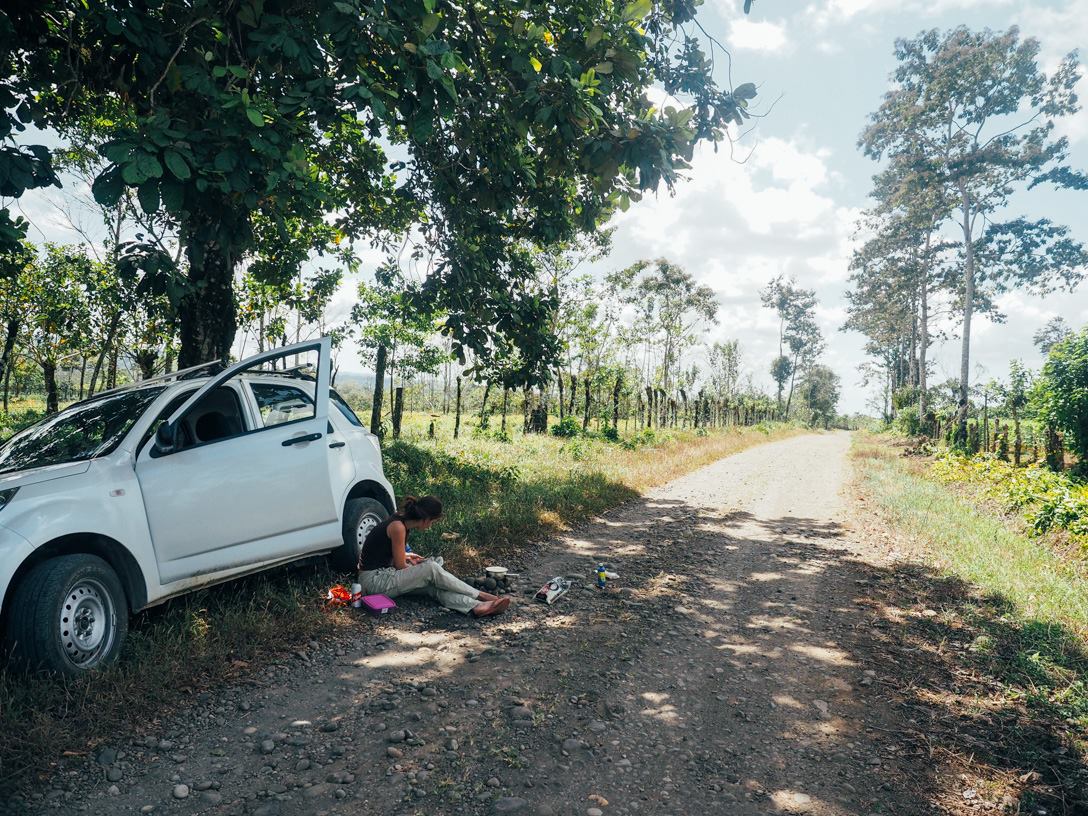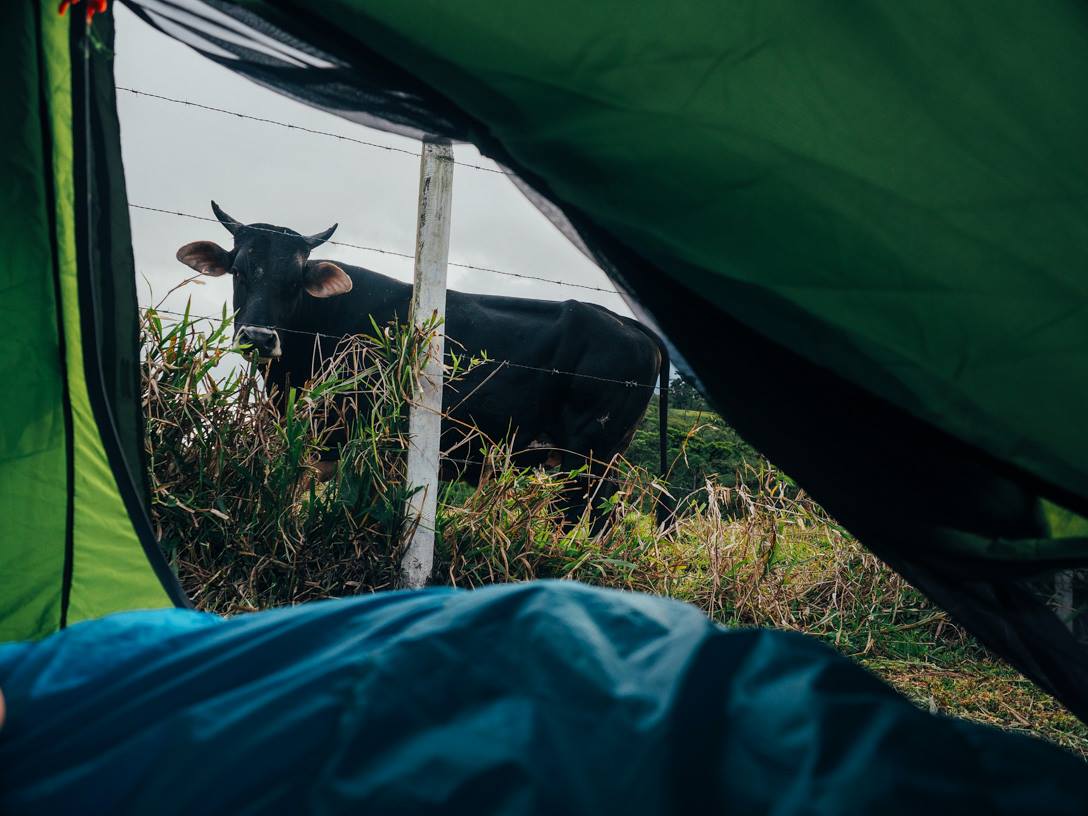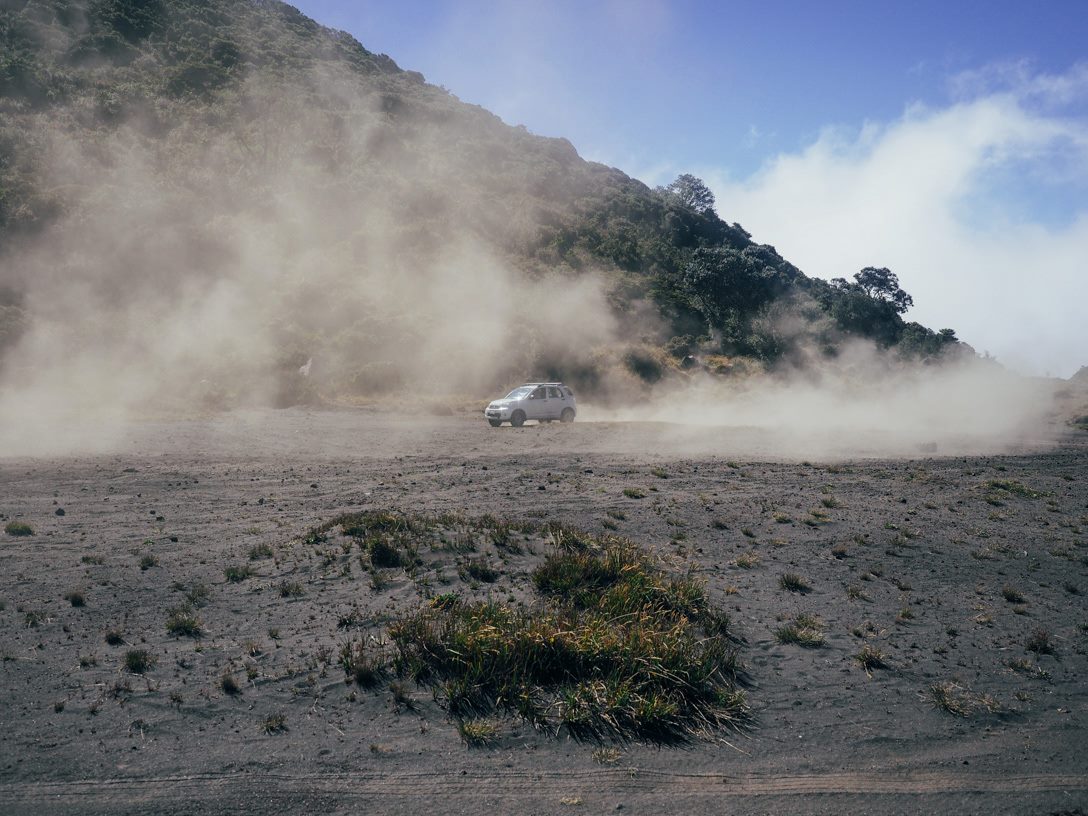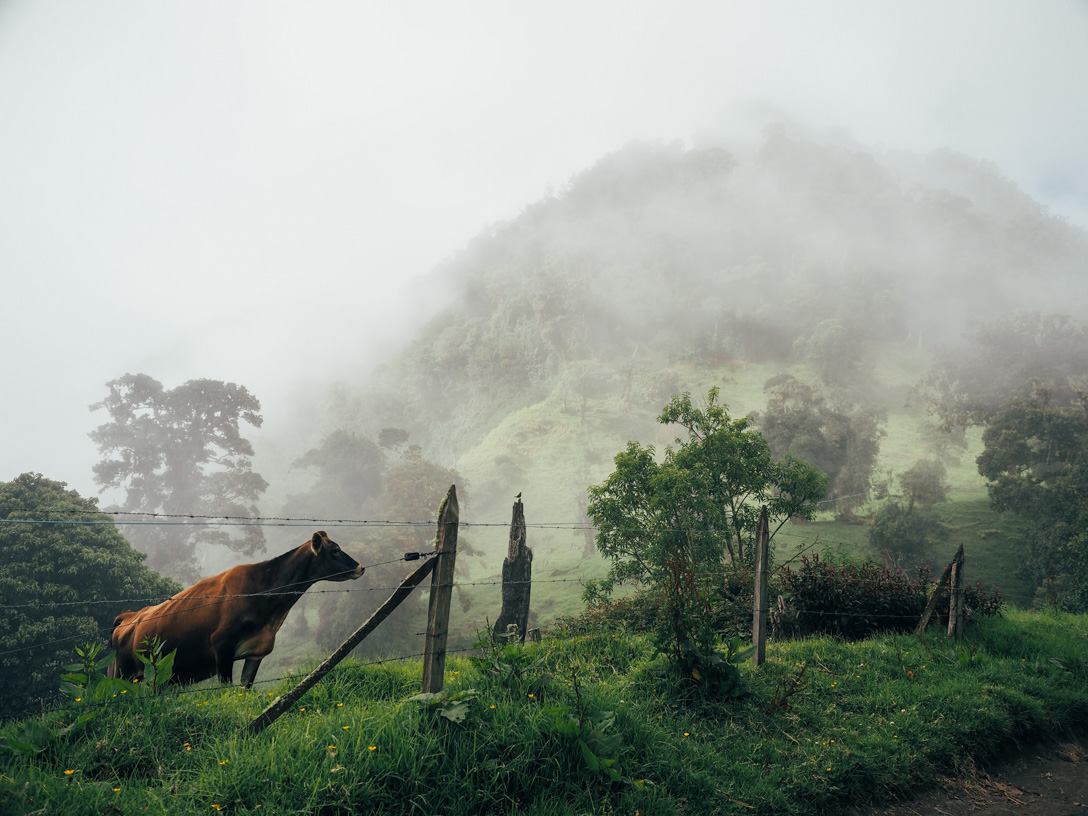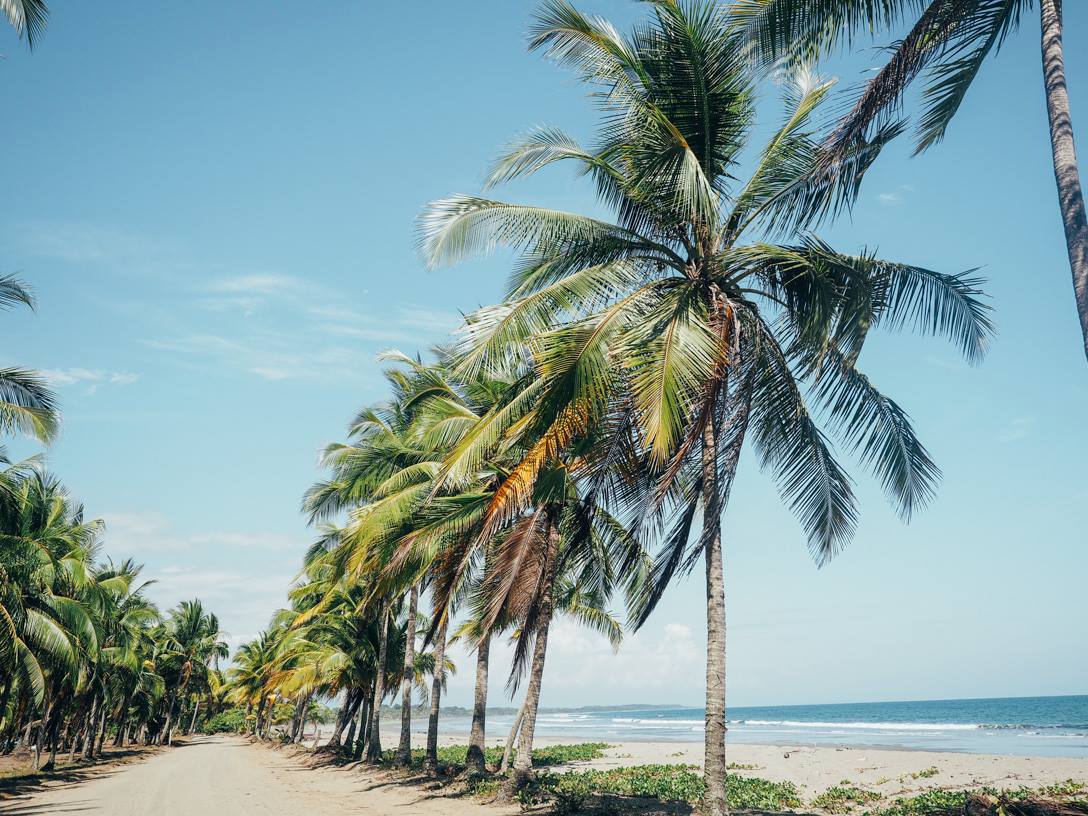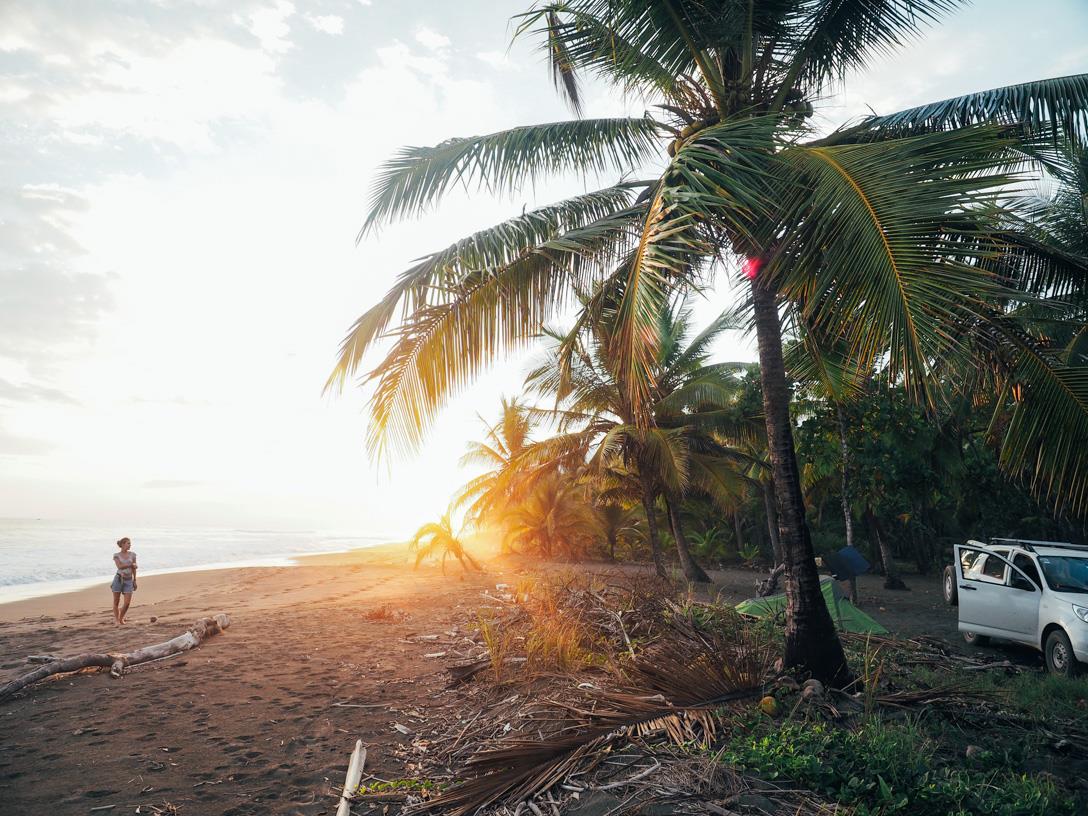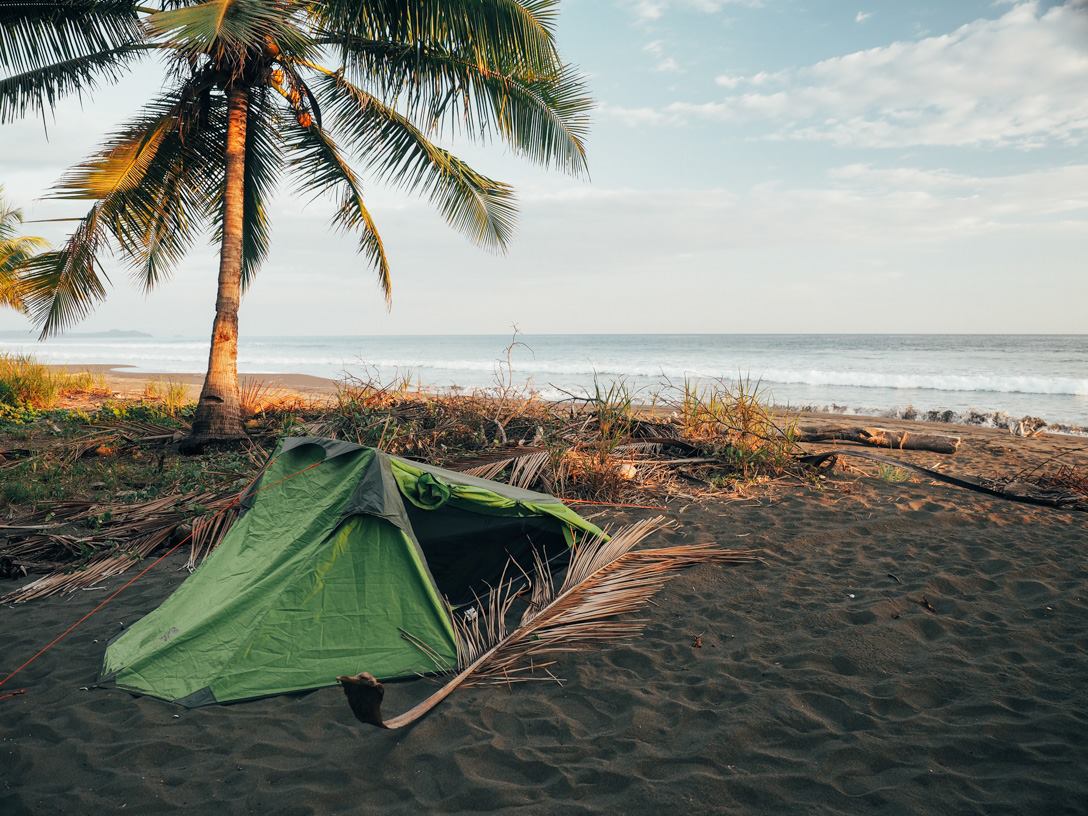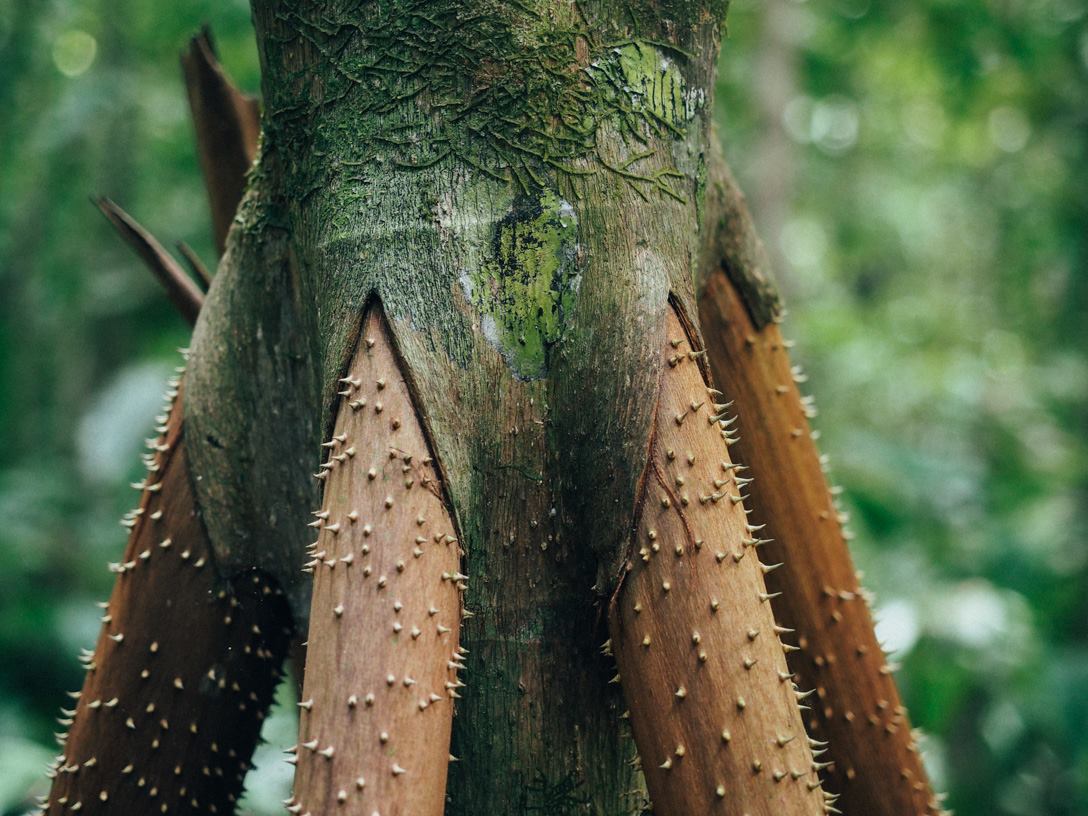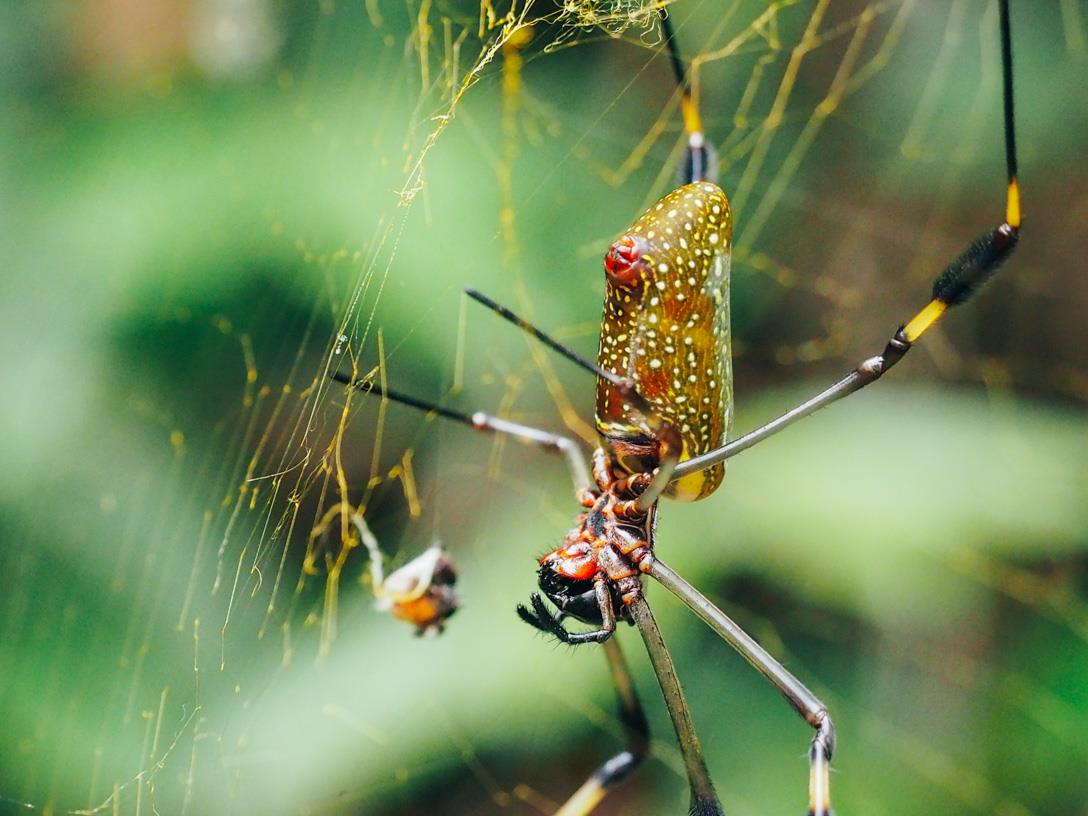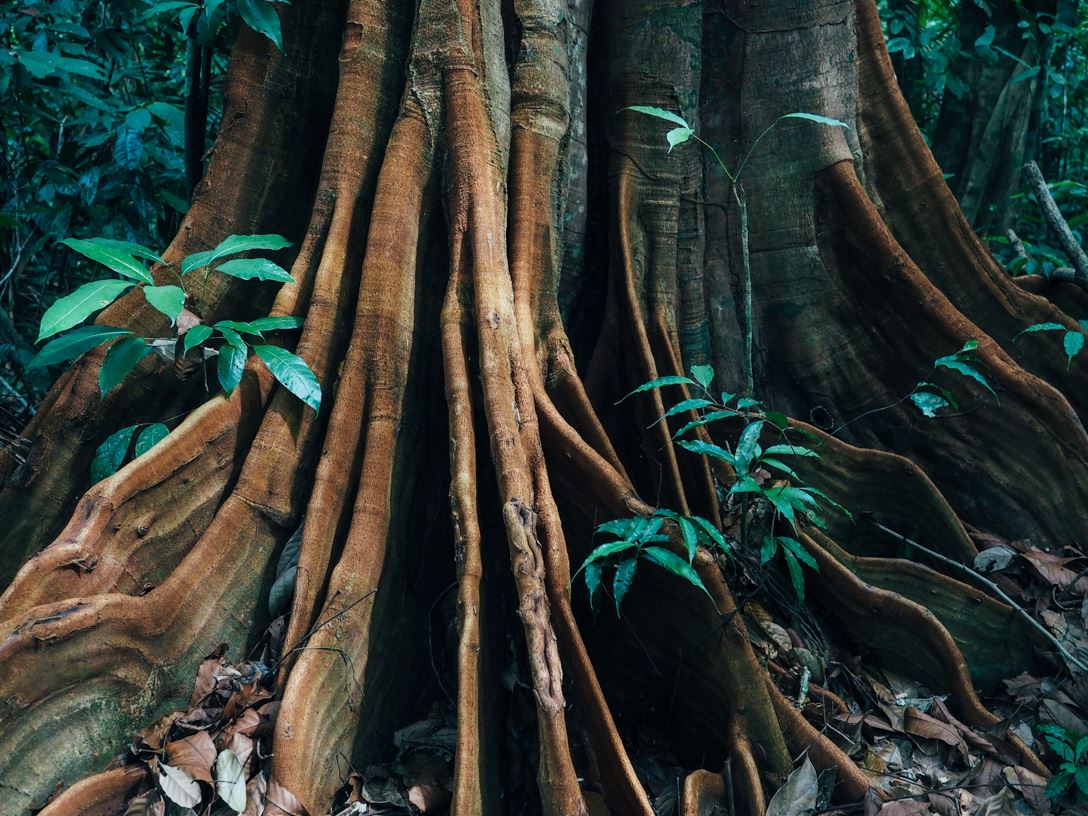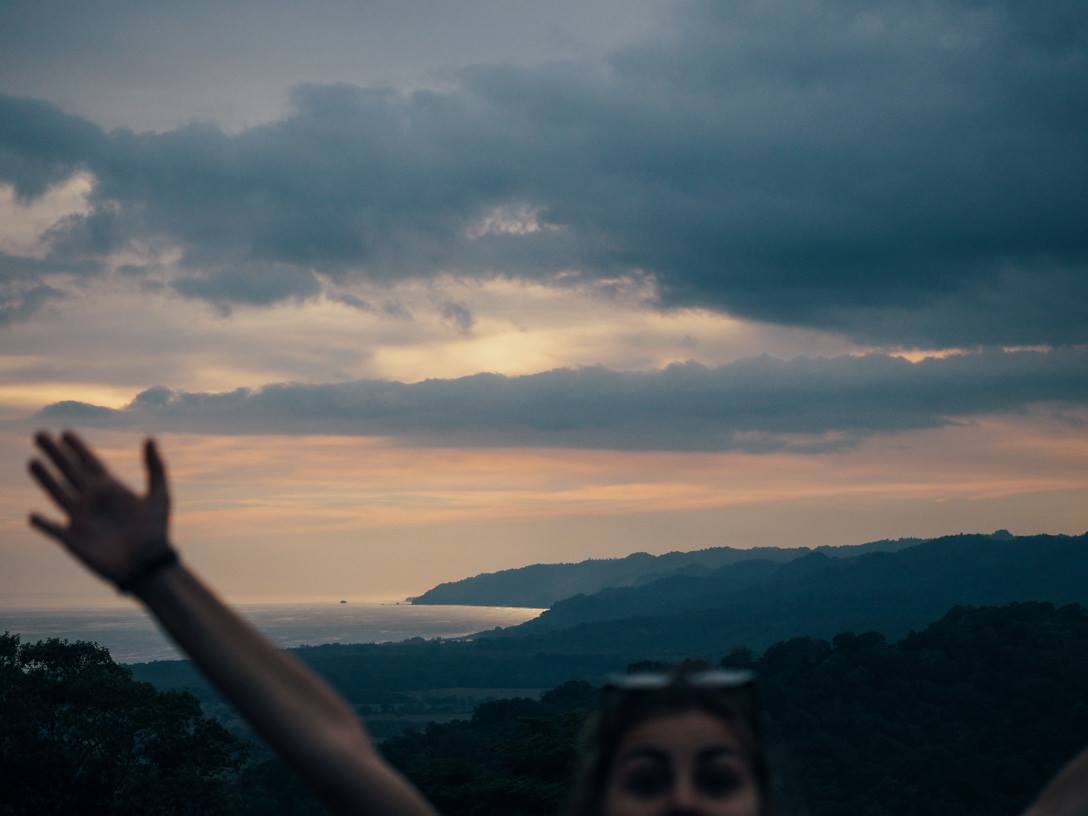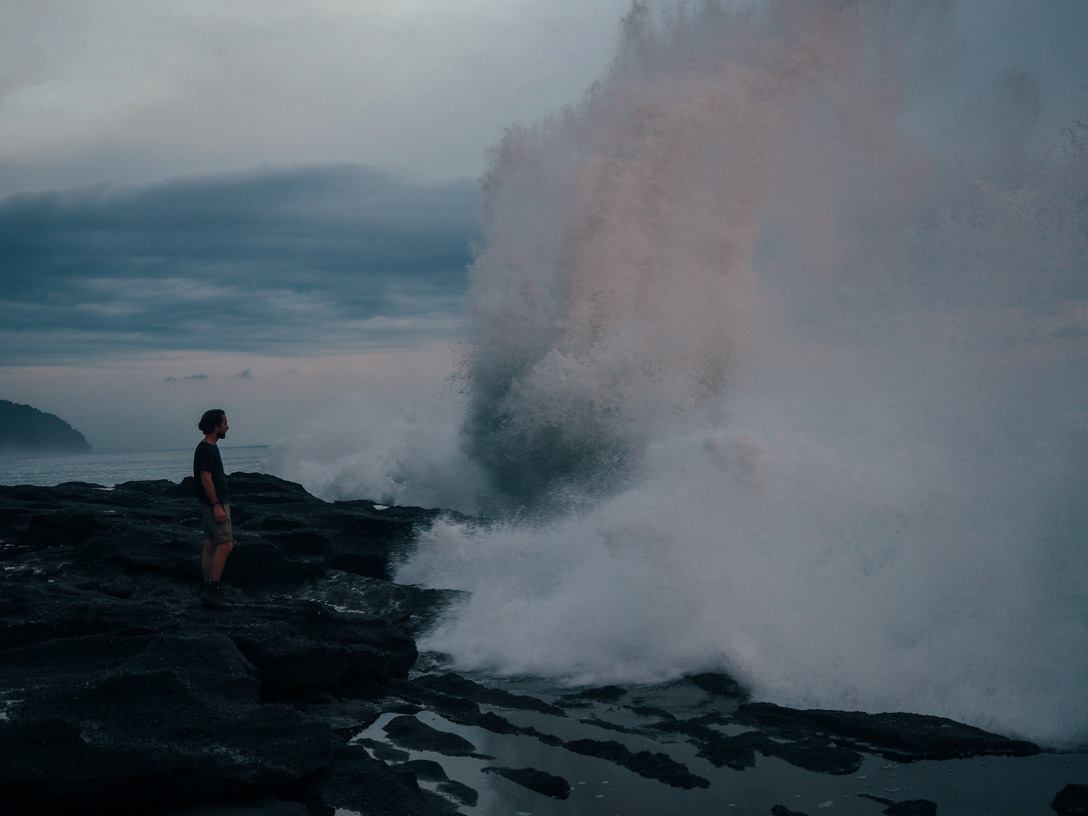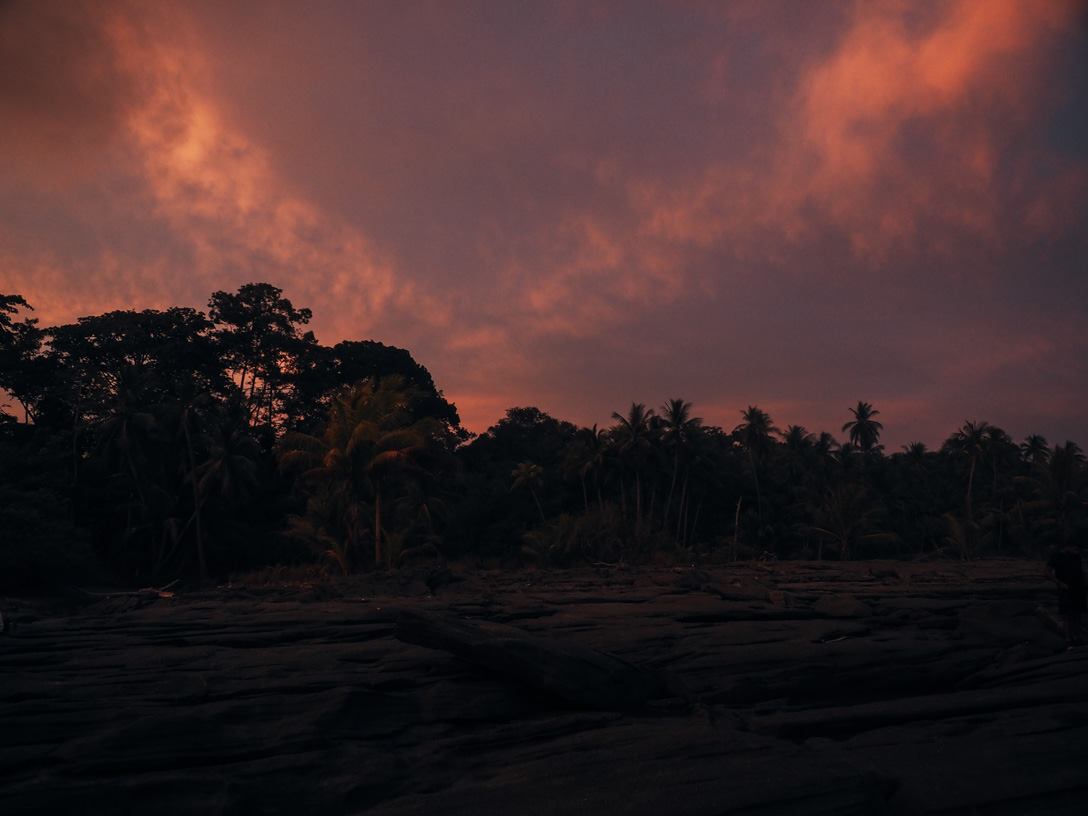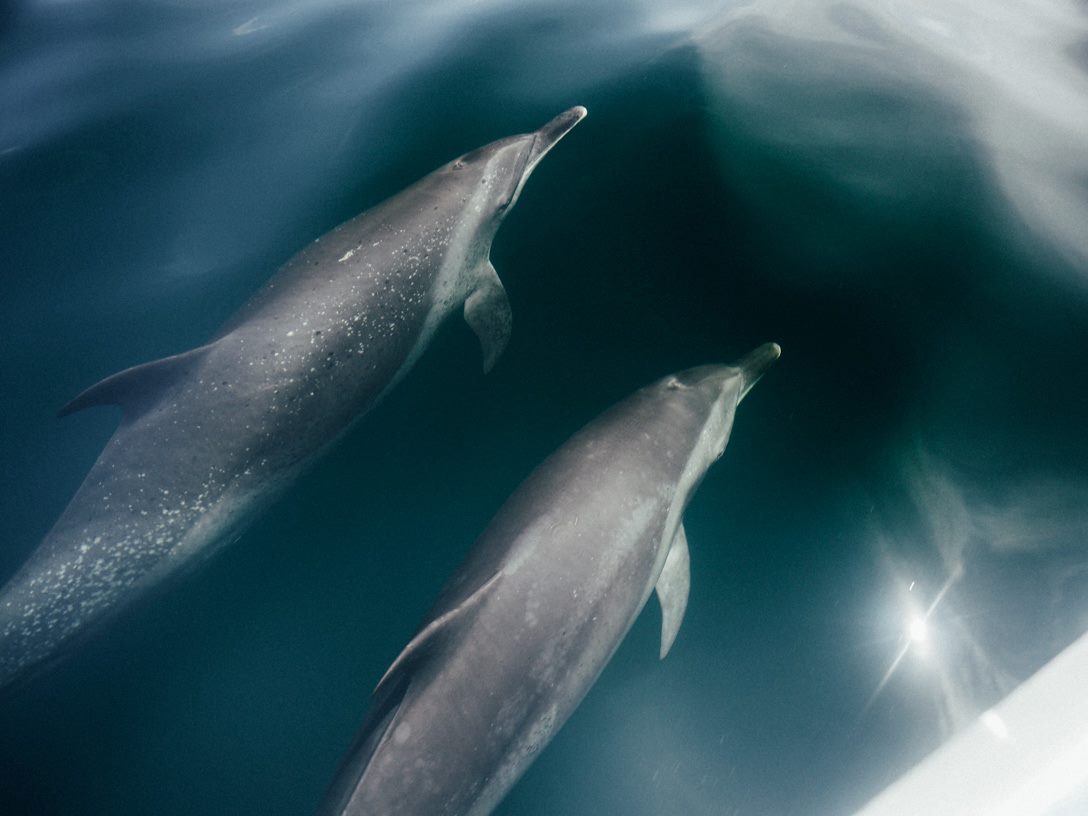For the Women Summer 23 La Collection de Saint-Tropez, CELINE presents a customized a vintage Mini Moke vehicle. the small summer beach convertible car originally designed for military purposes, which first appeared in 1964 and quickly became a symbol of freedom and pleasure in many seaside towns, especially in Saint-Tropez where the car was famously driven by French actress and myth Brigitte Bardot. For this special project, the car has been customized with a Triomphe wooden steering wheel, a Triomphe canvas hood, and a dashboard featuring tan leather elements, wicker seats, and spare wheel protection. a golden Triomphe signature appears on the wheels and gear shift. photographs by Hedi Slimane.
A Visit To The Miles C. Bates “Wave House” In Palm Desert
With it’s patented curving roof that mimics the peaks of the surrounding San Jacinto Mountains, the iconic Miles C. Bates “Wave House” has been brilliantly and expertly restored by Los Angeles-based Stayner Architects and is now available to book for overnight stays. Every inch of the home in its original incarnation—before a devastating series of remodels—has been reconsidered with exacting precision, save for a few minor modern amenities that enhance the home’s livability and that continue the architect’s vision for domestic desert bliss. Built for an archetypal, midcentury American playboy and sculptor, Miles C. Bates in 1955 by architect and inventor Walter S. White—a former apprentice of Rudolf Schindler—the house exudes the charm of high, but moderate living and square footage devoted to only the essentials; a less-is-more ethos that gives midcentury architecture its understated grandeur. But, while the physical footprint might be minimal, the house feels anything but cramped. The maximization and utilization of space makes the Wave House feel larger than life, a type of floor planning that belongs to only the greatest architects. Large sliding steel-framed glass doors and clerestory windows create a seamless transition from the great indoors to the great outdoors. The roller coaster roof undulates, giving the entire house a kind of oneness that is alluring and near mystical. With original terrazzo floors and ash wood panels, the house is a masterpiece of materiality and sensuous glamour; even the automated curtains have a kind of burlesque eroticism. A small cactus enclosure feels like a private peep show for thirsty and thorny flora. At night, a soaking tub beckons just steps from the bedroom. As architect and engineer Marcus Vitruvius opined in his treatise for Roman architecture, that in order for buildings to have the perfect proportions, they must have three attributes: firmitas, utilitas and venustas (strength, utility and beauty). The Wave House has all three in spades. Click here to book your stay.
A Trip To Playa Santa Maria, Cuba by Mattea Perrotta
Only minutes from the Old City, a chevy taxi drive through a tunnel along the sea reminded me of driving along PCH, except instead of massive beachfront mansions, there were modest Cuban pastel homes that decorated the roadside. The Azul sea is more like bath water, and you can’t help but sing Kevin Ayers Caribbean Moon while you float and look up towards the sky. Locals from surrounding towns come to this beach, laying large spreads of fresh fruit and grilled fish. Young kids play football on the sand. An older man with one leg offers to sell us a rum filled coconut. The beach is lively, raw, echoes of Cuban percussions come from the distance. The weather was erratic that day, the sun was hot , water was warm, and an hour later the clouds created a canopy of grey with the wind blowing so intensely that we had to seek coverage under a giant red umbrella while three men held it down. The water boats blew sideways on the sand and we watched the tropical storm blow through the beach goers. It didn’t phase them. They laid like starfish on the sand and waited it out until they could continue their beach party. photographs by Mattea Perrotta and Kate Parfet. Text by Mattea Perrotta
A Trip To Casablanca, Cuba by Mattea Perrotta
Havana is an unrated gem. Someone had mentioned to me that you can take a boat across the harbor to the other side, but that not many people went there. I wanted to find out for myself. I stepped onto this boat filled with fishermen and old women carrying grocery bags. I assumed these women were from Casablanca, coming across the harbor to get produce for their families. The fishermen had long metal rods carried over their backs with dead fish dangling from ropes. It wasn’t the most pleasant smell, but nevertheless was interesting visually. As we made our way across the harbor, I saw the dock in the distance. Turquoise umbrellas and a little shack covered haphazardly in Cuban tiles wait at bay. I got off the boat and to my surprise I felt like I had traveled to another island. The old city is very flat; the architecture is consistent and grandiose, but here it was different, very different. It was hilly, lush with plant life and very obviously poor. I saw a giant statue in the distance and decided I would make my way towards it. As I walked up this steady hill, recording self portrait audio files on my iPhone. I felt like I was walking through a jungle, the noise coming from the trees was so intense. Peacocks walked across the road, I didn’t see one car in sight, a very different vision from Havana where you can’t escape them. The sea was no longer visible as the trees and vines created an illusion of depth and mysticism along the road. I made my way to the top to discover a giant statue of Jesus. He stood at least 20 meters high. There was an old man who had made a house from wood scraps and decorated it with old textiles. He lived beneath Cristo and made miniature sculptors of the giant one that shadowed his modest home. I spent the rest of my afternoon wondering the small town that resided along the harbor. It soon became very obvious that this was a place where people did not want to see someone with a camera in their hand, the localism was strong. It was it’s own unique community where tourists didn’t visit. The beauty of this little town was unlike anything I had seen yet. There was an old railroad car that looked like it was from the early 1920’s that sat on the tracks running parallel to the water. Everything was vibrant and gorgeous in the most humbling way imaginable. There was one main road that had two establishments, a paladar and a liquor store. After walking around for a few hours in the humidity I needed a cold drink and a cigarette. I kindly asked permission to come into the paladar. It was ran by an old cuban couple that lived above it. The wife made the meals in her kitchen and brought them downstairs to serve to the customers. It was a tiny room with the back wall blown out that had opened up to a small patio. He kindly walked me to a table, I lit up a cigarette and drank a coca cola while observing the few people around me. I had only sat for a few moments, when halfway through my cigarette I was interrupted by a man with dreadlocks. He asked if I was an American and I shamelessly said "no" and responded back in Italian. He continued to speak English to me anyway and started telling me a little about the history of the town. The town was a result of the Afrocubanismo movement in the 1930’s. It was a place where the black slaves had migrated and incorporated African folklore and history in Cuba. The beauty of his harbor city was that it had still maintained it’s identity through all those years of change. It all came full circle while I had that feeling of unrelatedness when I got off the boat. It all made sense. The city was Cuban, but it was a result of a historical movement that had occurred almost 80 years ago. photographs by Mattea Perrotta and Kate Parfet. Text by Mattea Perrotta
A Visit To Key Biscayne, Florida with Ariana Papademetropoulos and Jessica Tonder
I didn’t know exactly what to expect when visiting Jessica Tonder's mother Lucy in Key Biscayne, but I had a good feeling about it by the bedazzled chokers she made and sent me in the mail. We arrived to the Towers of Key Biscayne, and when I opened the door, it was heaven. Lucy, all in white, was lounging in her white living room, and I mistook her for a statue as she blended into the godly décor – she was perfection. All of a sudden my friend Jessica made sense to me. Of course, she is the way she is – growing up in a curated heaven draped in gold, white and roses. The first few days it stormed. Lucy art directed photographs of us in the apartment calling her dress up closet Lucy’s Boutique and told us to “hug the columns like Romans." We went to Vizcaya, embraced the rain and took a dip in its fountains. Once we were soaked we took refuge in the man made caves. We visited exotic animals, as I’ve been dreaming of holding a baby monkey for far too long. My dream came true, and Jessica took a panther for a walk in her cream suit and hat ensemble. What a vision she was. All in all, I left Miami feeling a bit freer. Spending time with Jessica, Lucy and no ‘sane’ person around to stop us, I got to see how fabulous life can become even in seemingly mundane moments. Text by Ariana Papademetropoulos. Photographs by Ariana Papademetropoulos and Jessica Tonder
Anton Yelchin and Kate Parfet in Joshua Tree, California on 35mm film
In an effort to avoid the tired '68 knockoff nostalgia that pervades desert images, actor Anton Yelchin (Charlie Bartlett, Star Trek Into Darkness, Only Lovers Left Alive, Green Room) and model/photographer Kate Parfet wanted to combine trash aesthetics with a flair for glam and Area 51. In a secluded desert domicile, the pair celebrated textures that inspired them, objects and fabrics they found erotic and simultaneously playful. Click here to read our interview with Yelchin and Parfet on their adventure in the desert.
A Trip To Negril, Jamaica
photographs by Adarsha Benjamin
The FOMO Is Real: Read Our Interview With Photographer and Filmmaker Yulia Zinshtein On Her New Short Film →
Click here to read the interview.
A Winter Weekend In Joshua Tree, California
The air in Joshua Tree is sweet, thin and immaculate. It is high desert air at its finest. It is a forsaken landscape. The Joshua trees that line the horizon and the desert seem like lost souls trapped in a spinning chokehold, moving so fast that everything is brilliantly still and hopeful. Despite its alienness and despite its strangeness, it is a beautiful landscape full of boulders and small shacks and homesteads. In the summer, it is too hot to live here, so many people move North or somewhere more forgiving. When you wake up in Joshua Tree, you want to walk for miles until you are an invisible stranger. At night, have a shot of whiskey at Pappy + Harriet’s and in the morning eat at La Copine in Flamingo Heights - make sure to order the beignets, which are splattered devilishly with cinnamon-coffee sugar. Just two hours away from Los Angeles, Joshua Tree is a strange and beautiful oasis. text and photography by Oliver Maxwell Kupper
Run(a)way Fashion Art Show Featuring Clothing by Barf Queen, Agency and More at Night Gallery In Los Angeles
"Forget the runway, come run(a)way to a place where fashion has been wrestled from the talons of Vogue, torn to shreds, and redistributed amongst the munchkins." Barf Queen, Agency, and Dopp Doolittle present a unique one night only tradeshow fashion orgy at Night Gallery in Los Angeles. photographs by Summer Bowie
26 Days In The Cities, Indigenous Towns and Treacherous Volcanic Mountains of Ecuador
Last week Holy Patte took us on a tour of their journey through Colombia - and the week before that Costa Rica. This time around, though, they give us a glimpse of their incredible 26 day long journey through the cities and treacherous volcanic mountains of Ecuador. From the capital city of Quito, they made their way to the indigenous town of Otavalo and then to the mountainous peaks of Laguna de Mojanda. Their last adventure in Ecuador takes them to the Cotopaxi volcano, which is still very active and is becoming more and more agitated everyday. Stay tuned until next week when we feature Holy Patte's tour through Peru. Be sure to follow @autrevoyage on Instagram to stay up to date.
22 Days In Colombia's Colonial Cities, Tropical Beaches and Surreal Desert Landscapes
Last week, Autre presented Holy Patte’s incredible 22-day journey through Costa Rica. This week, Amaury and Chloé of Holy Patte take us to the cities, tropical beaches and surreal desert landscapes of Colombia. After debating on a method to cross the Darién Gap, which is a dense jungle that separates Panama and Colombia and is still nearly impossible to cross, they decide on the luxury of a quick plane flight. In an hour, they were in Medellin – a city once deemed the most dangerous in the world thanks to the drug lord Pablo Escobar, but is now considered one of the safest. In the tradition of Holy Patte’s mission to search for people working with their hands, they made their way to Raquira, a town known for its ceramics, where they met Maria, who has been working on her clay handicrafts all her life. After that, three days were spent among the colonial architecture of Cartagena. Then it was off to Coralina Island – the Colombian Caribbean – where they floated along crystal turquoise waters discovering the painter Fernando Botero’s seaside home. Soon after leaving the island, these lucky adventurers made their way to Bogotá and then ten hours to the mountain village of Villa de Leyva – and from their they hopped to Tota Lake and the remote village of Aquitania. Lastly, it was off to the beautifully surreal landscape of the Tatacoa Desert where they found shelter in the strange thatched huts of the Penon de Constantino hotel and hiked through the sunbaked, cactus lined hills. Next week, Autre Voyage will present Amaury and Chloé's journey through Peru, so stay tuned by following Autre on Instagram.
22 Days In Costa Rica
Take a magical, strange and exotic journey to Costa Rica, Holy Patte's first stop in their four month long journey through South America, where they spent a total of 22 days. 22 days of lush tropical landscapes, volcanoes, thorny trees, camping on the beach, smiling cows and more. Near their outpost in Huacas, which is not far from Tamarindo, they witness the nightly controlled burns that light up the night sky. People set their gardens on fire as a method of cleansing: "The rainy season here is so strong that every tree once destroyed by the fire grows back." 48 hours was also spent deep in the Northern National Parks with "white-throated monkeys, huge dramatic trees, burning sun, some shade and very little drinkable water." Another two days was spent amongst the volcanoes in Arenal where they crashed in a tent and awoke to a number of curious cows on a farm that produces fresh milk (click here to see Holy Patte's in depth tour of the fresh milk farm deep in the Costa Rican mountains). Holy Patte's second handicraft discovery was made at the studio and home of ceramicist and artist Pefi (click here to see an in-depth tour of her home and studio). Their last stop was the Osa Peninsula where they hiked and camped among the snakes, spiders and dolphins and the extreme biodiversity that exists in the area's thick jungles. Click here to see more from their journey the Osa Peninsula and learn more about their tour guide Tico who is currently photographing the last of the area's rare jaguars. Follow Holy Patte on Instagram (@HolyPatte) to stay up to date with their adventures and incredible handicrafts discoveries. Every week, Autre will be presenting highlights from their incredible journey.


